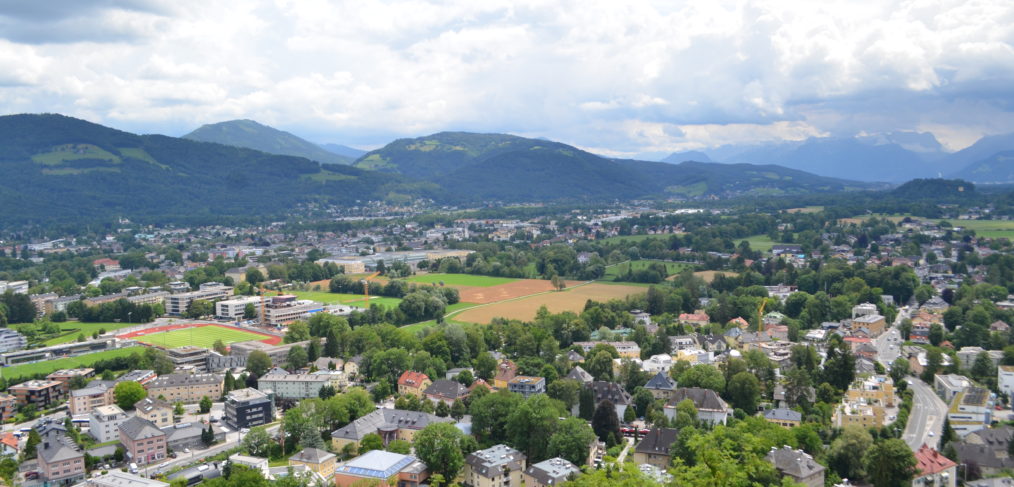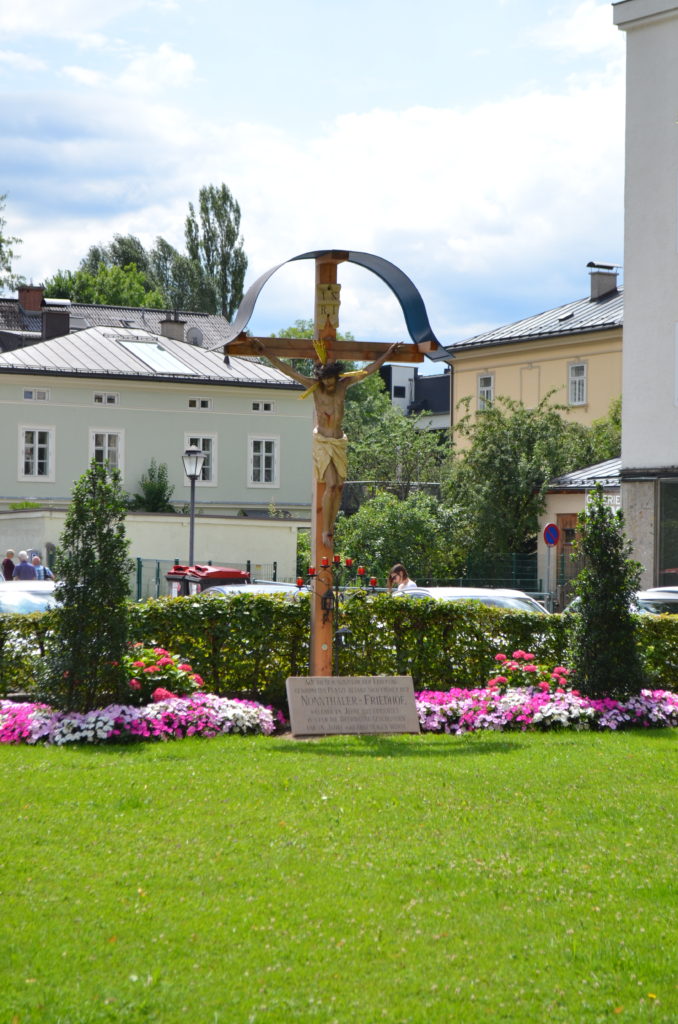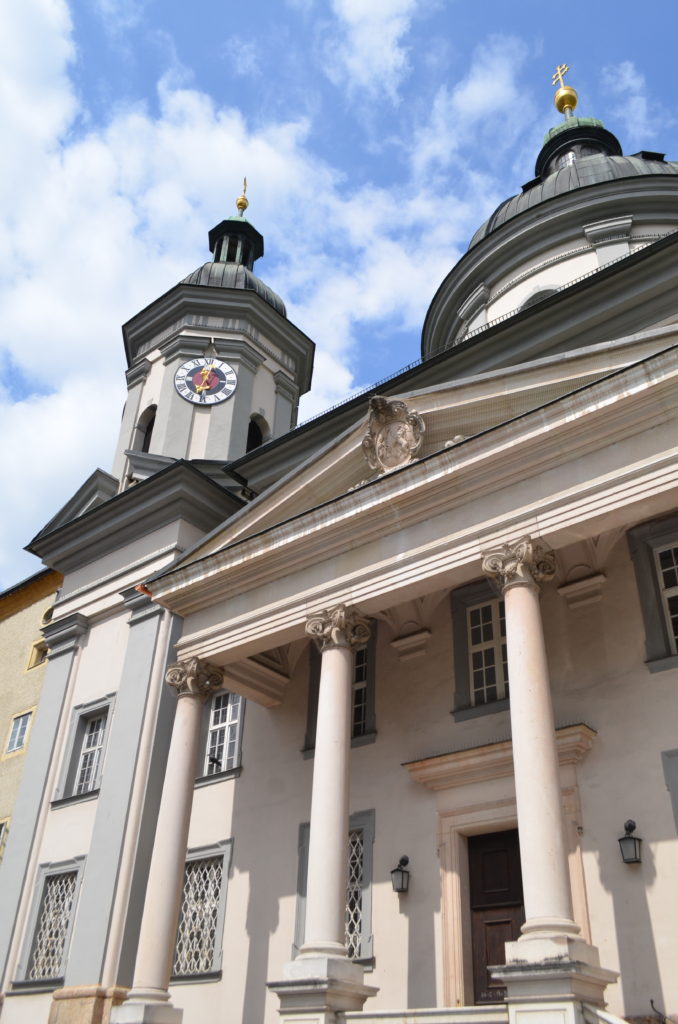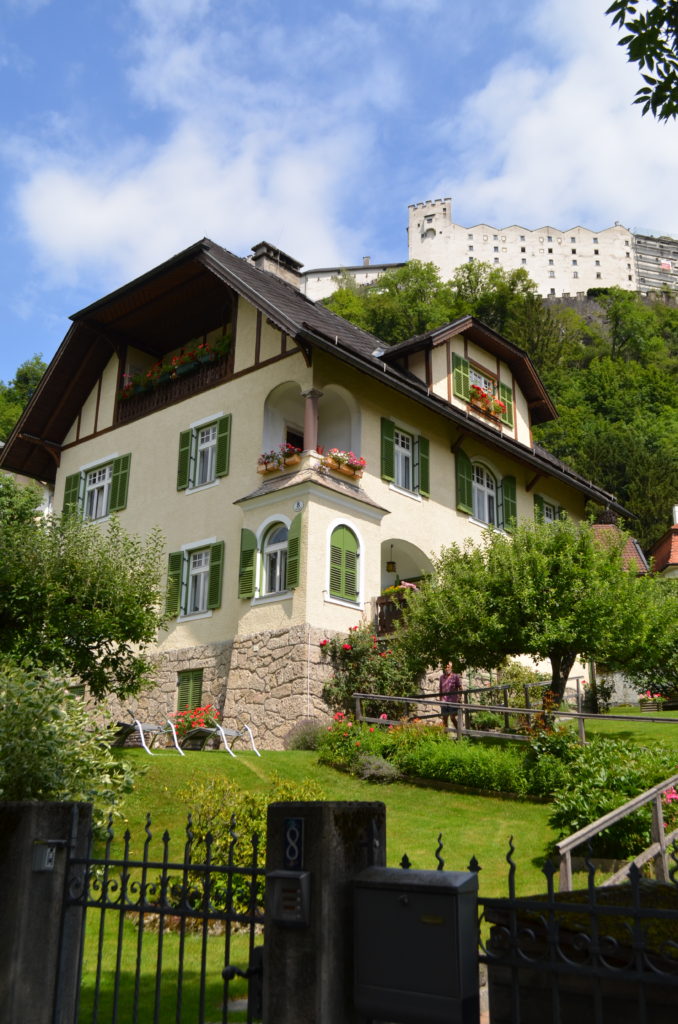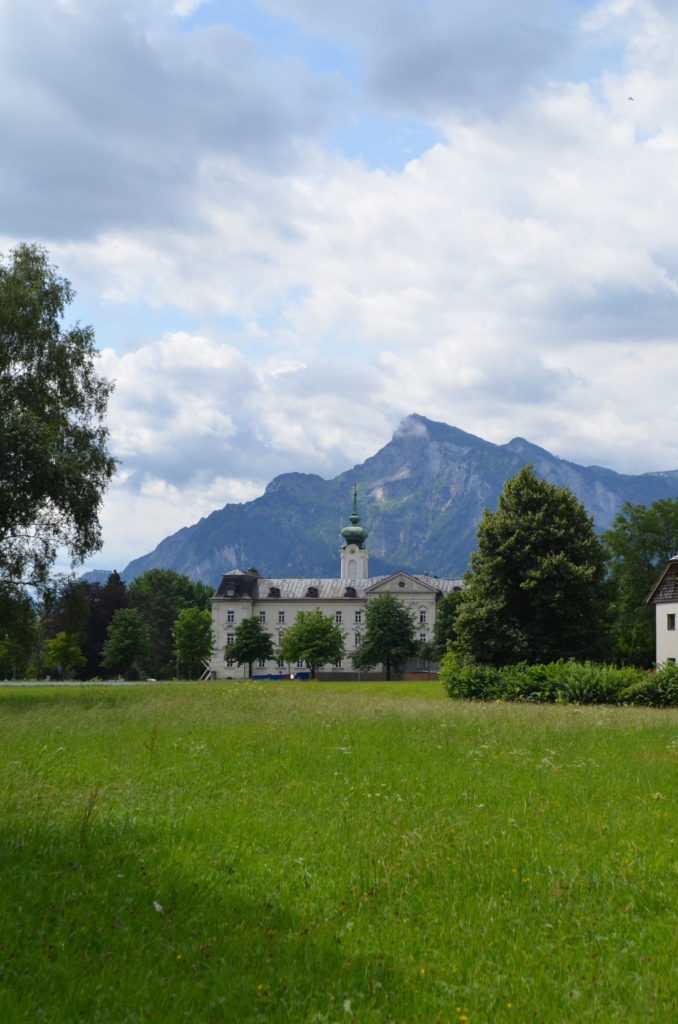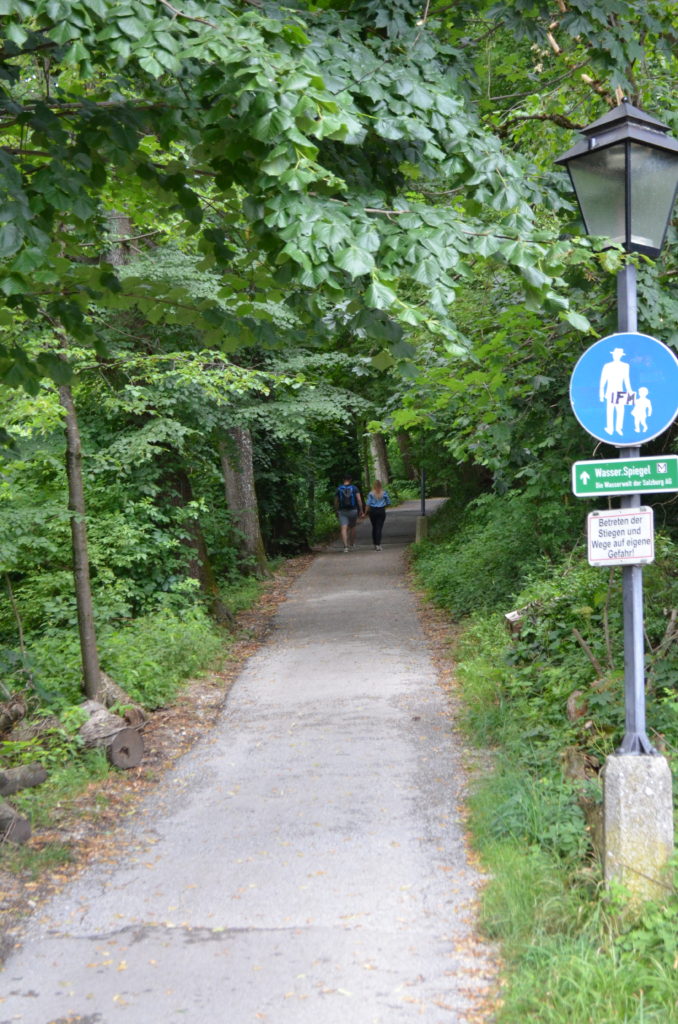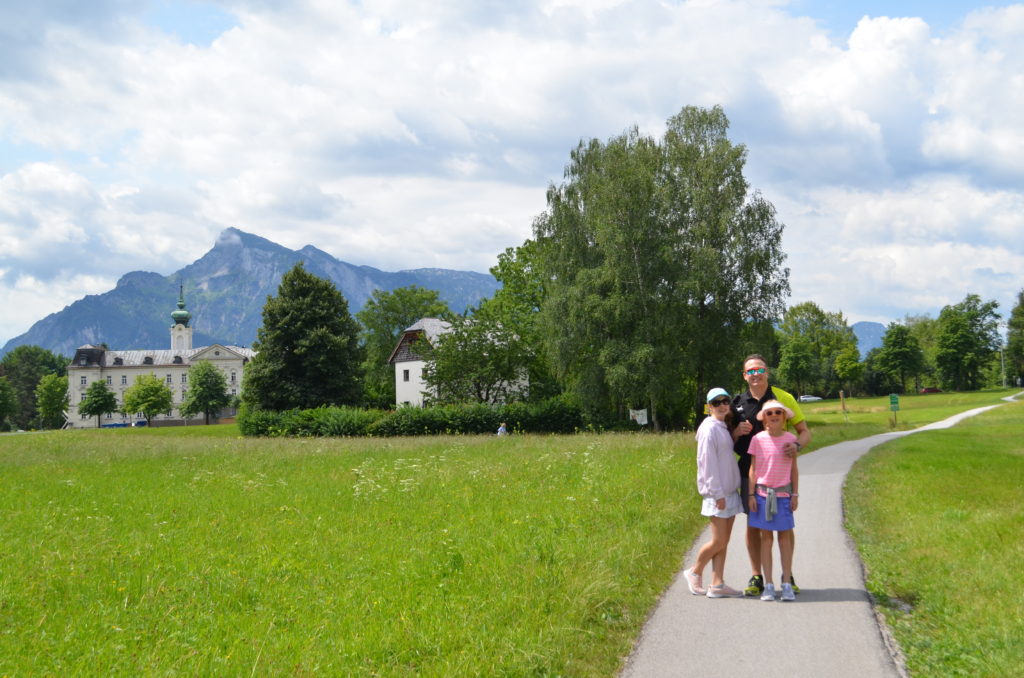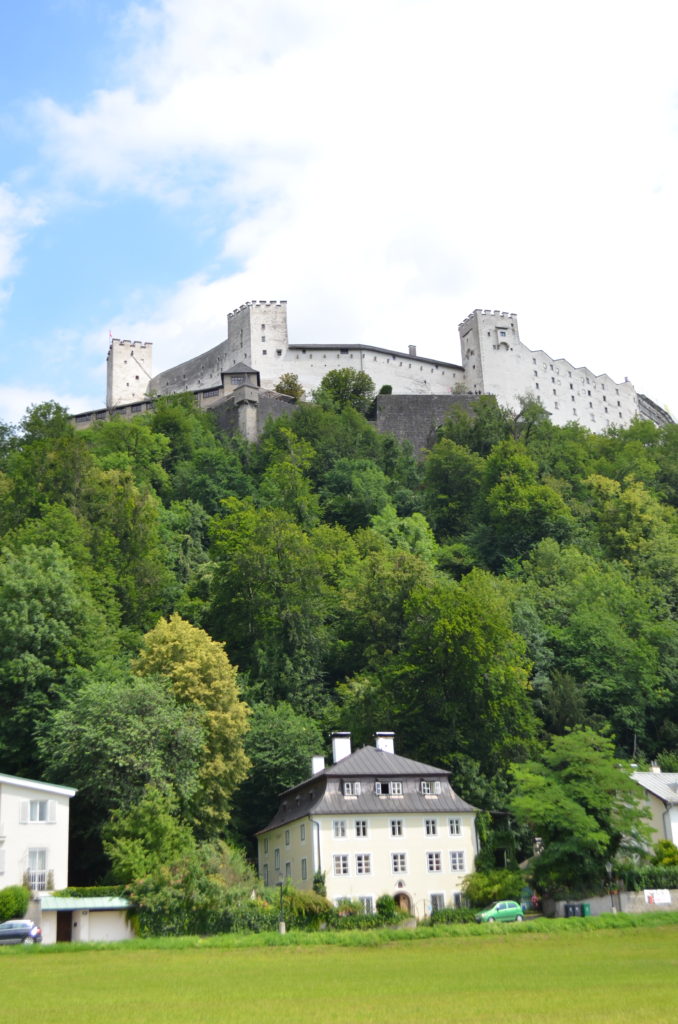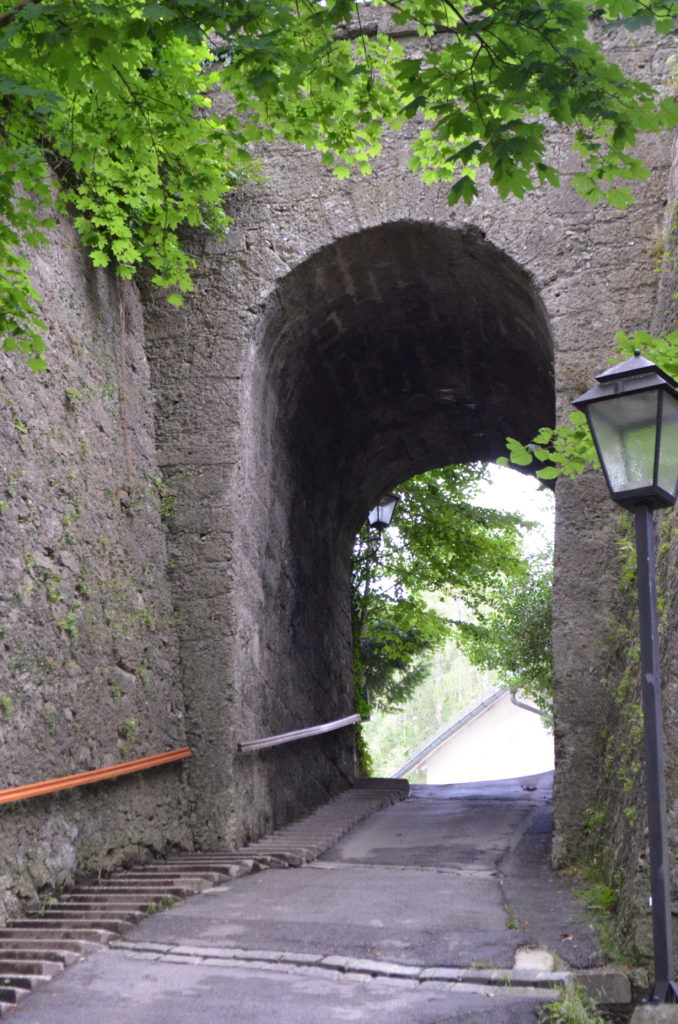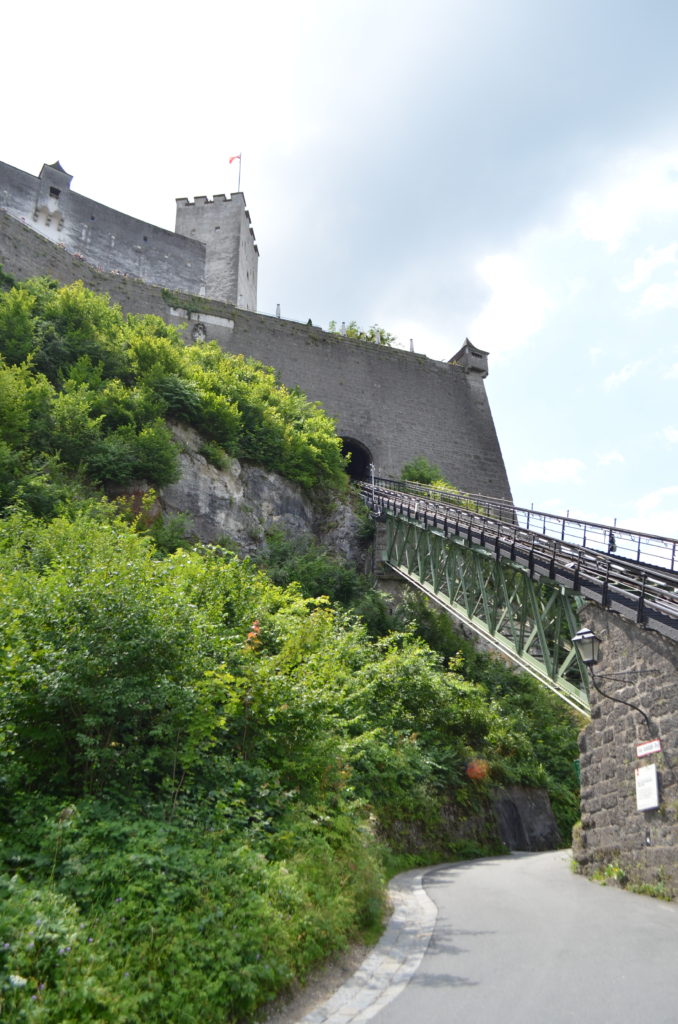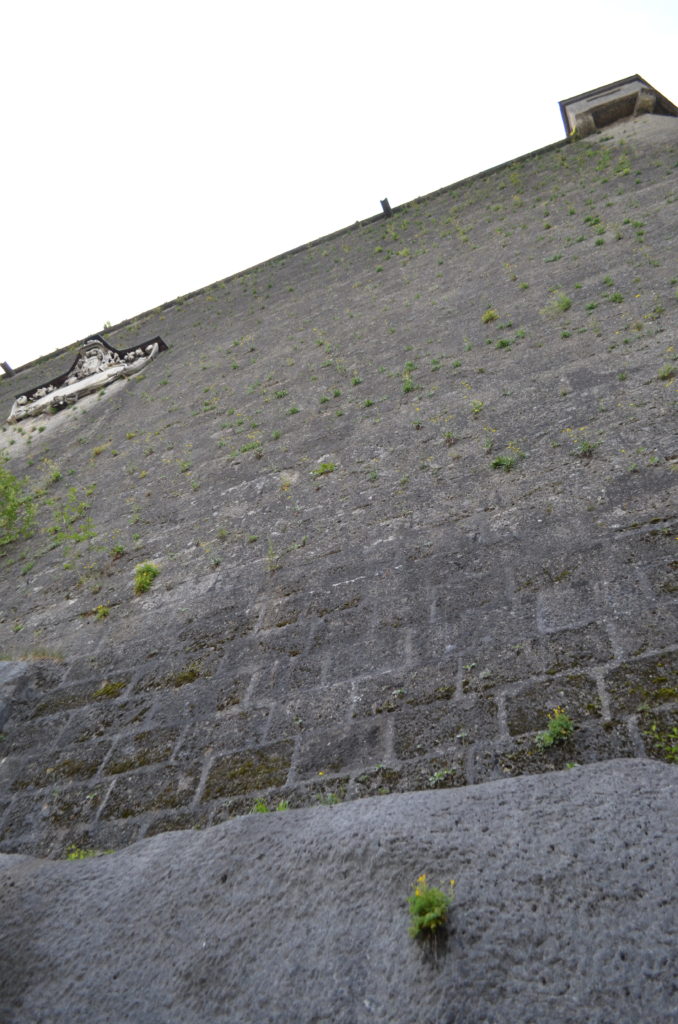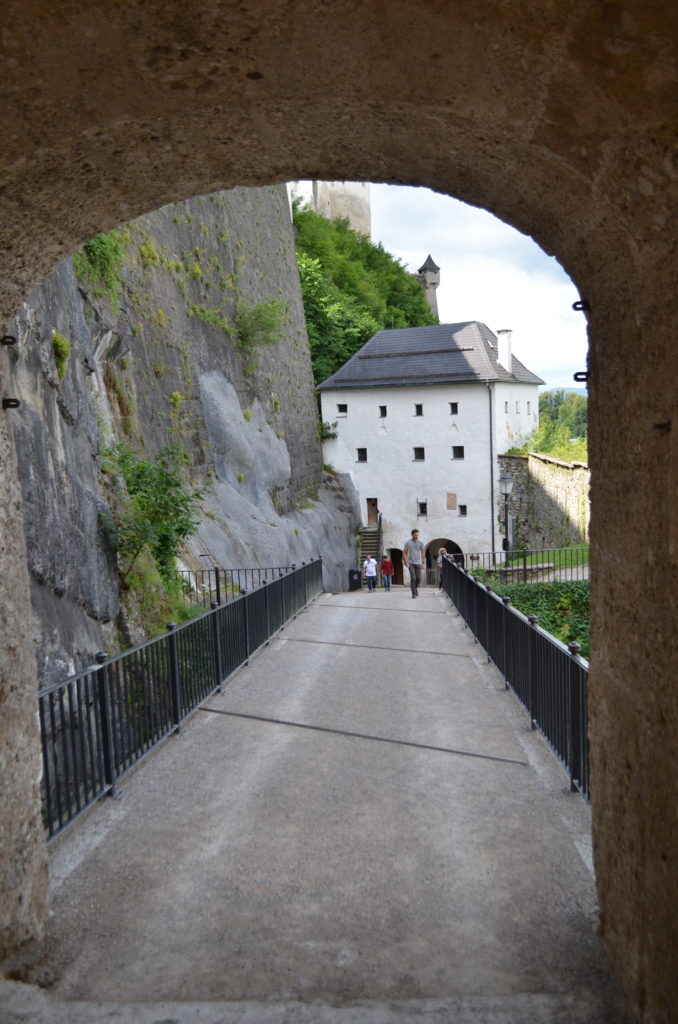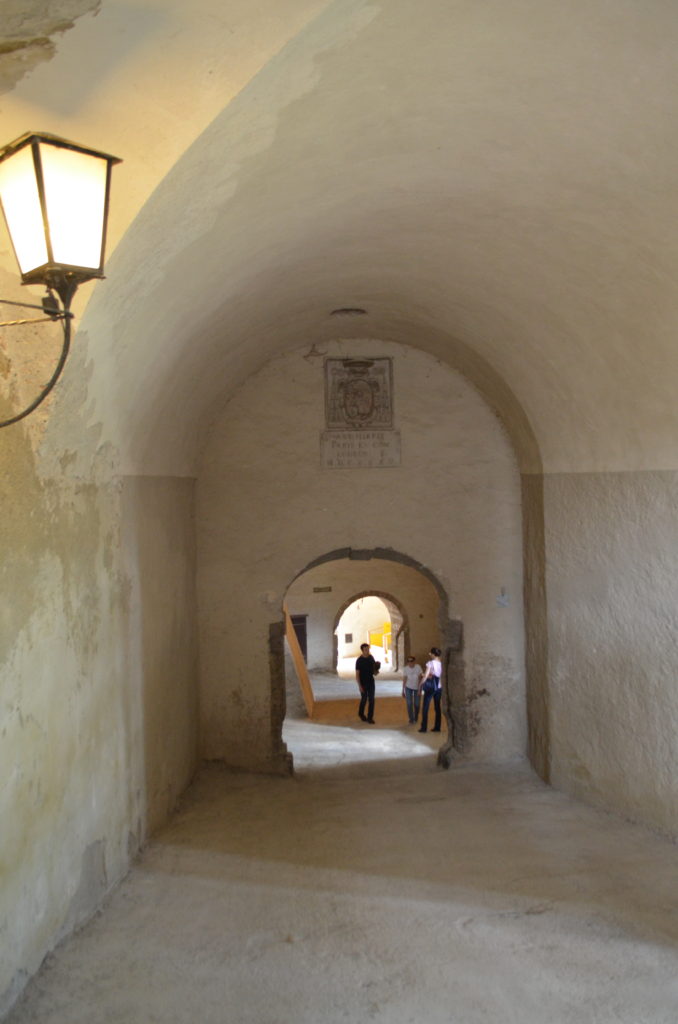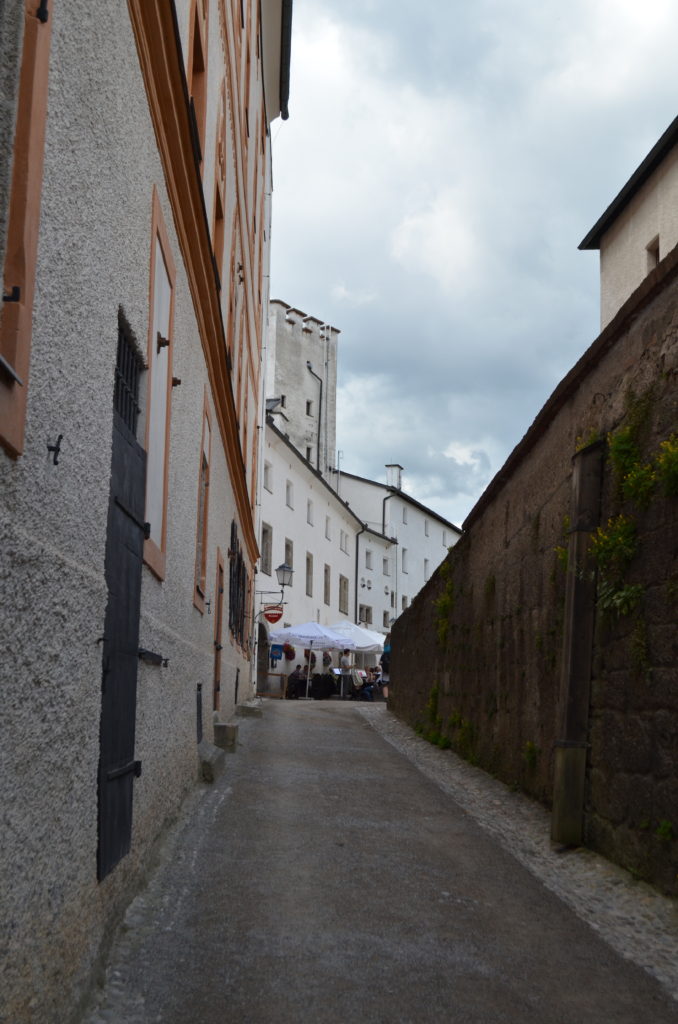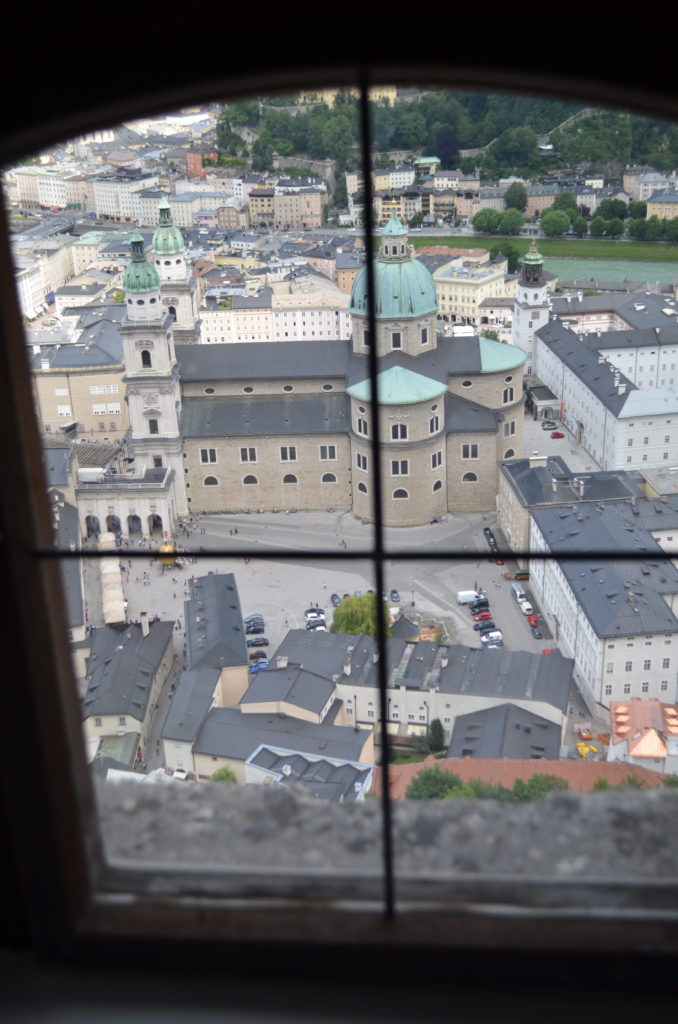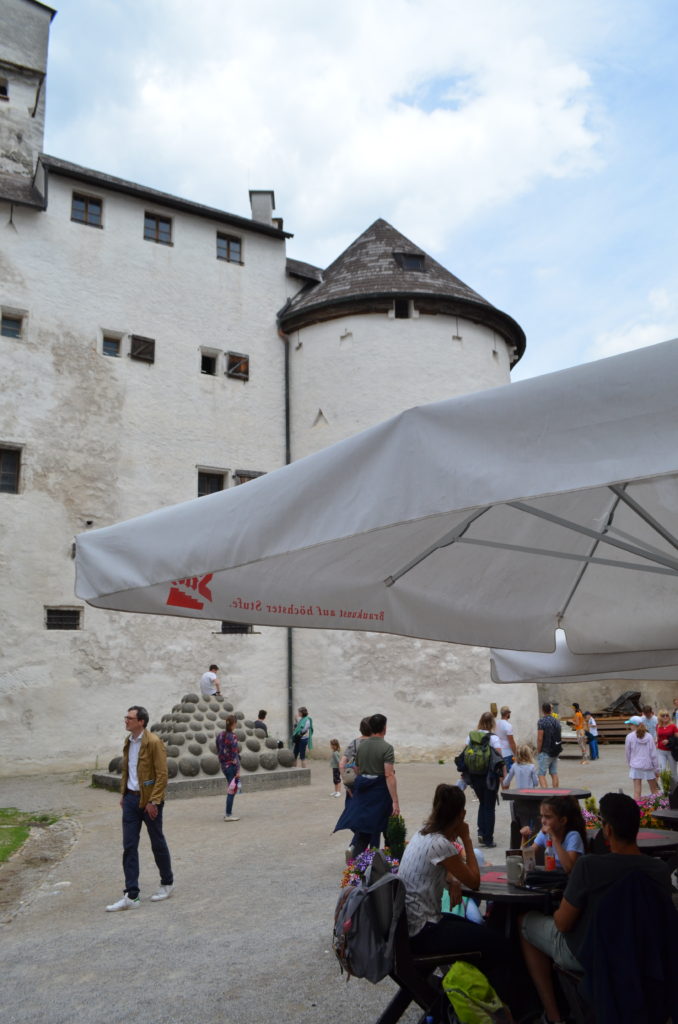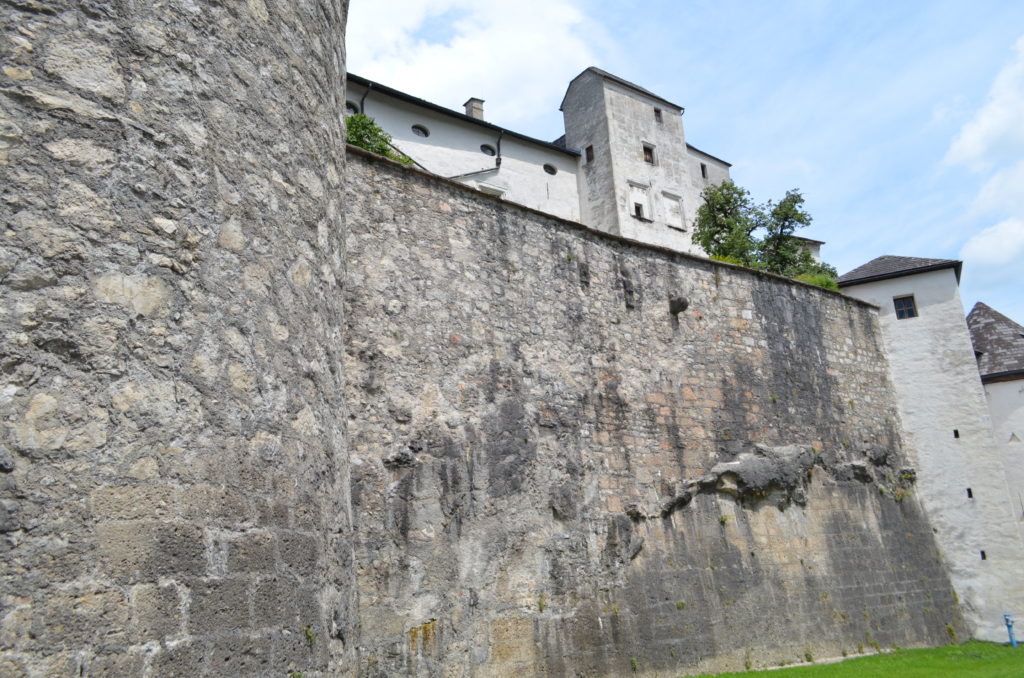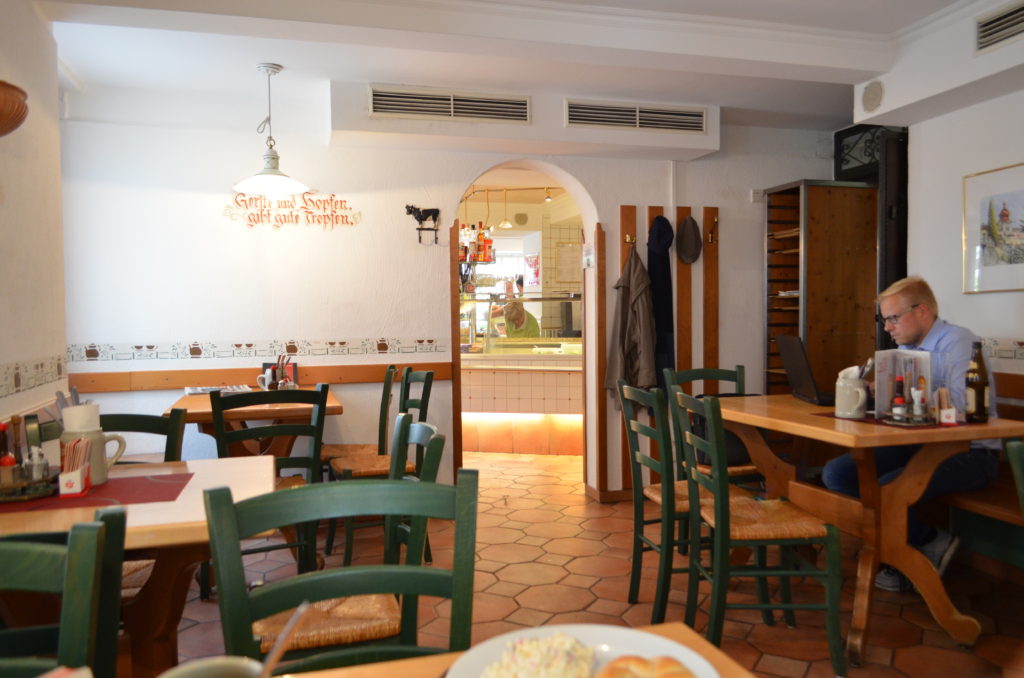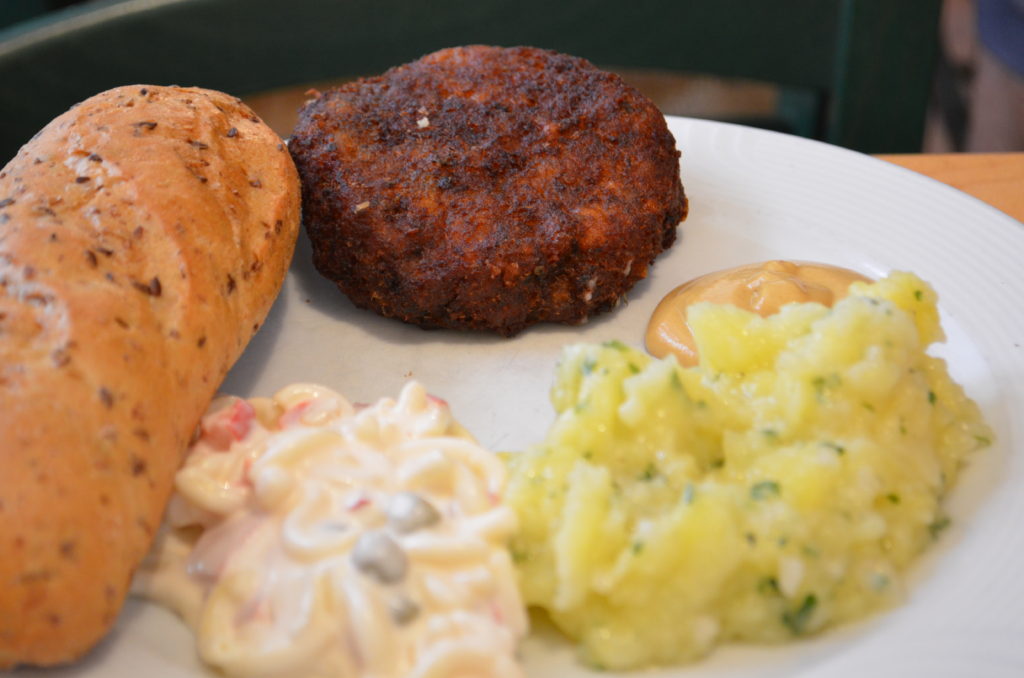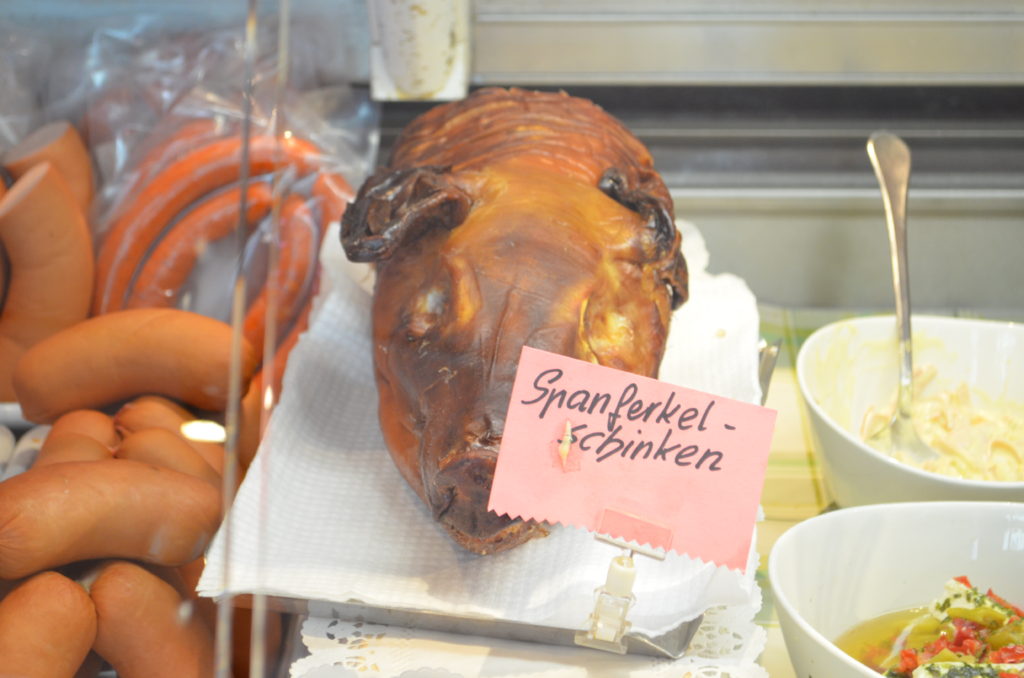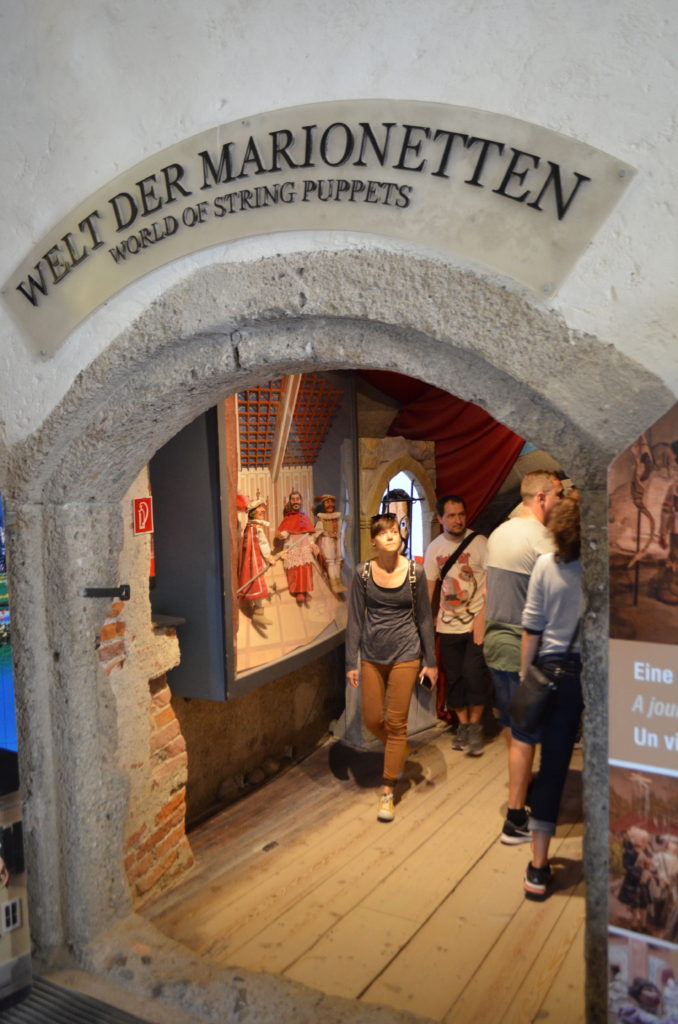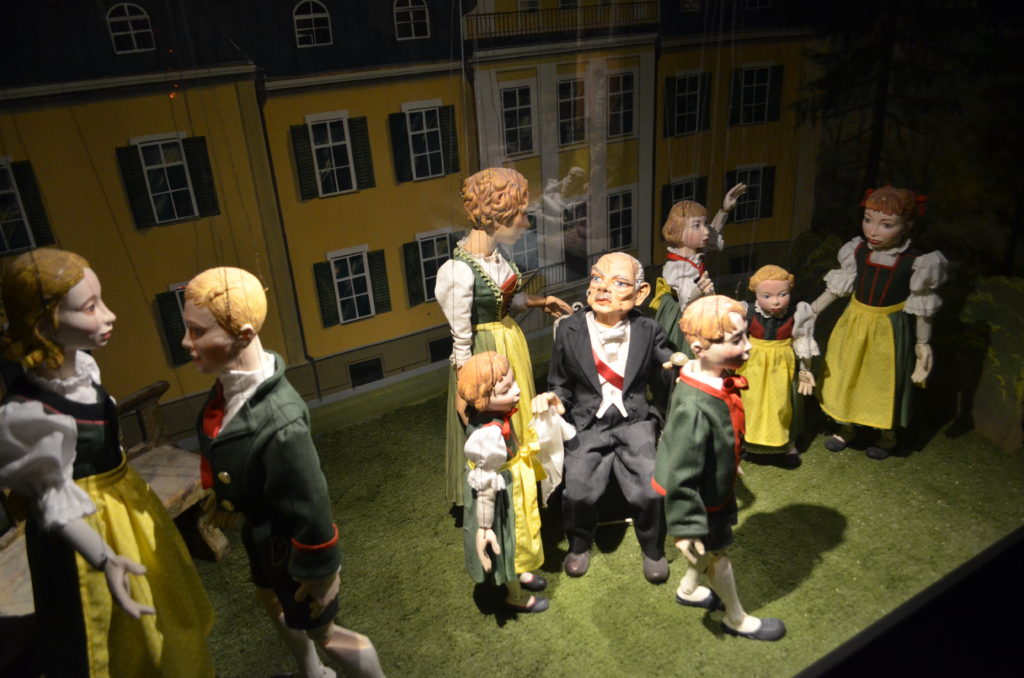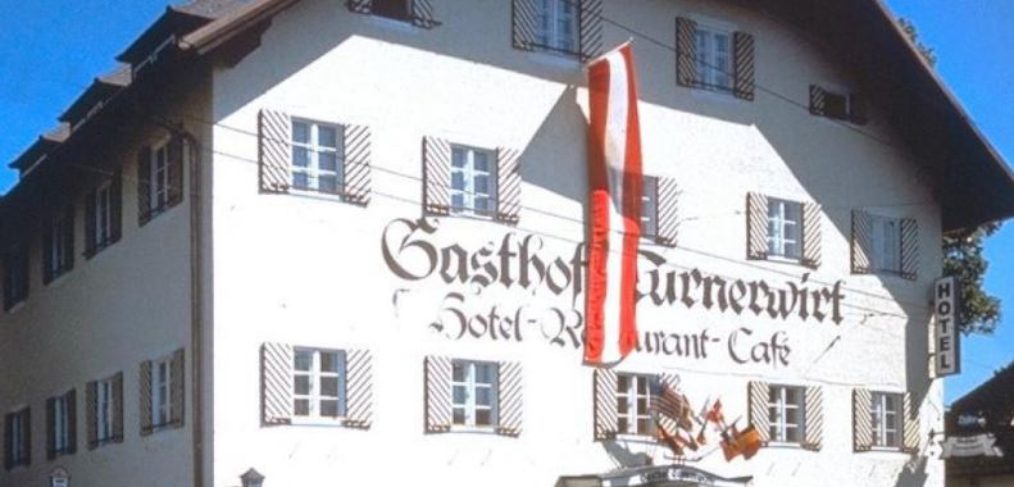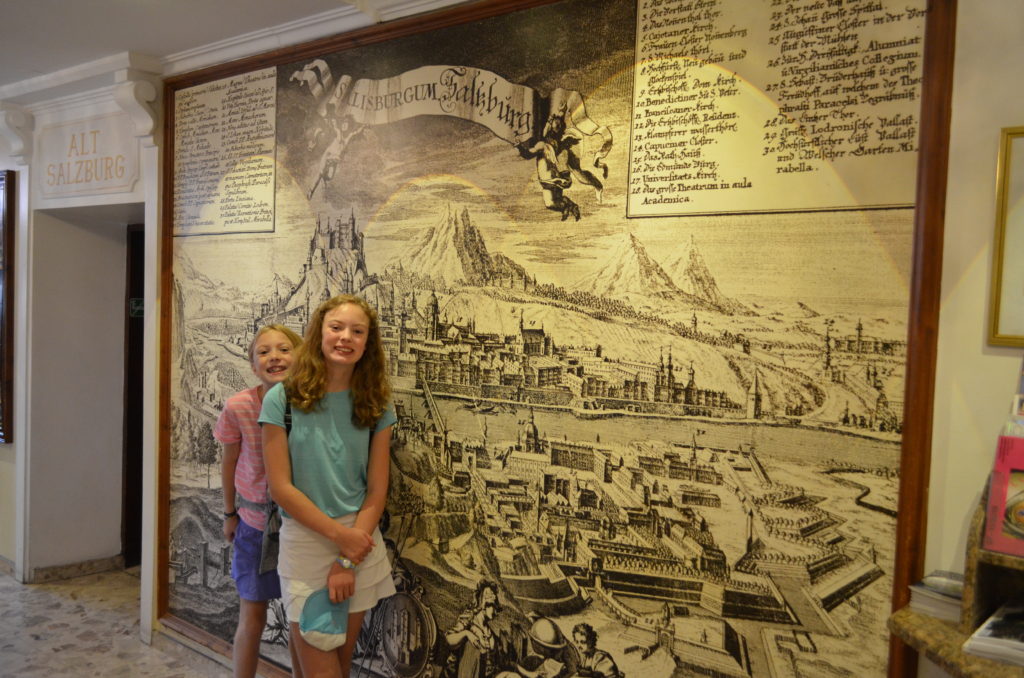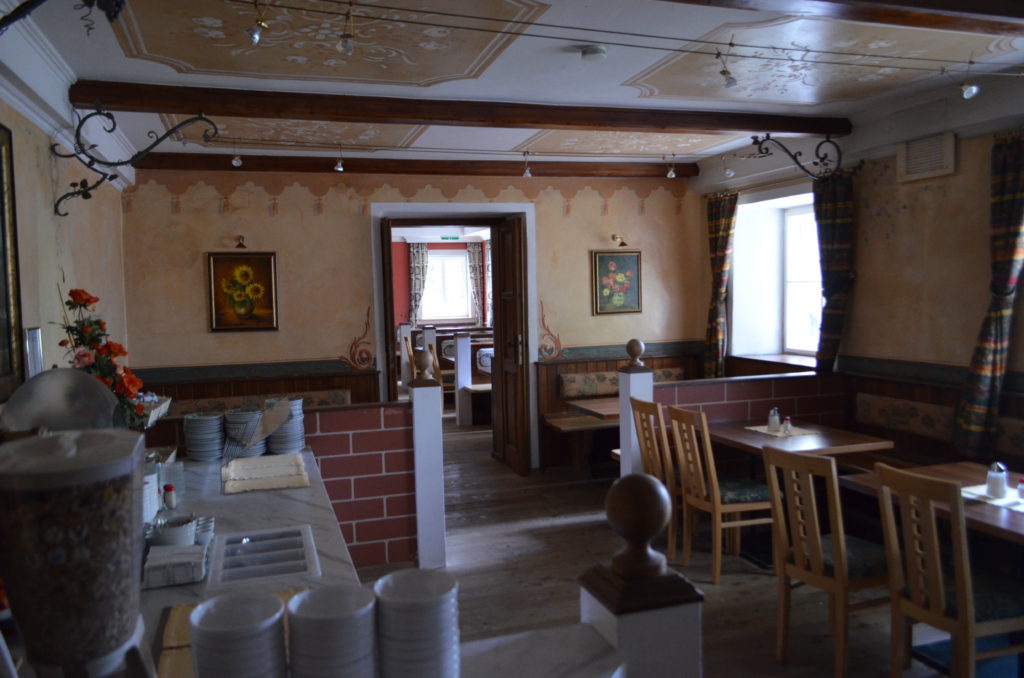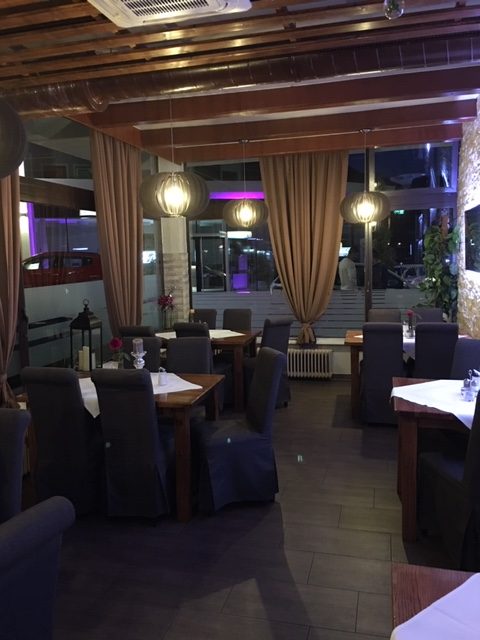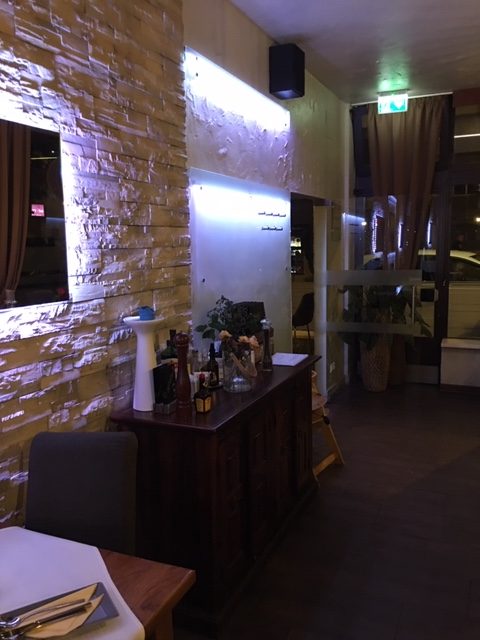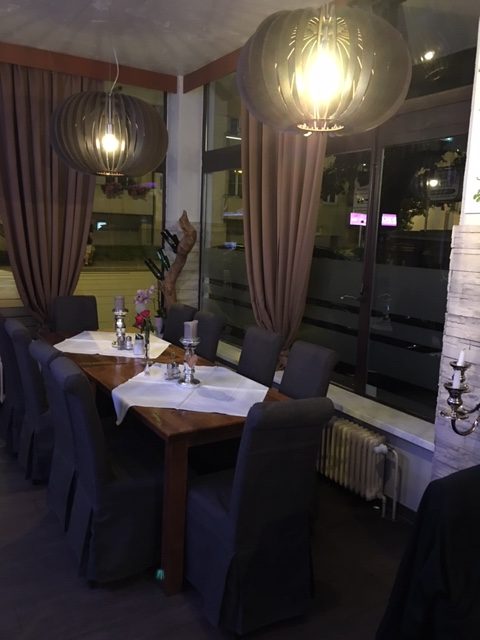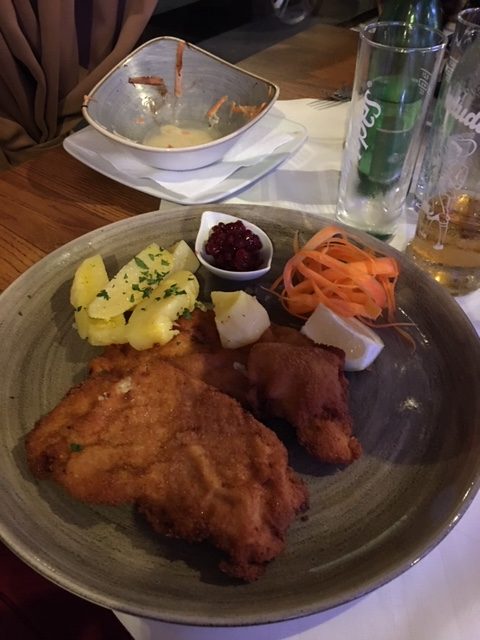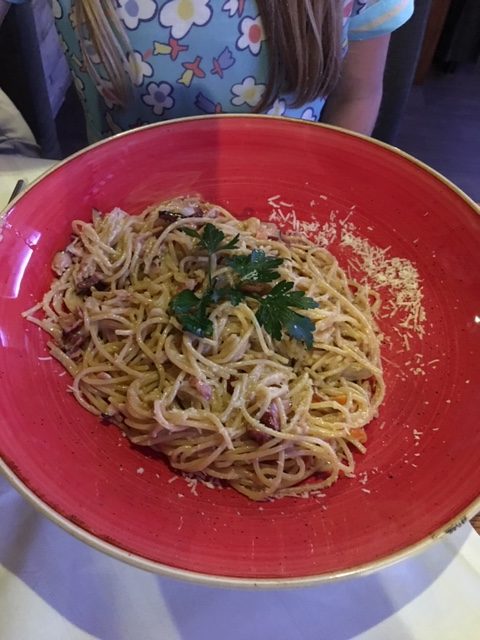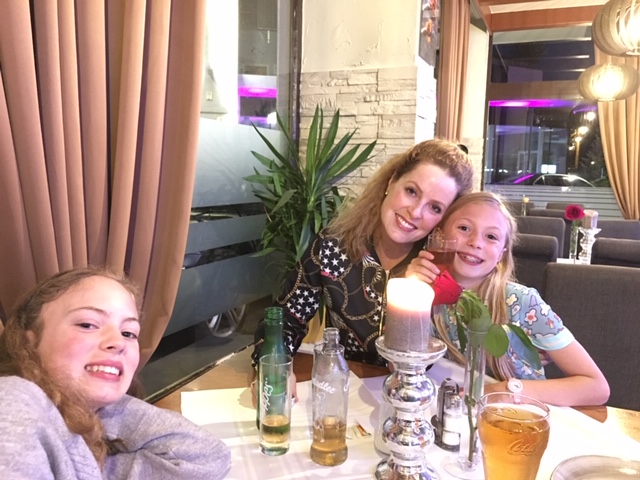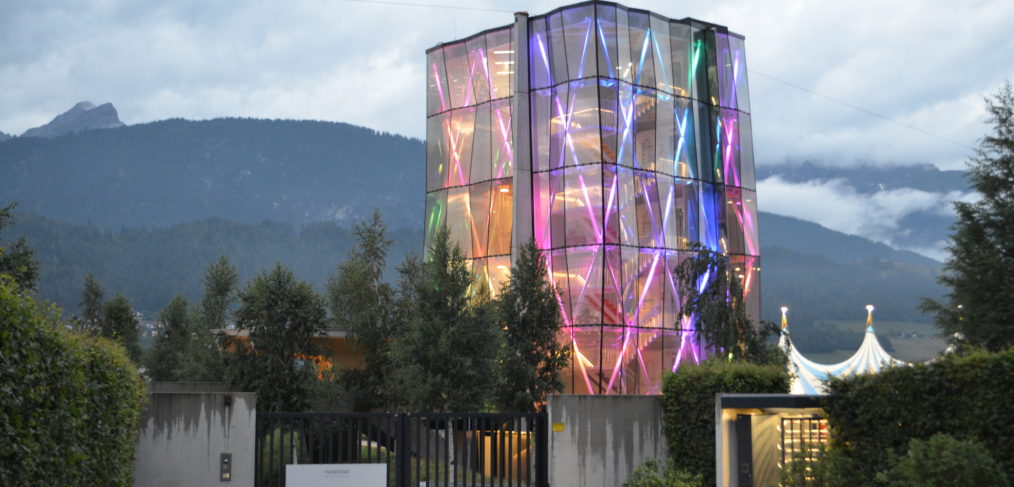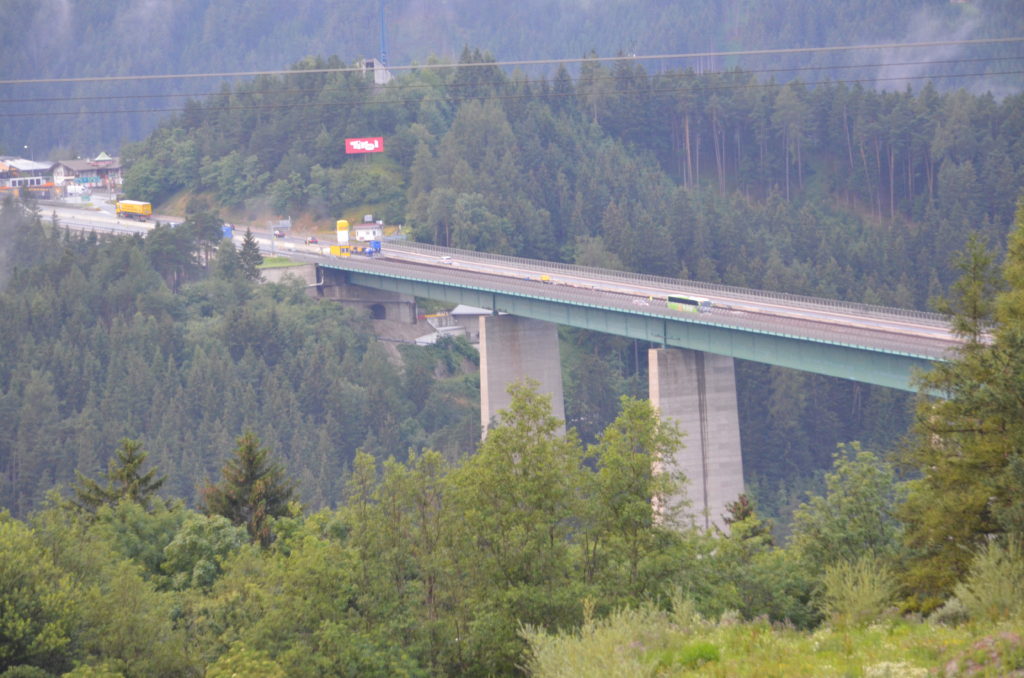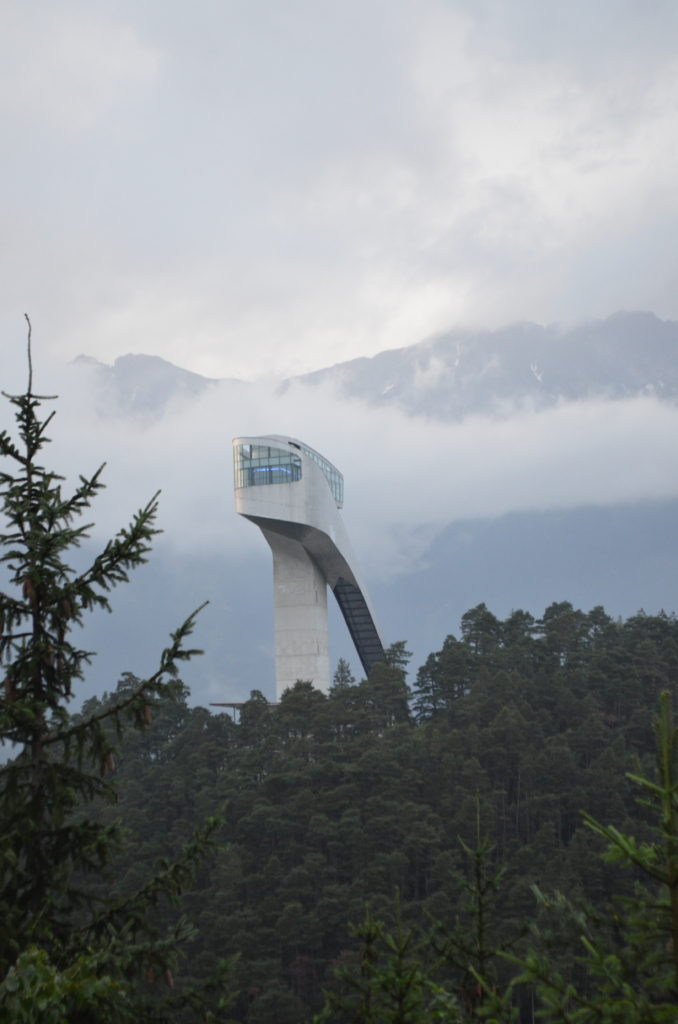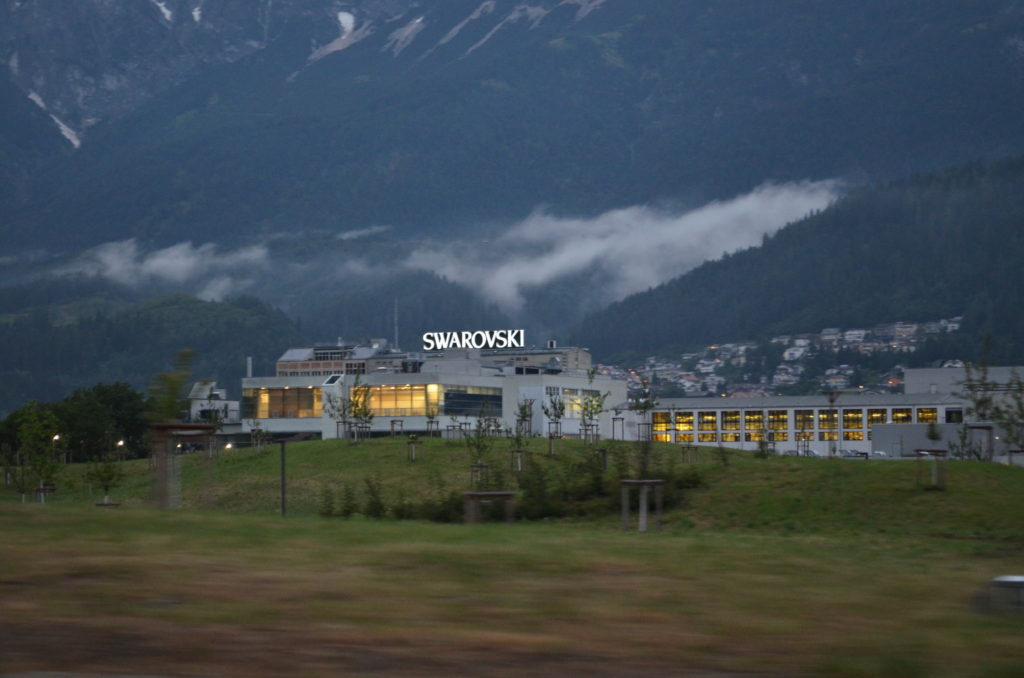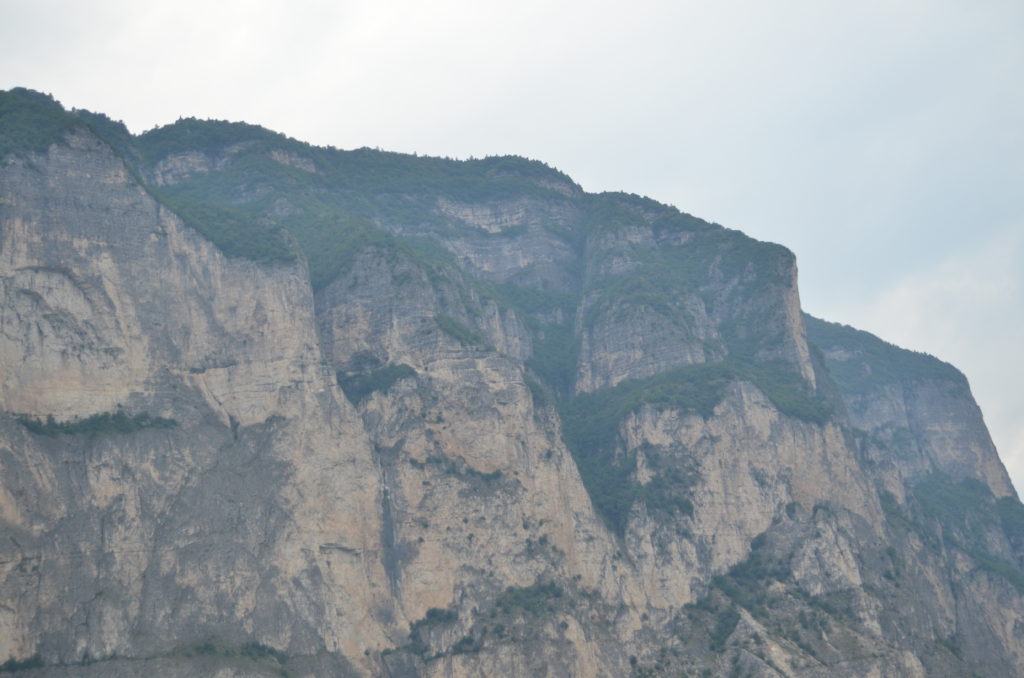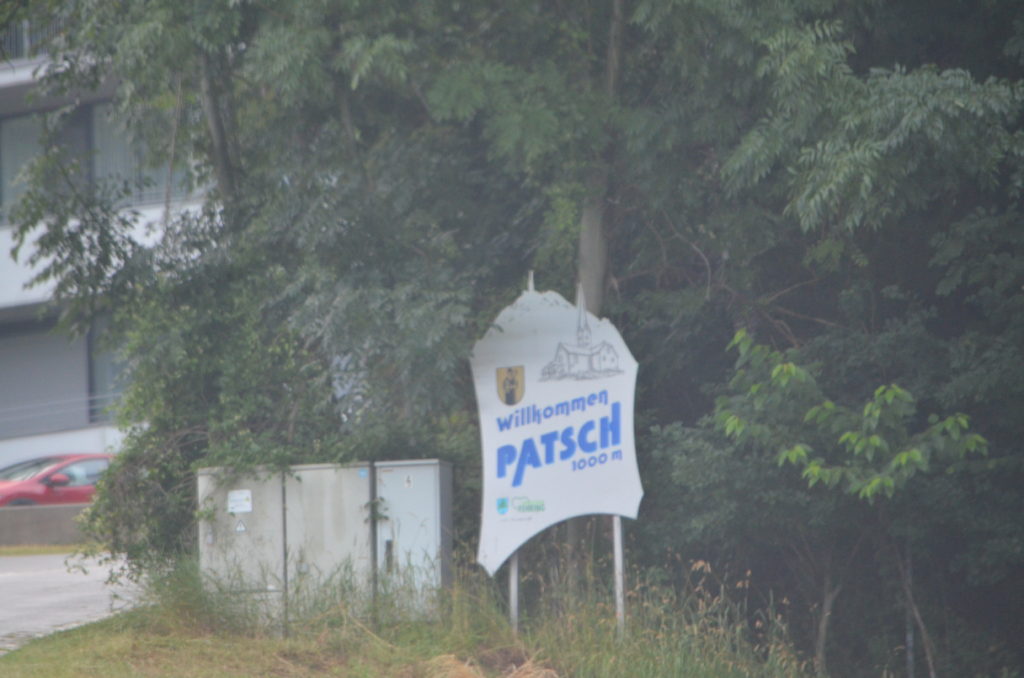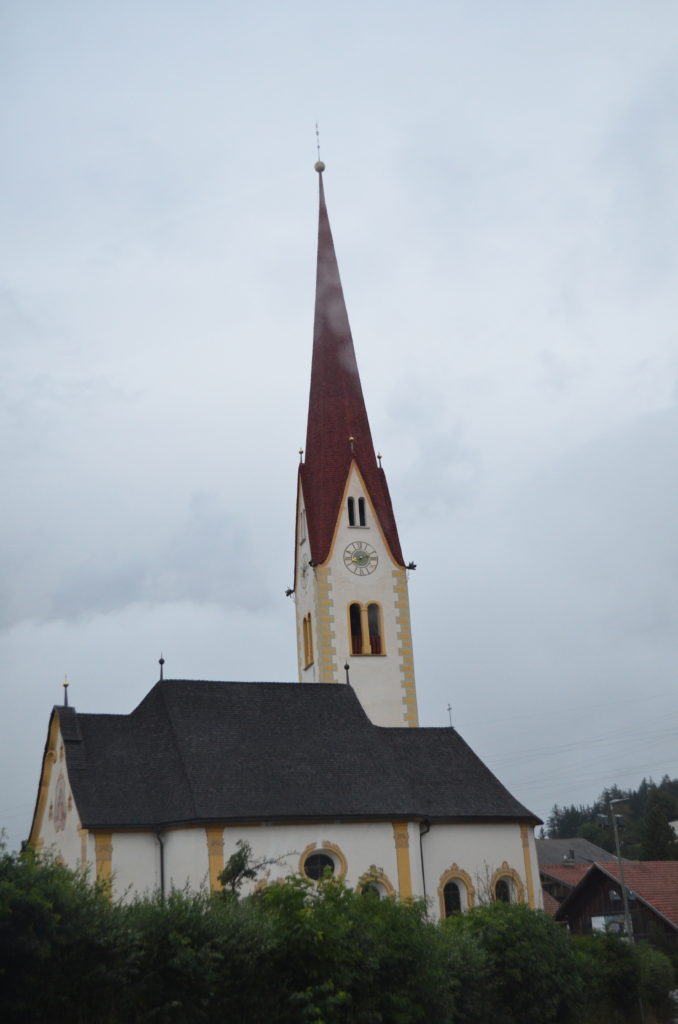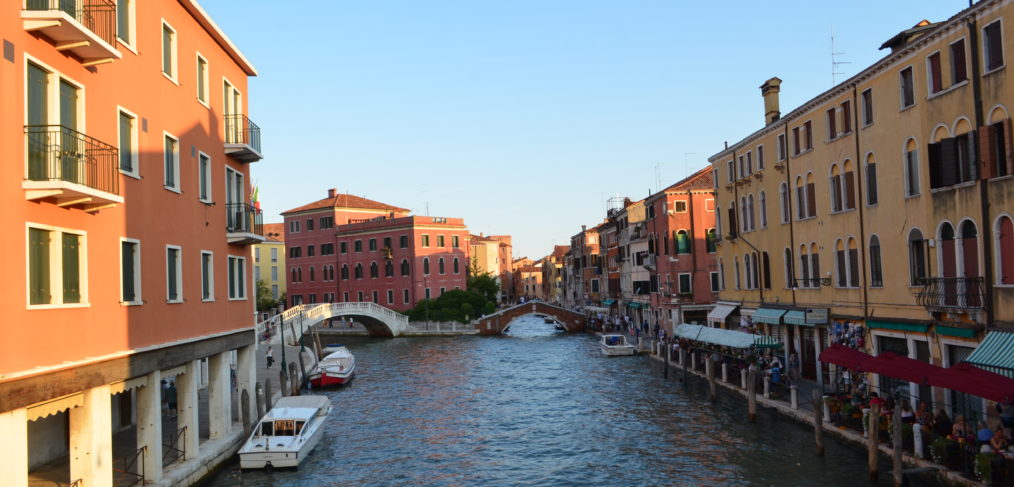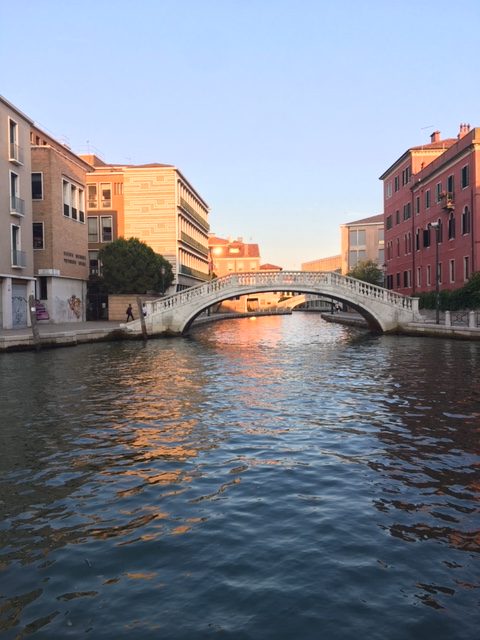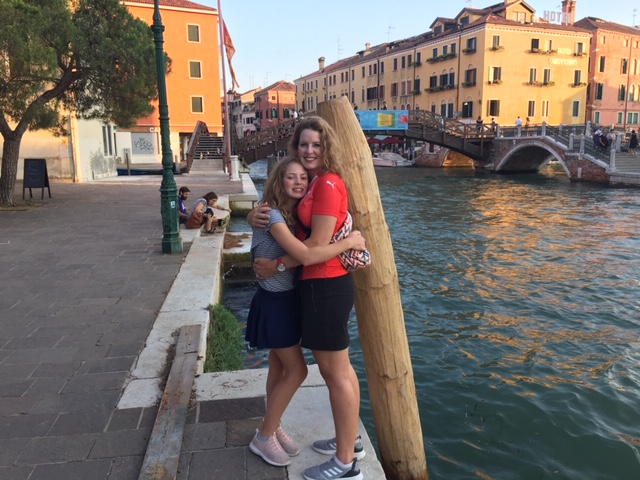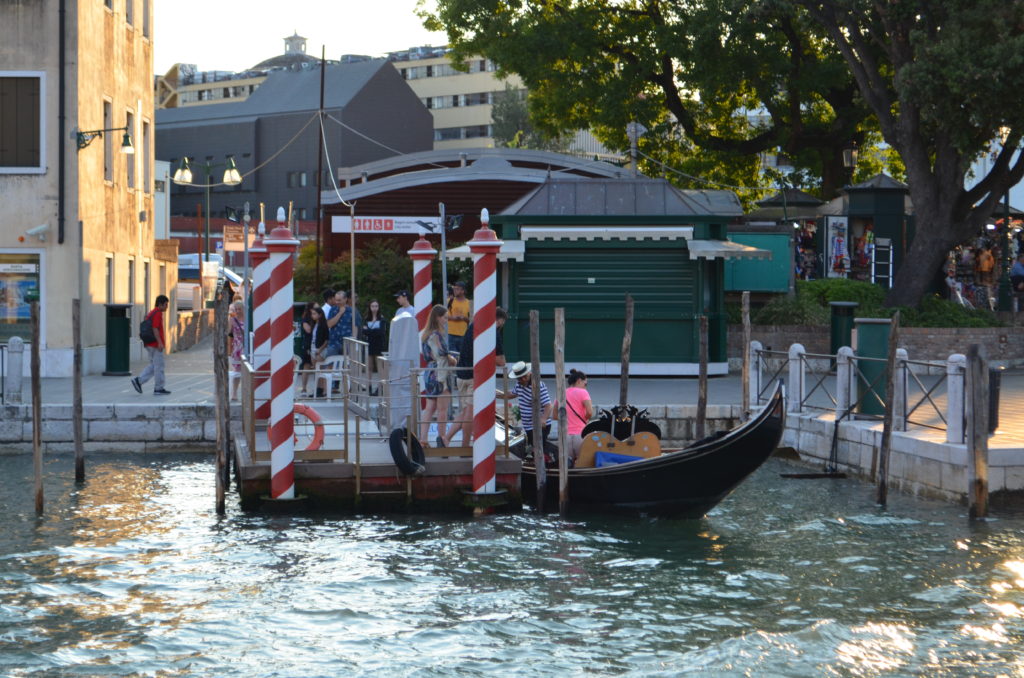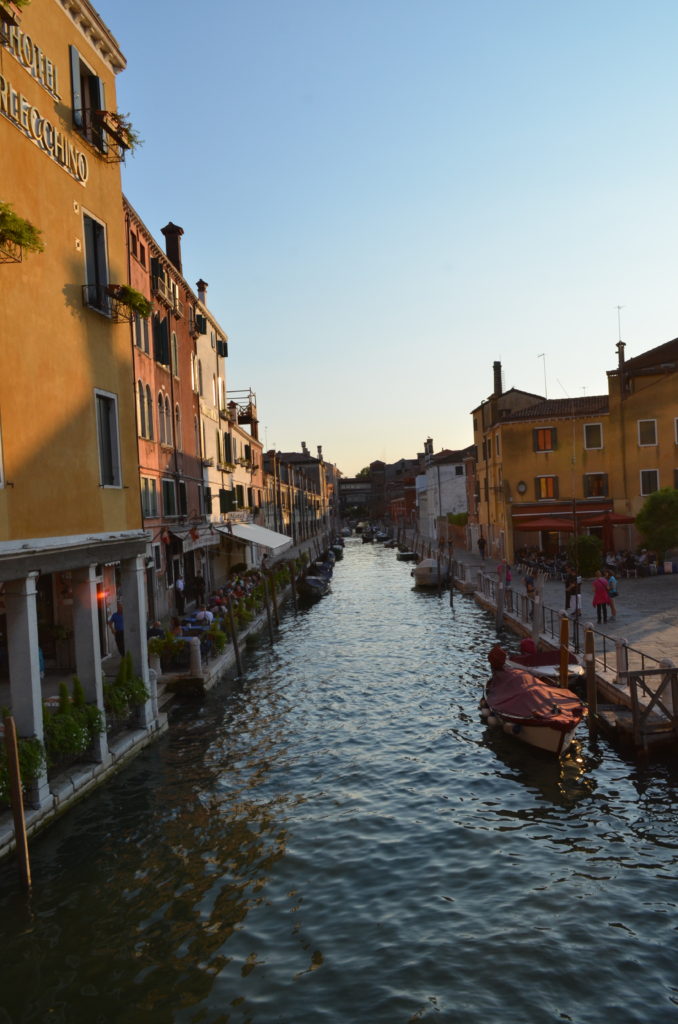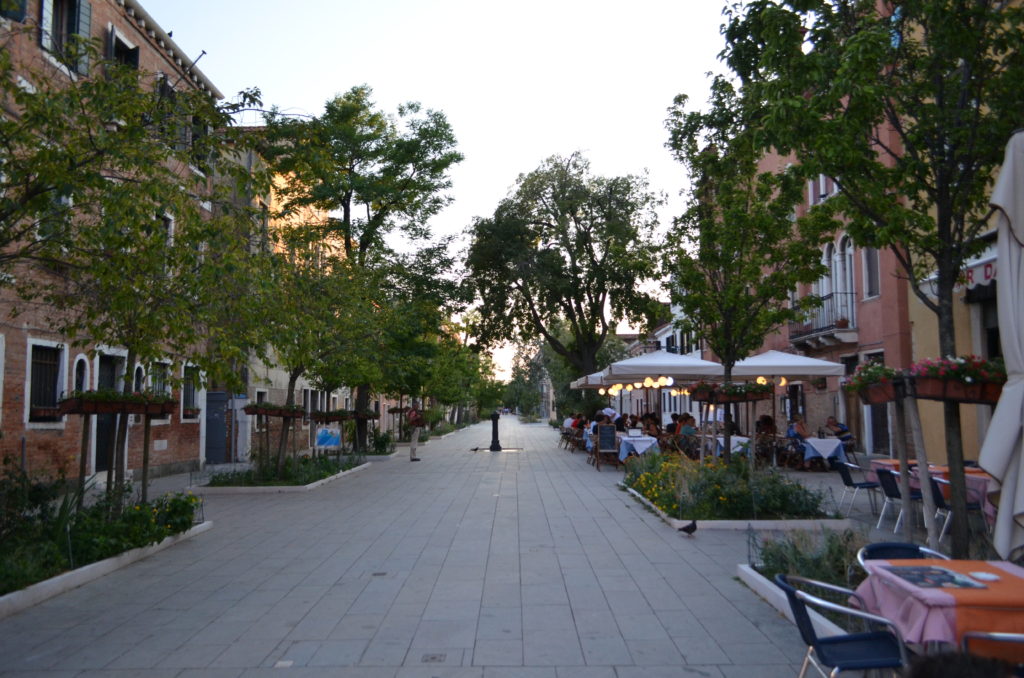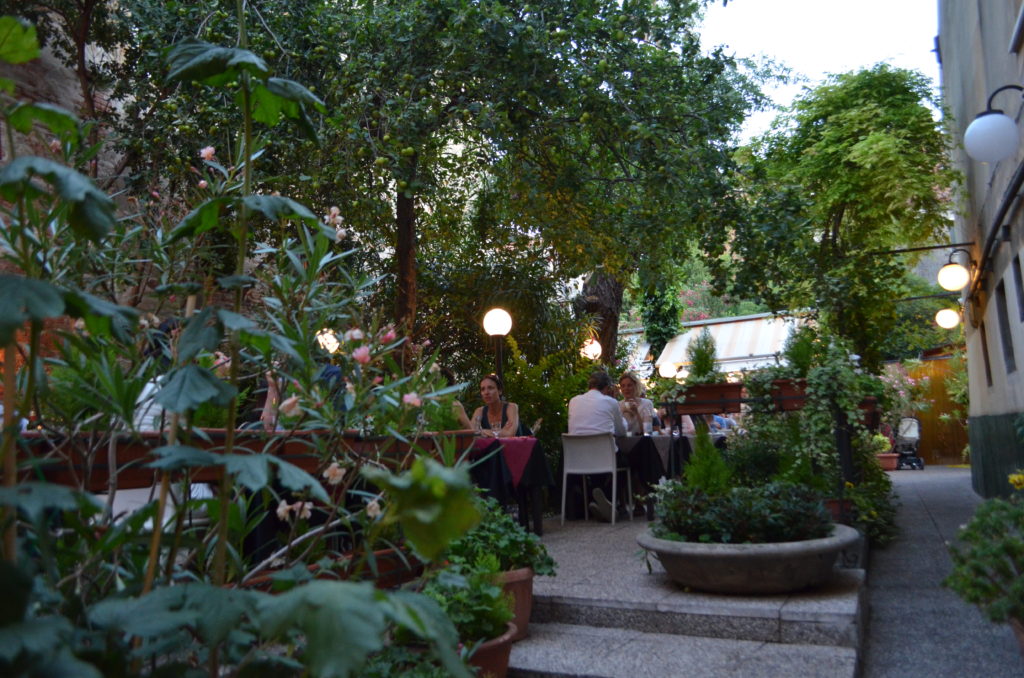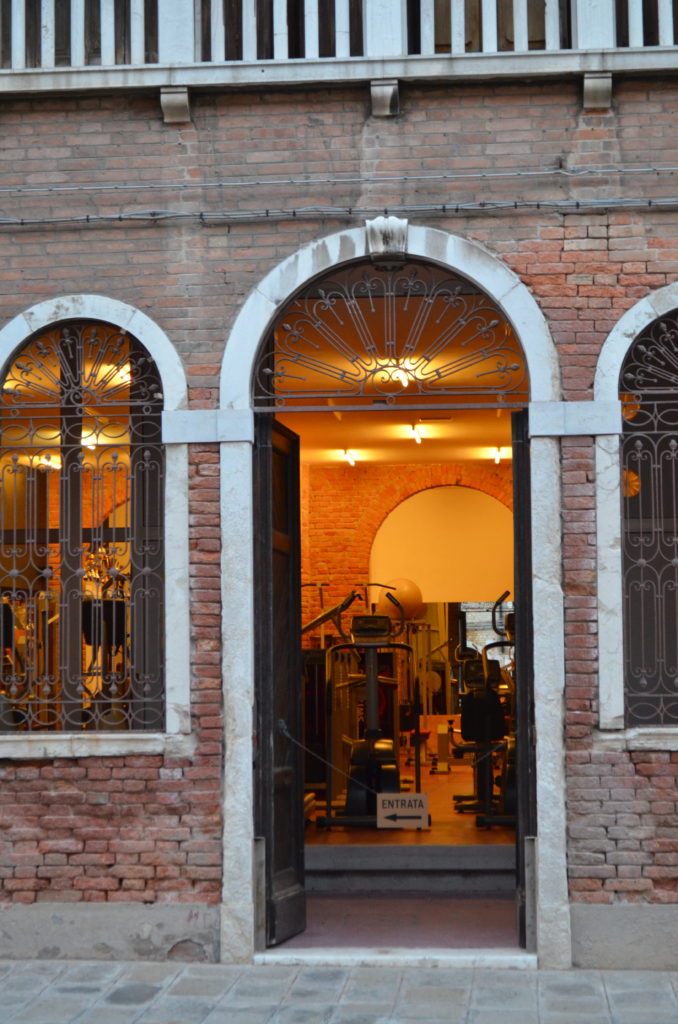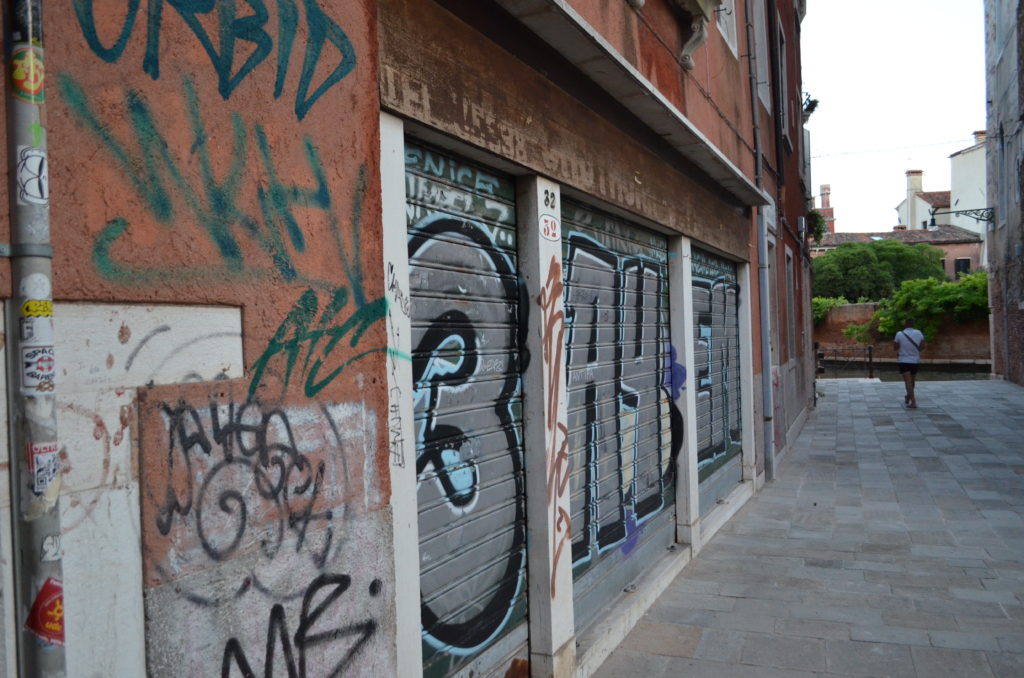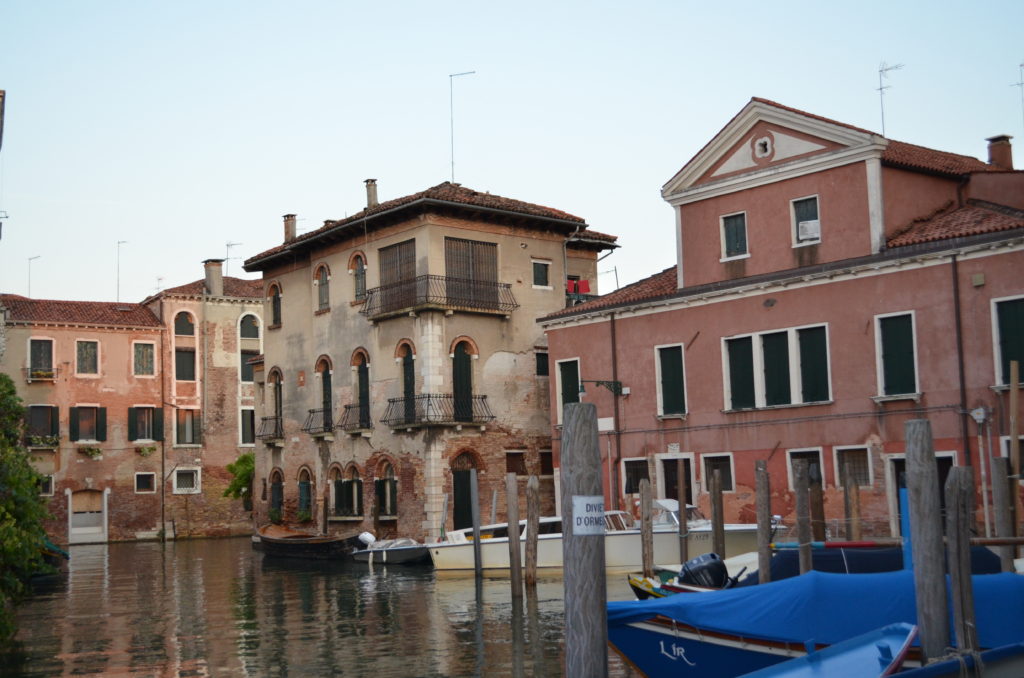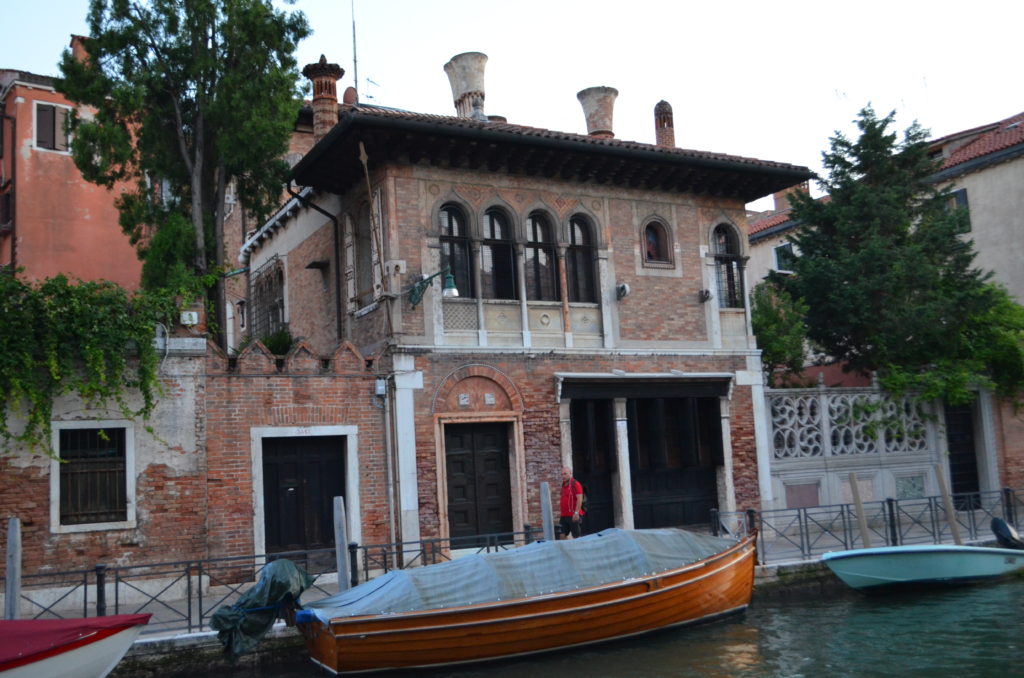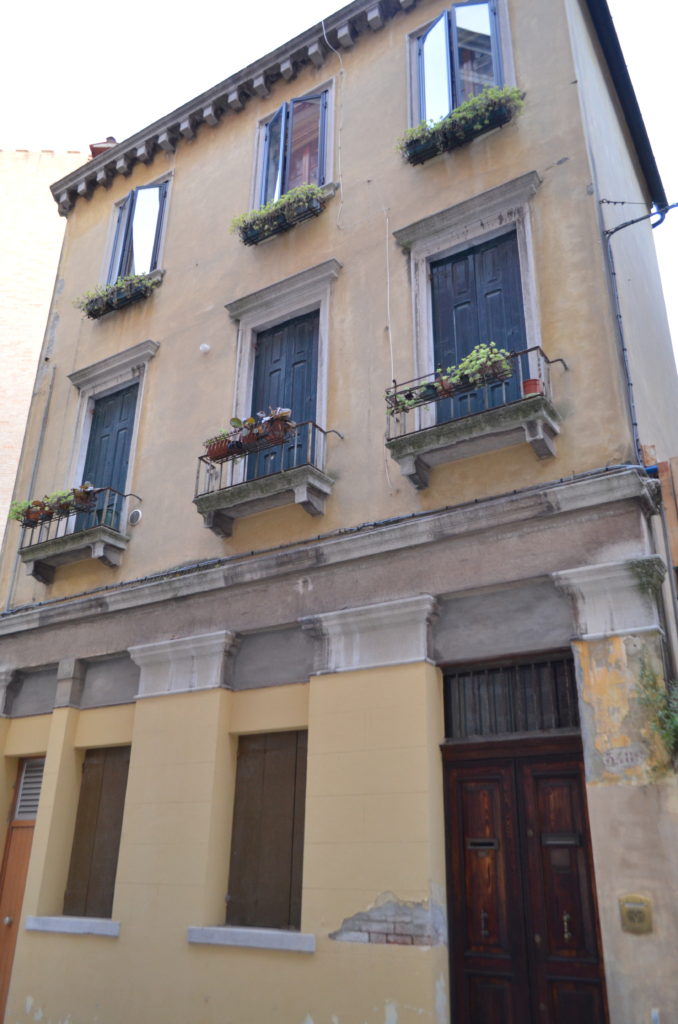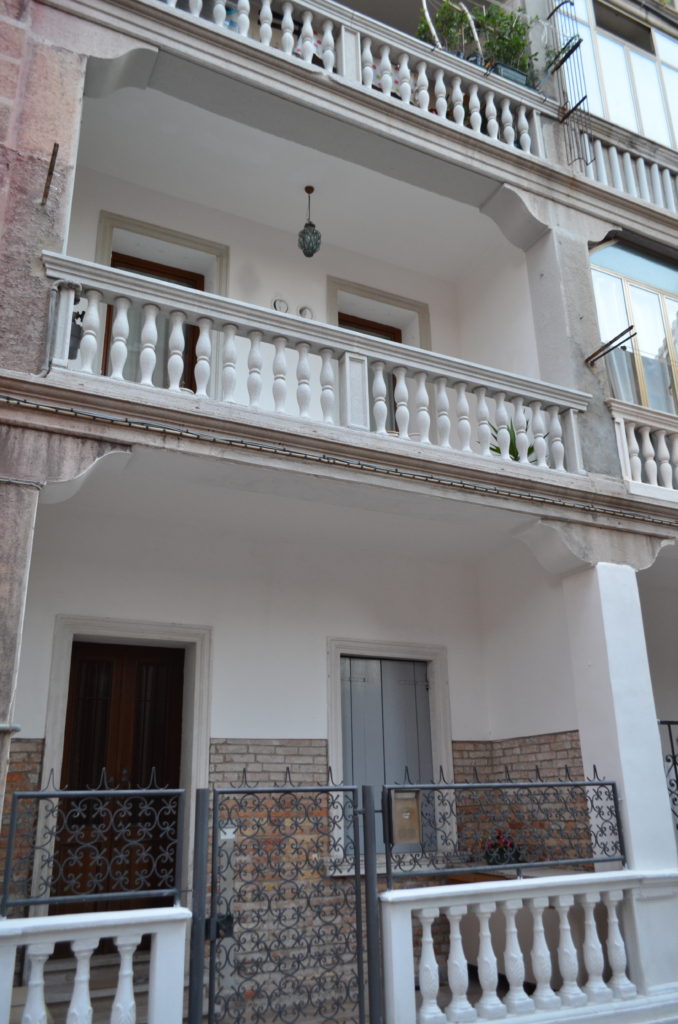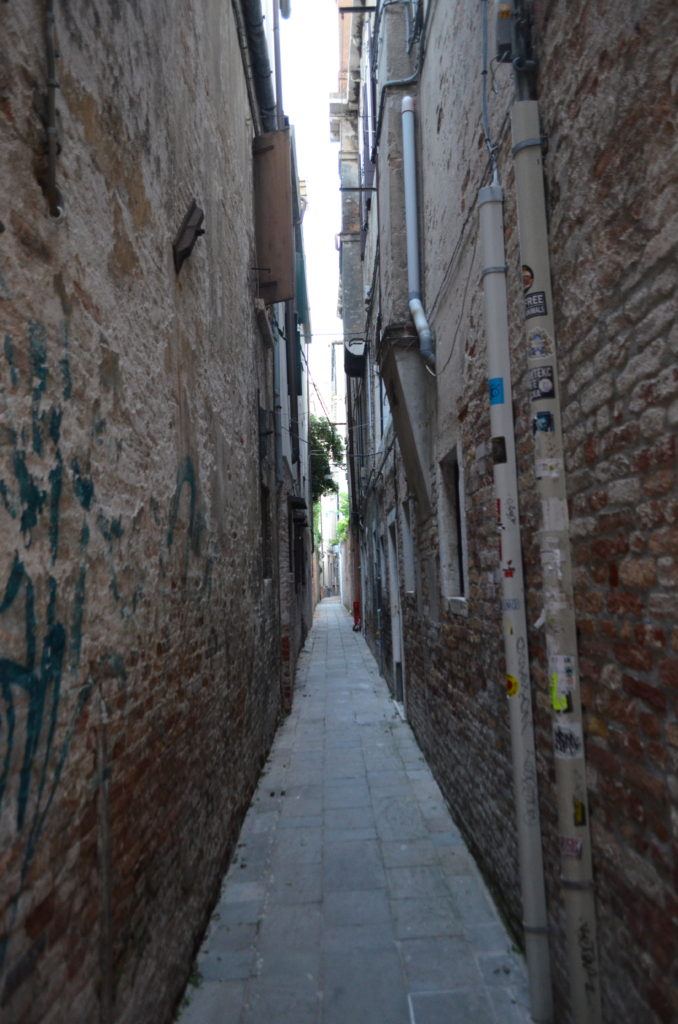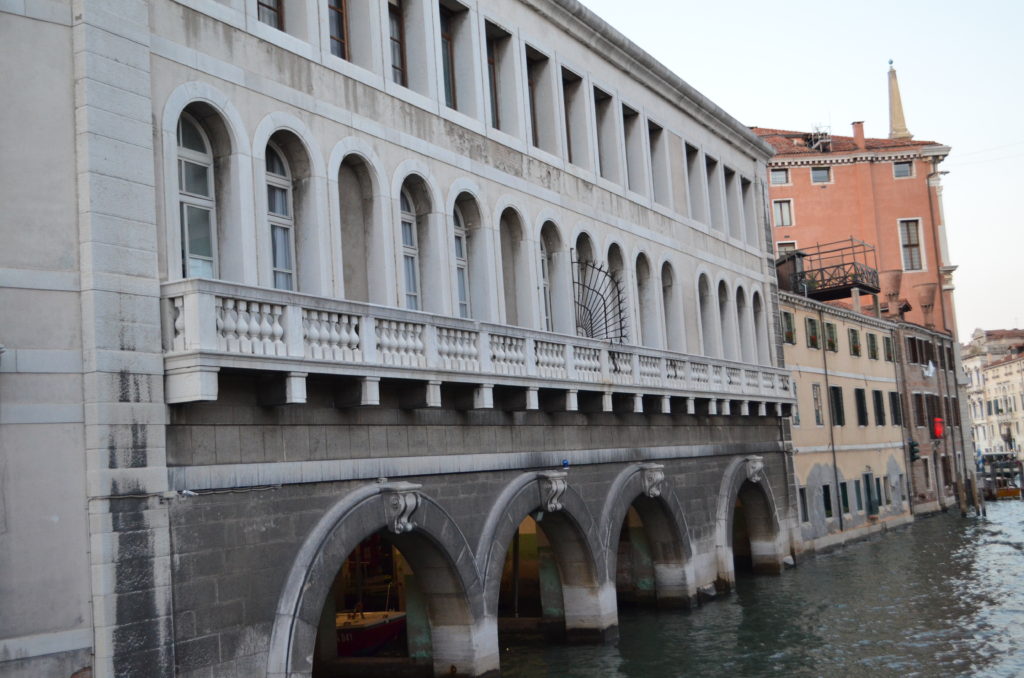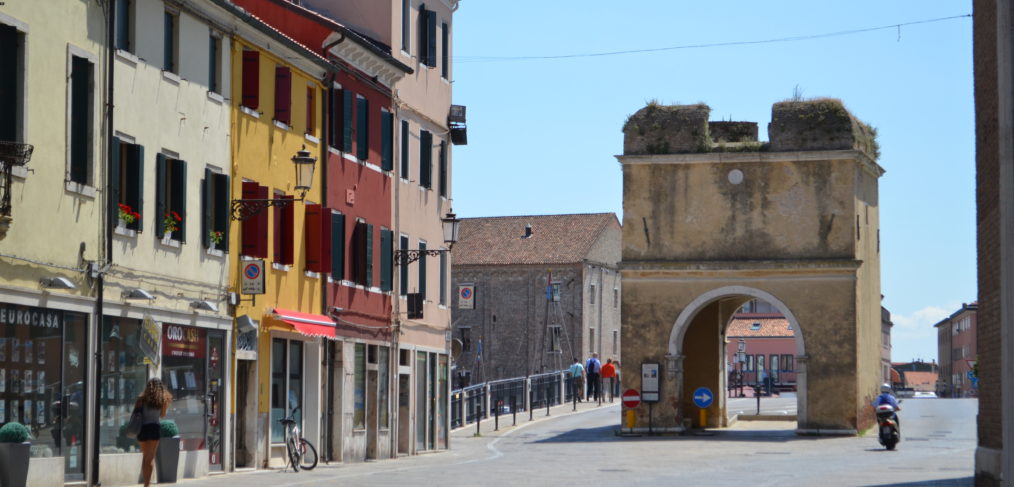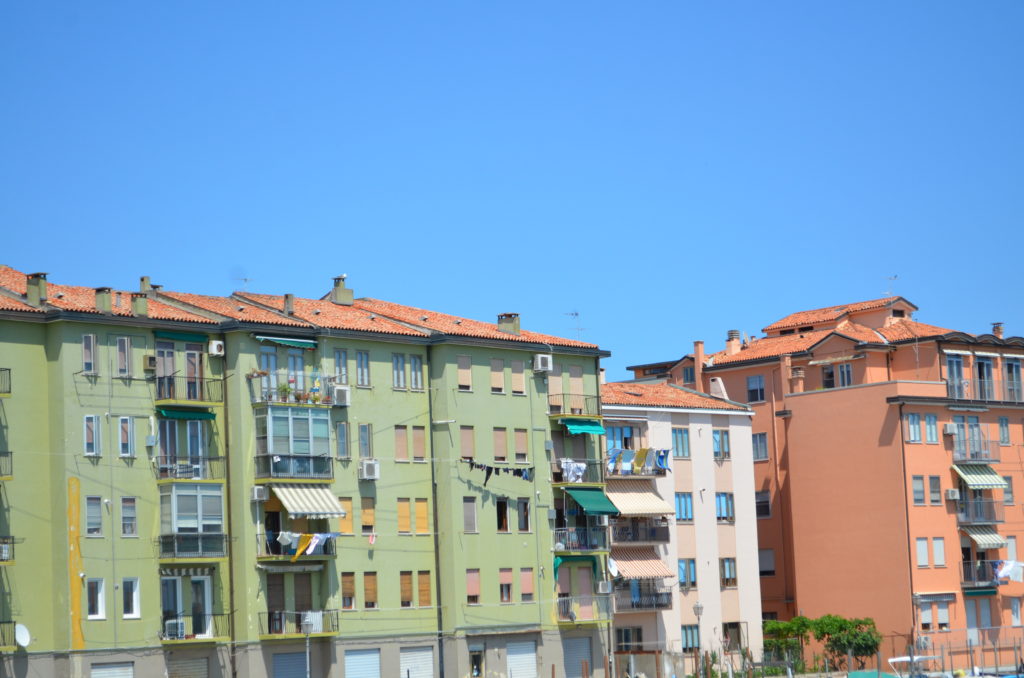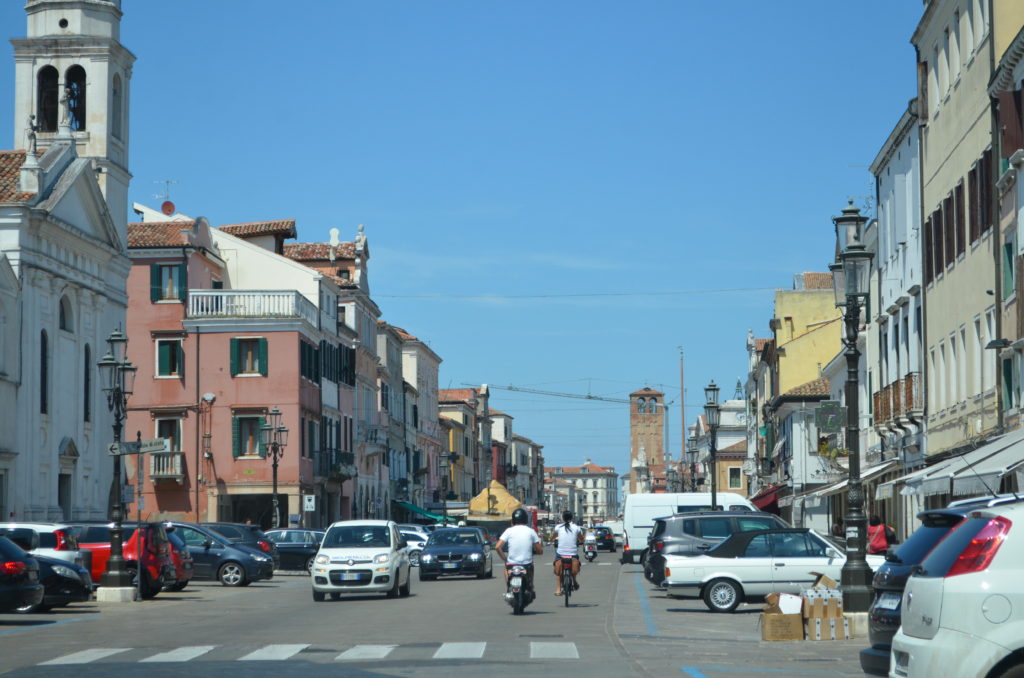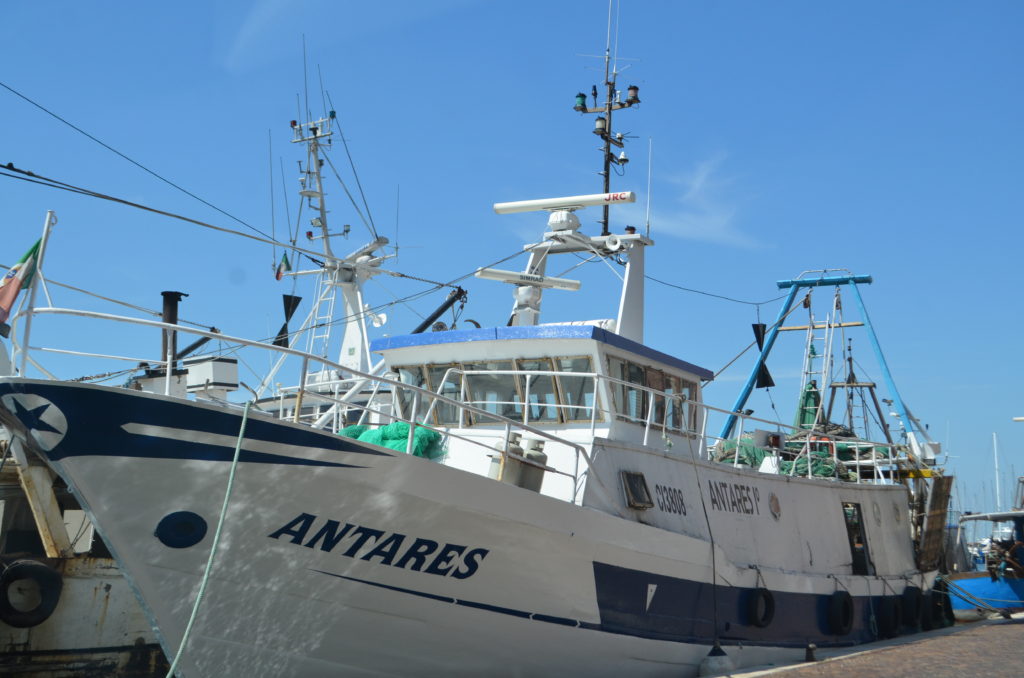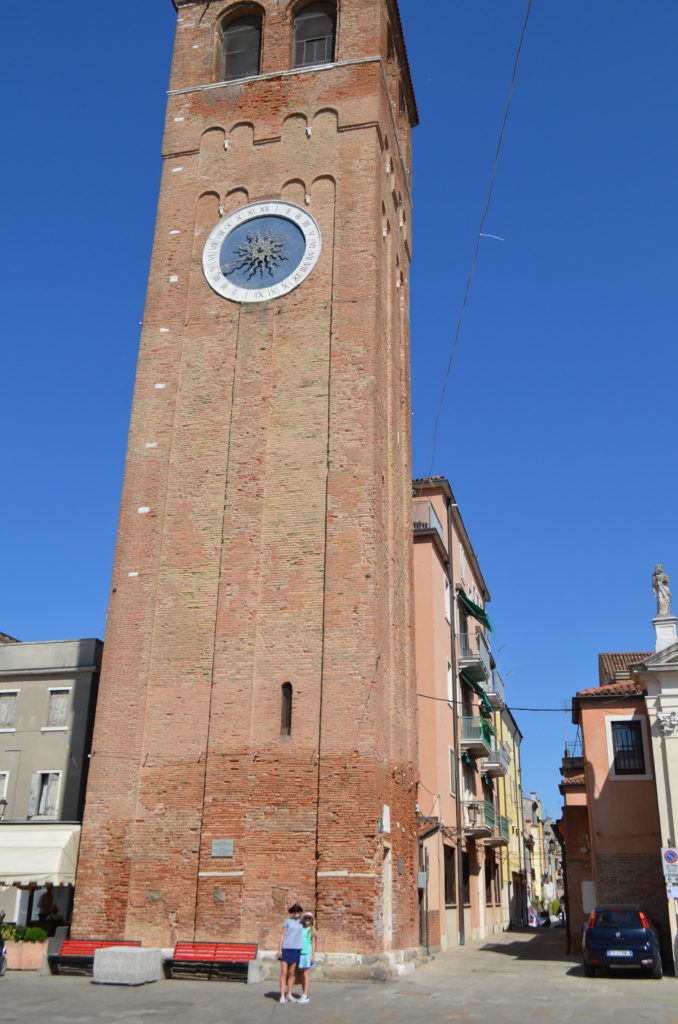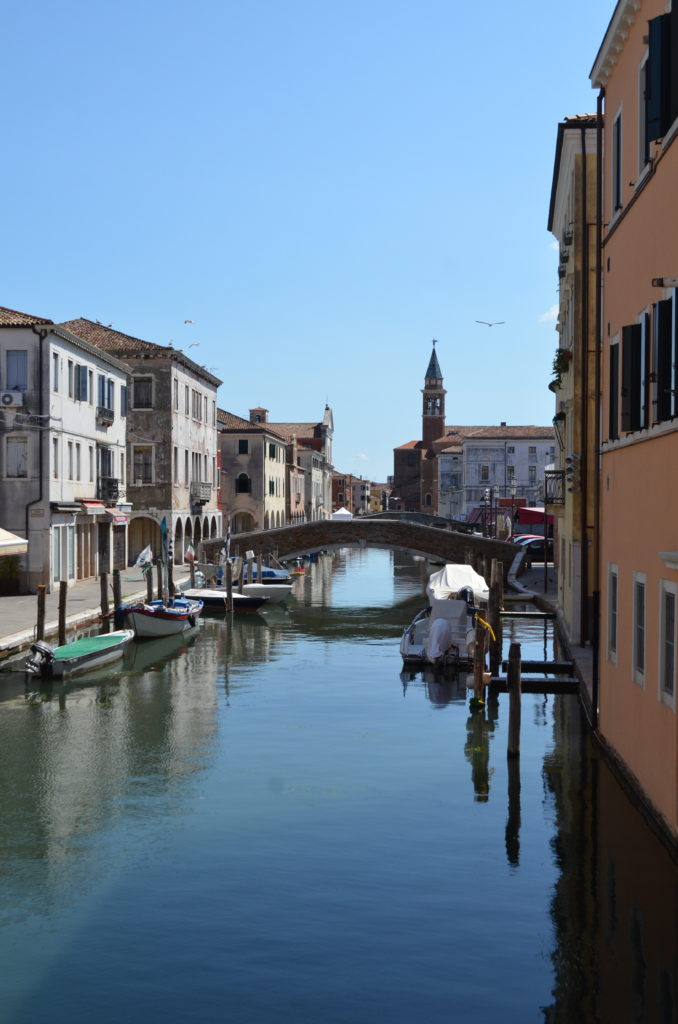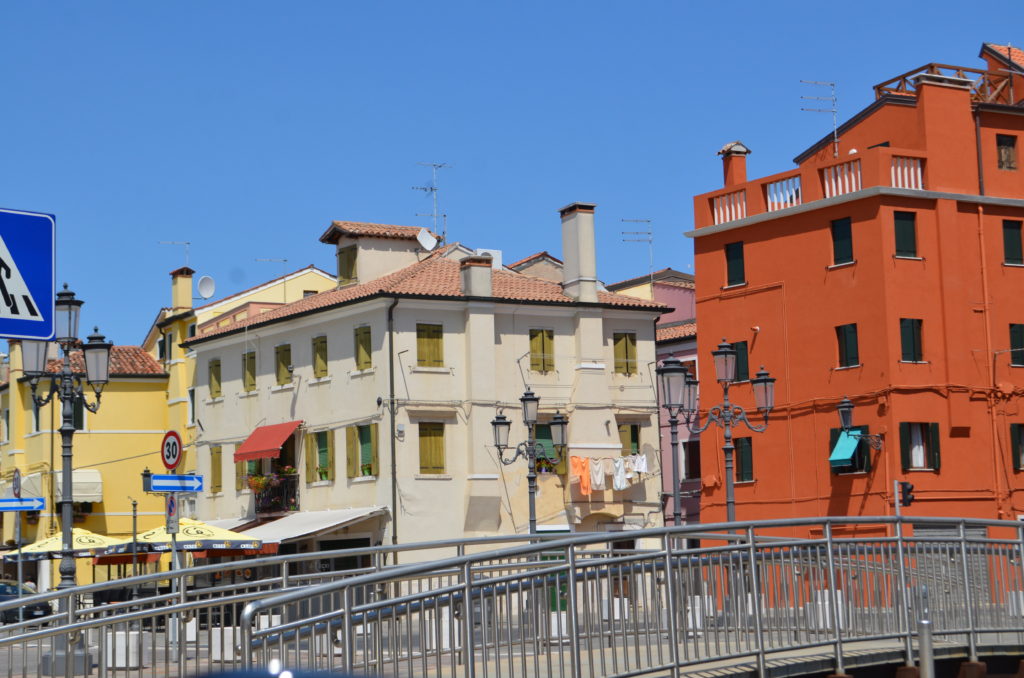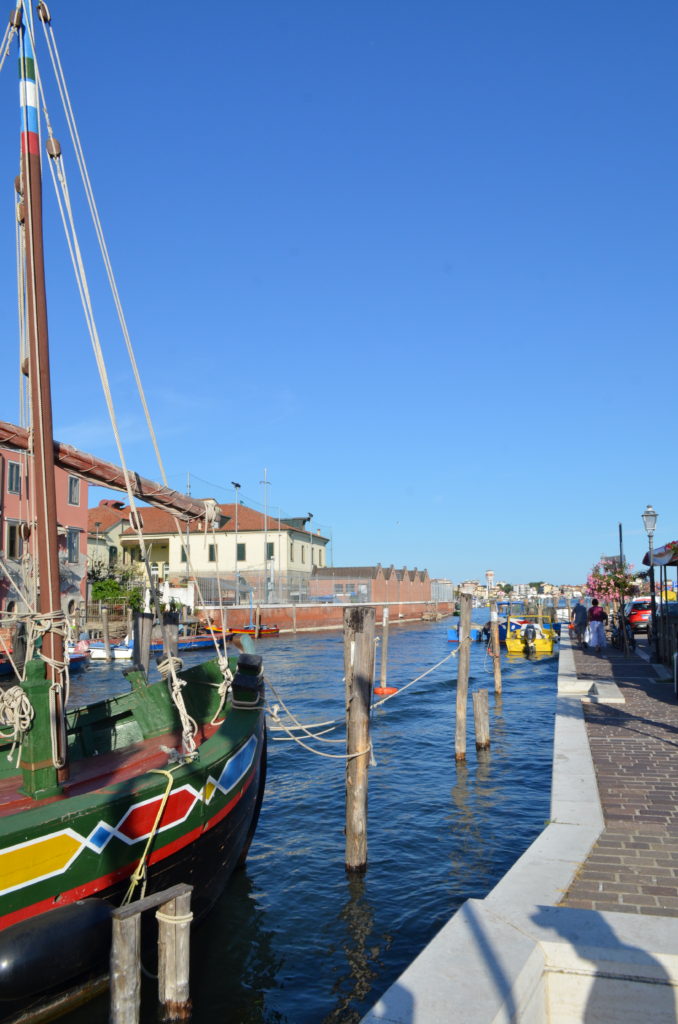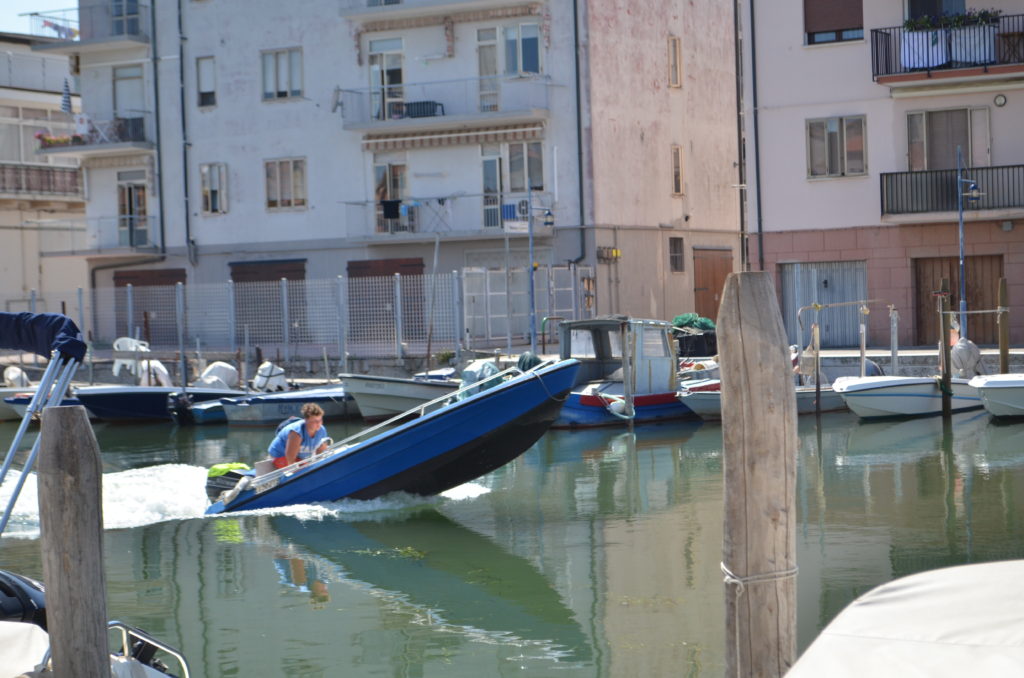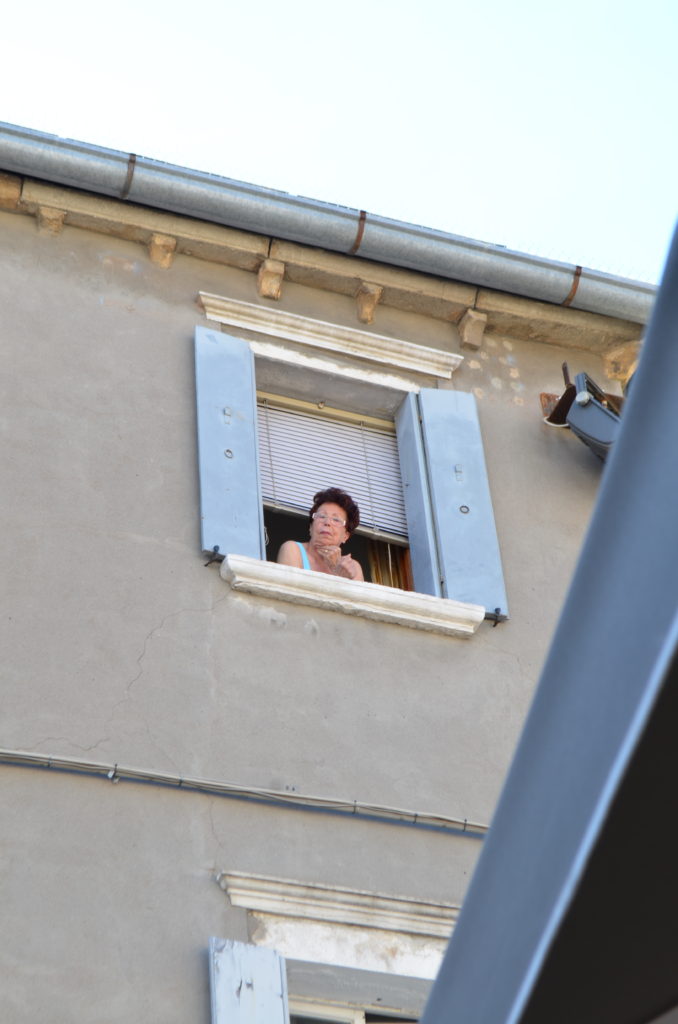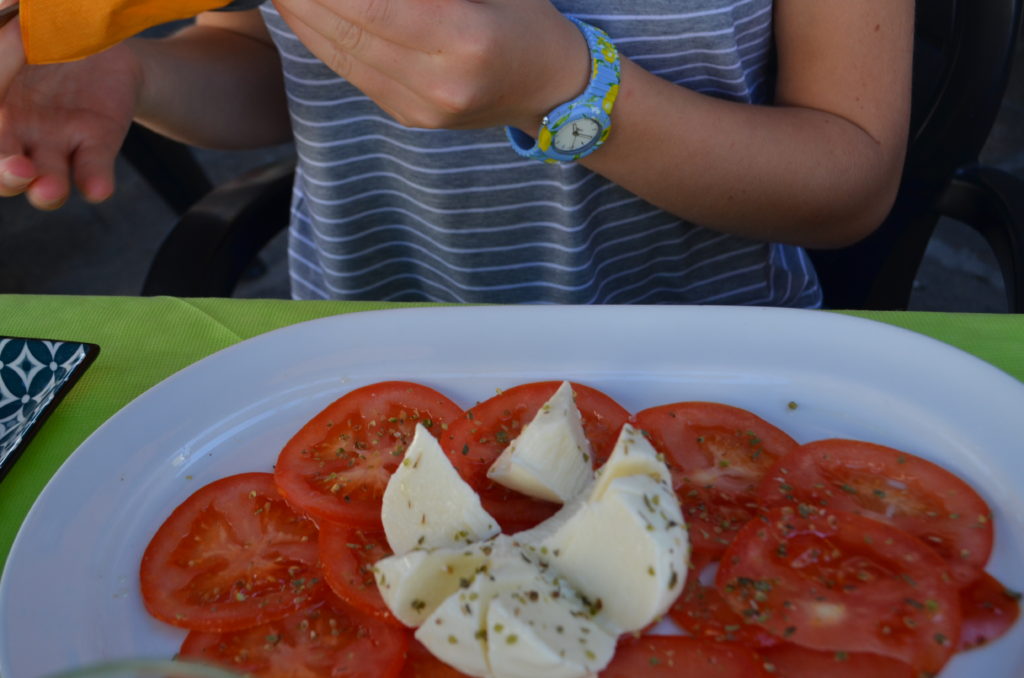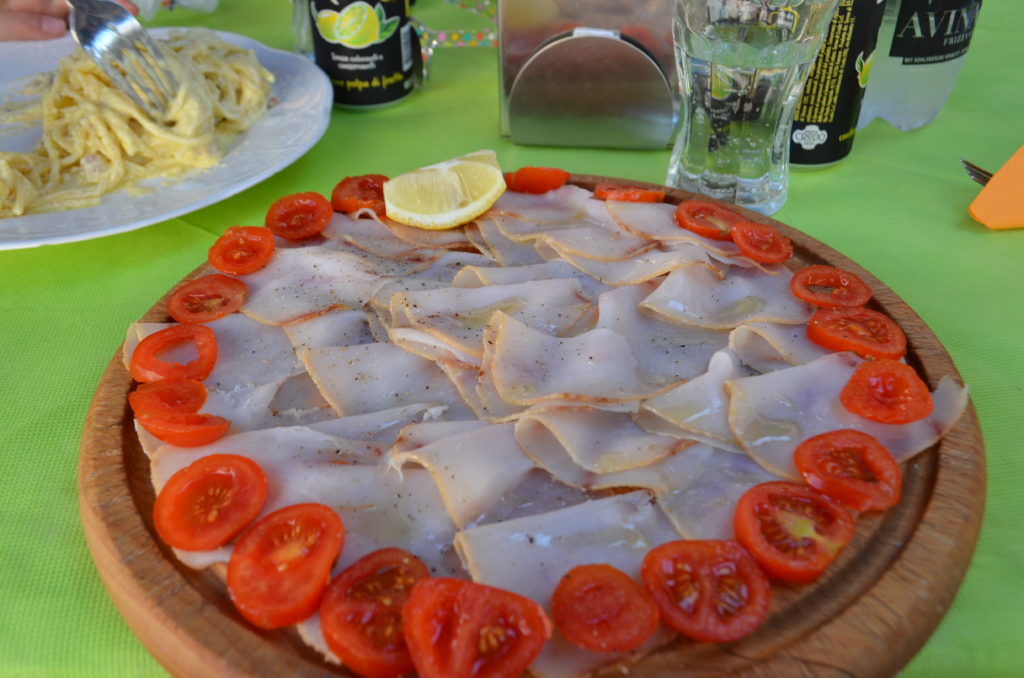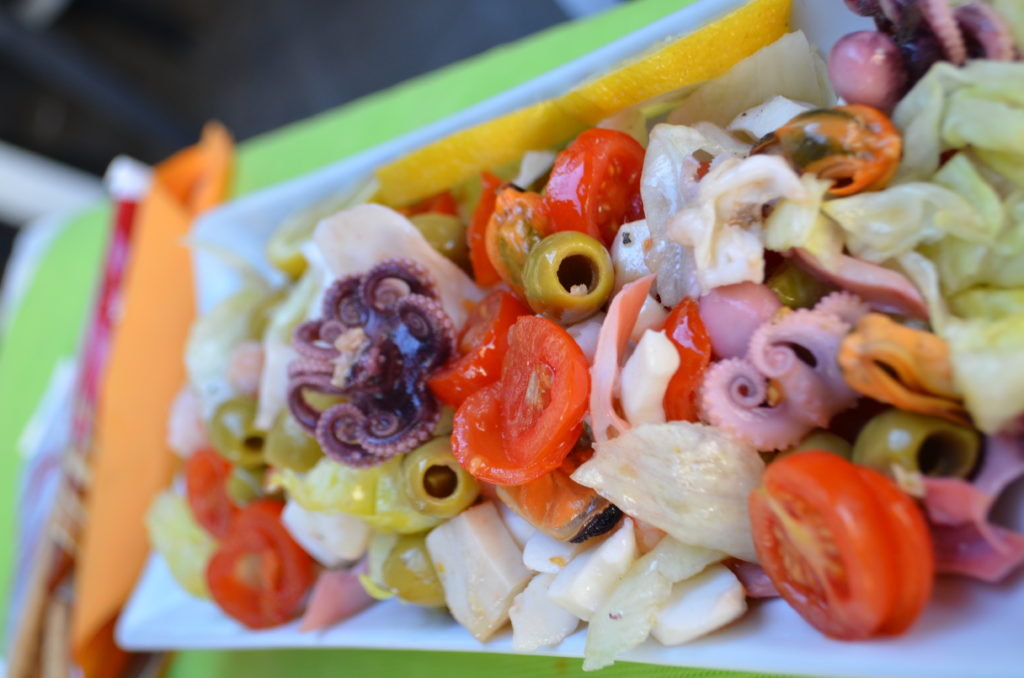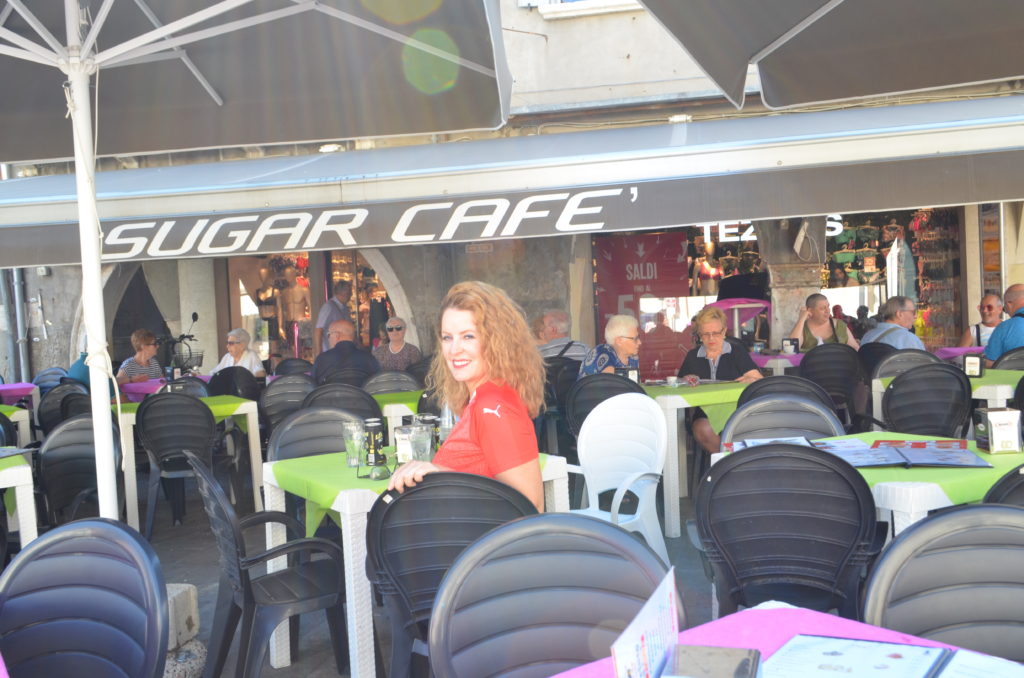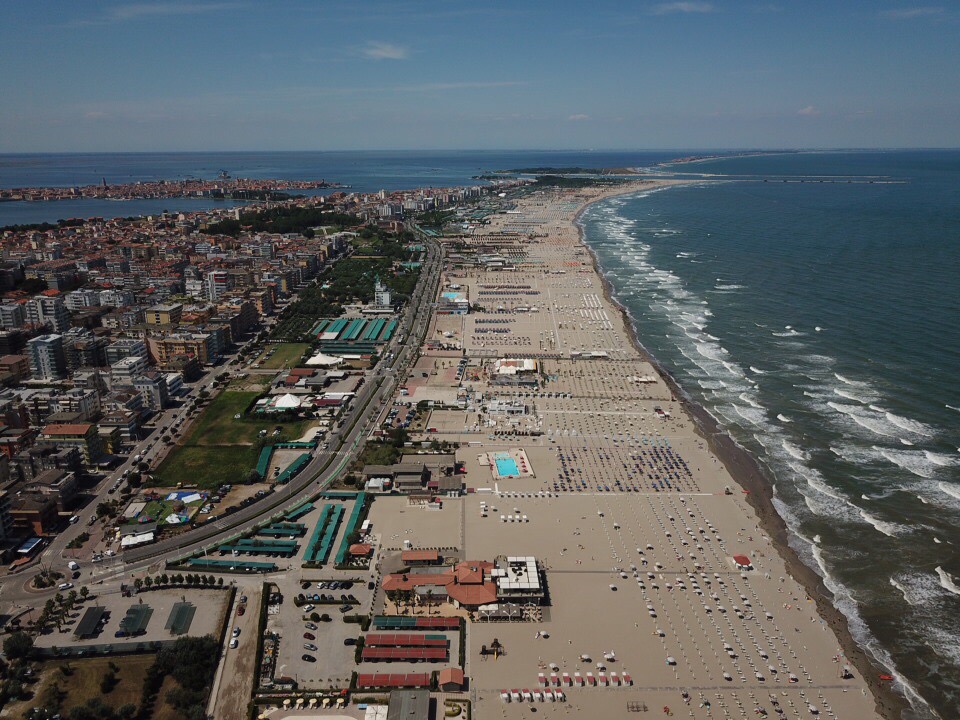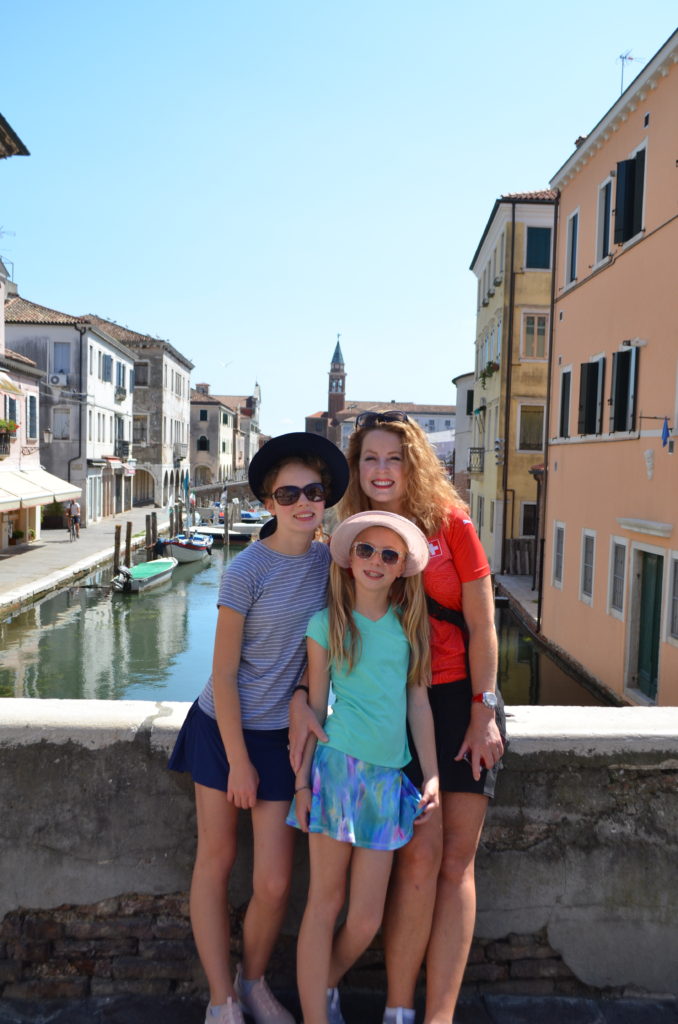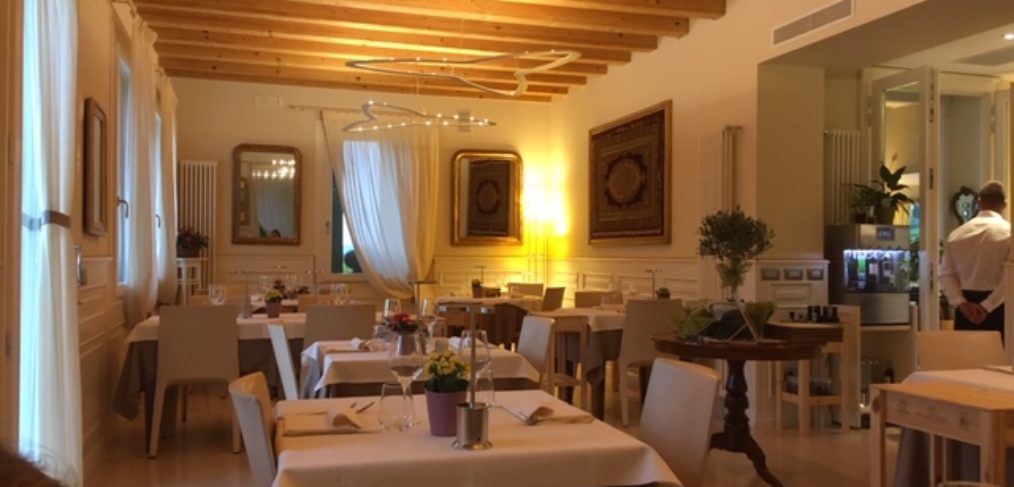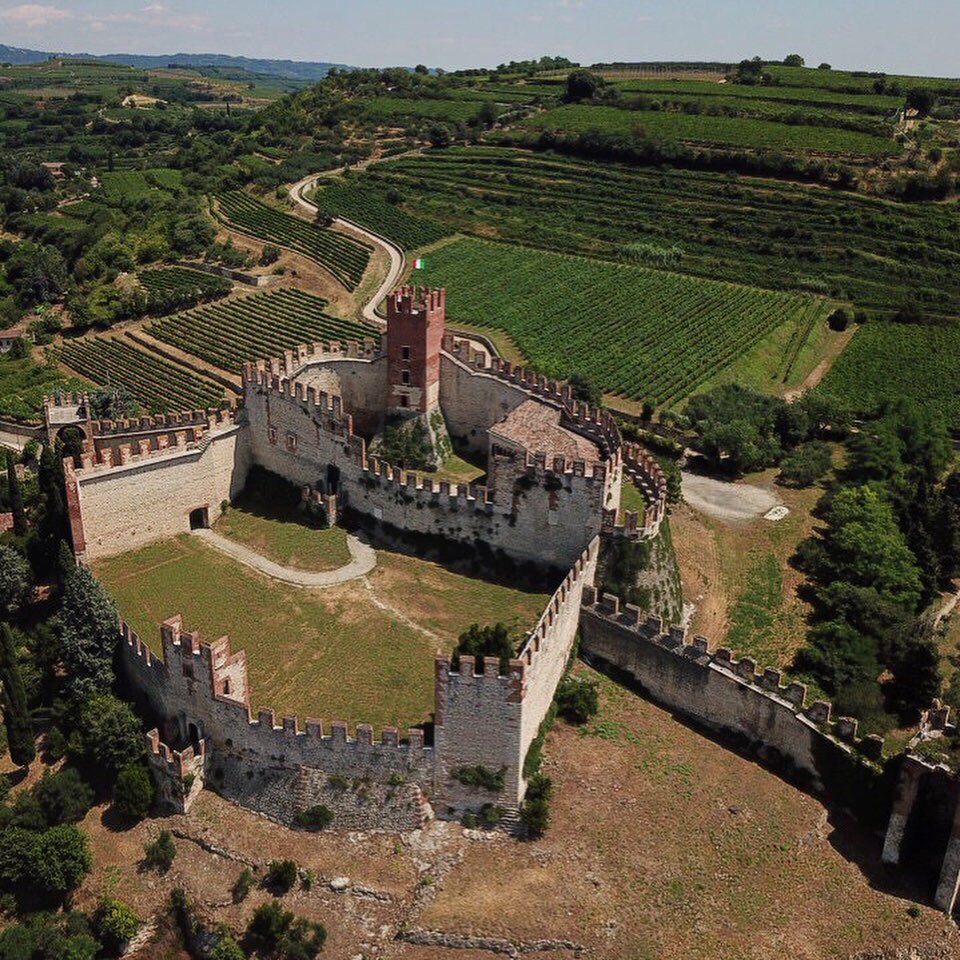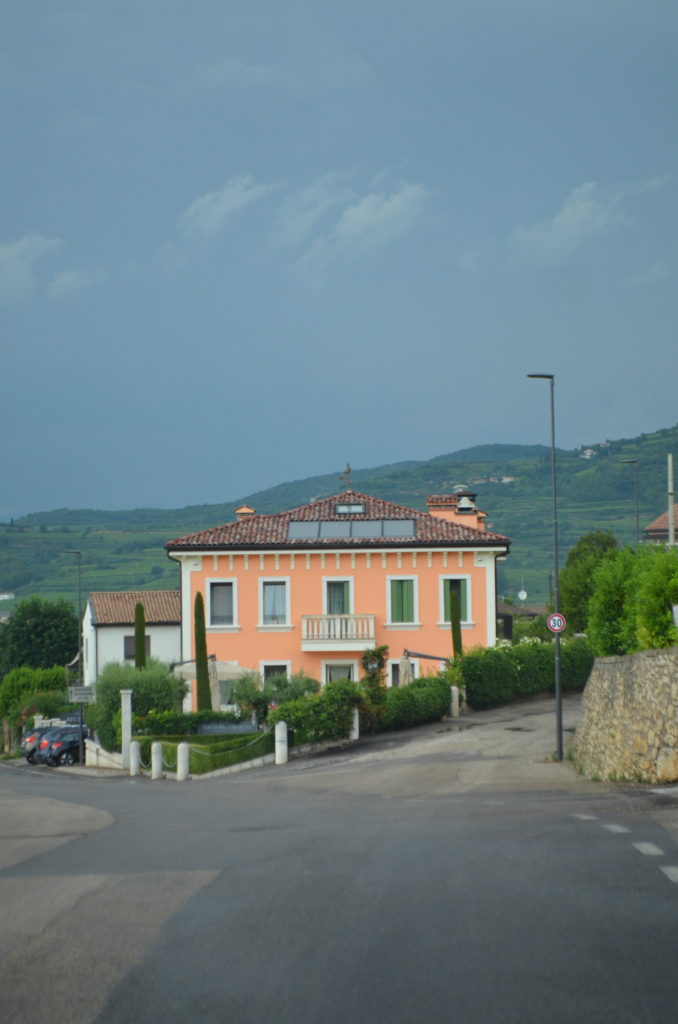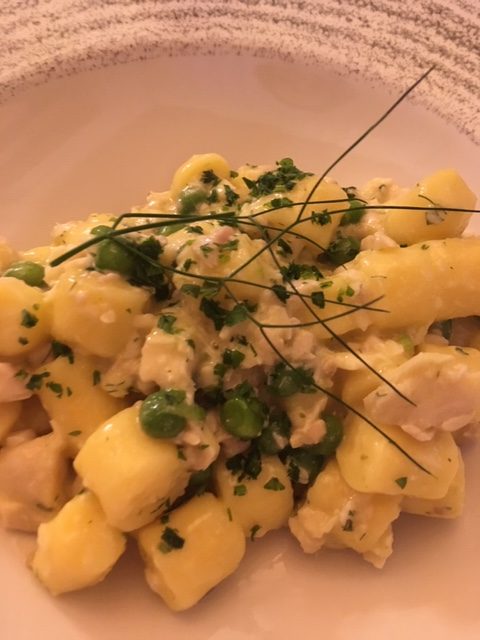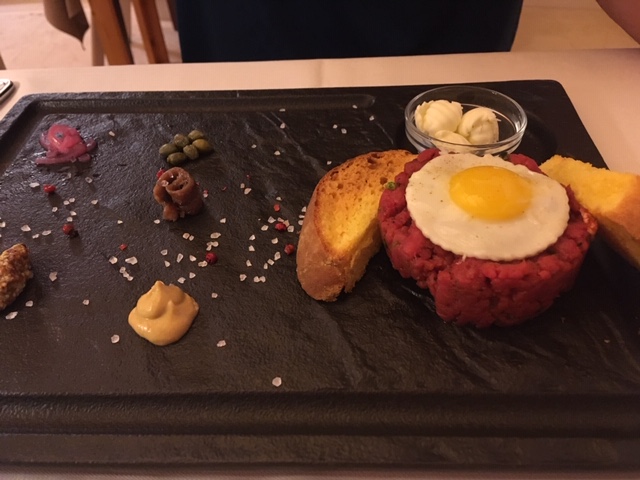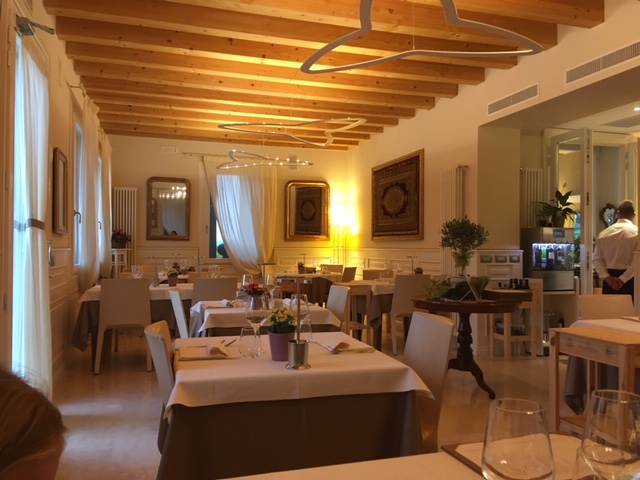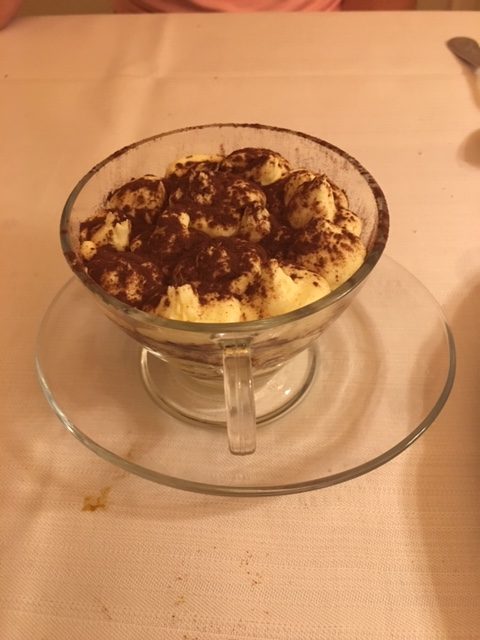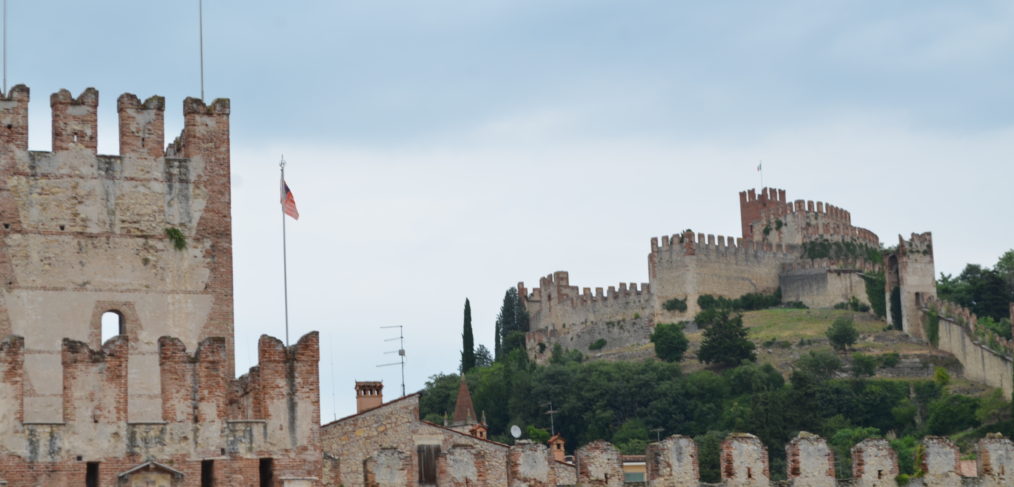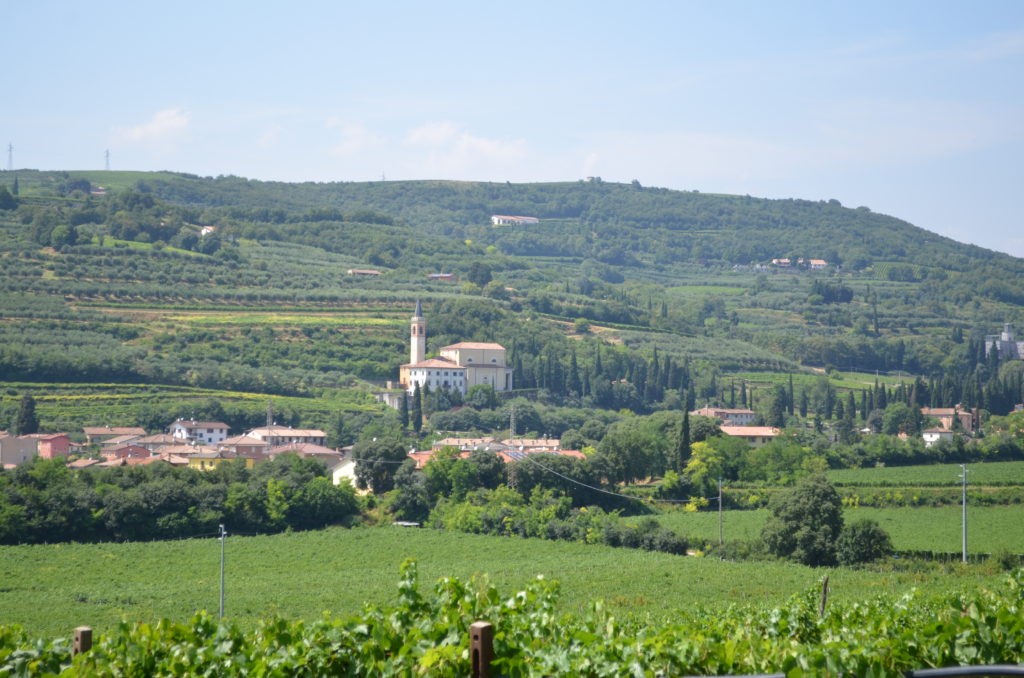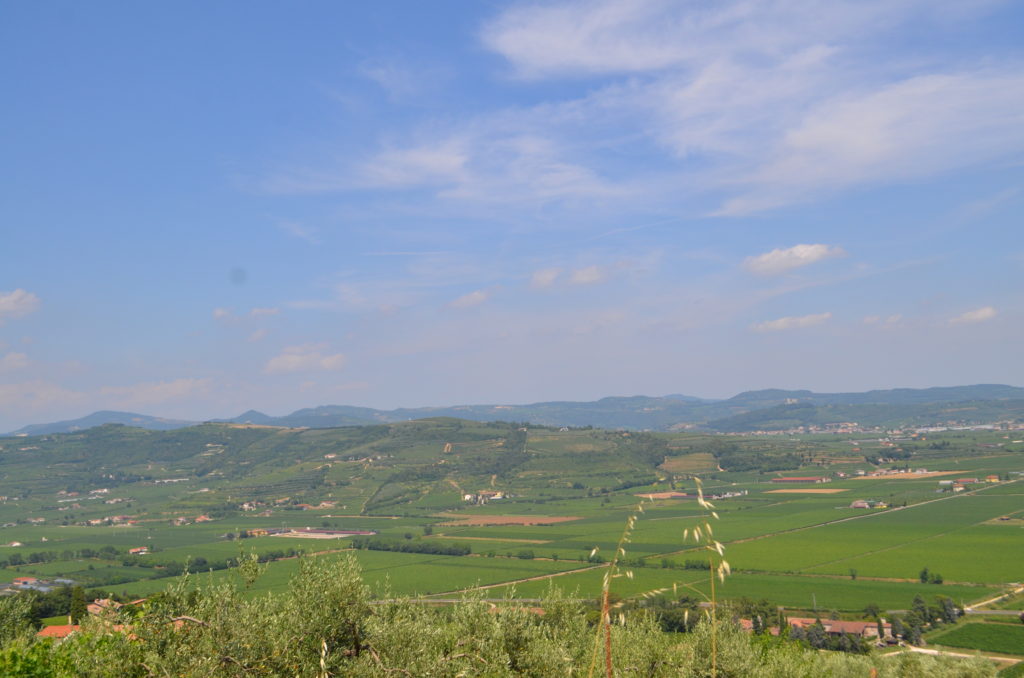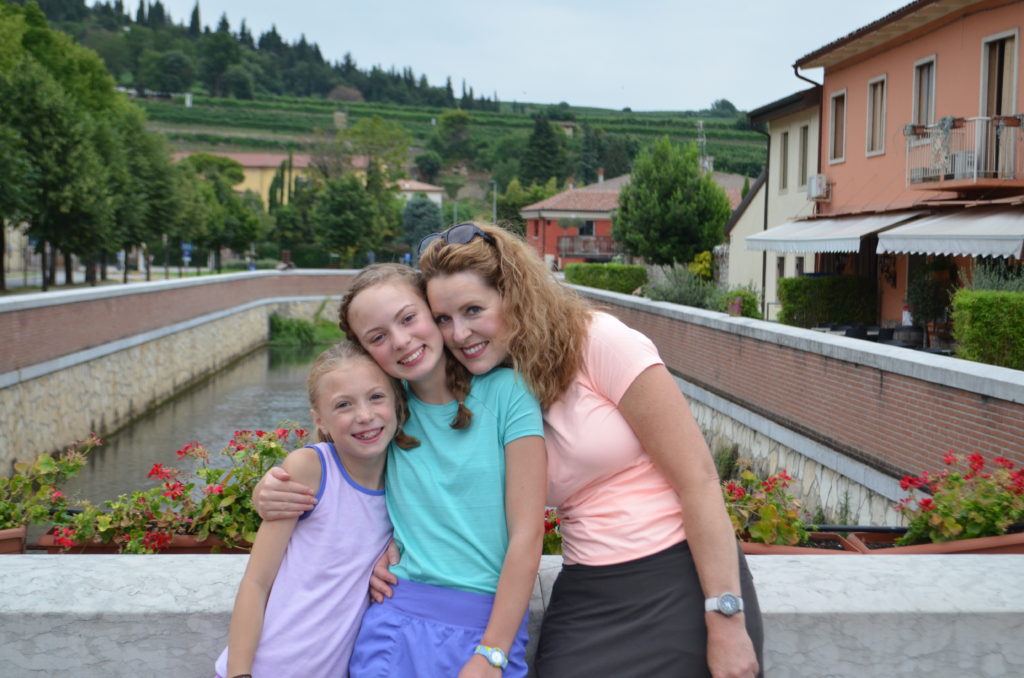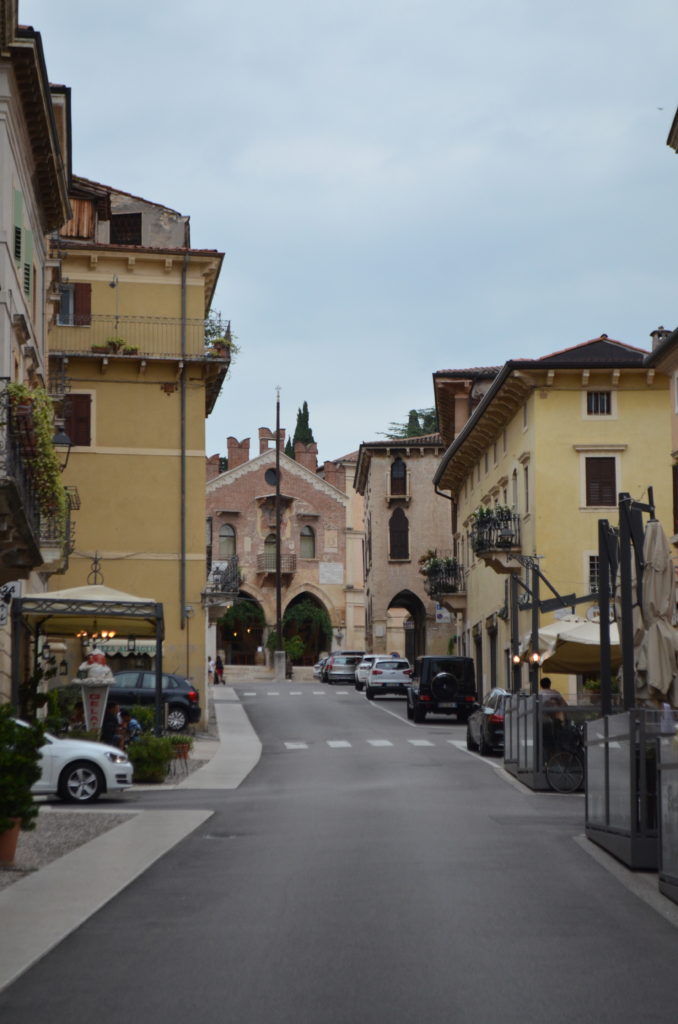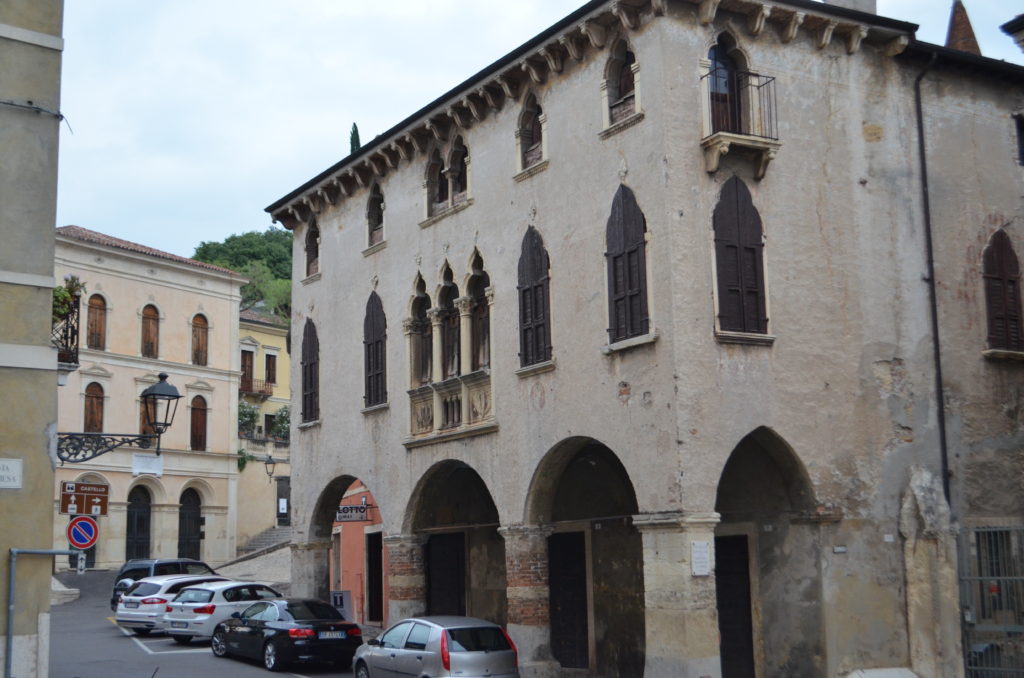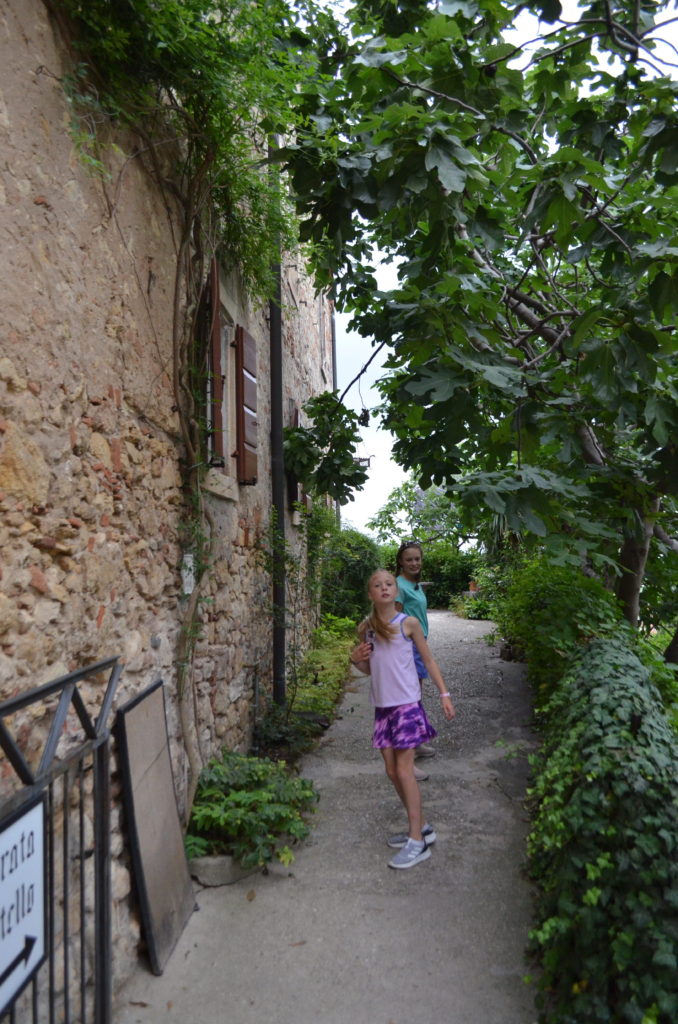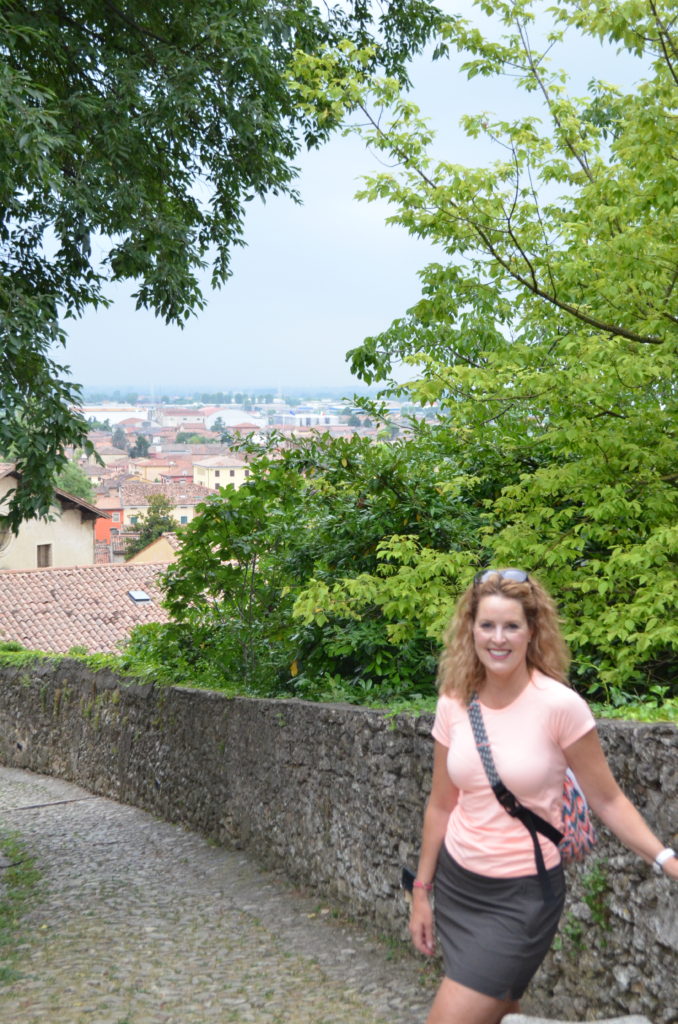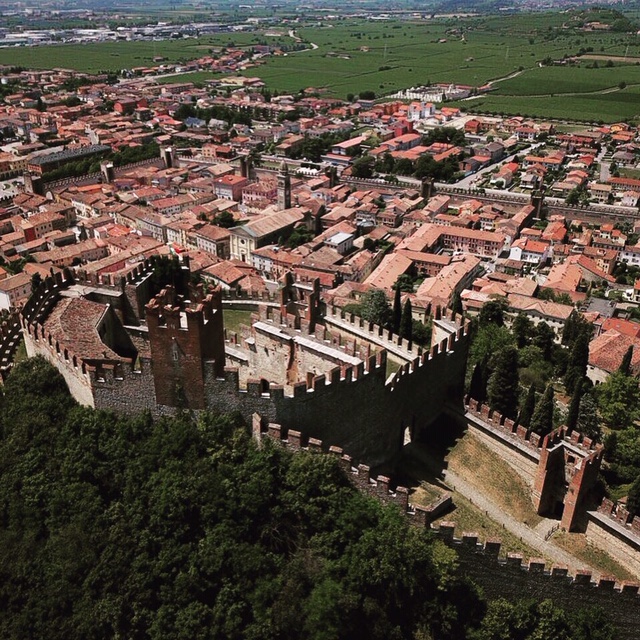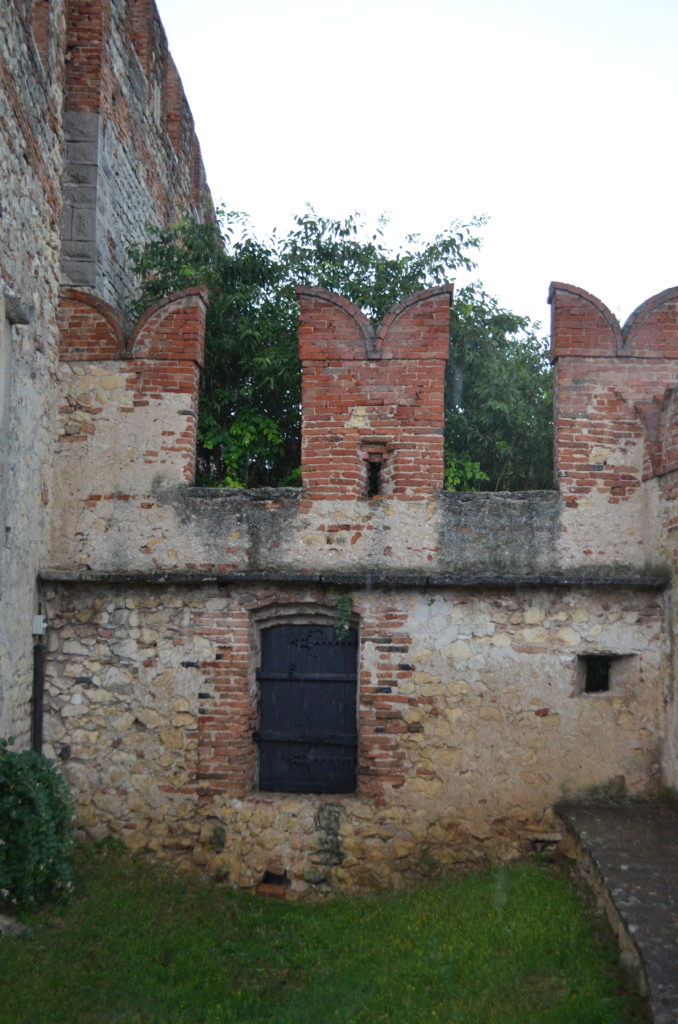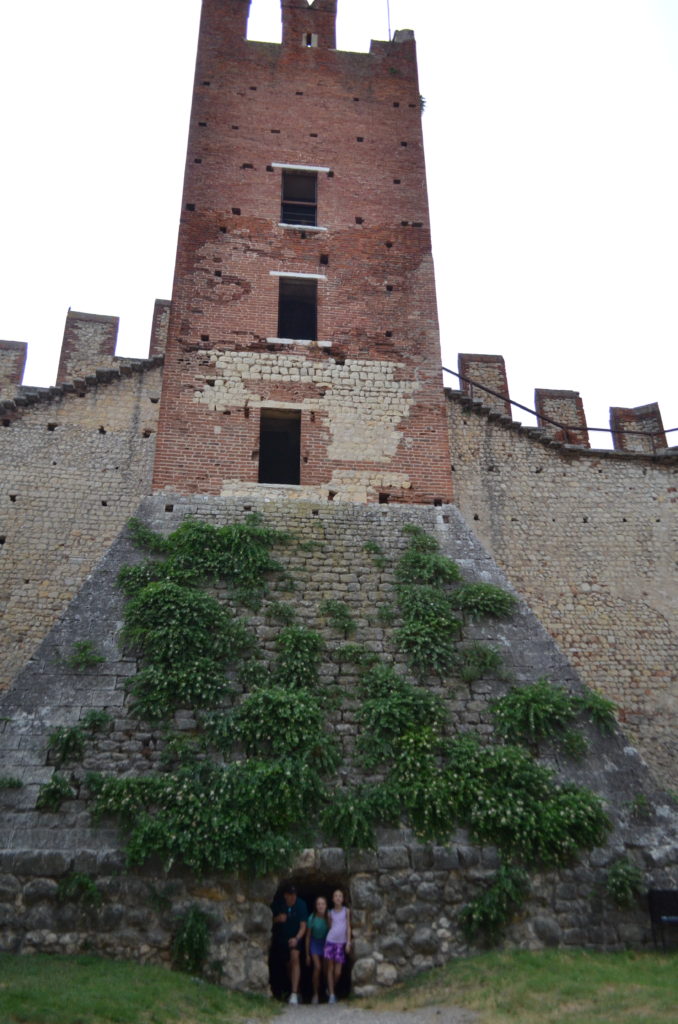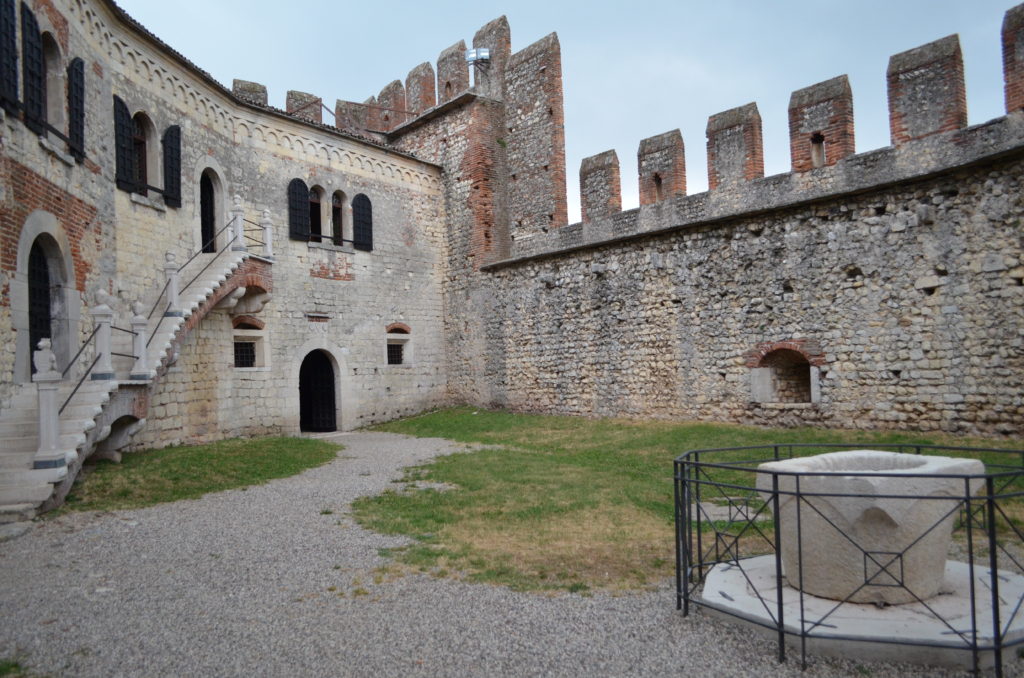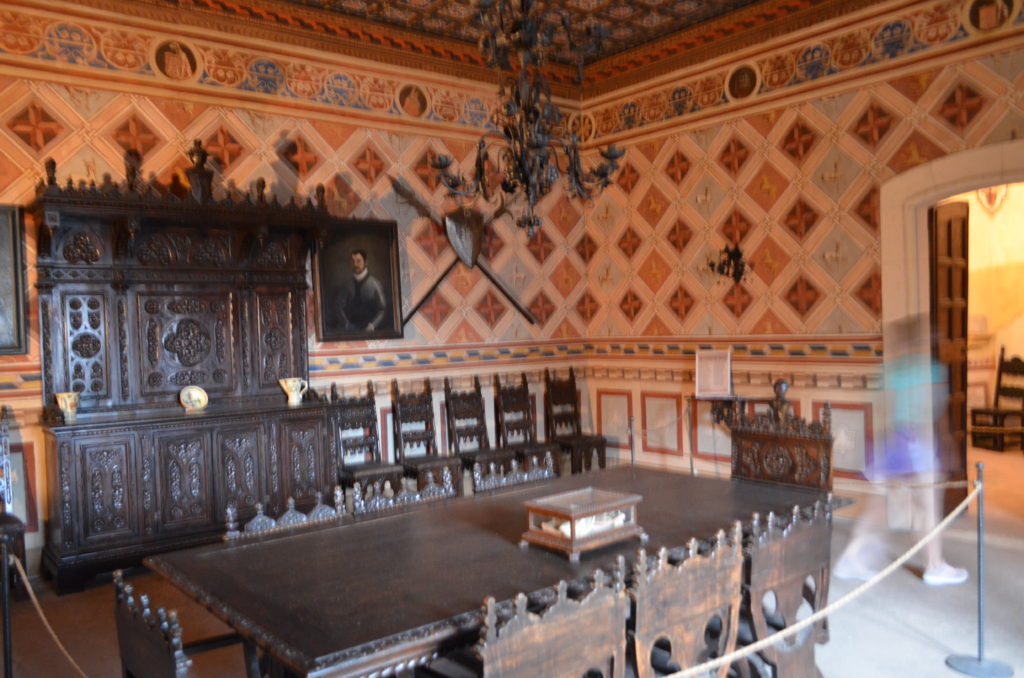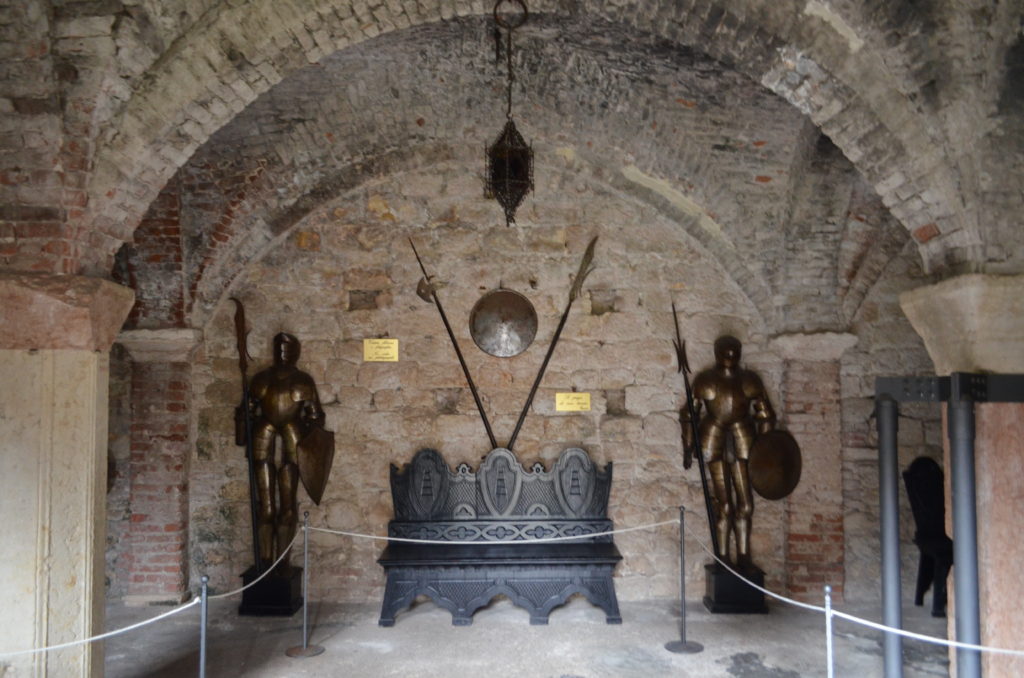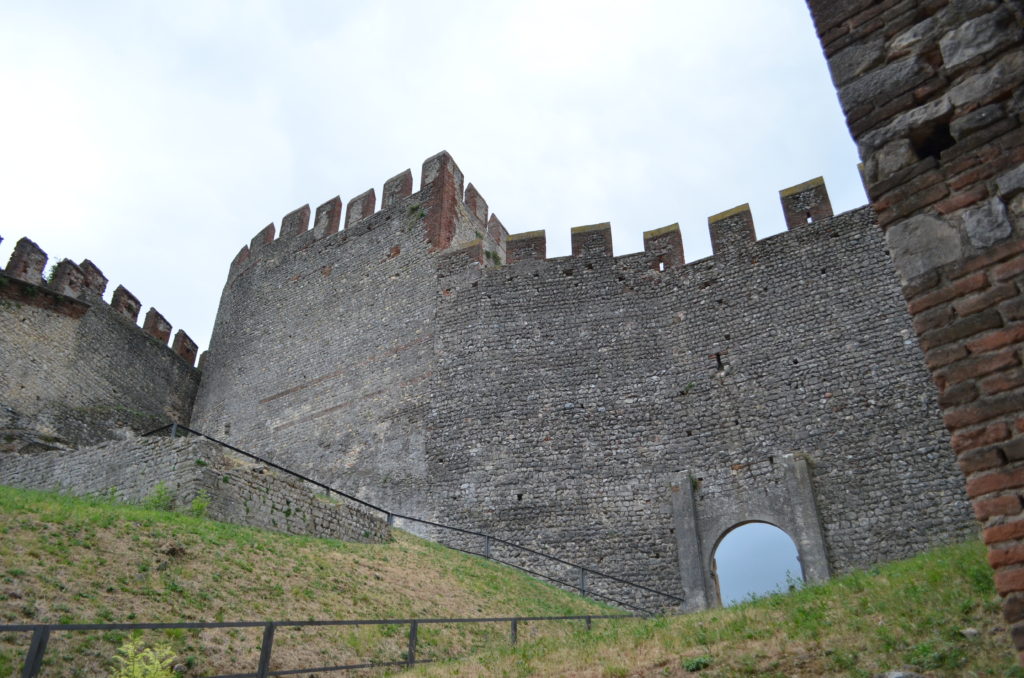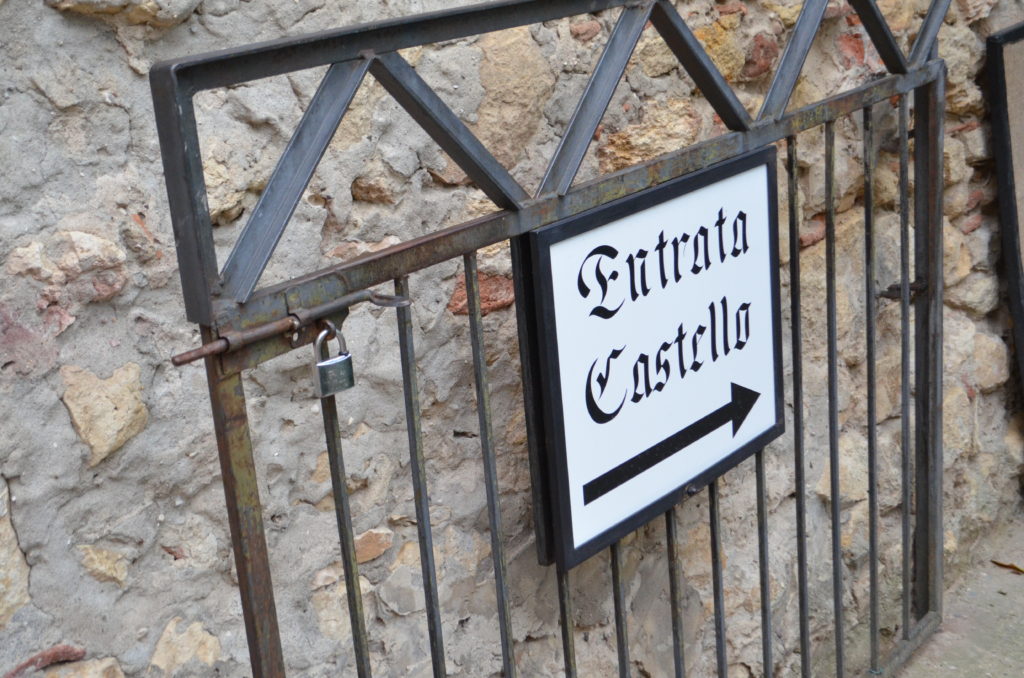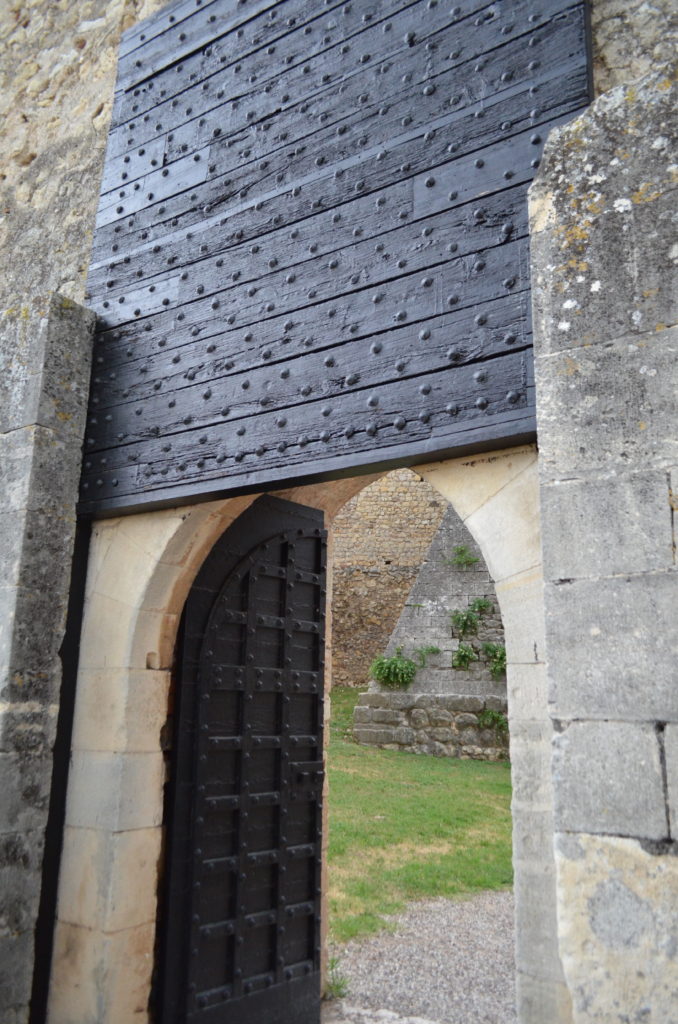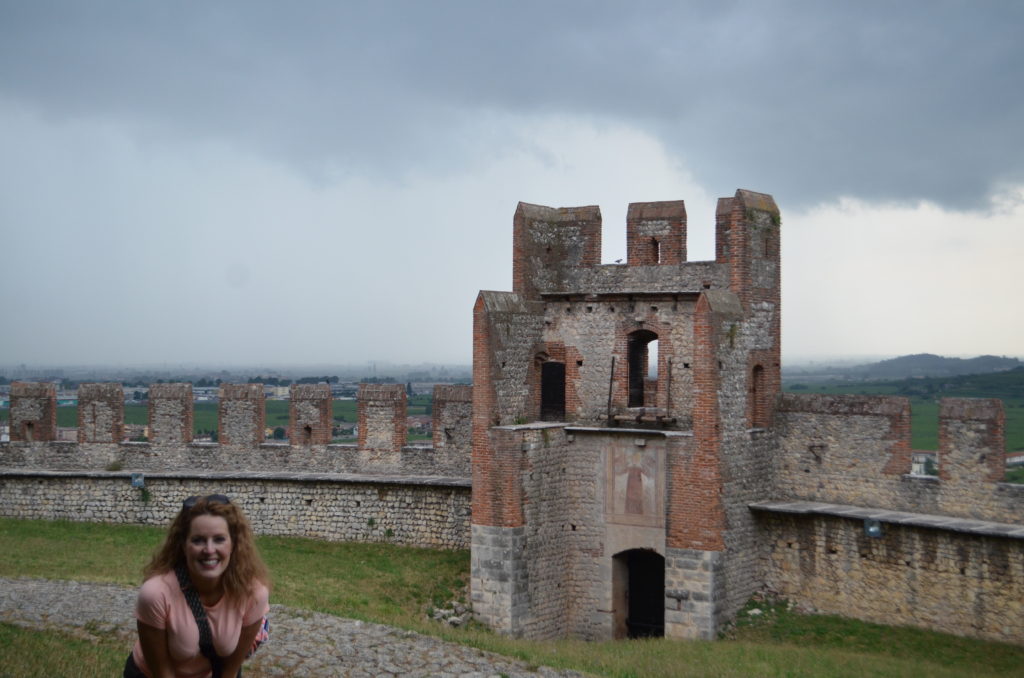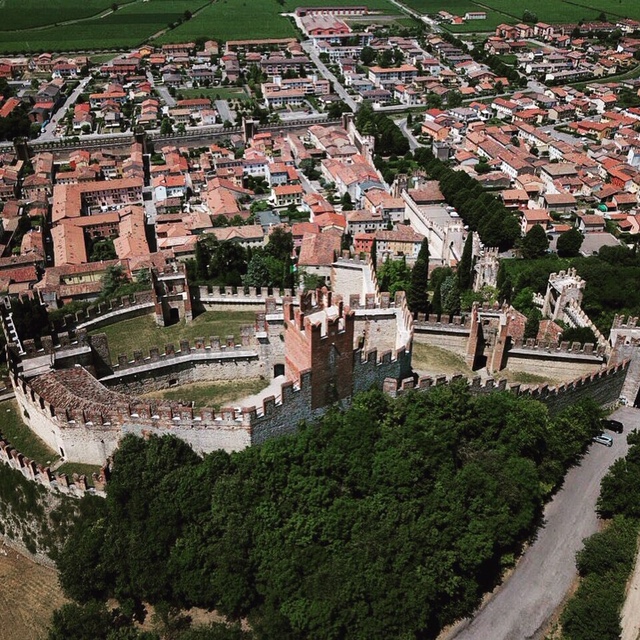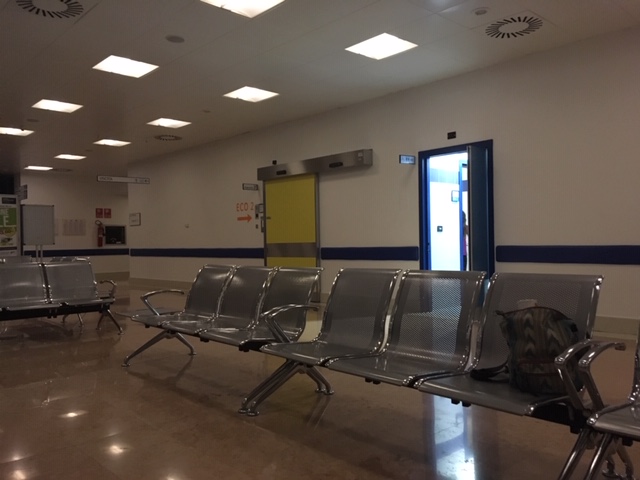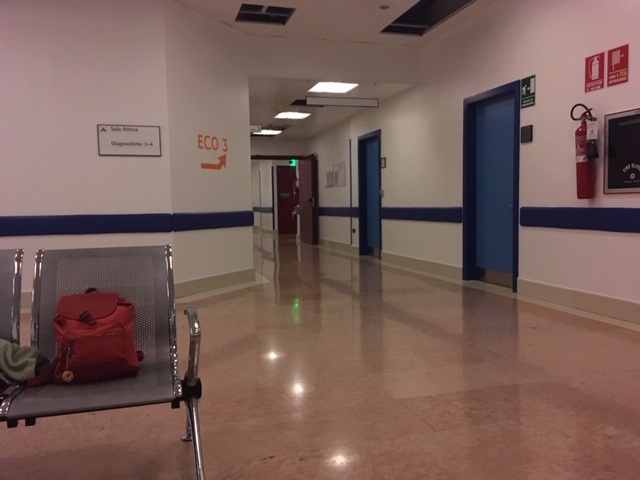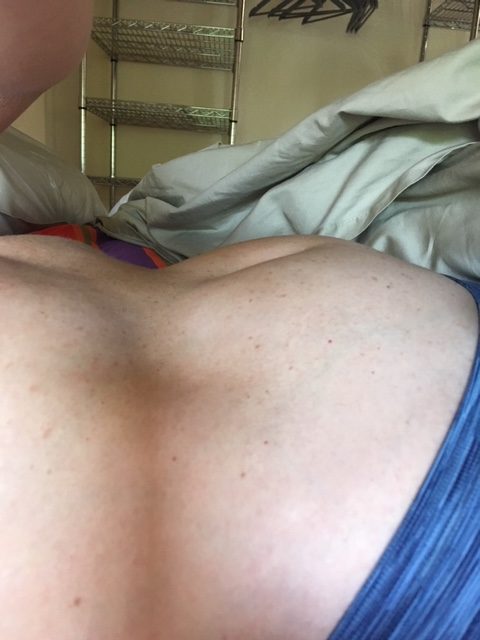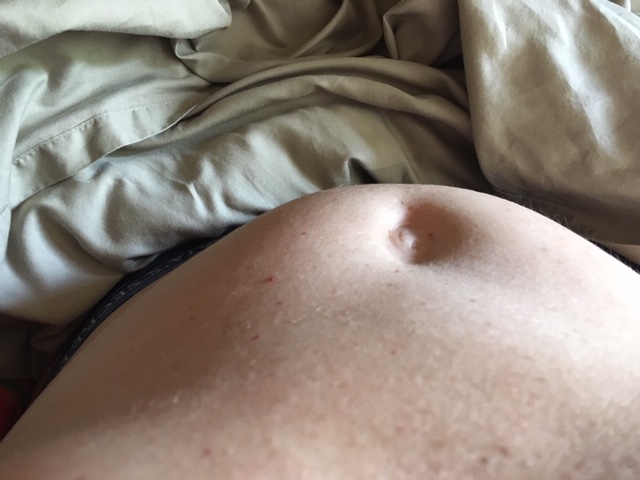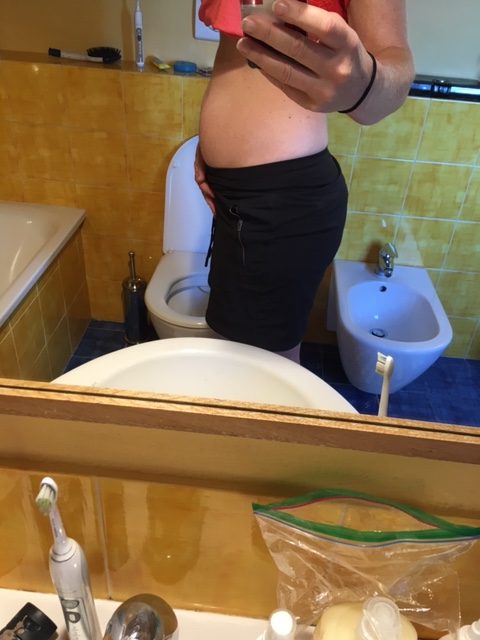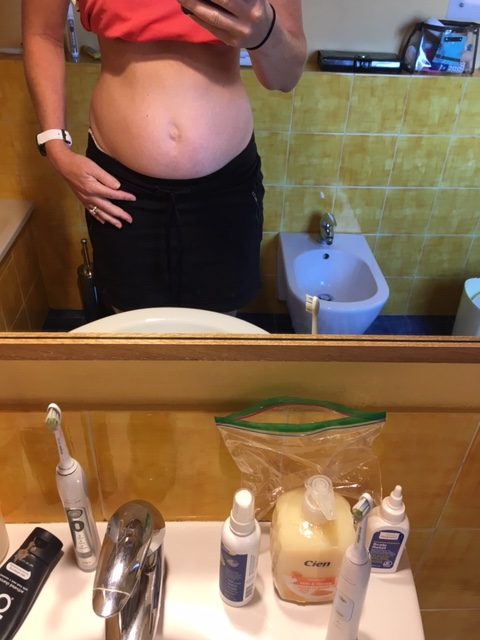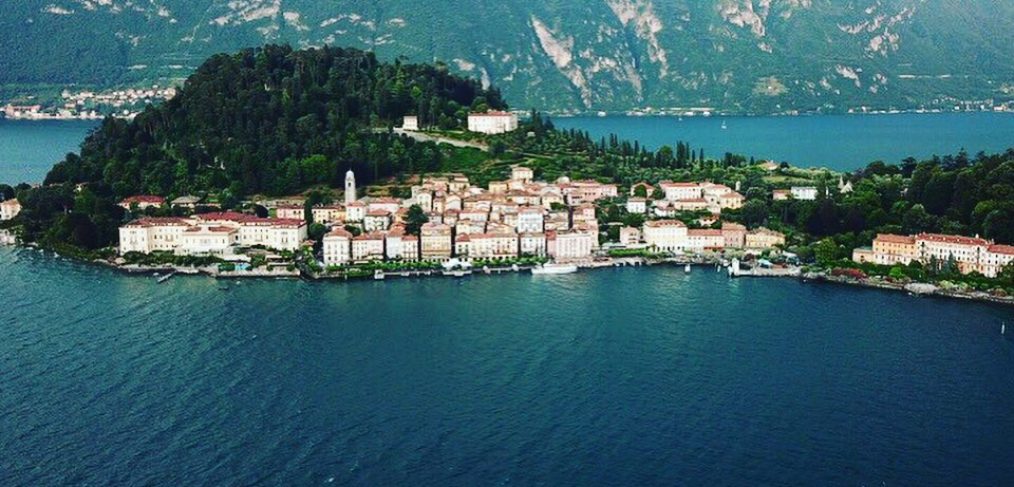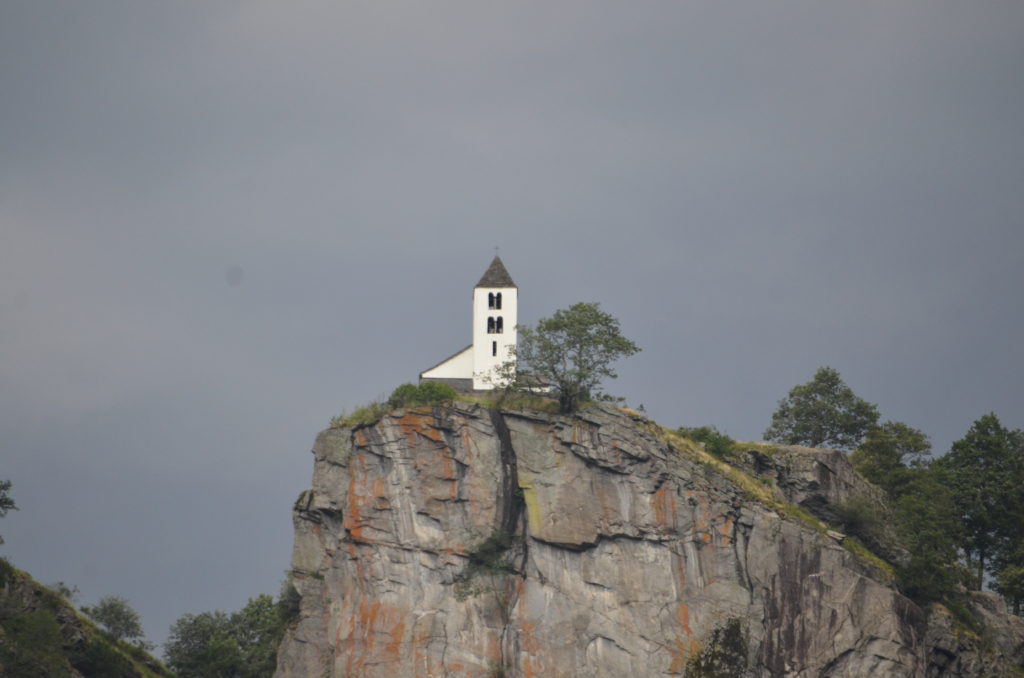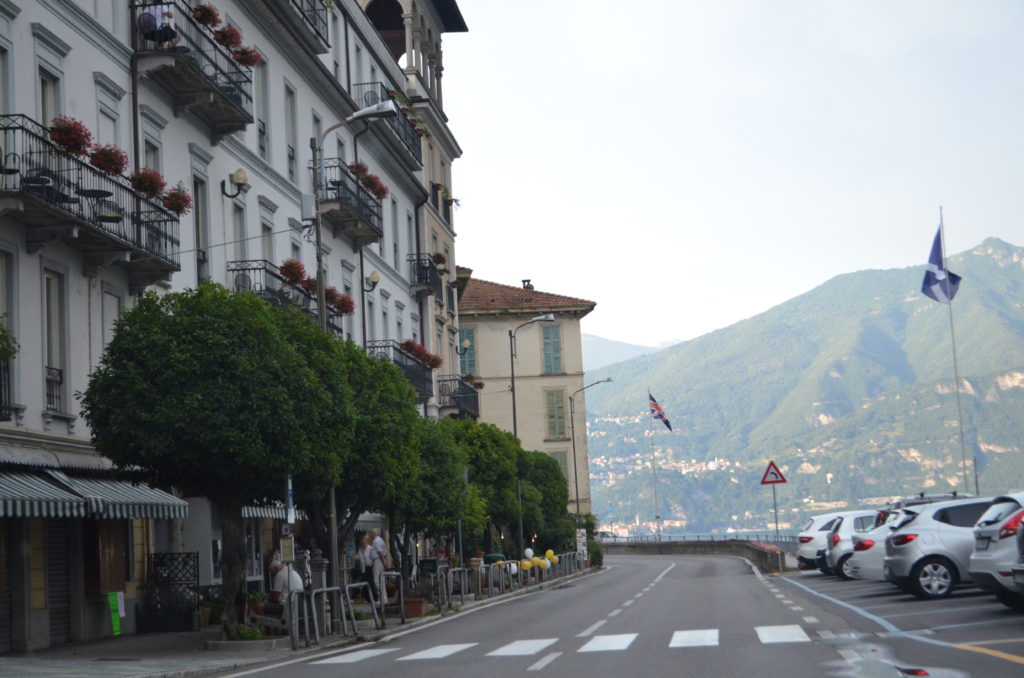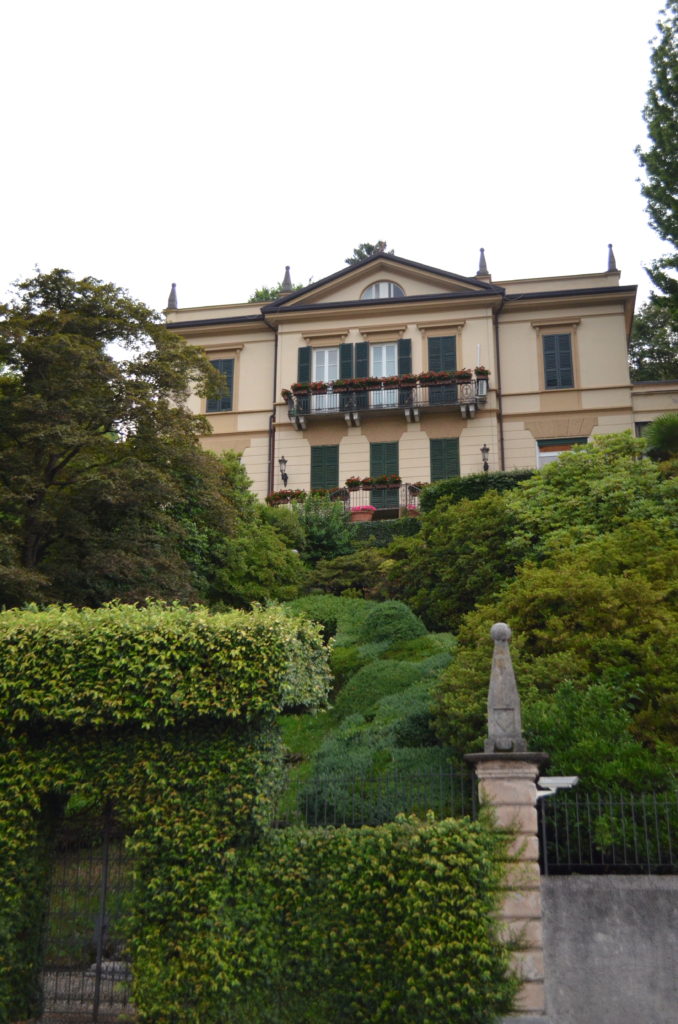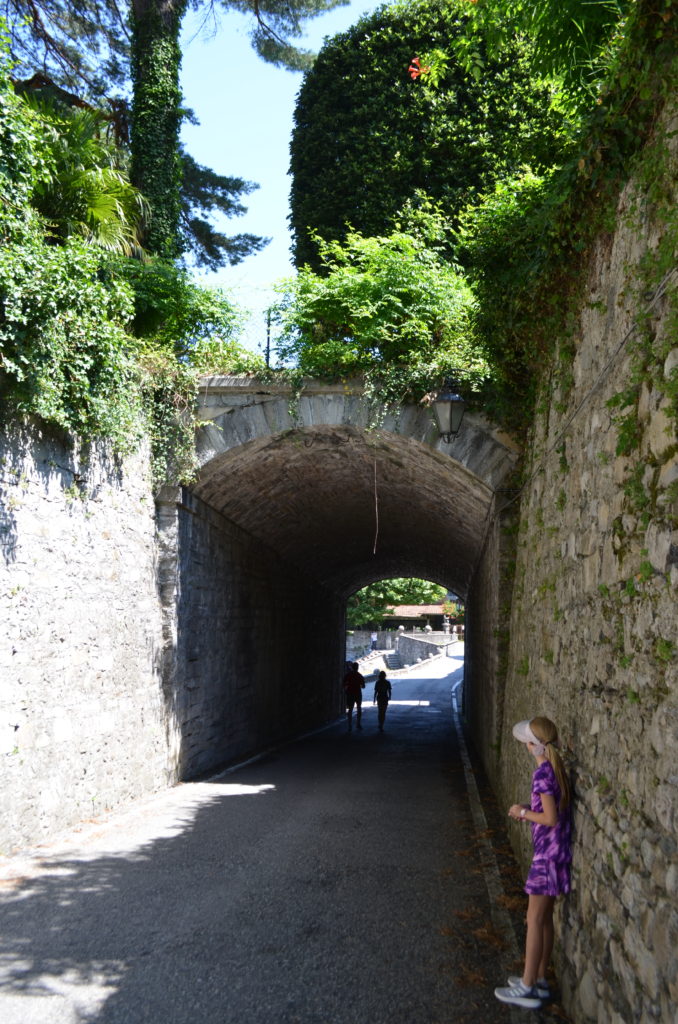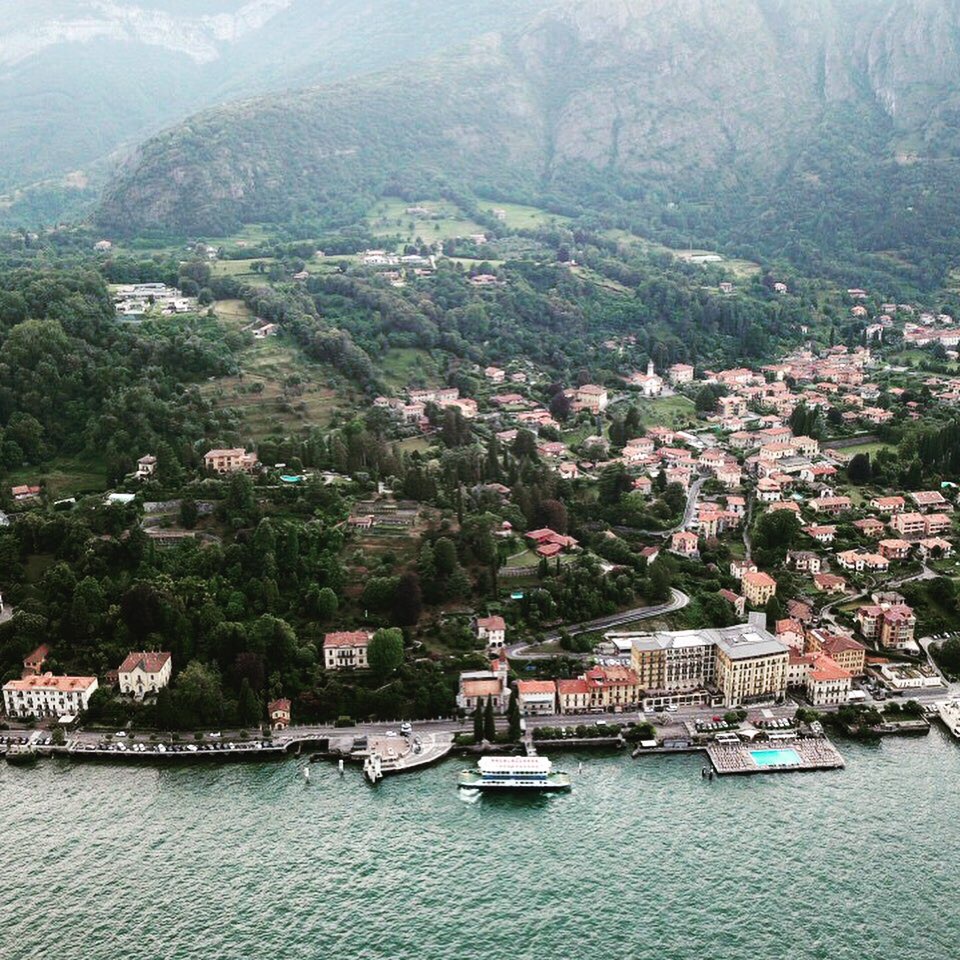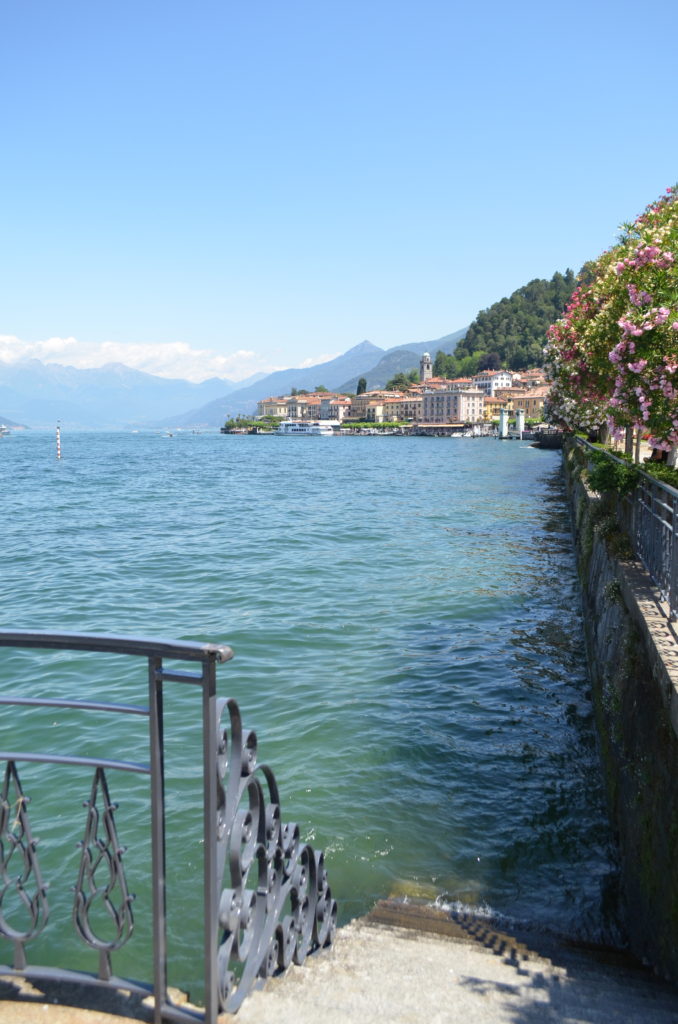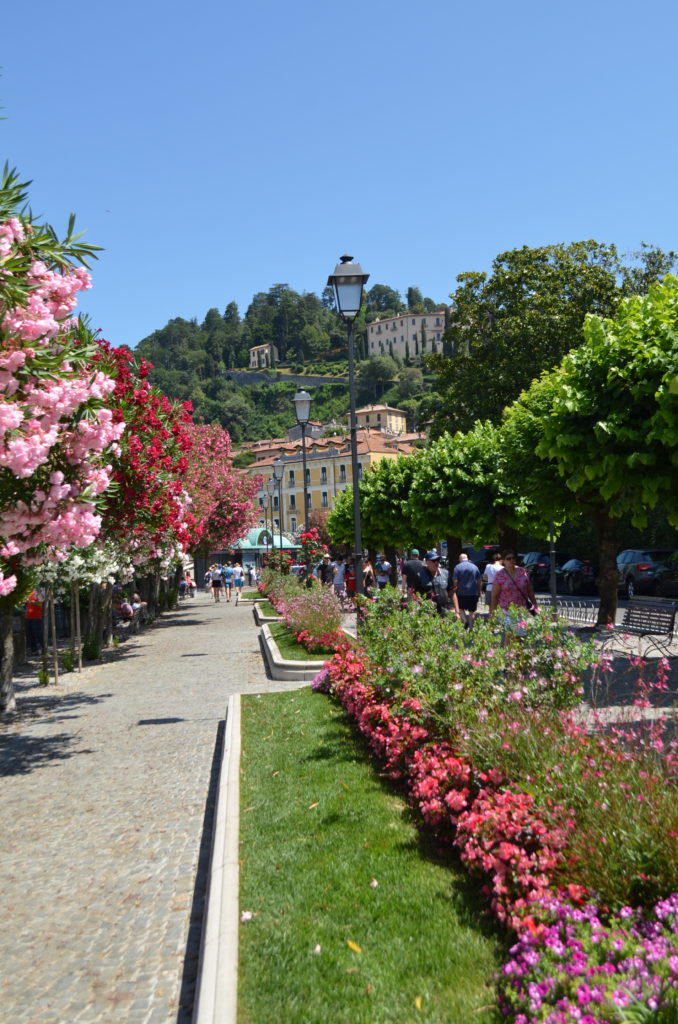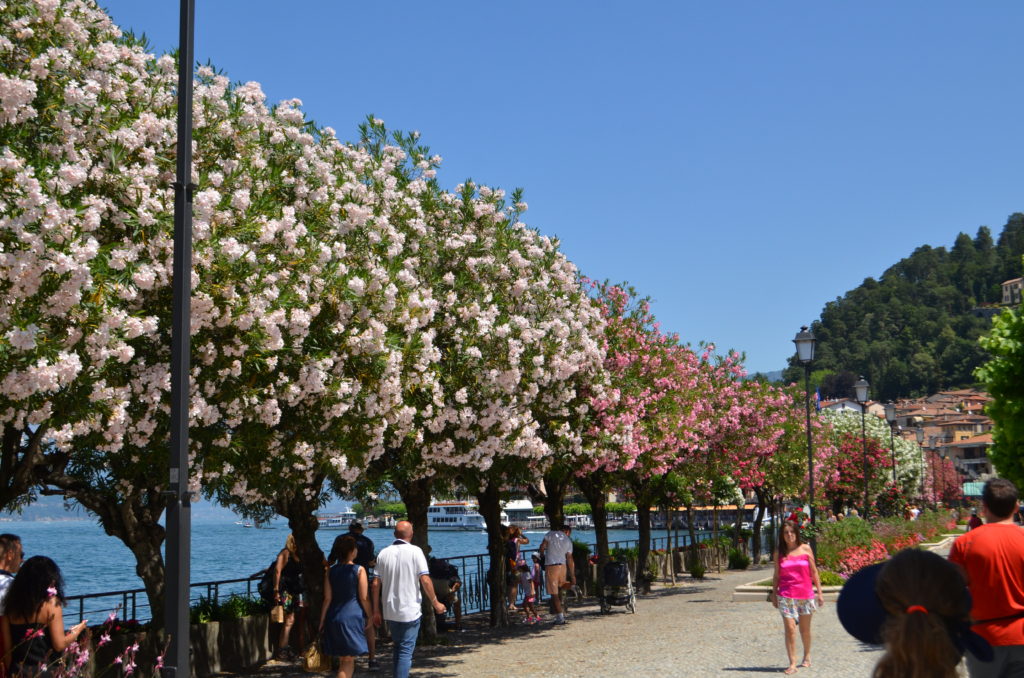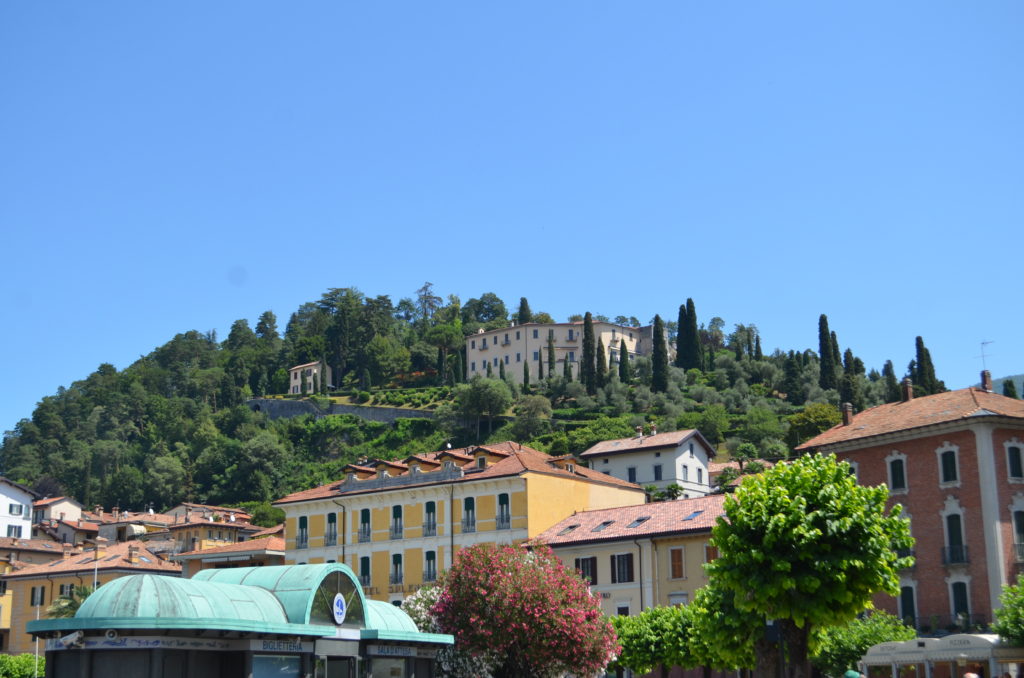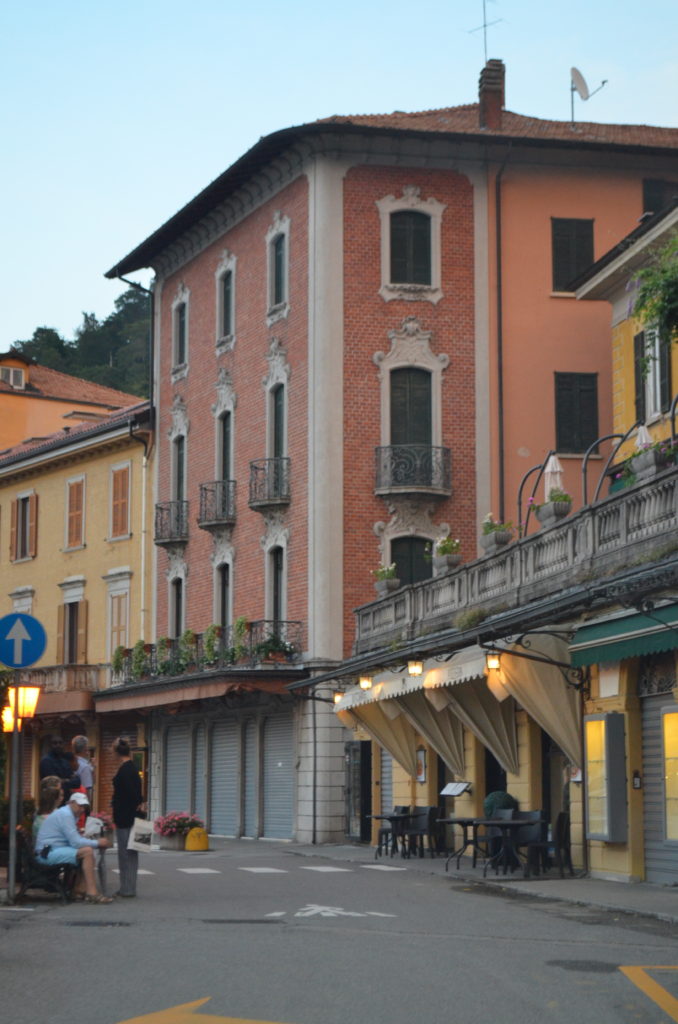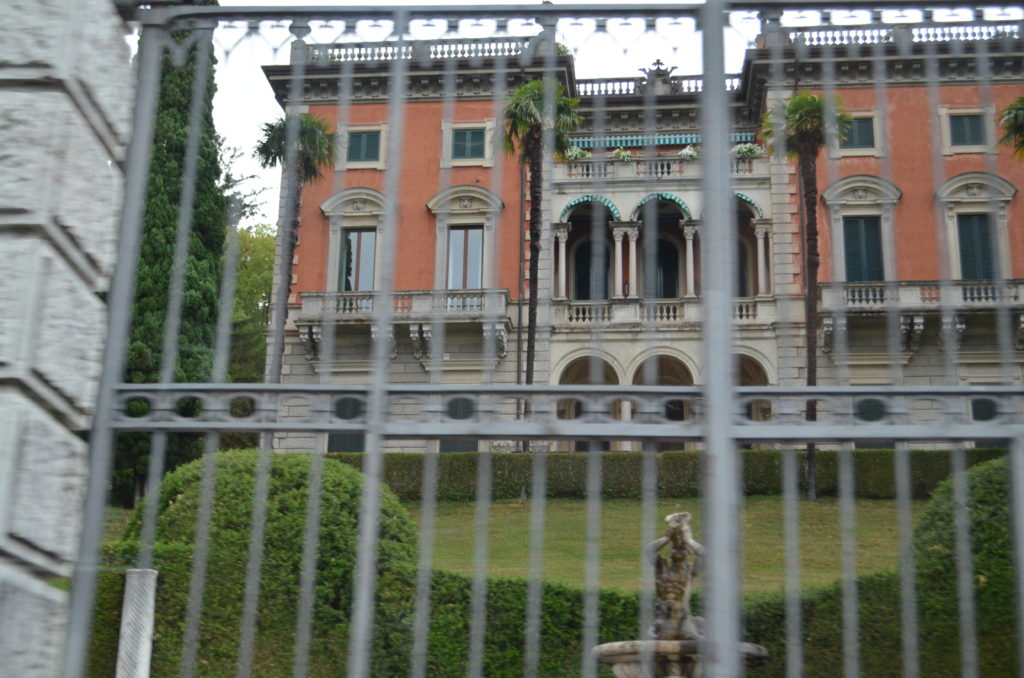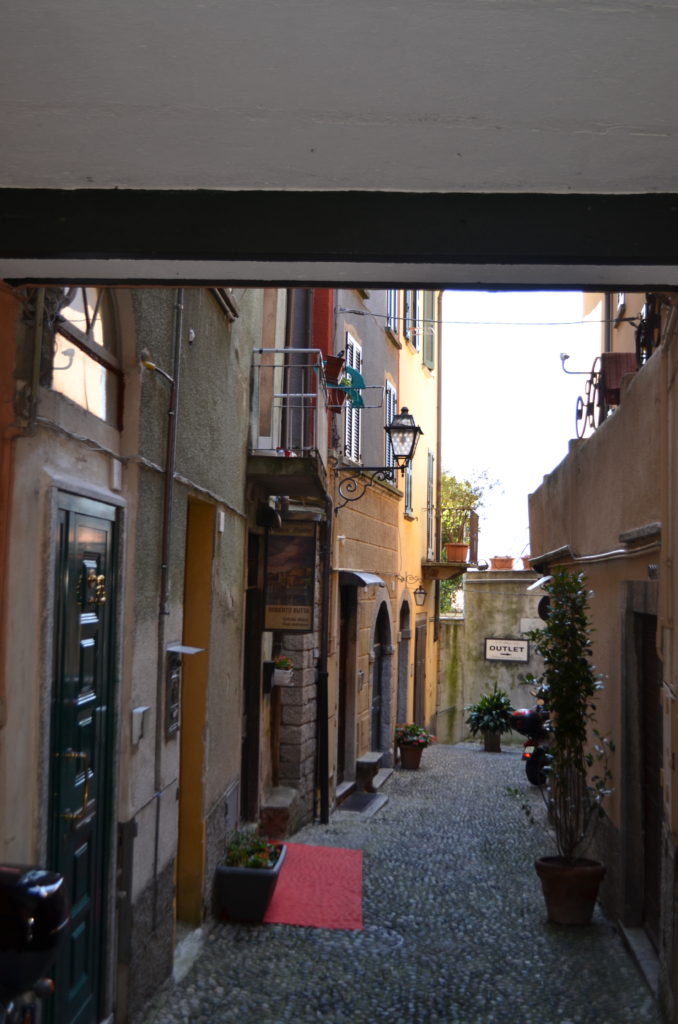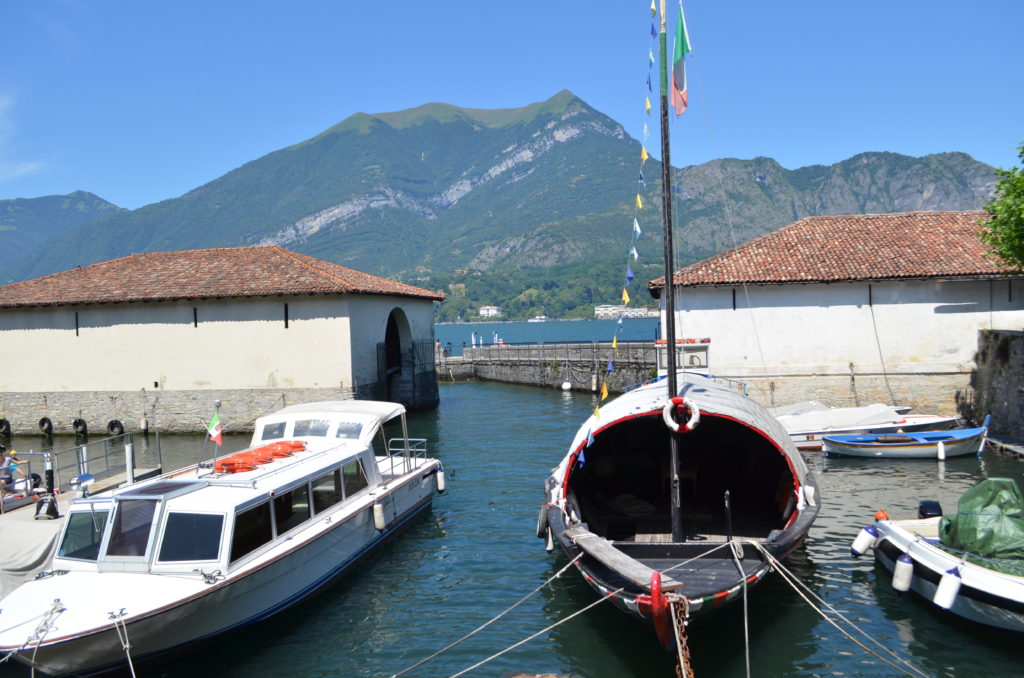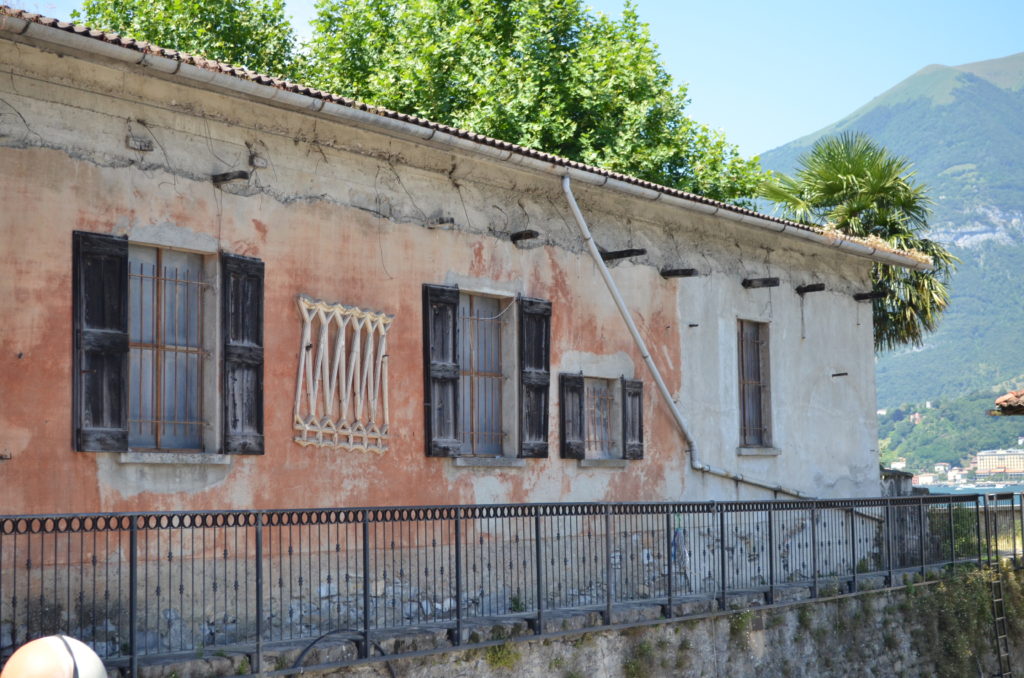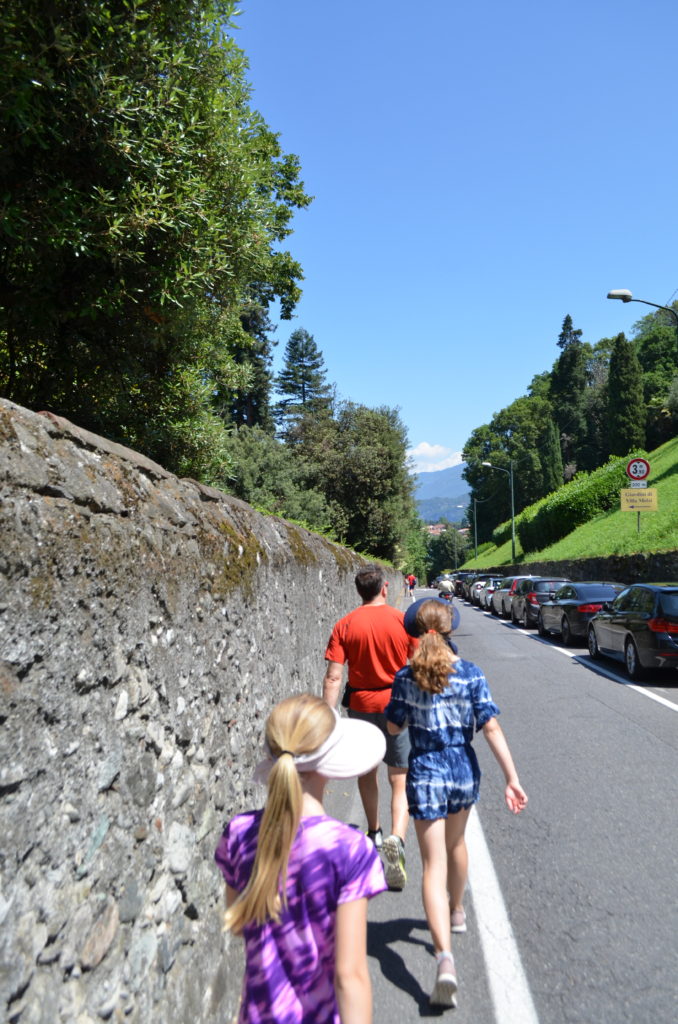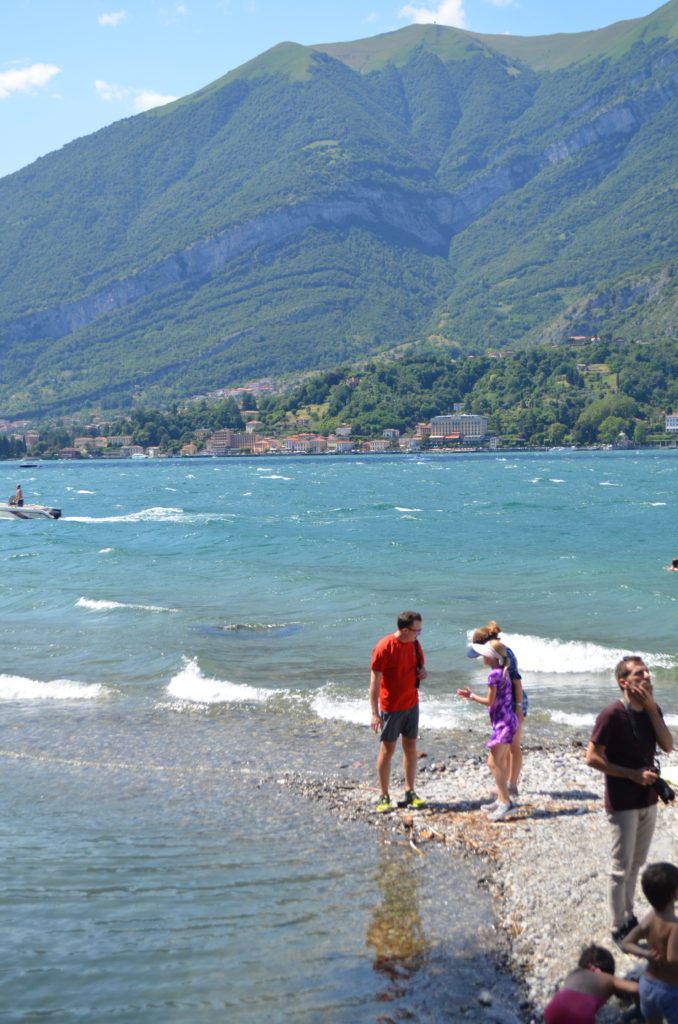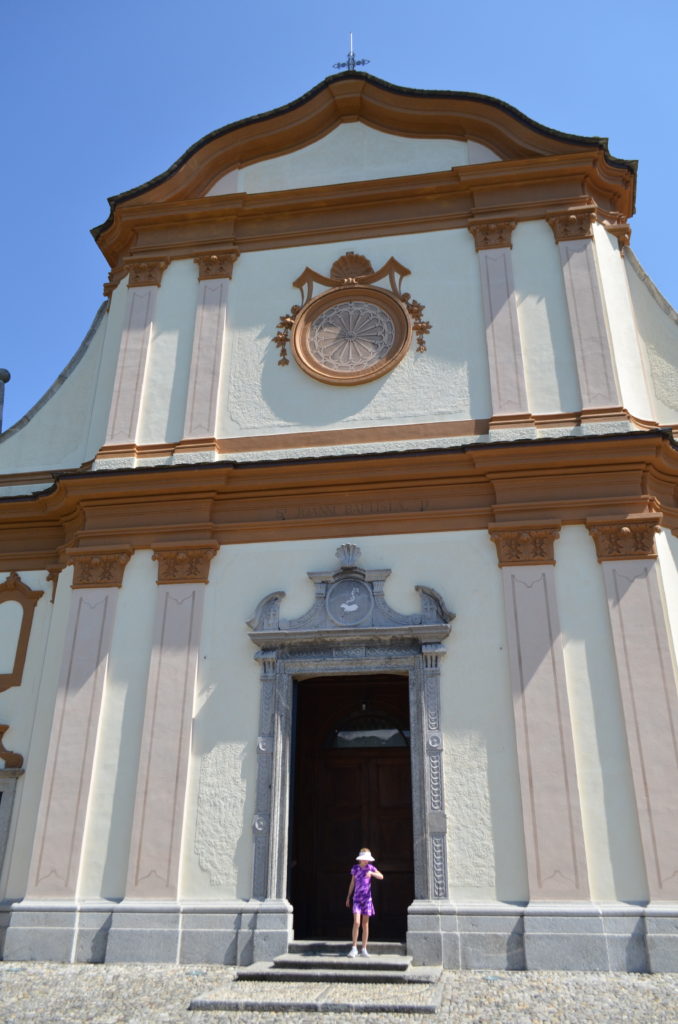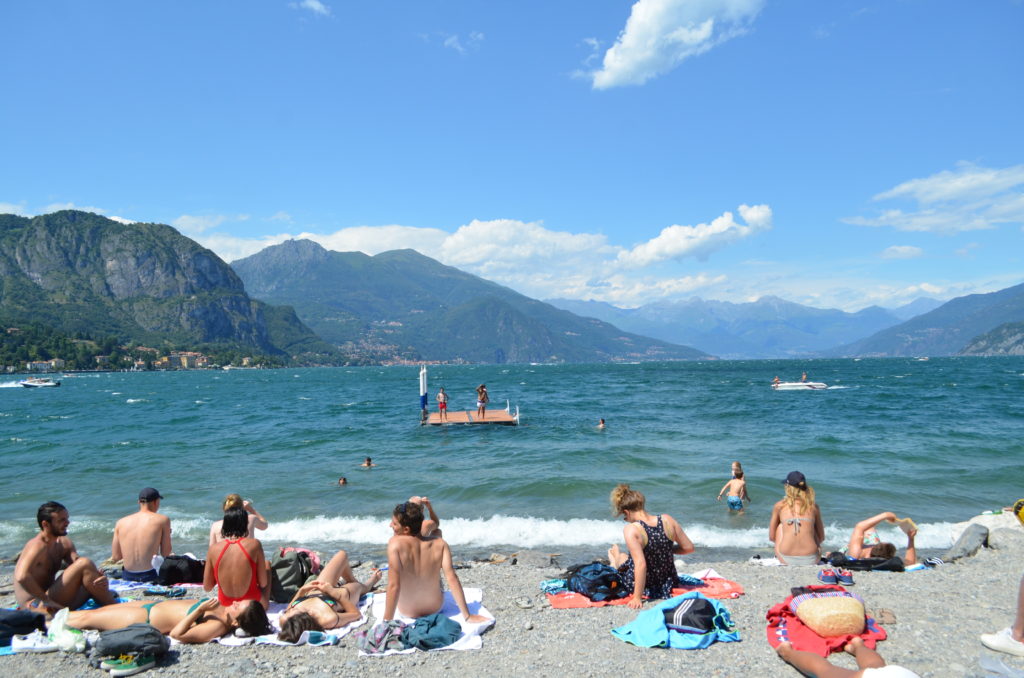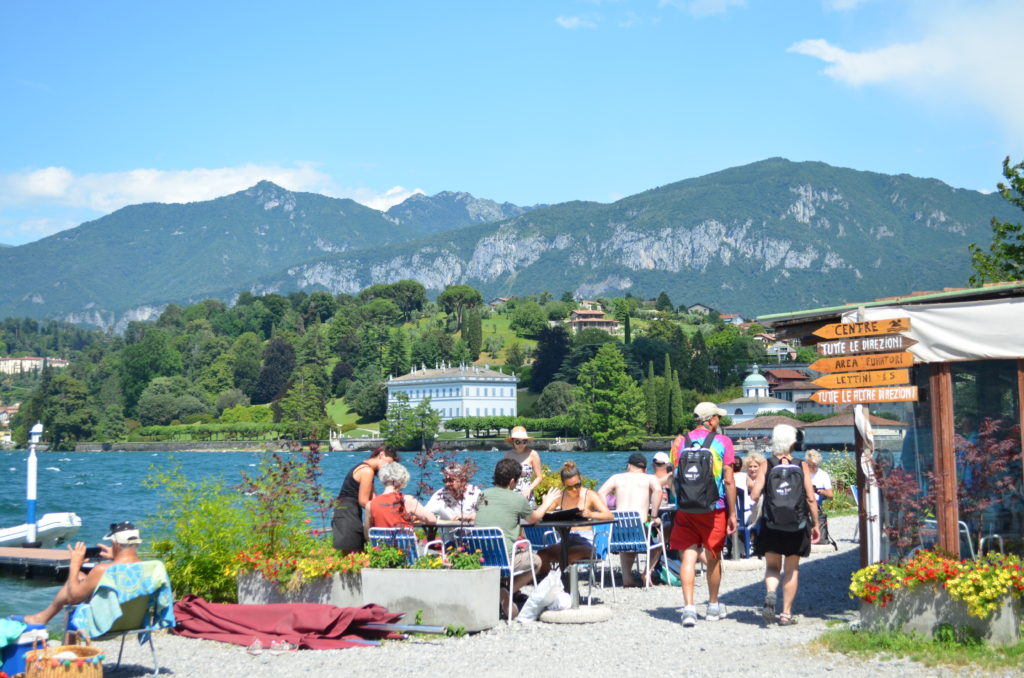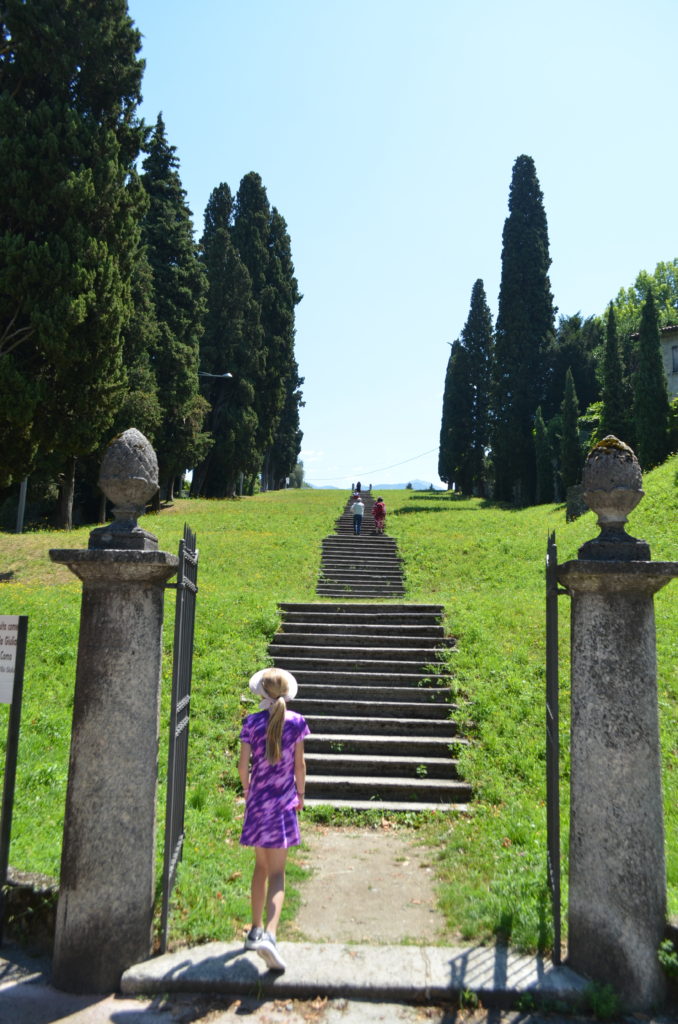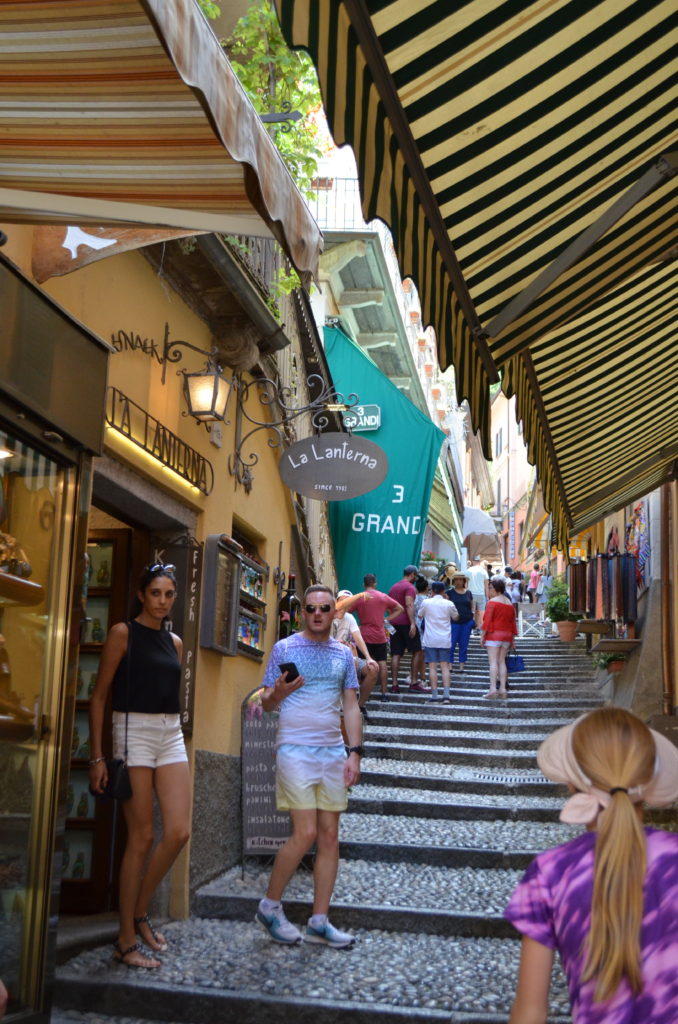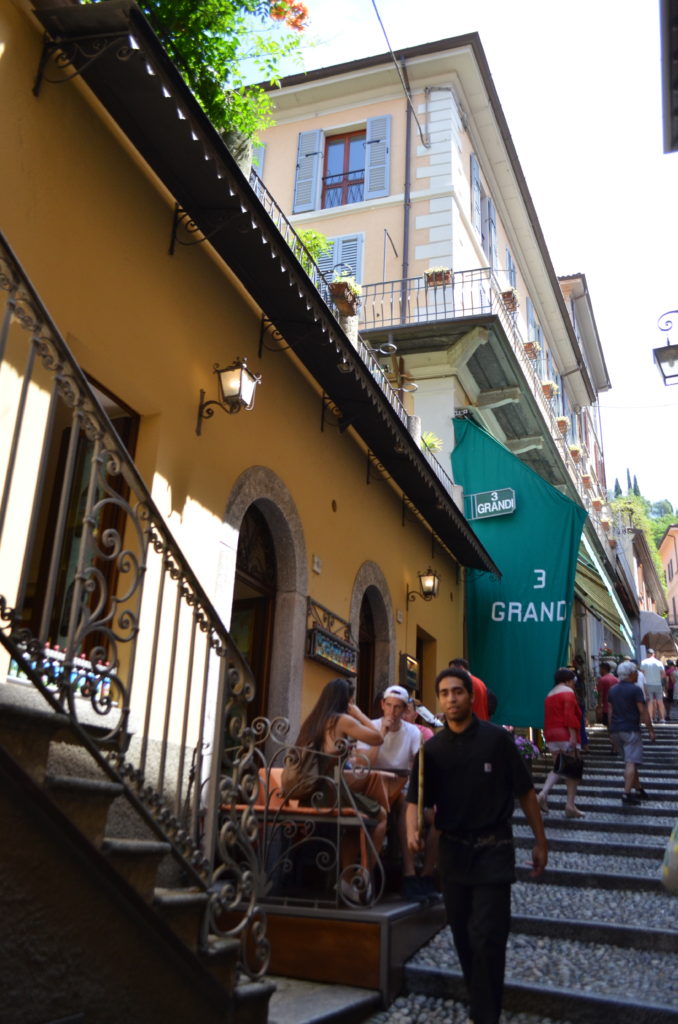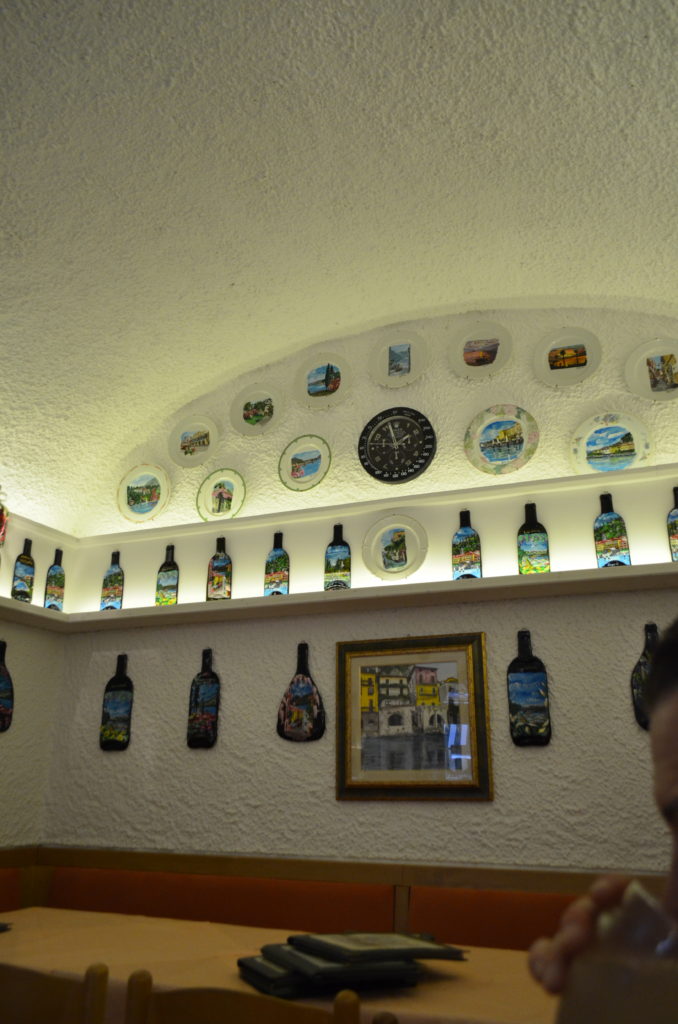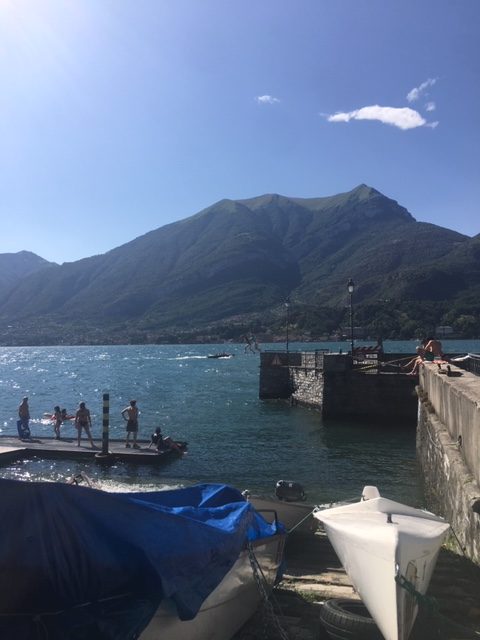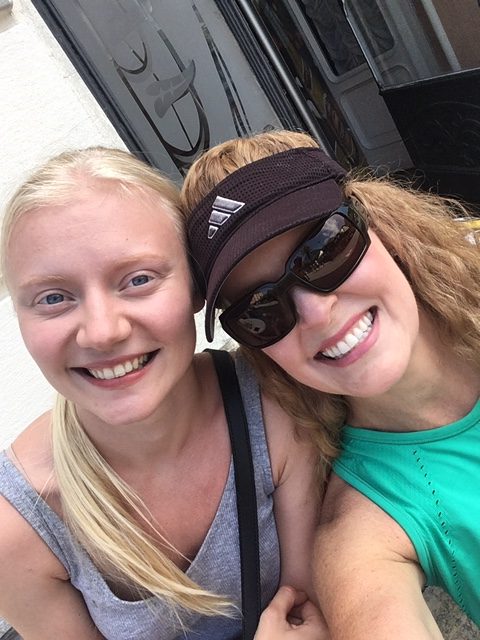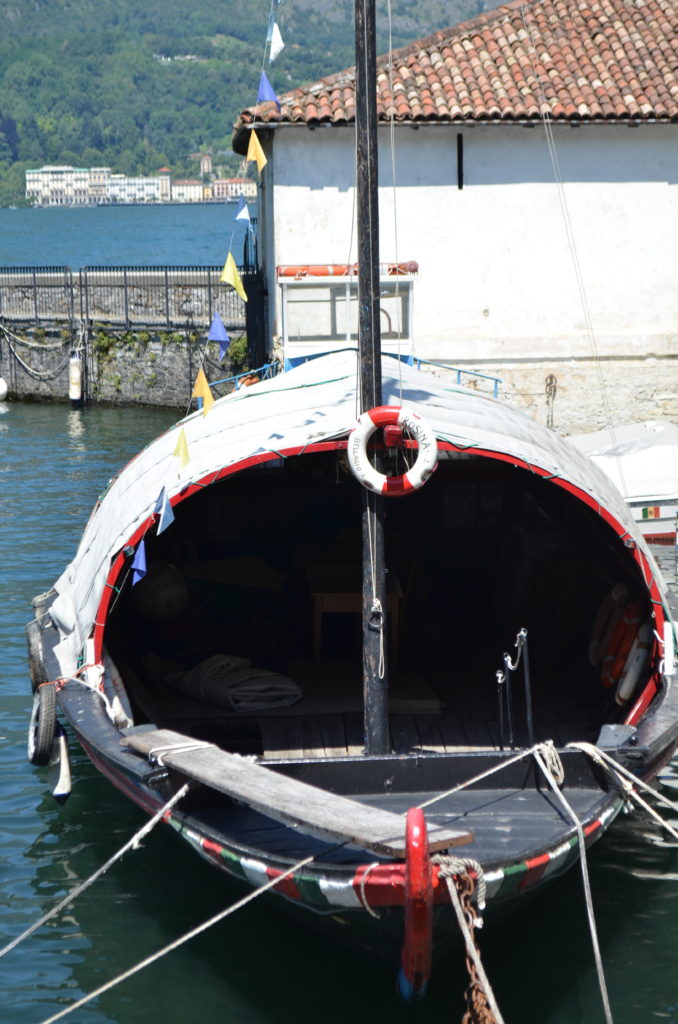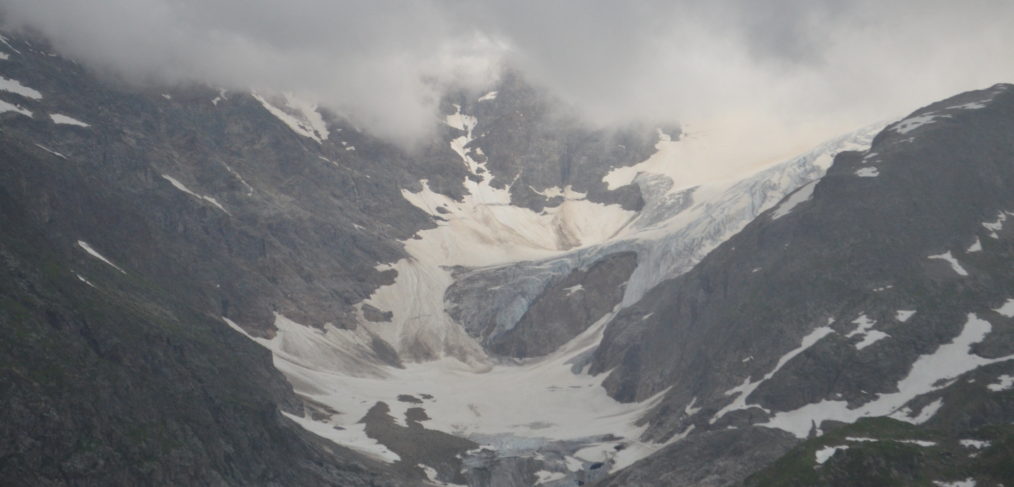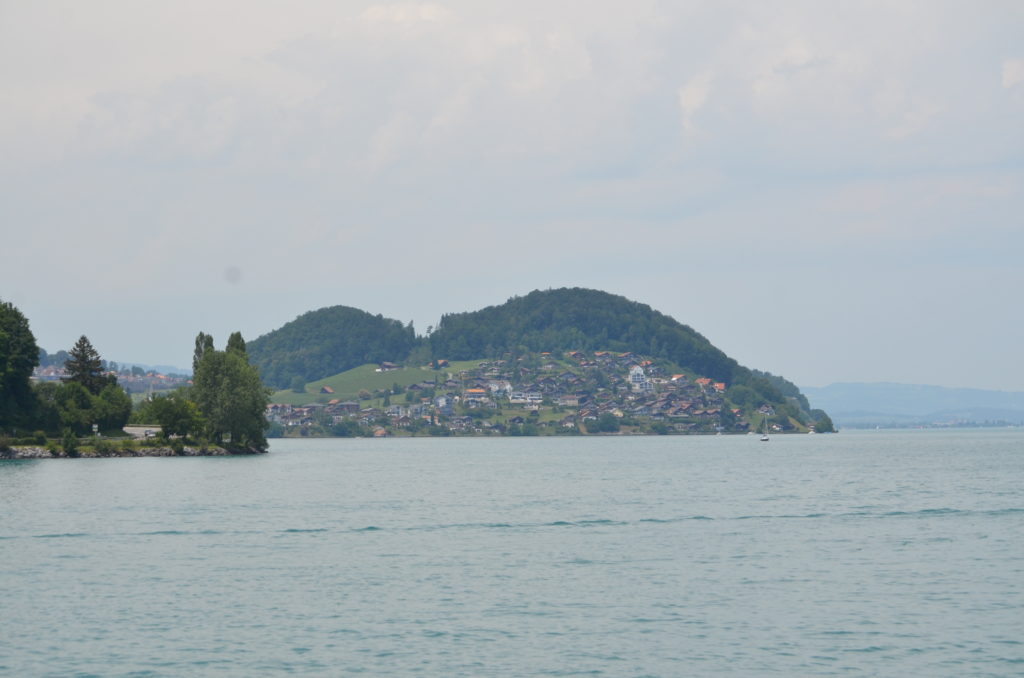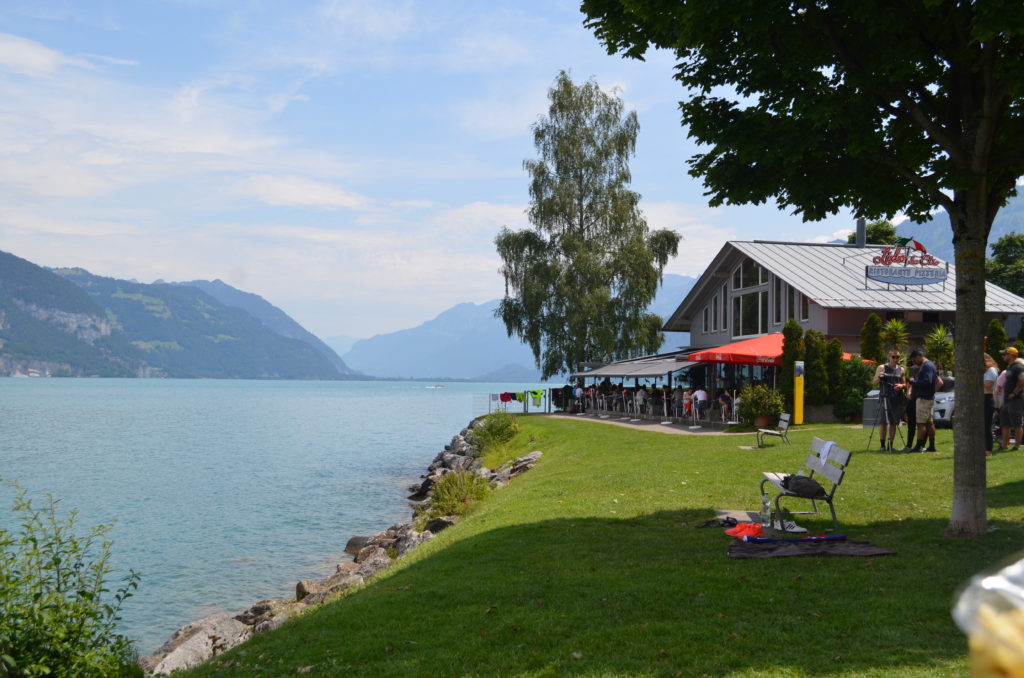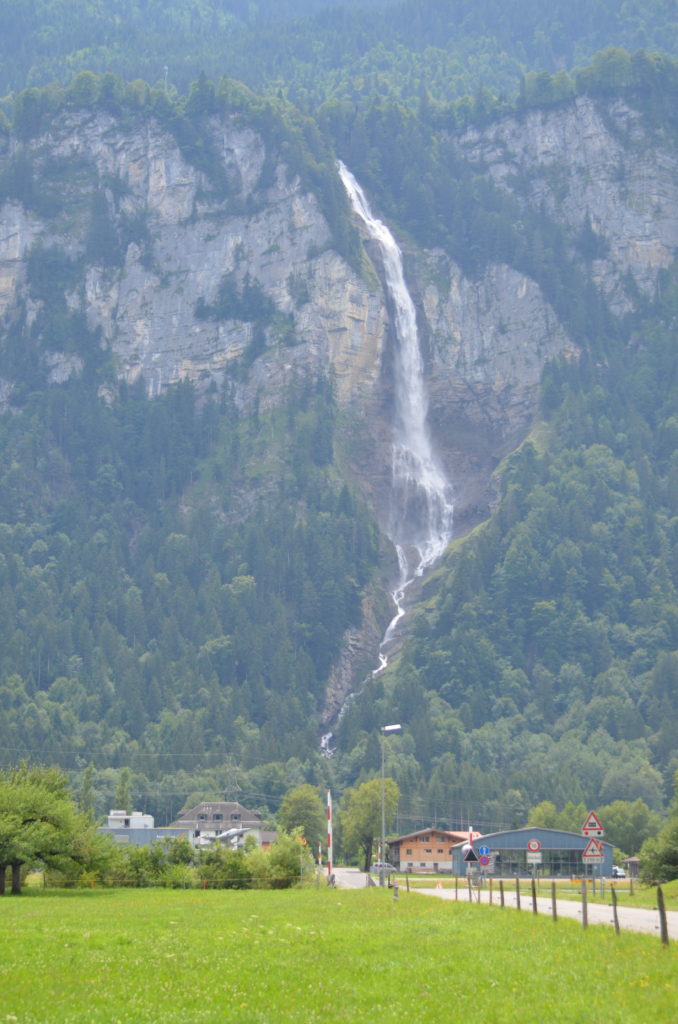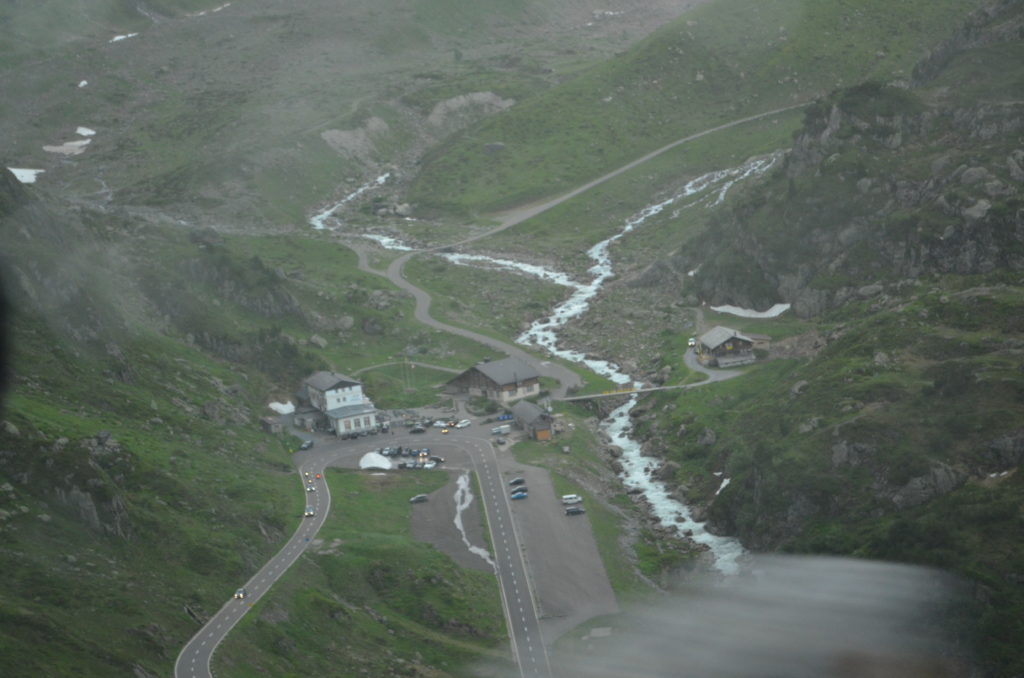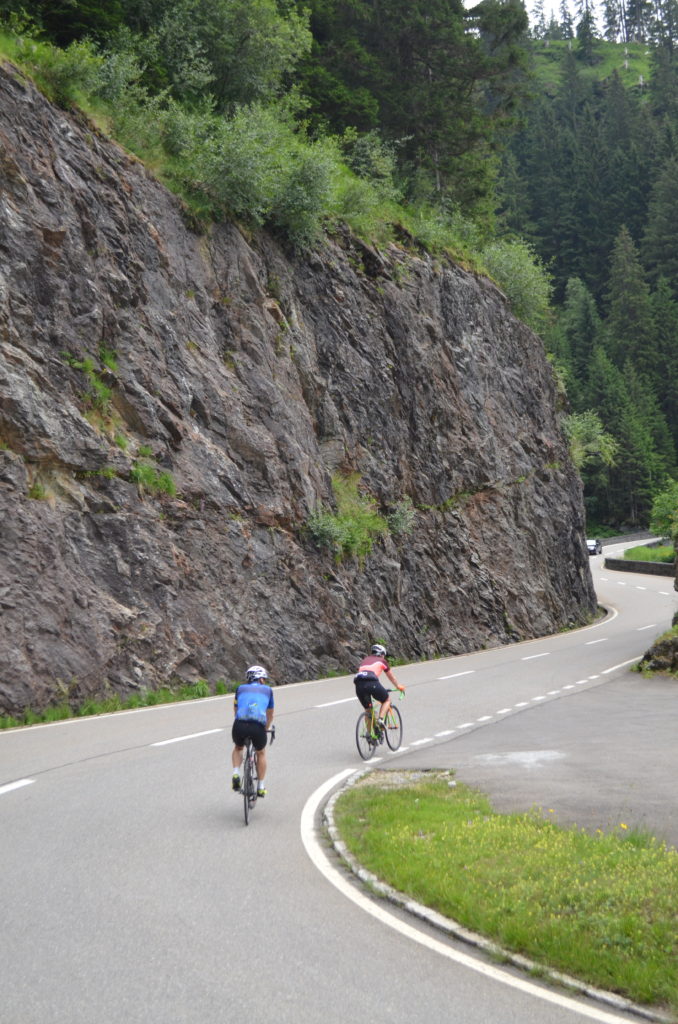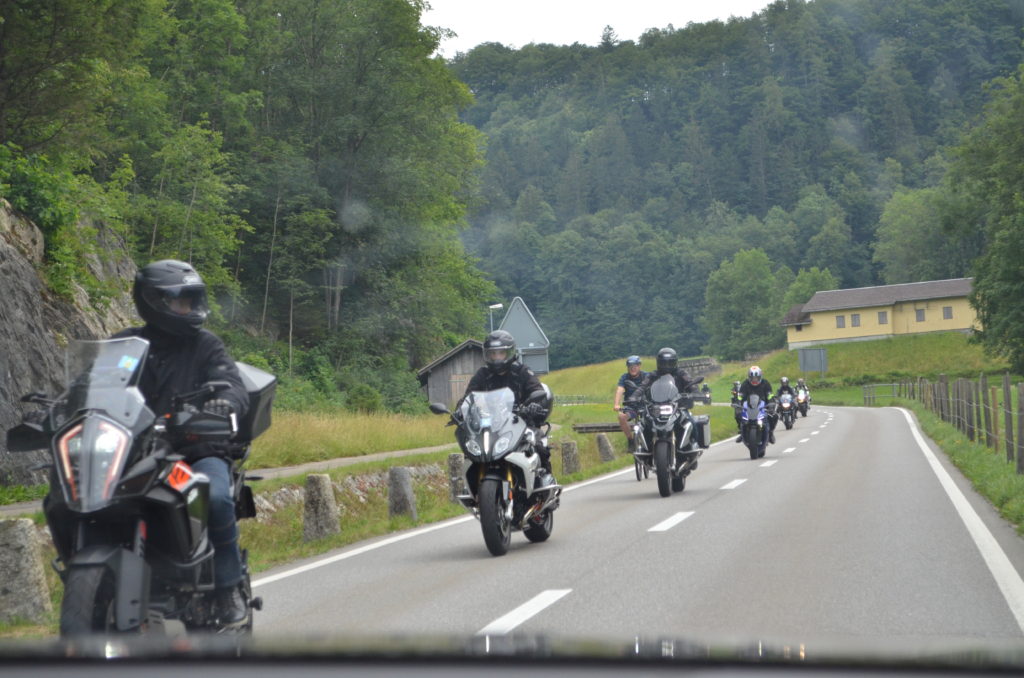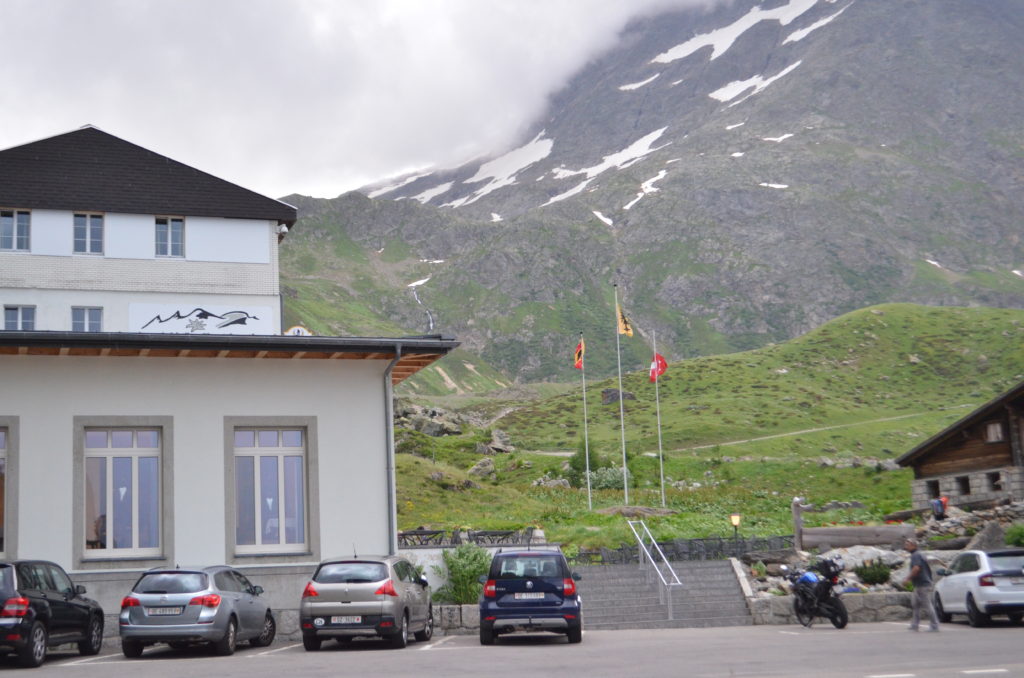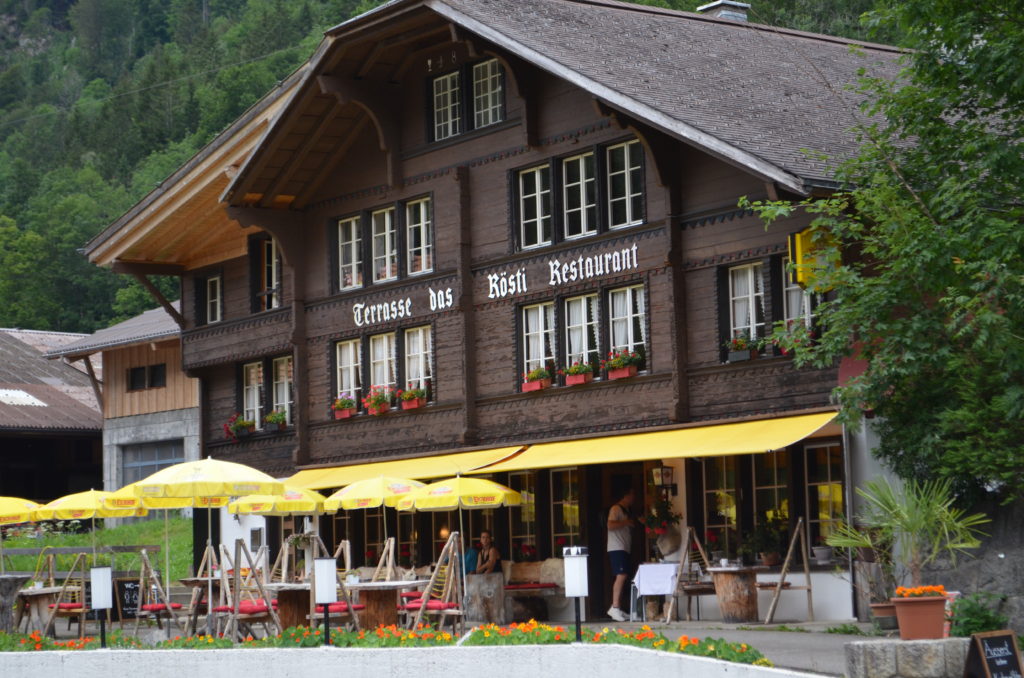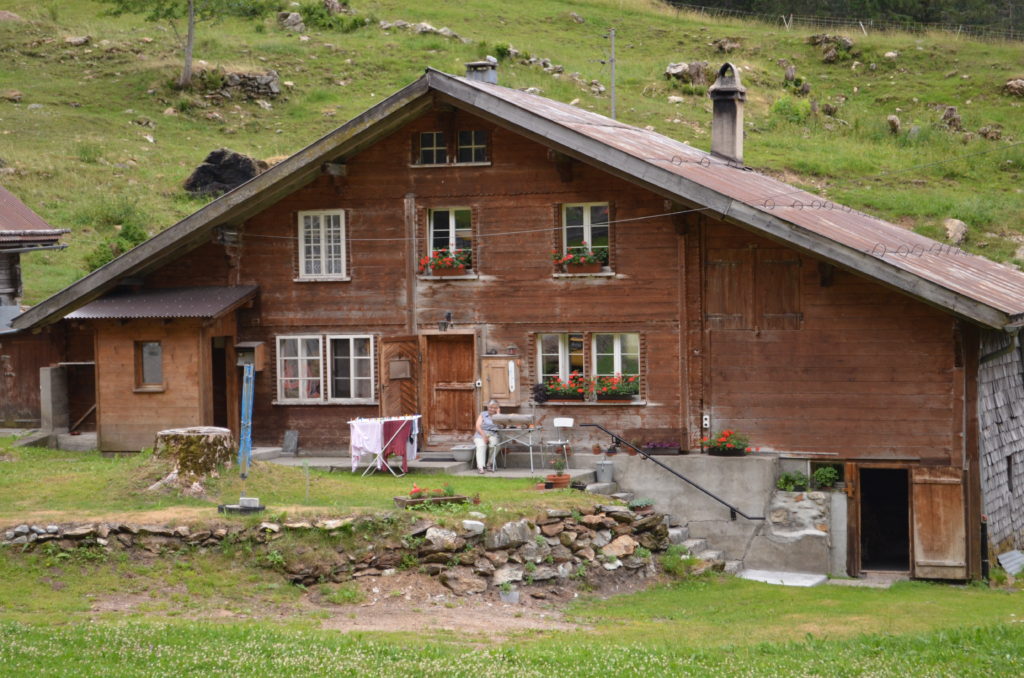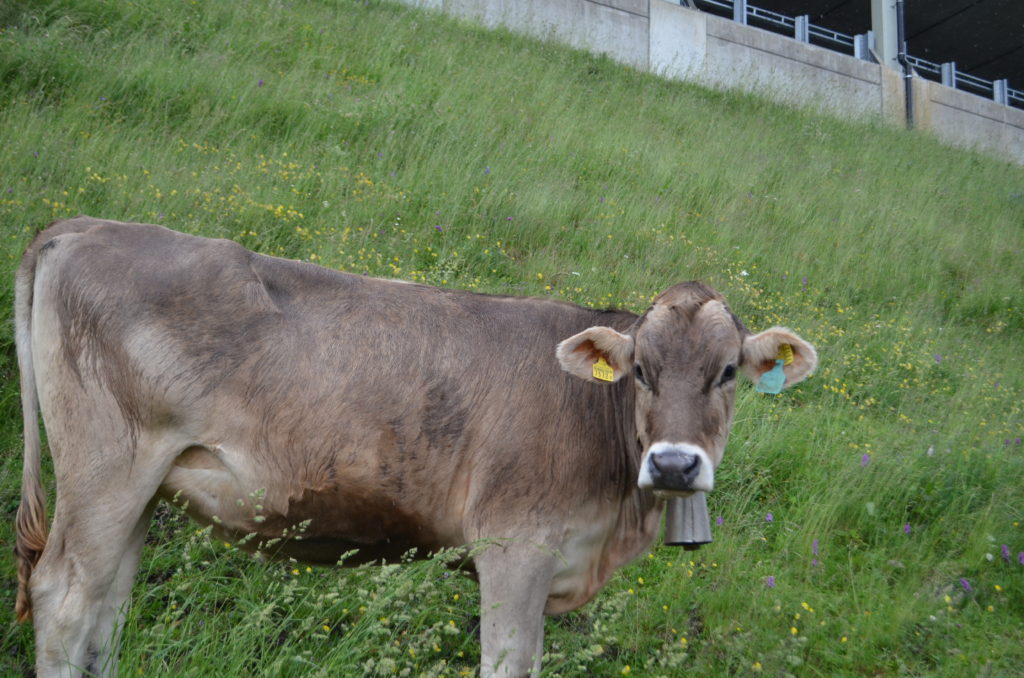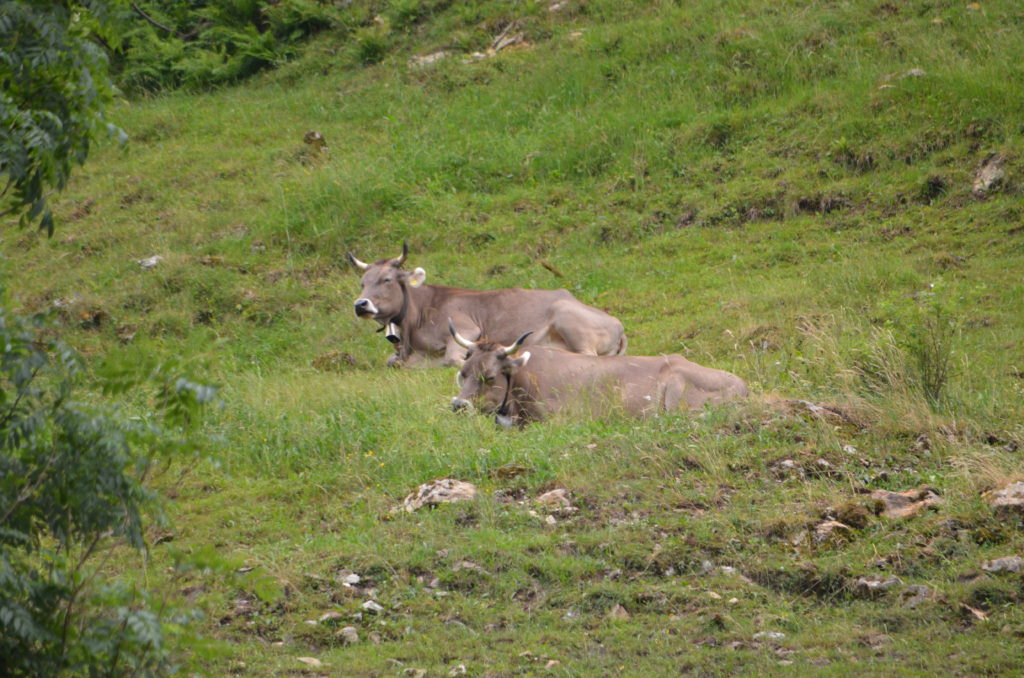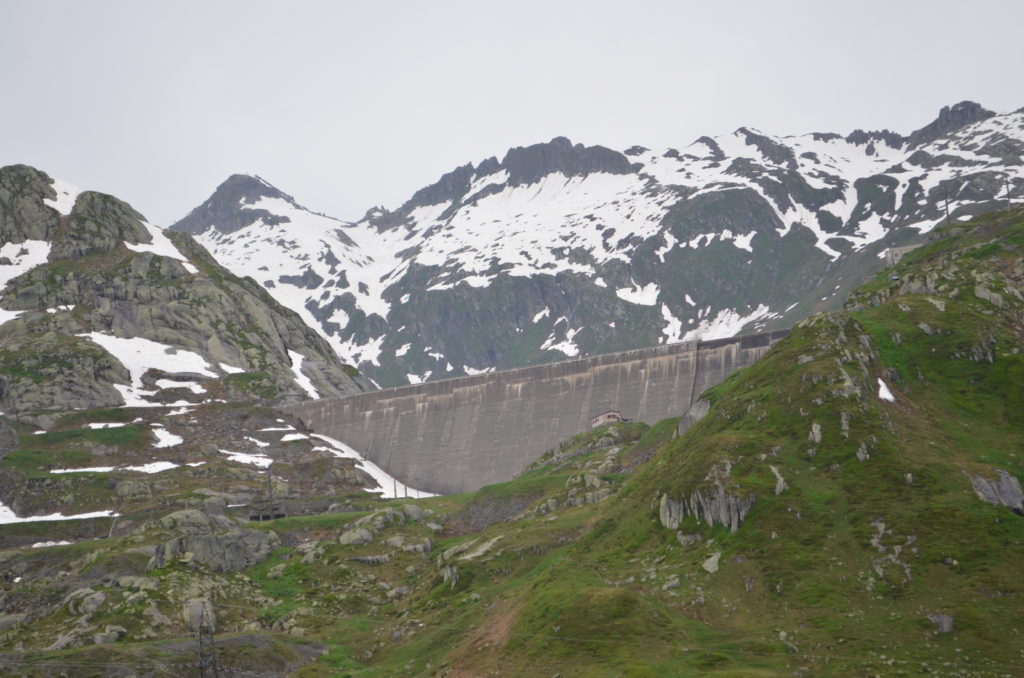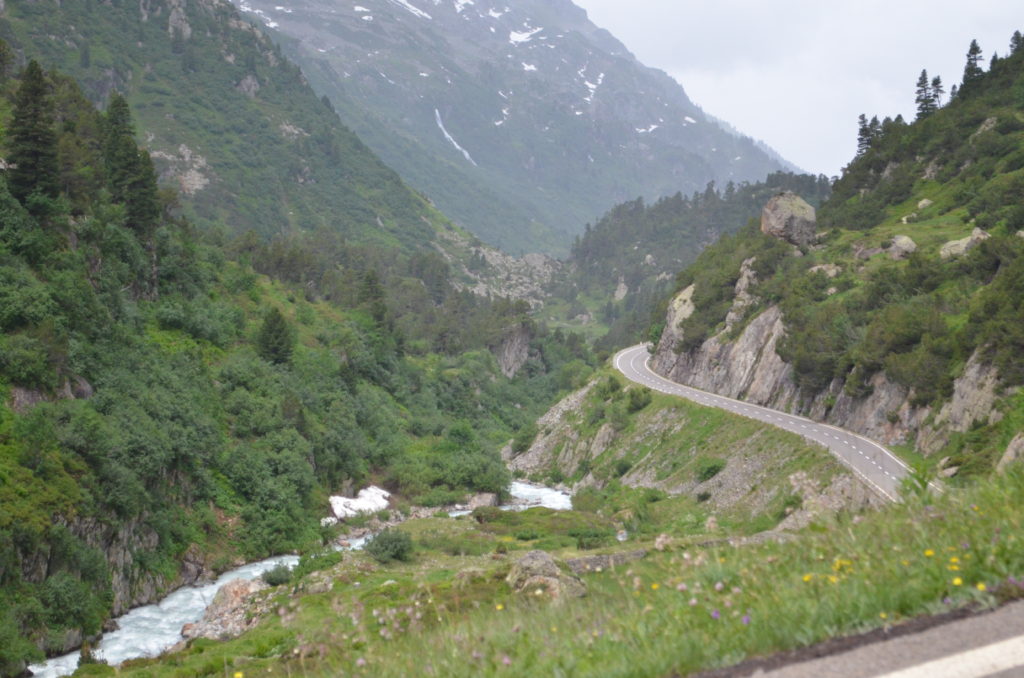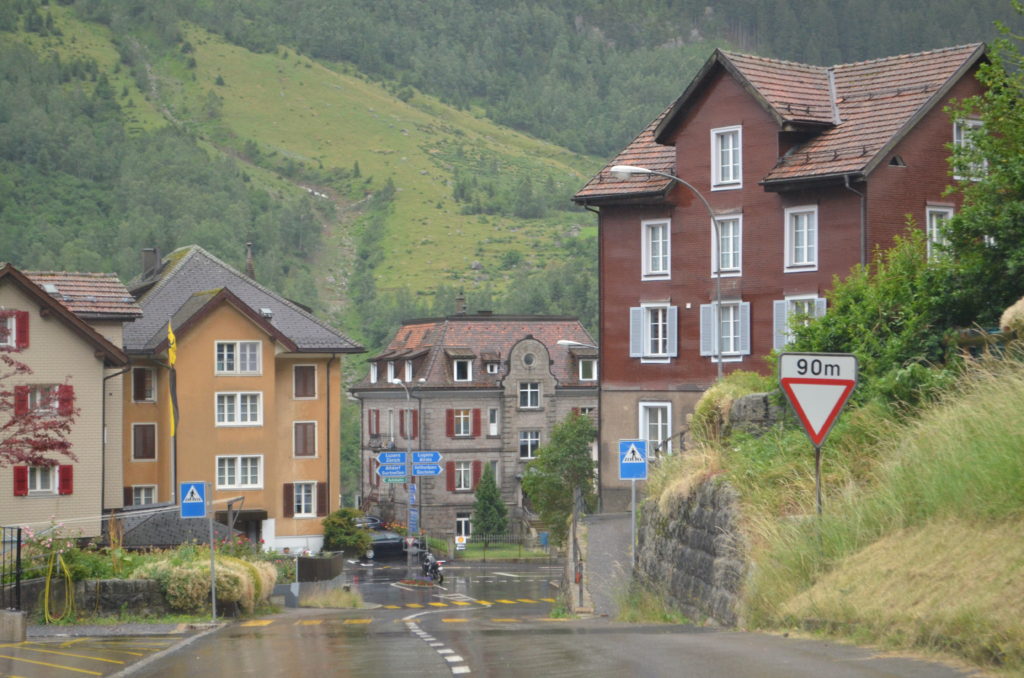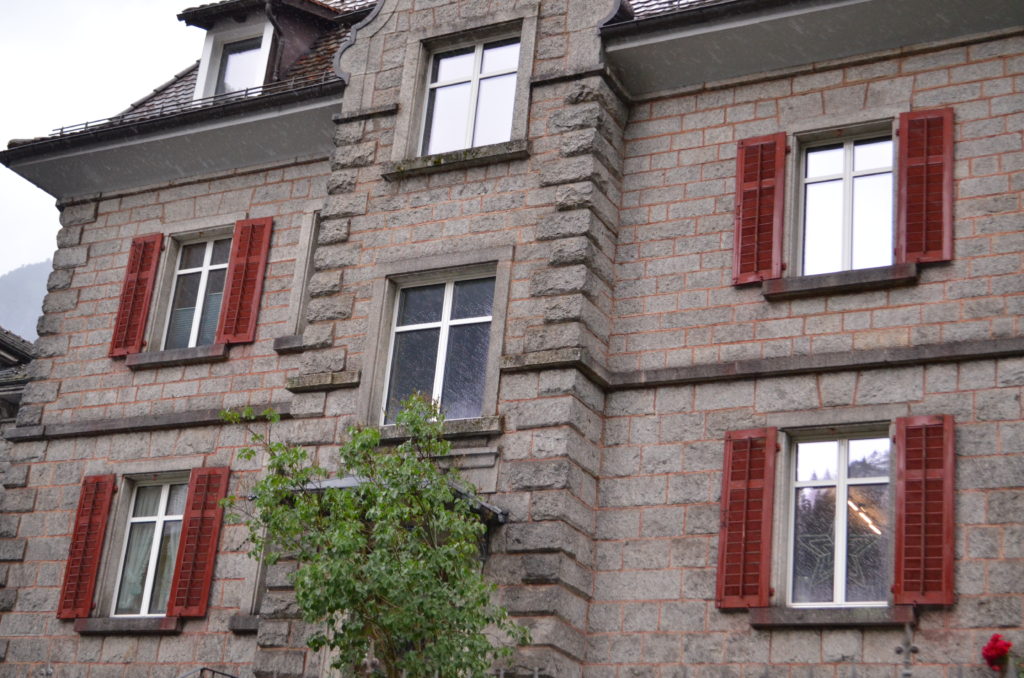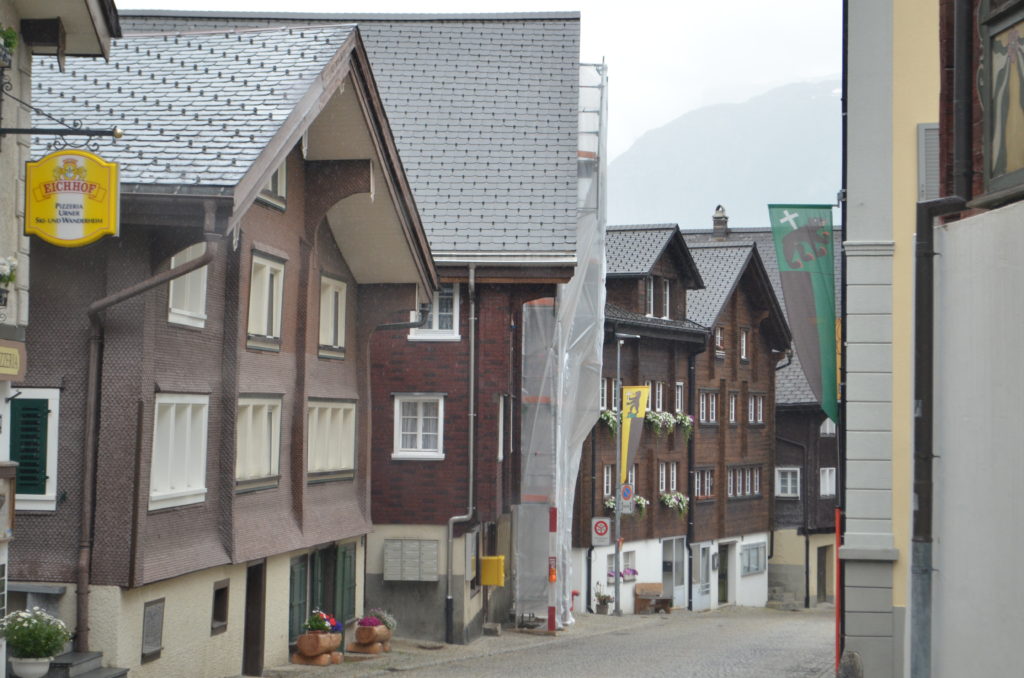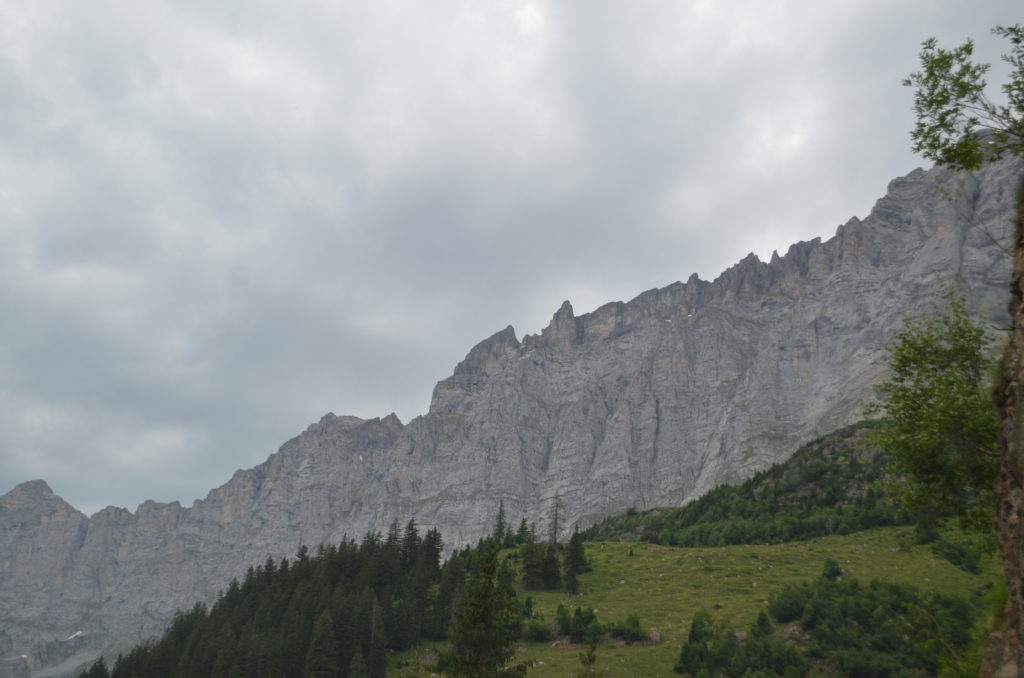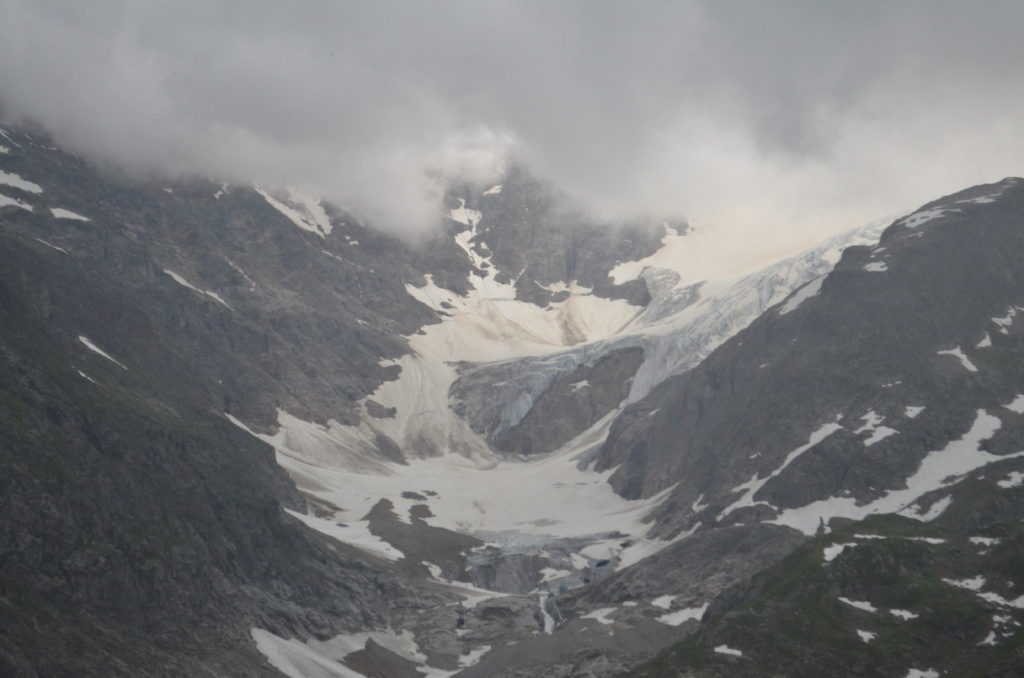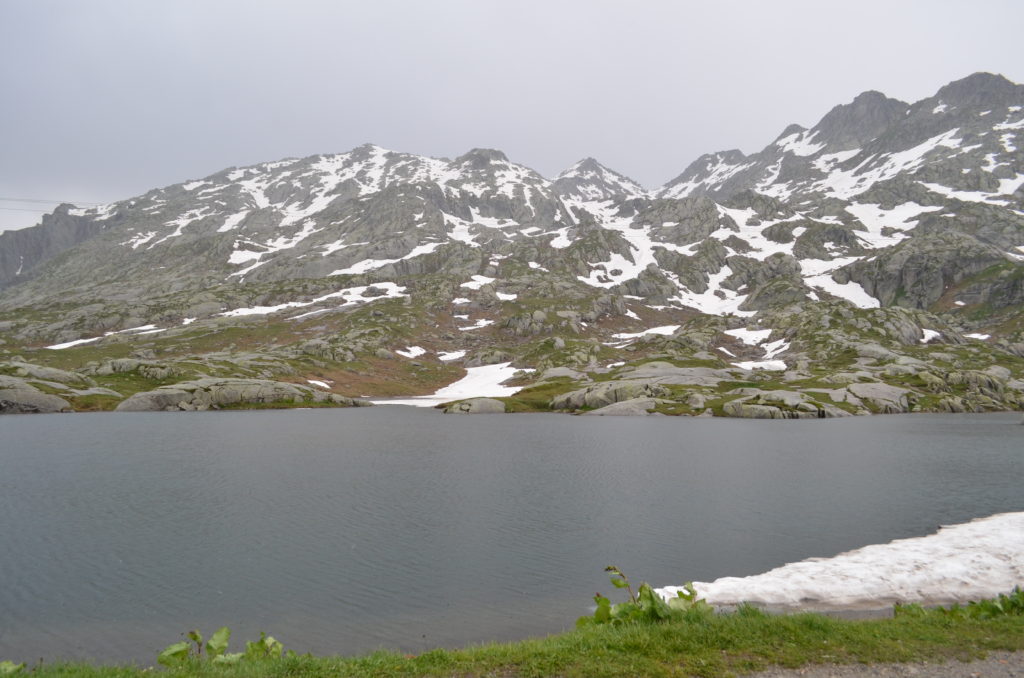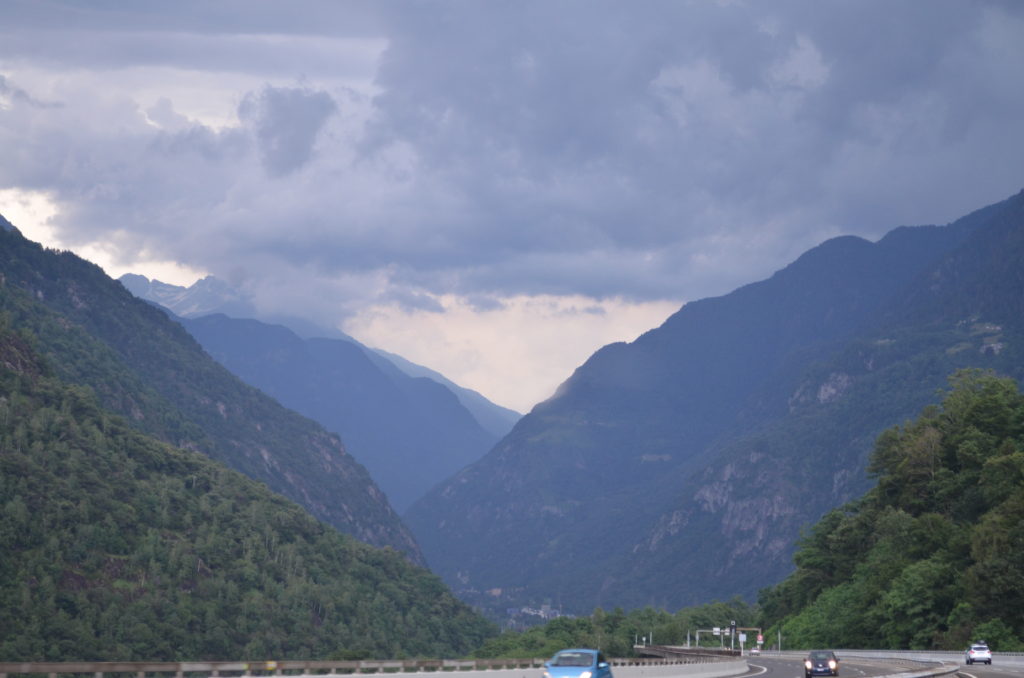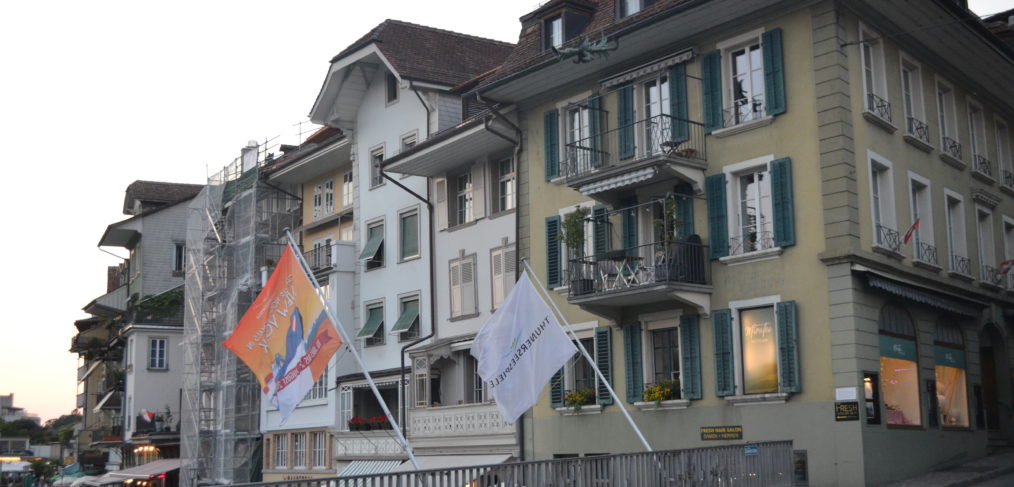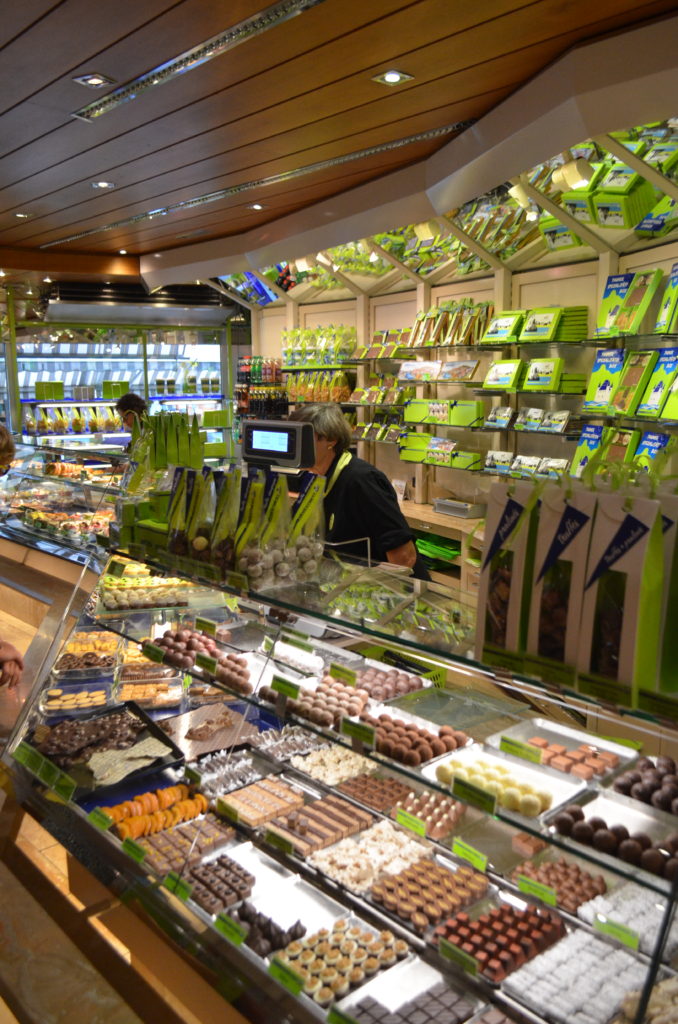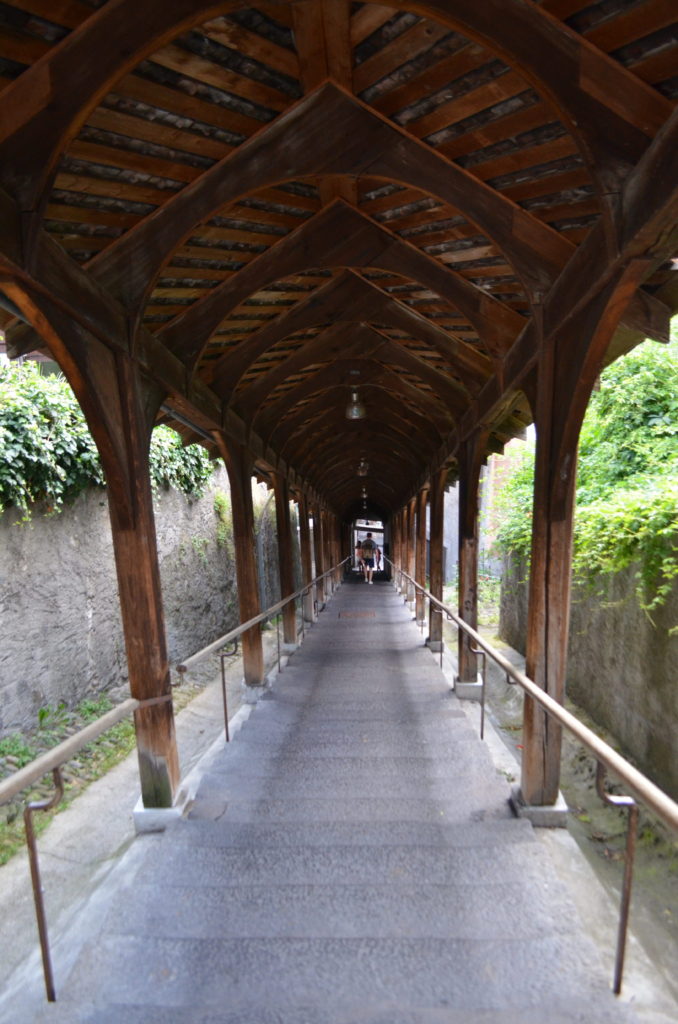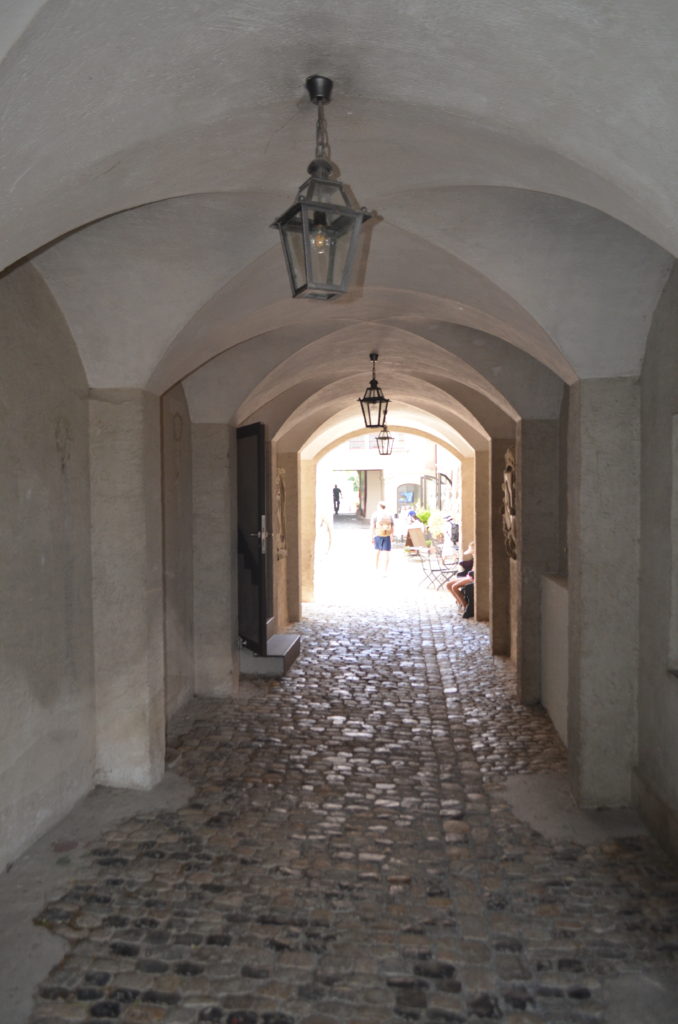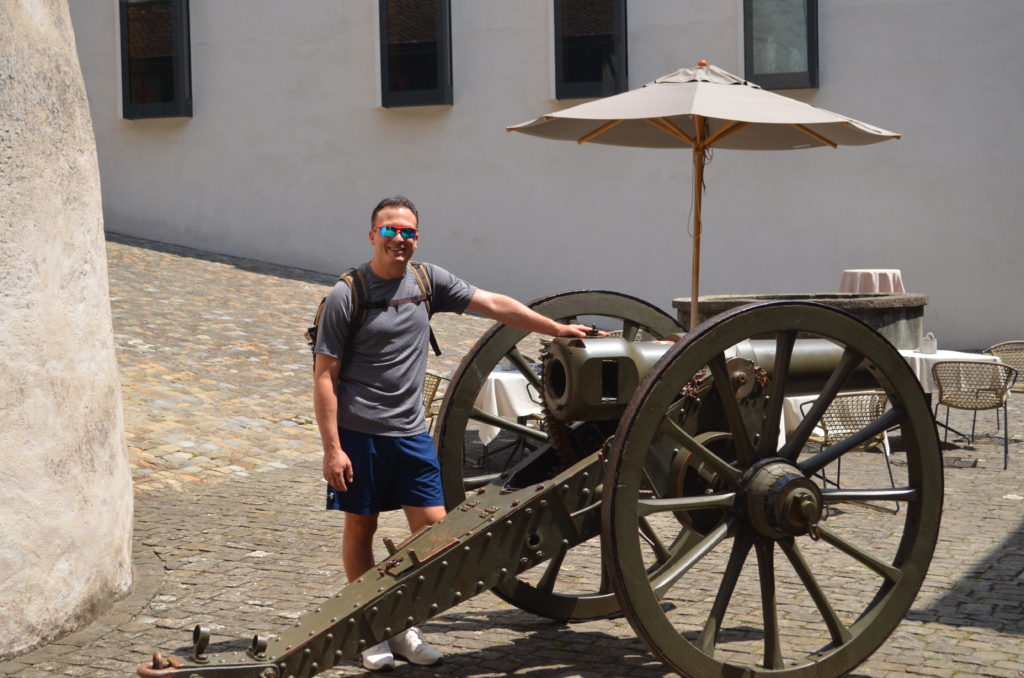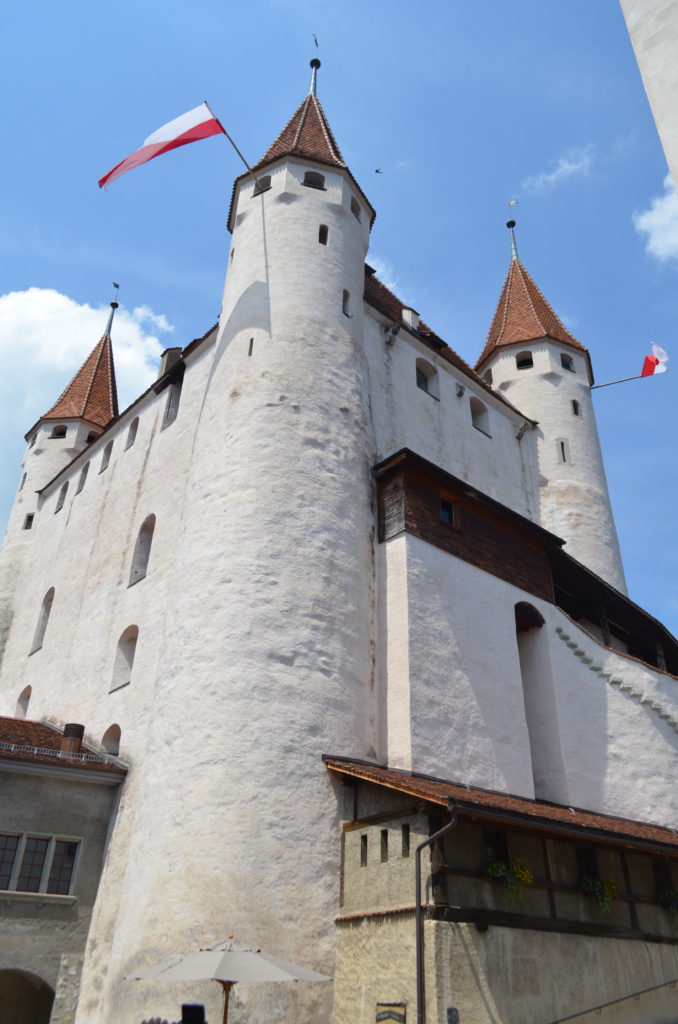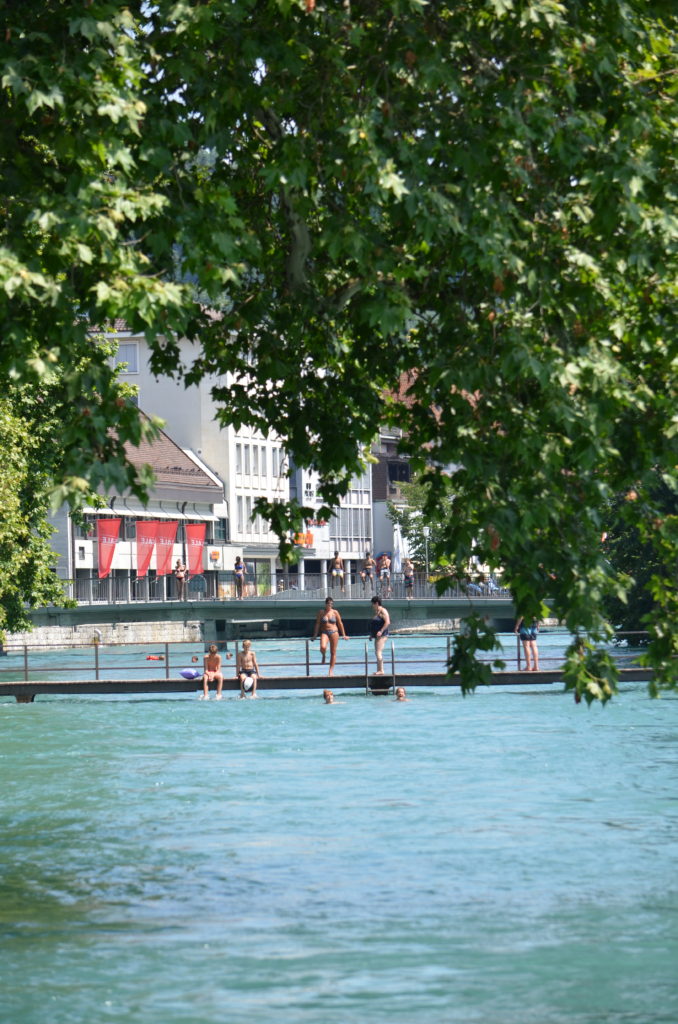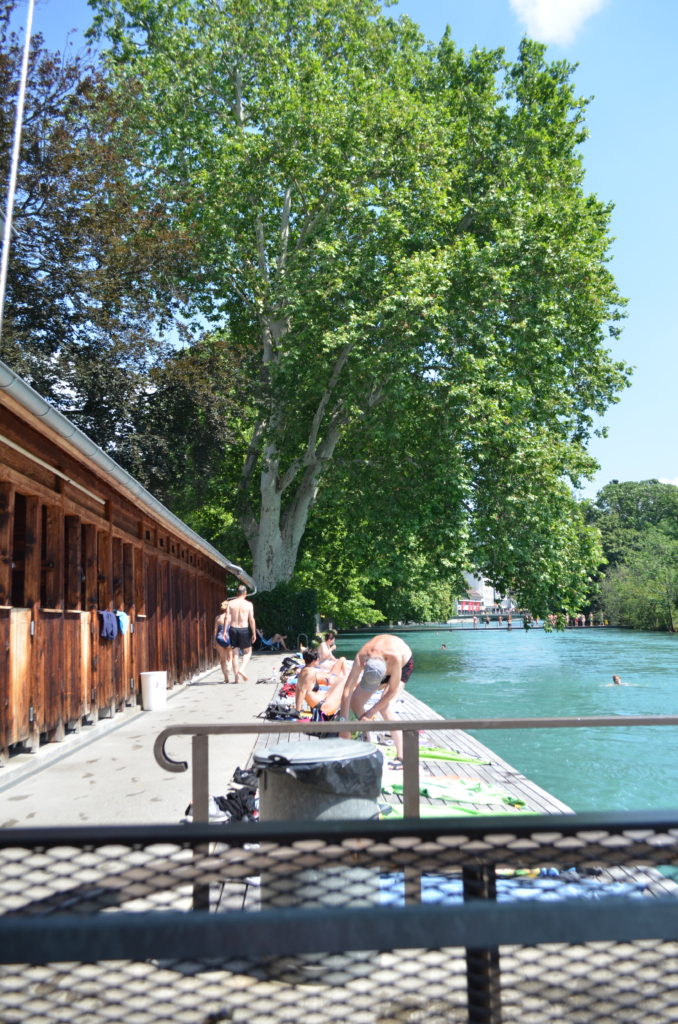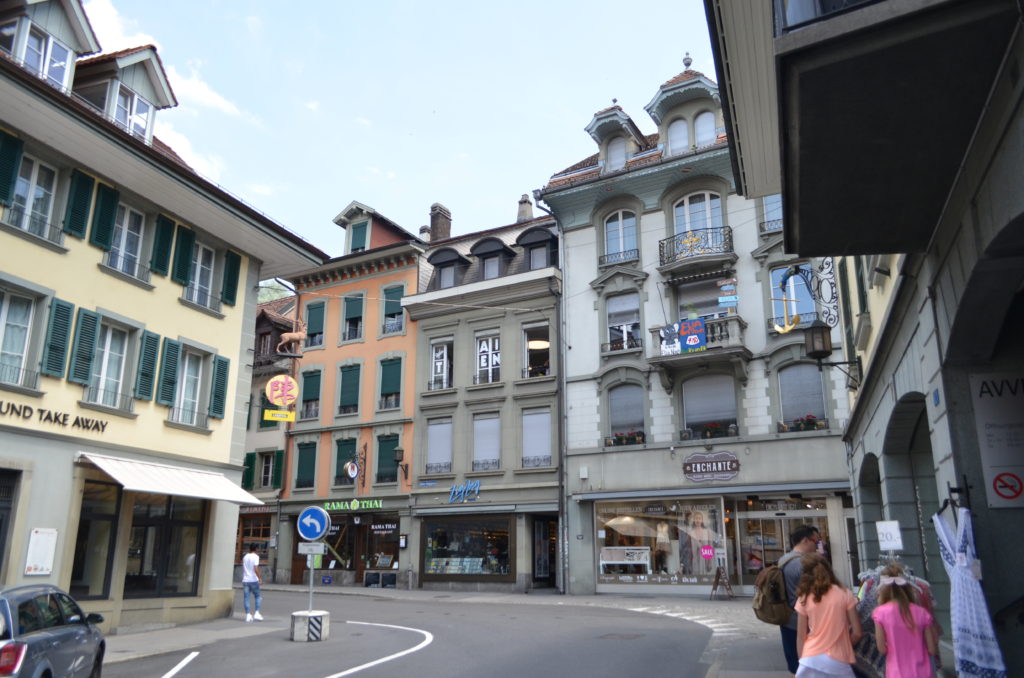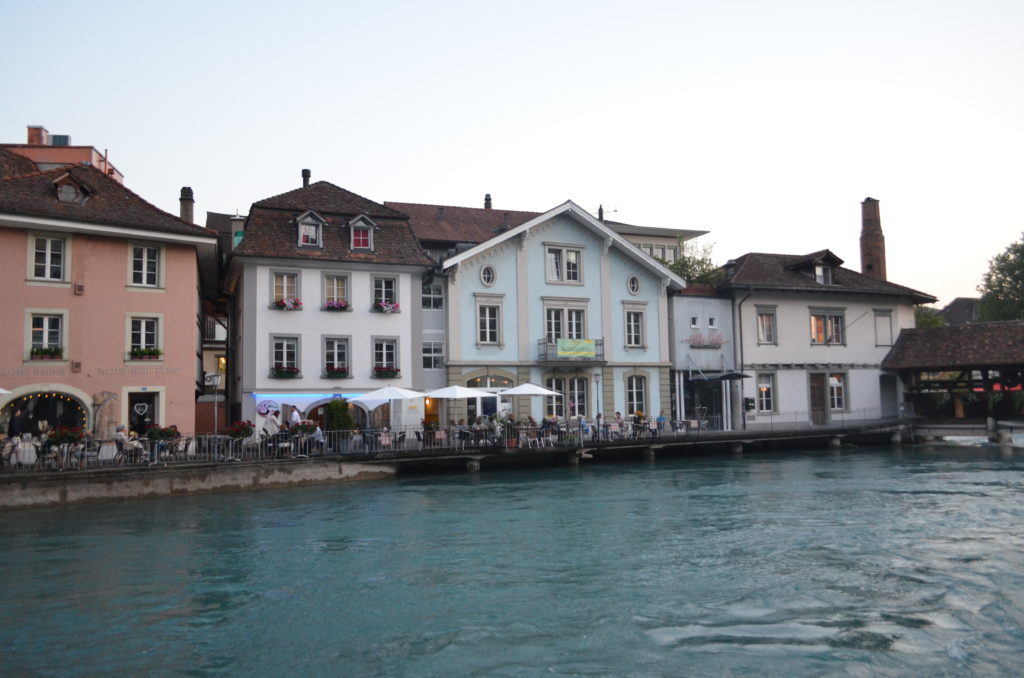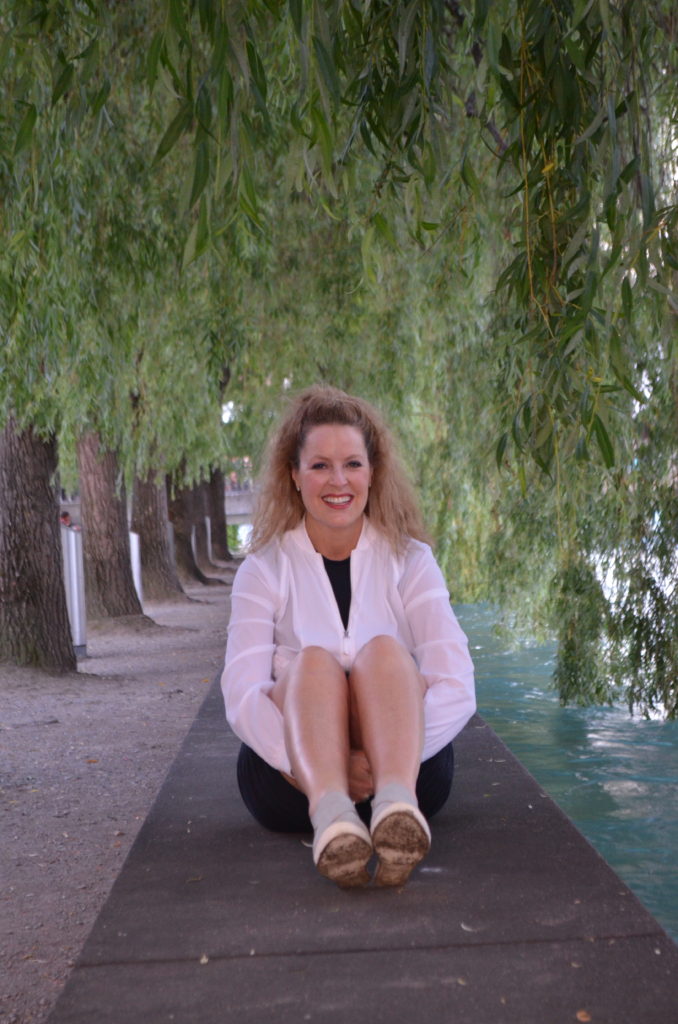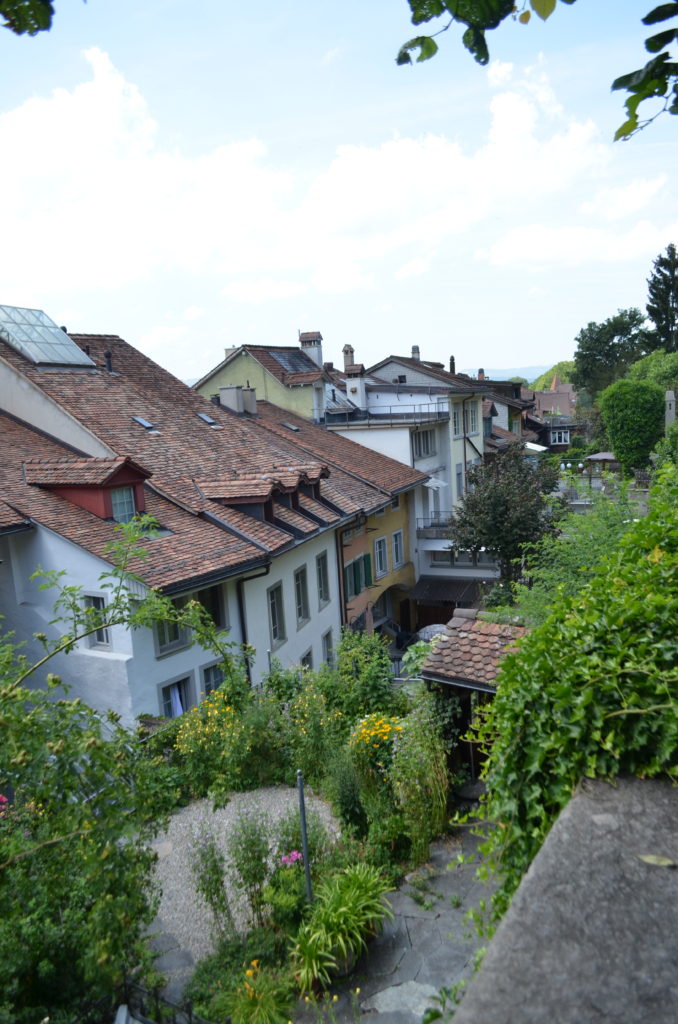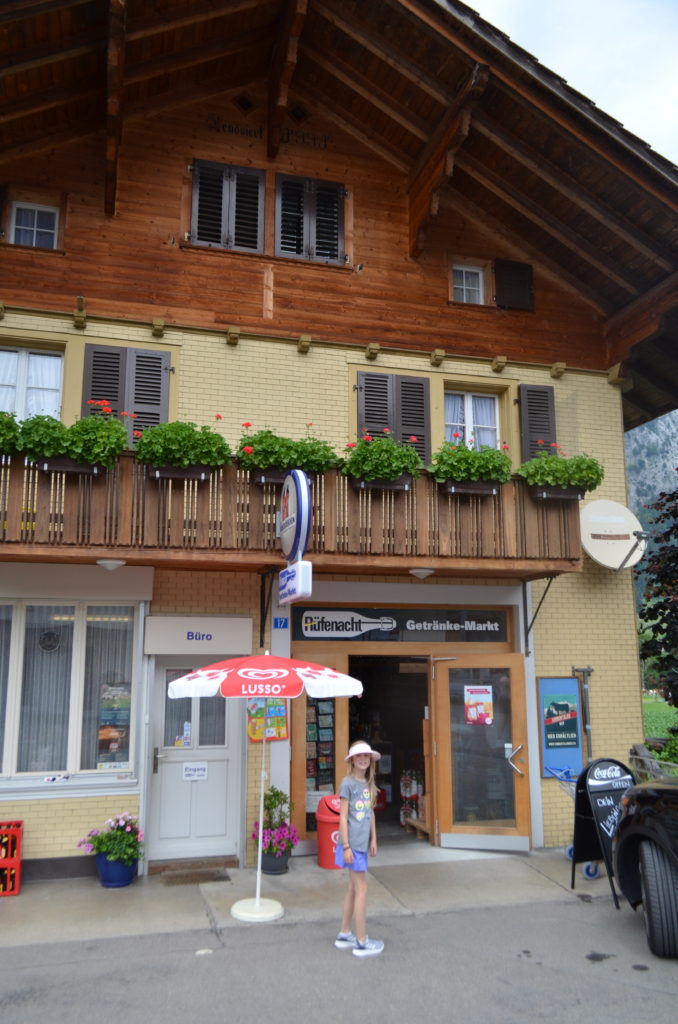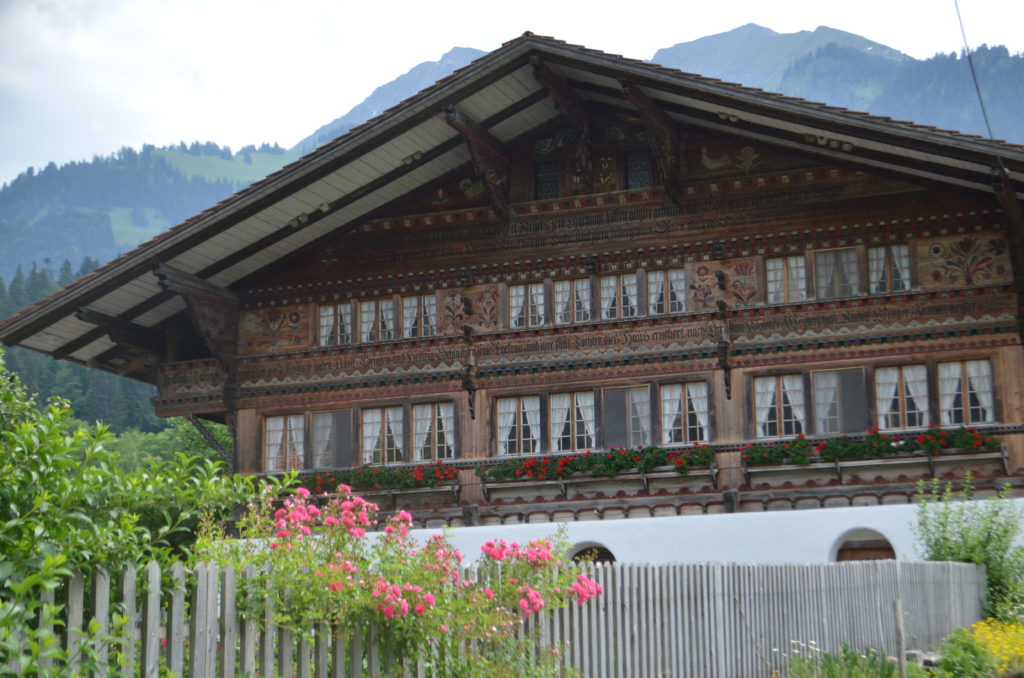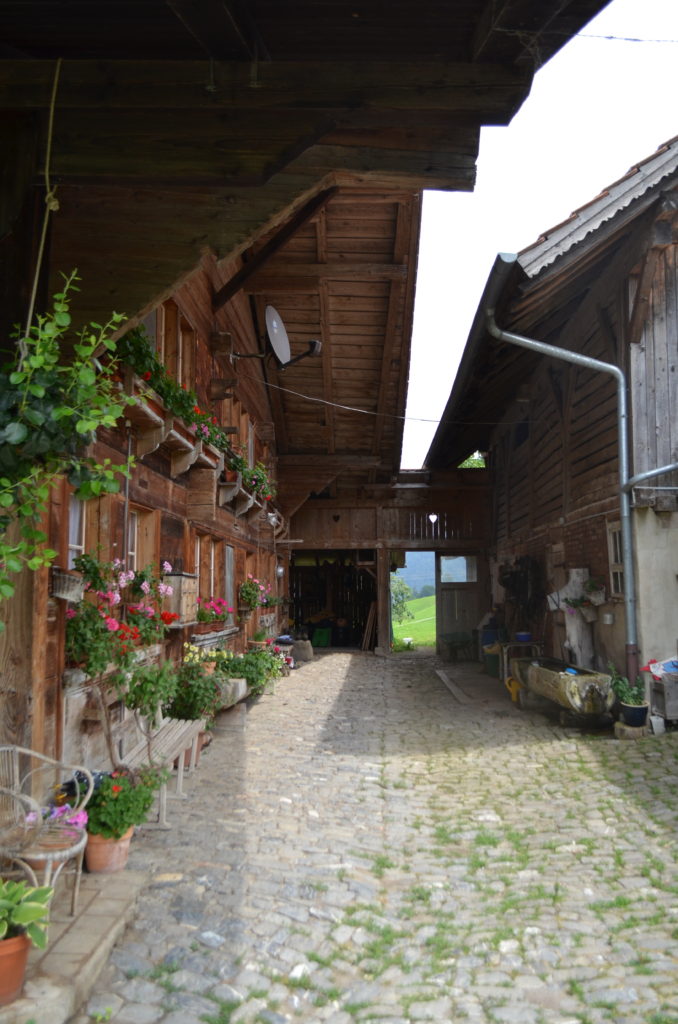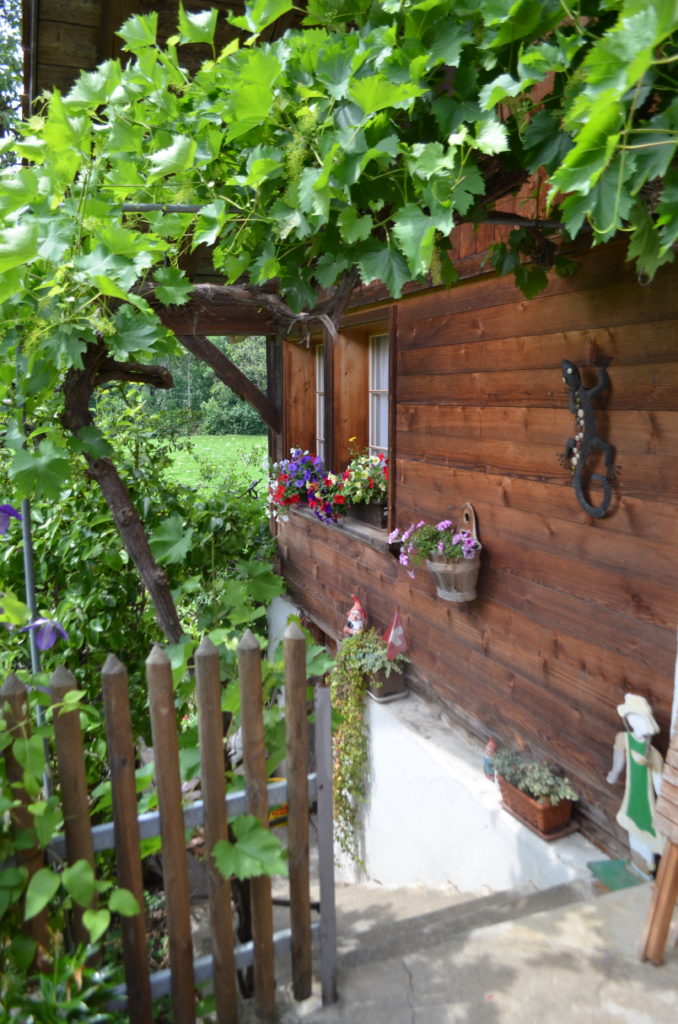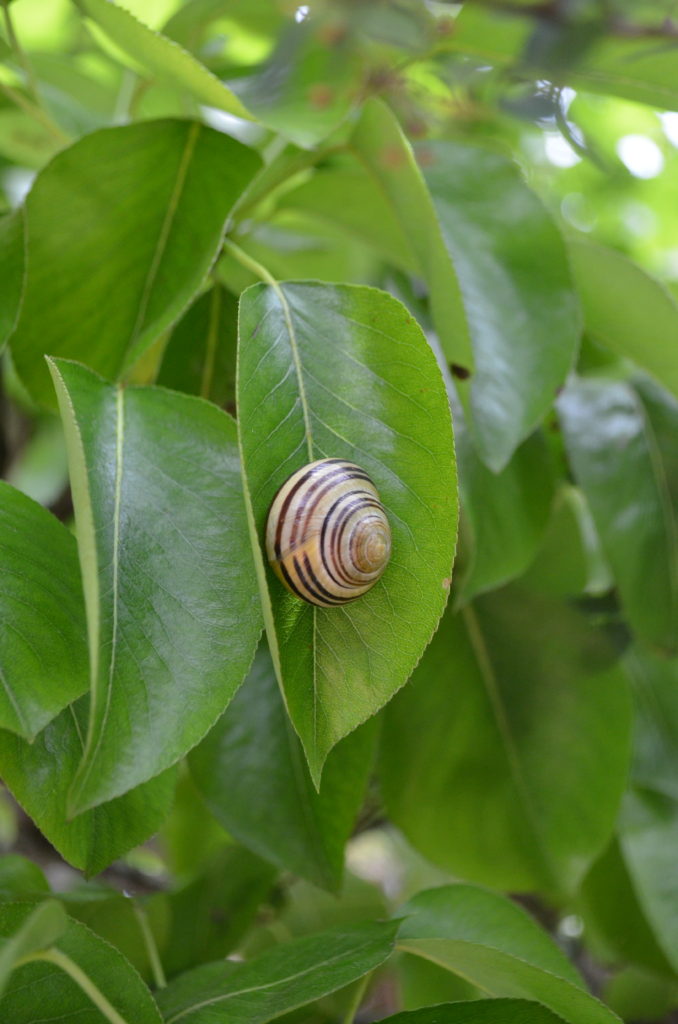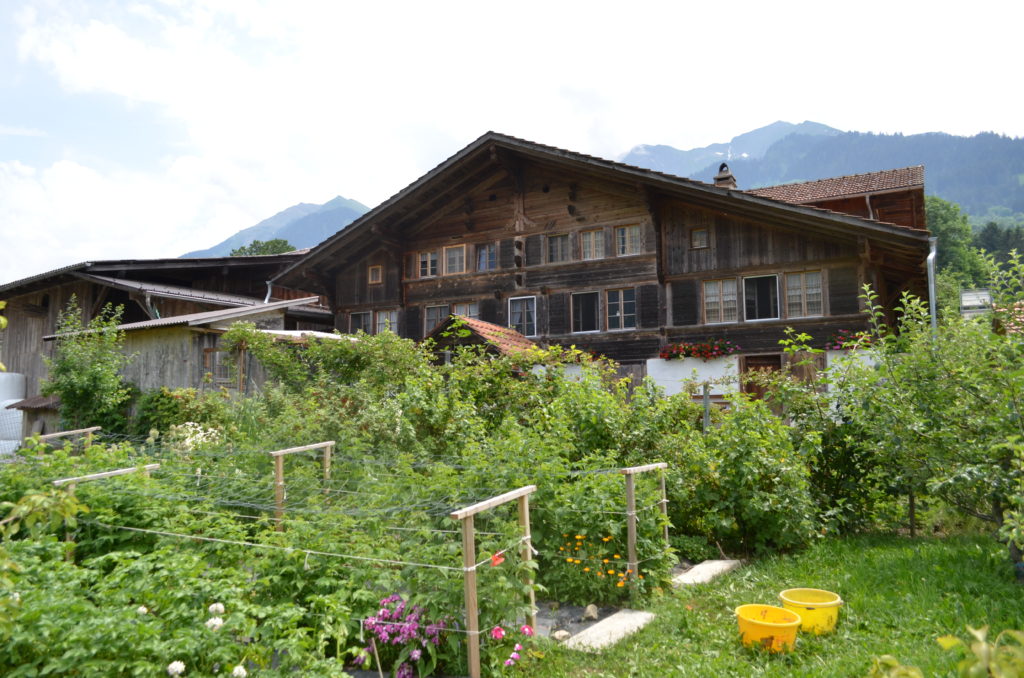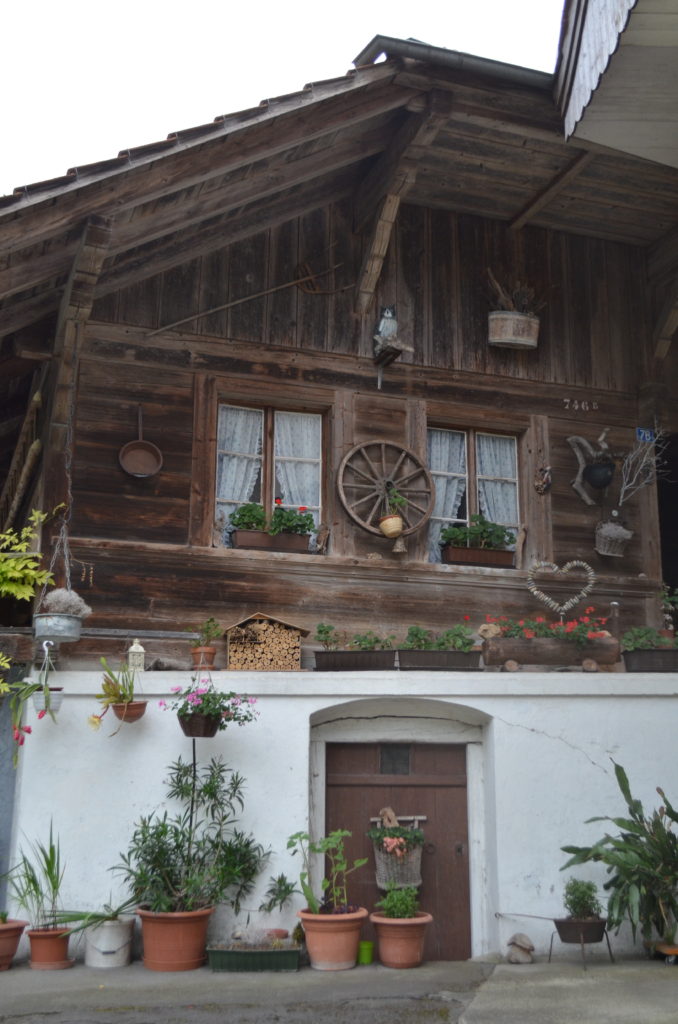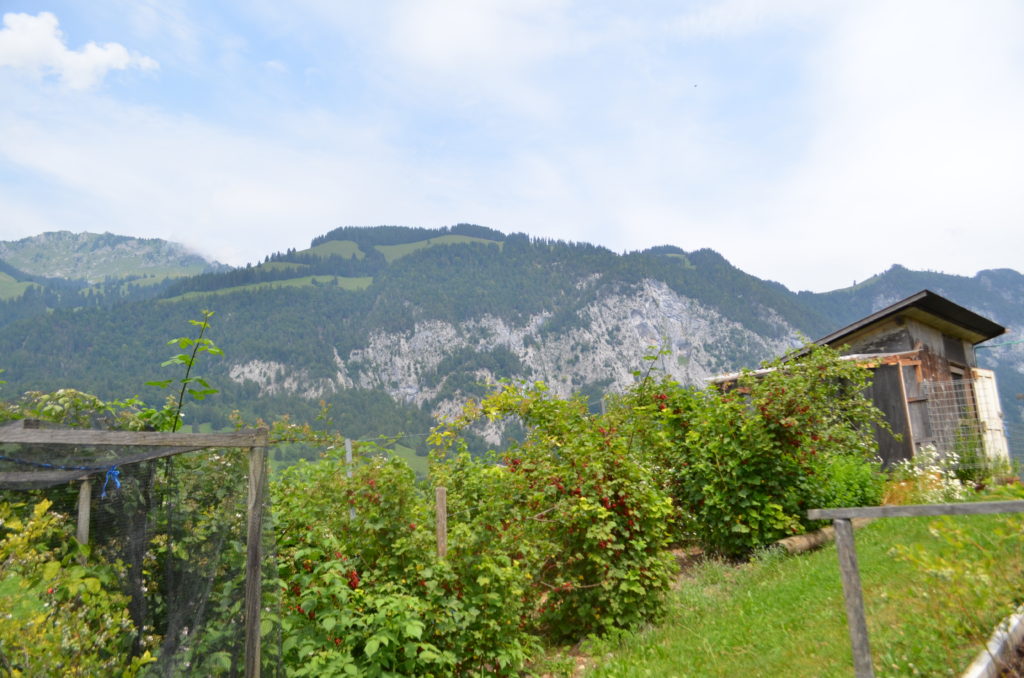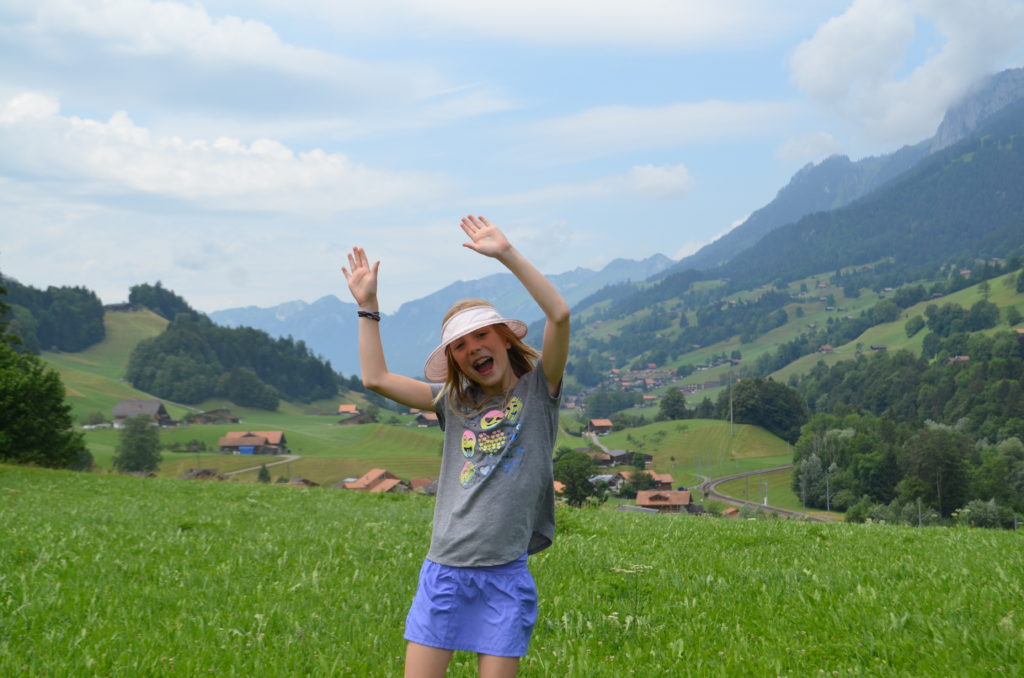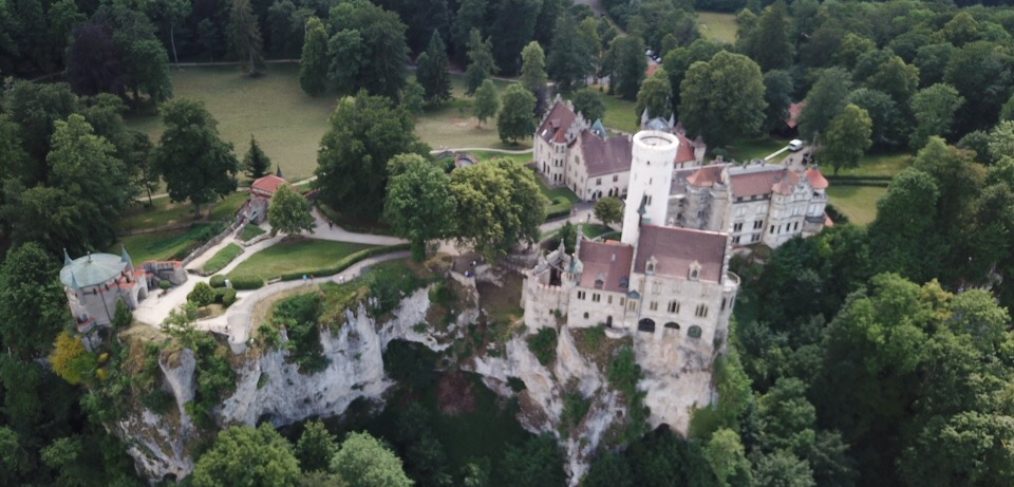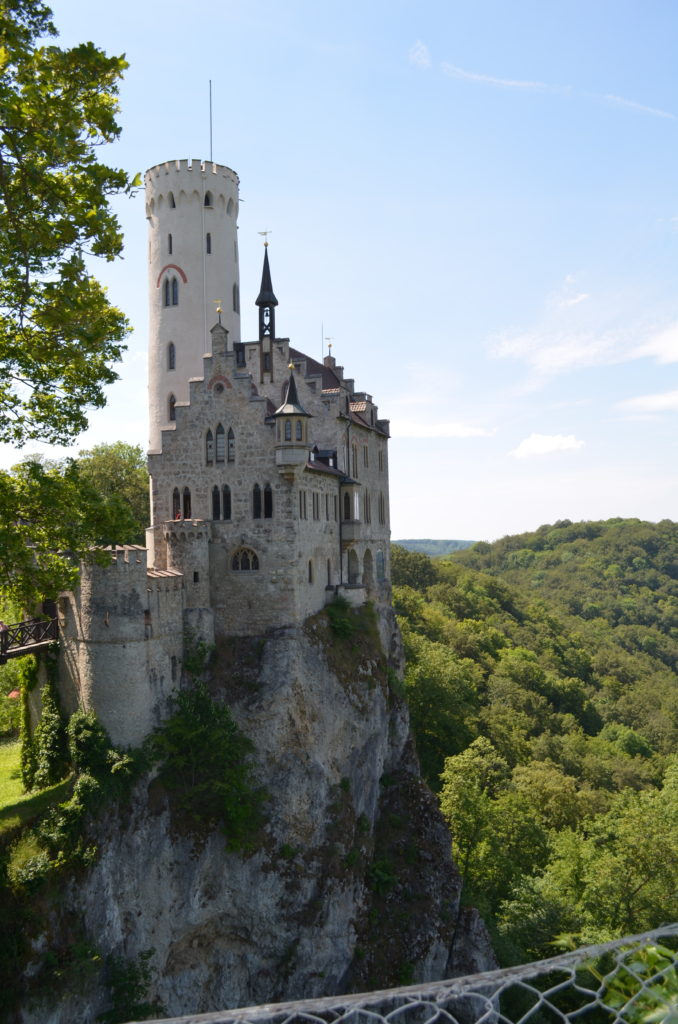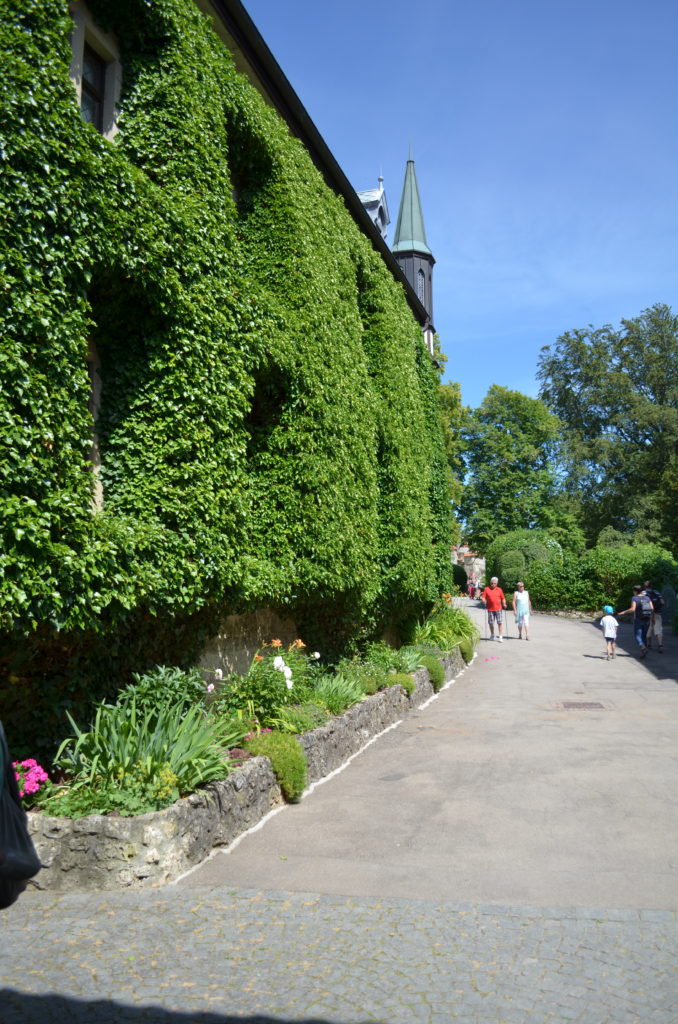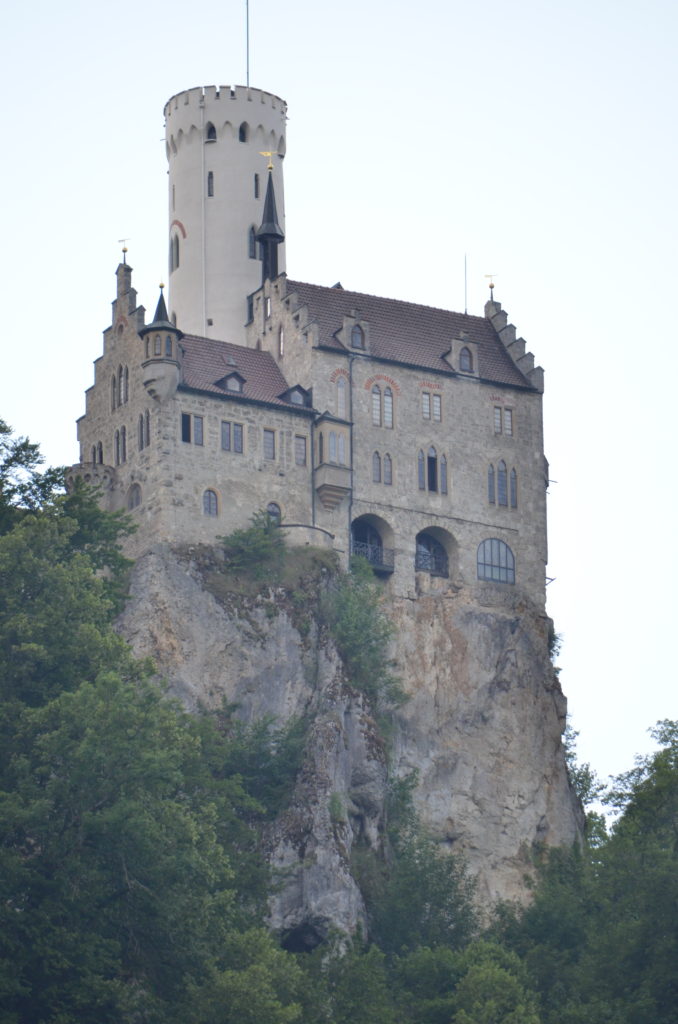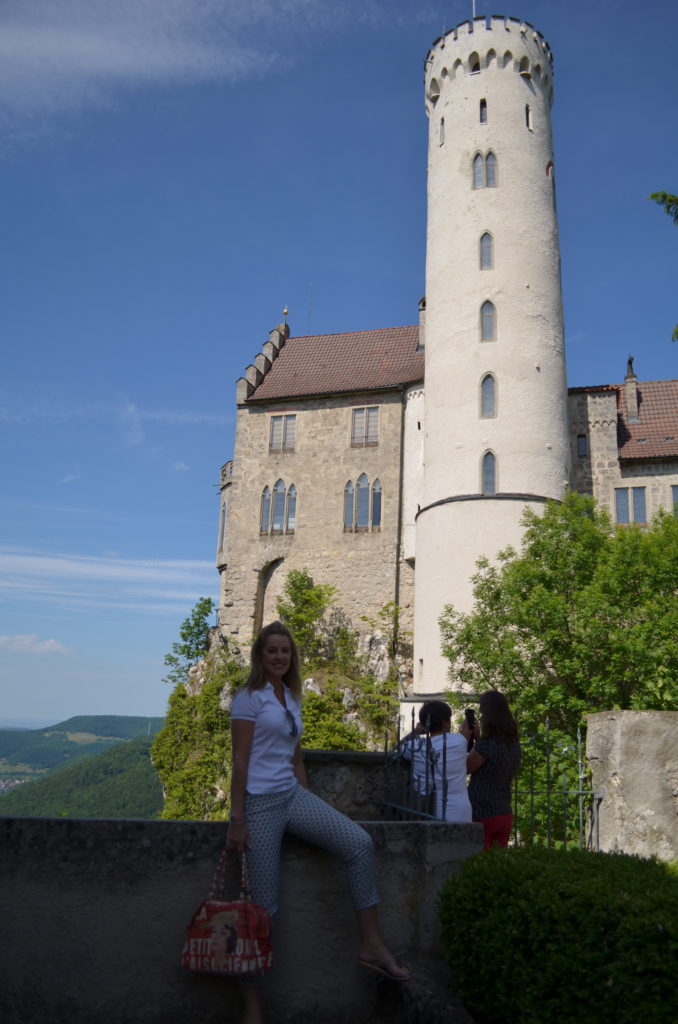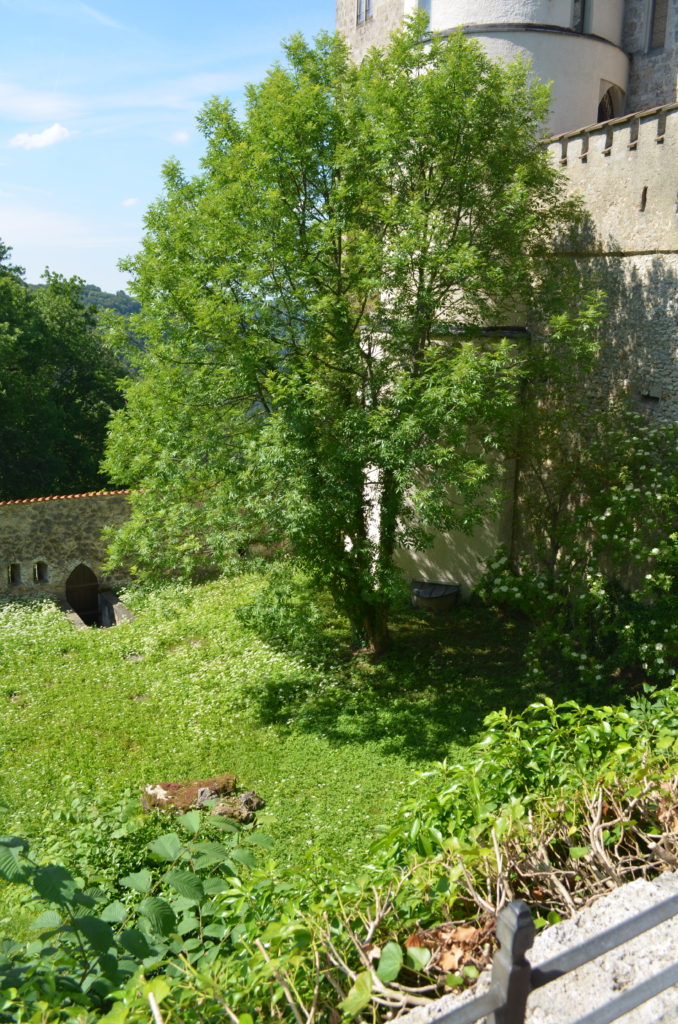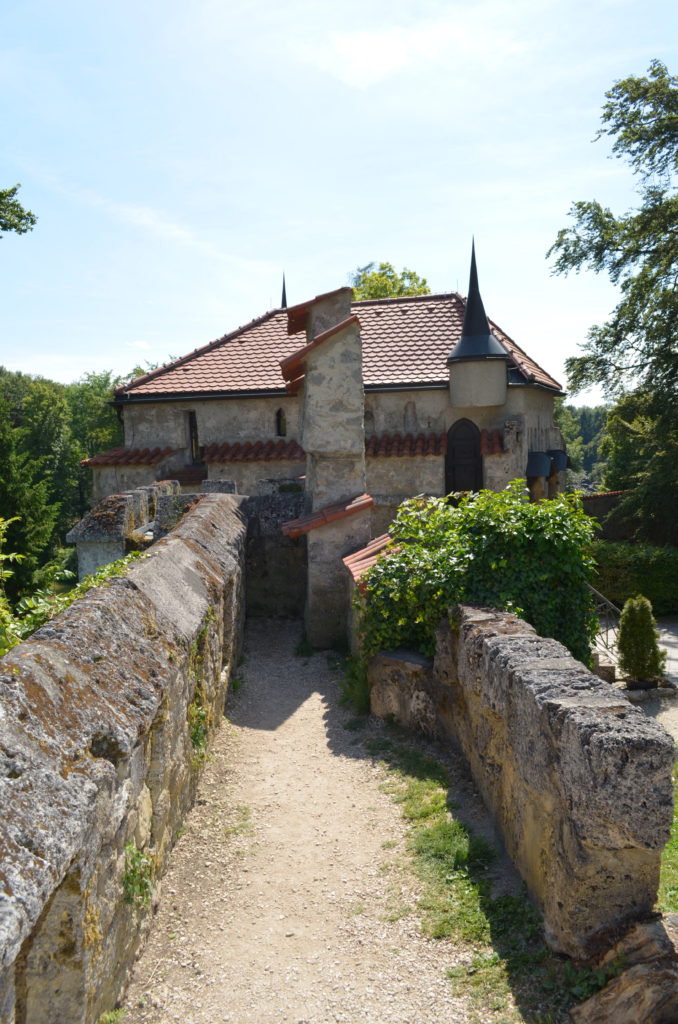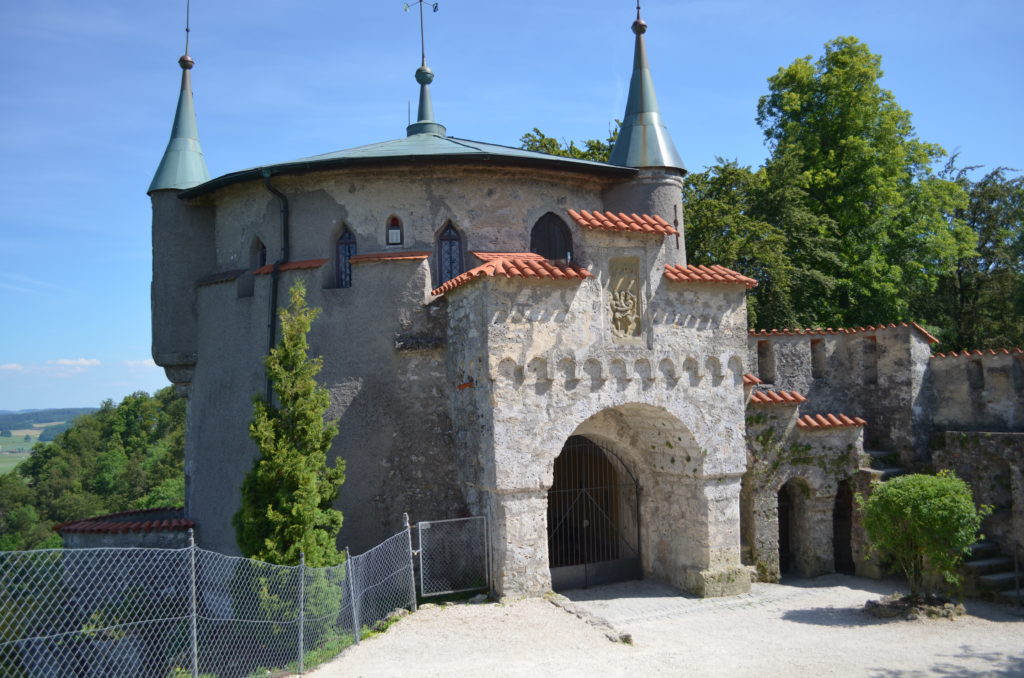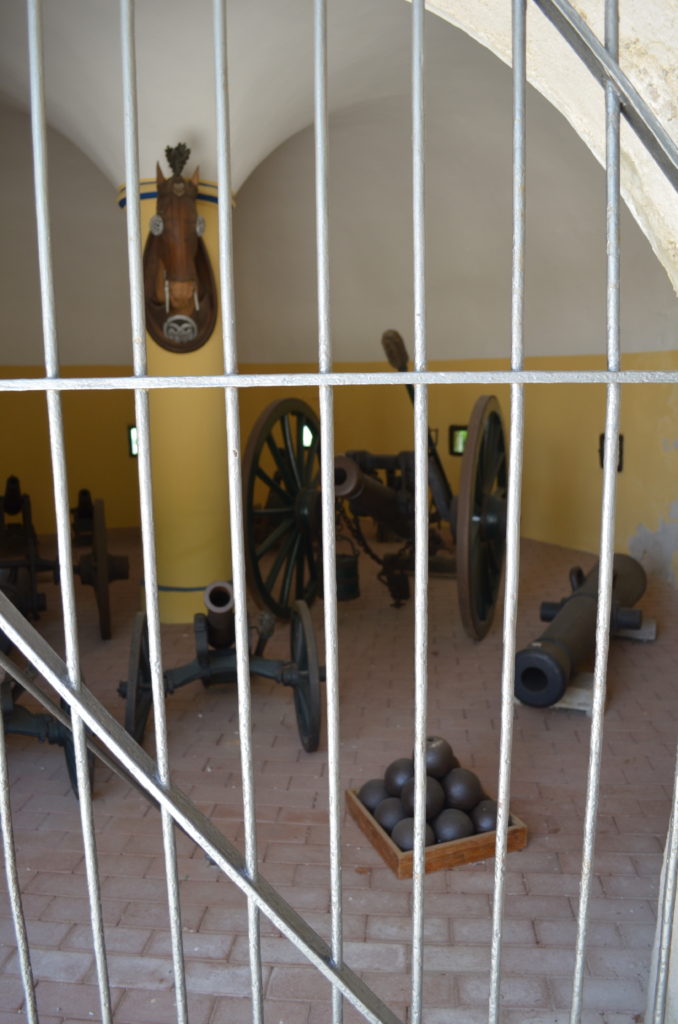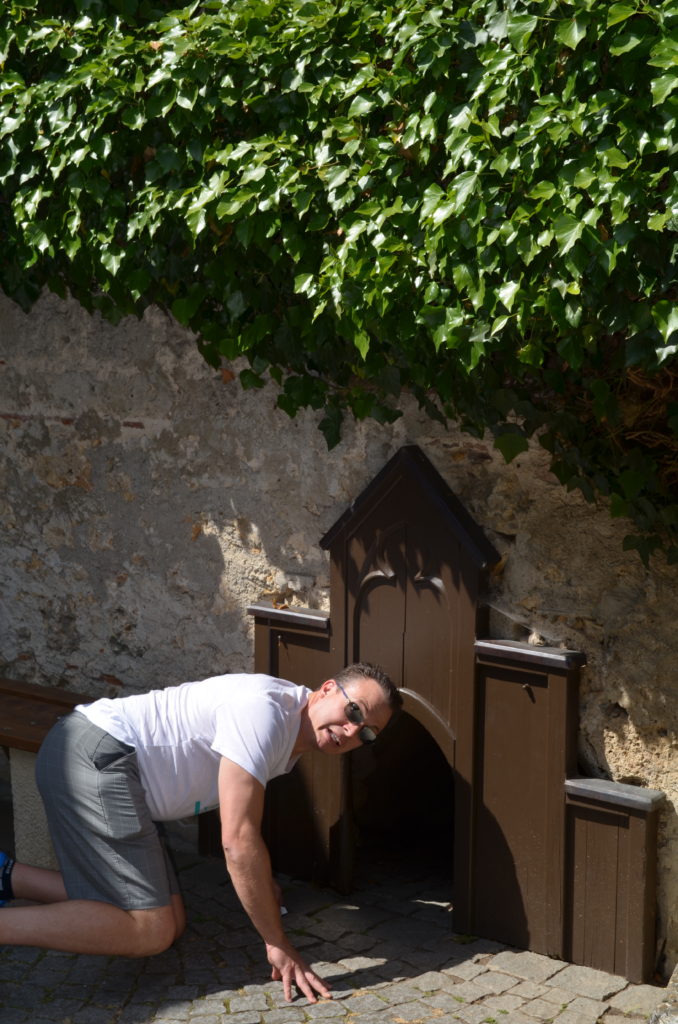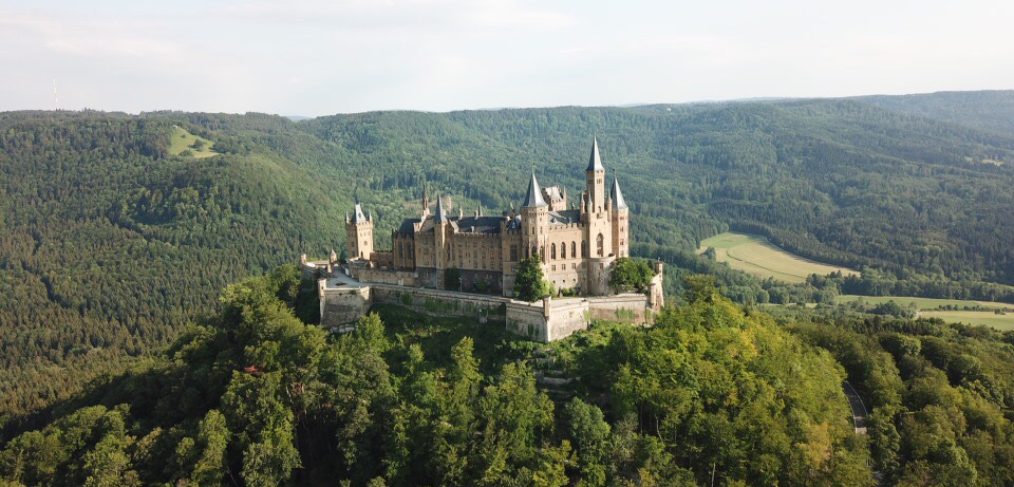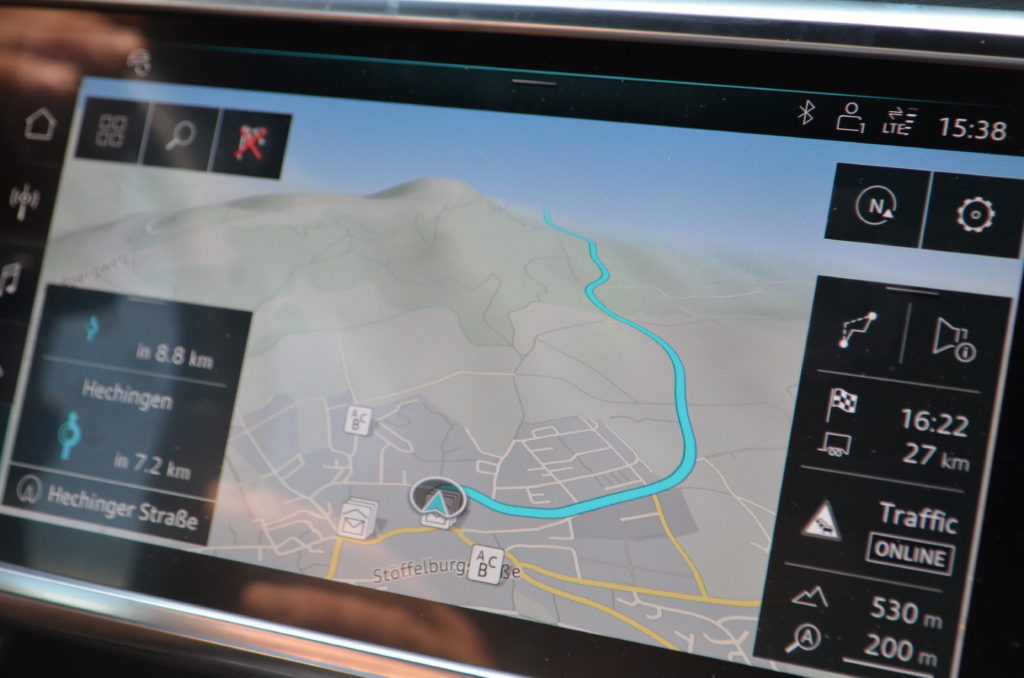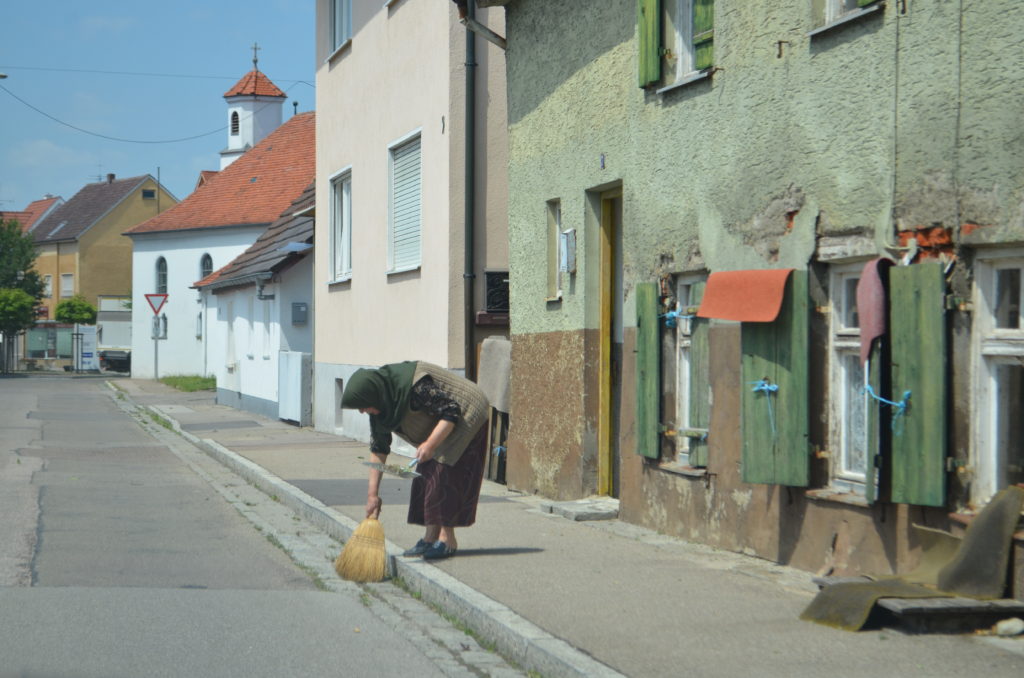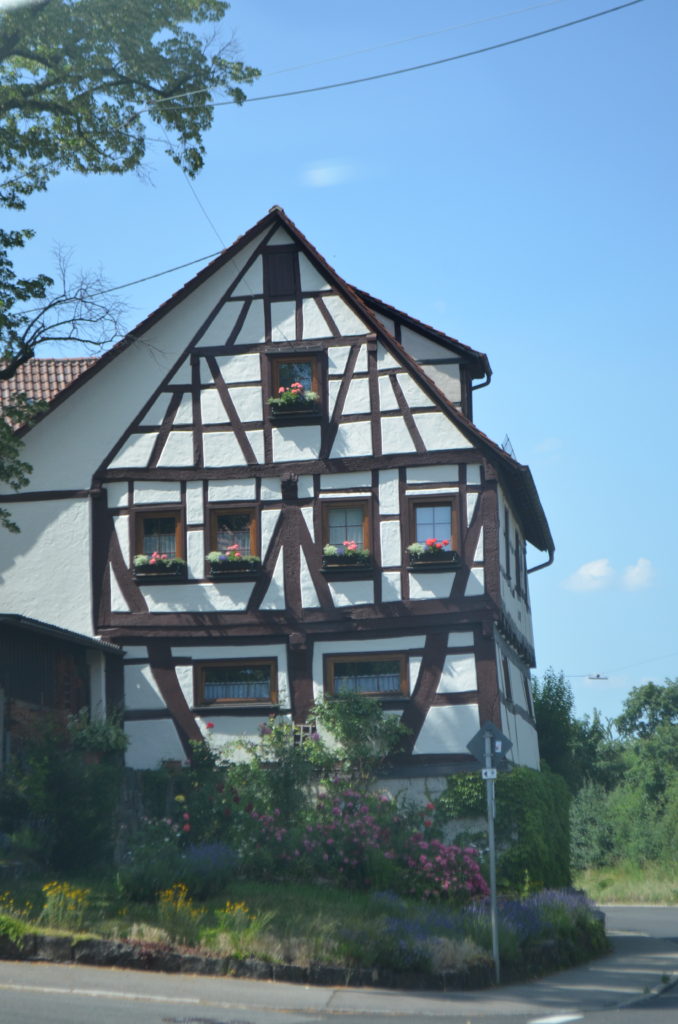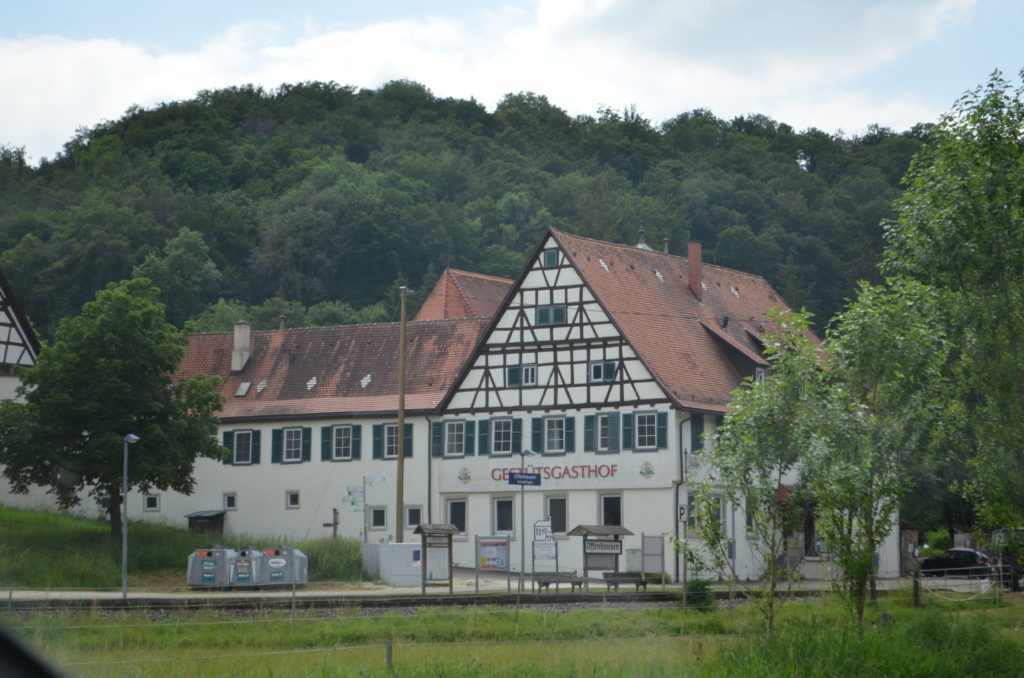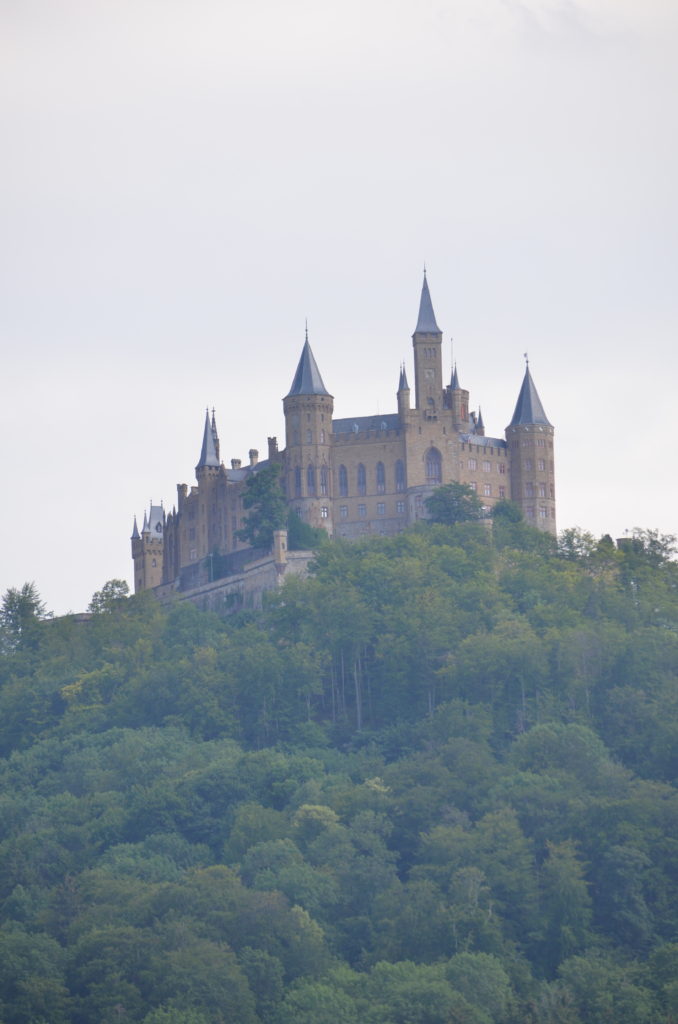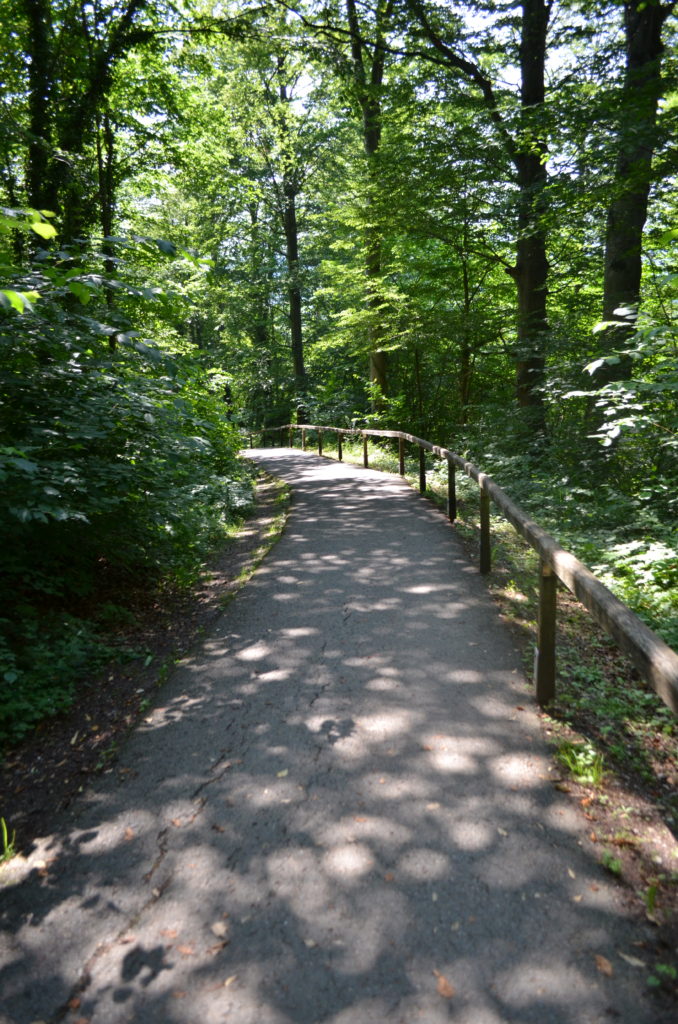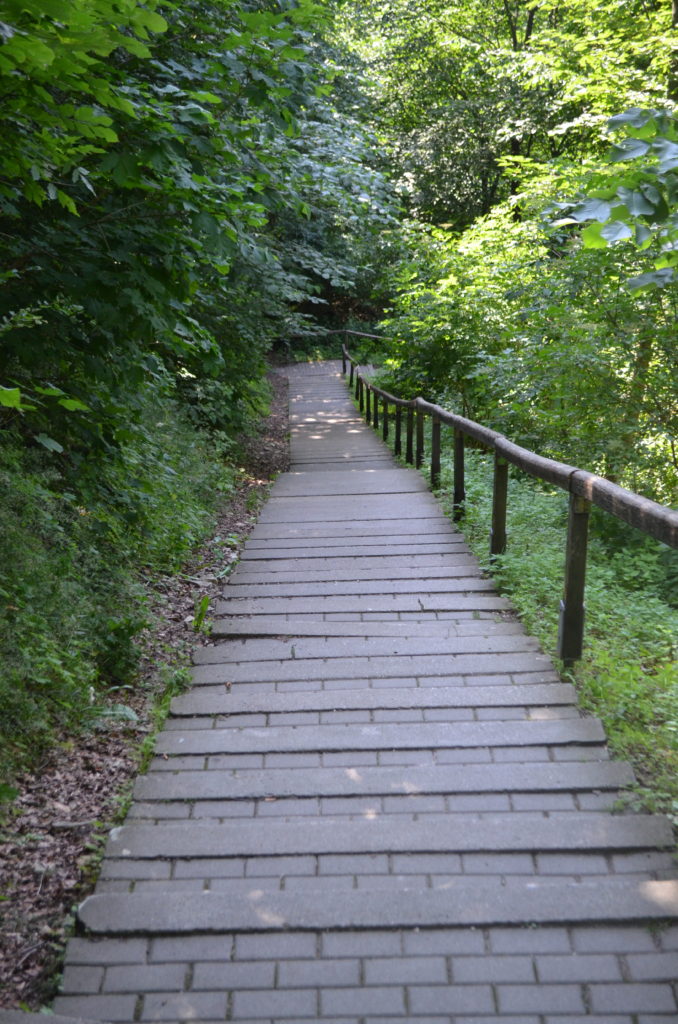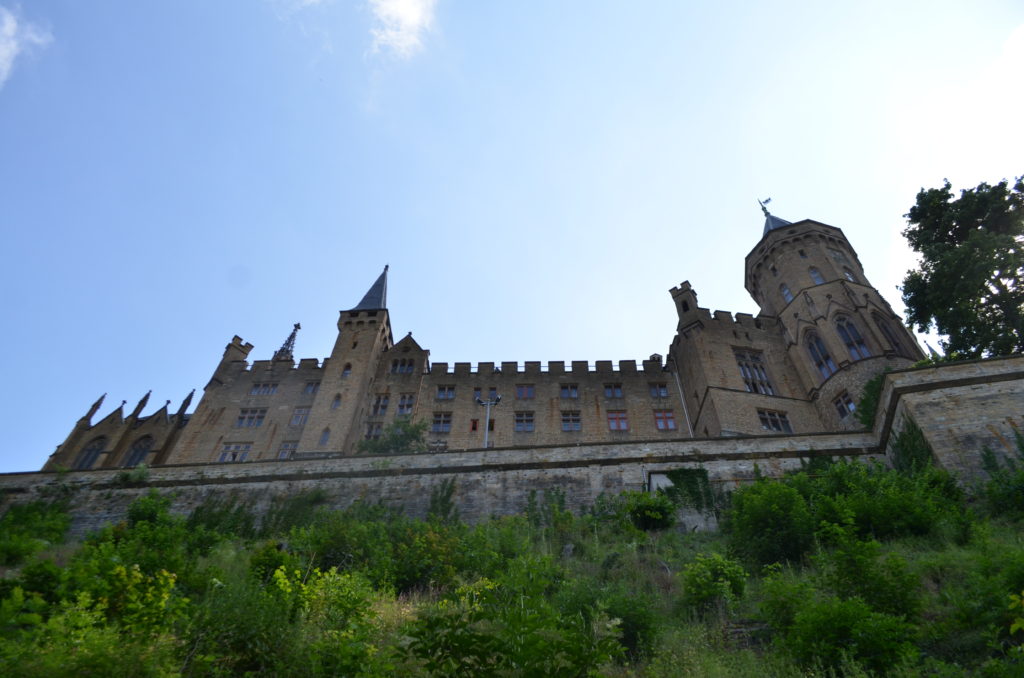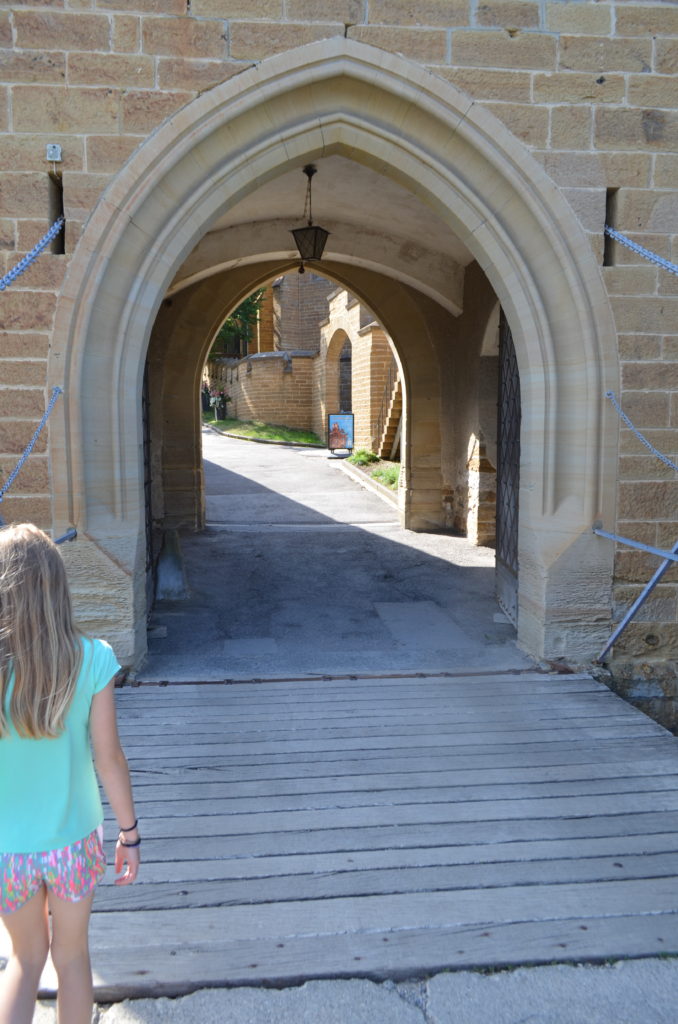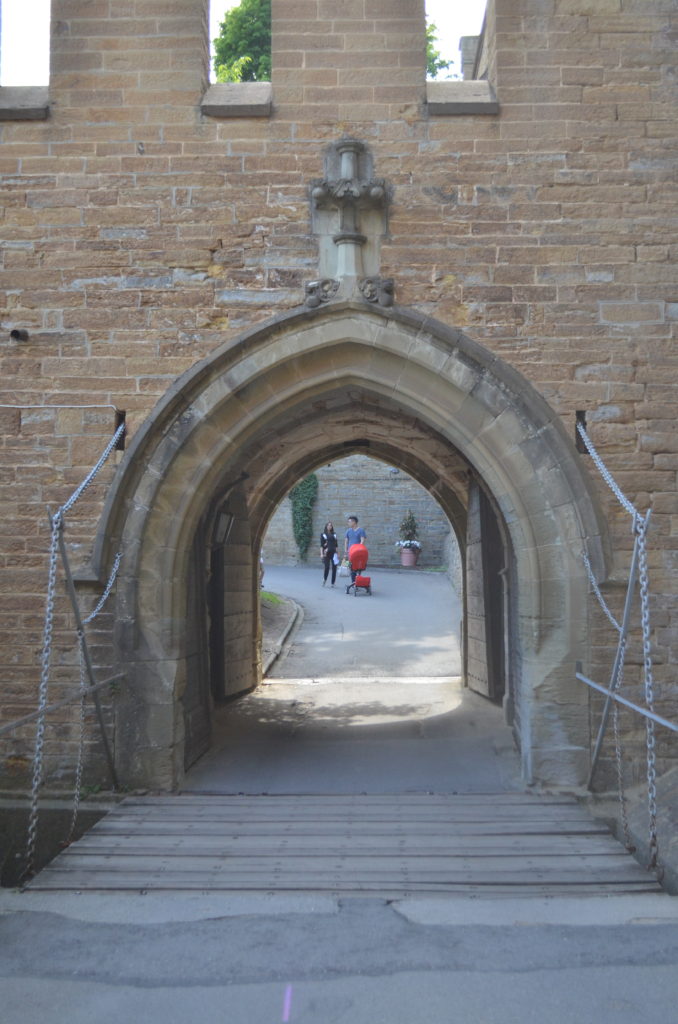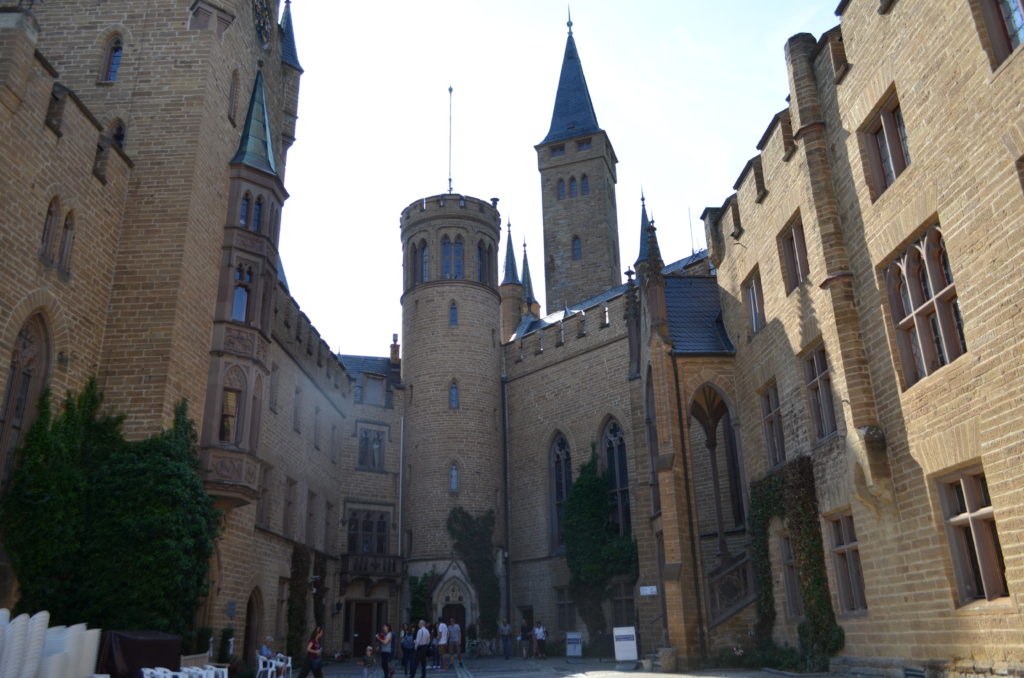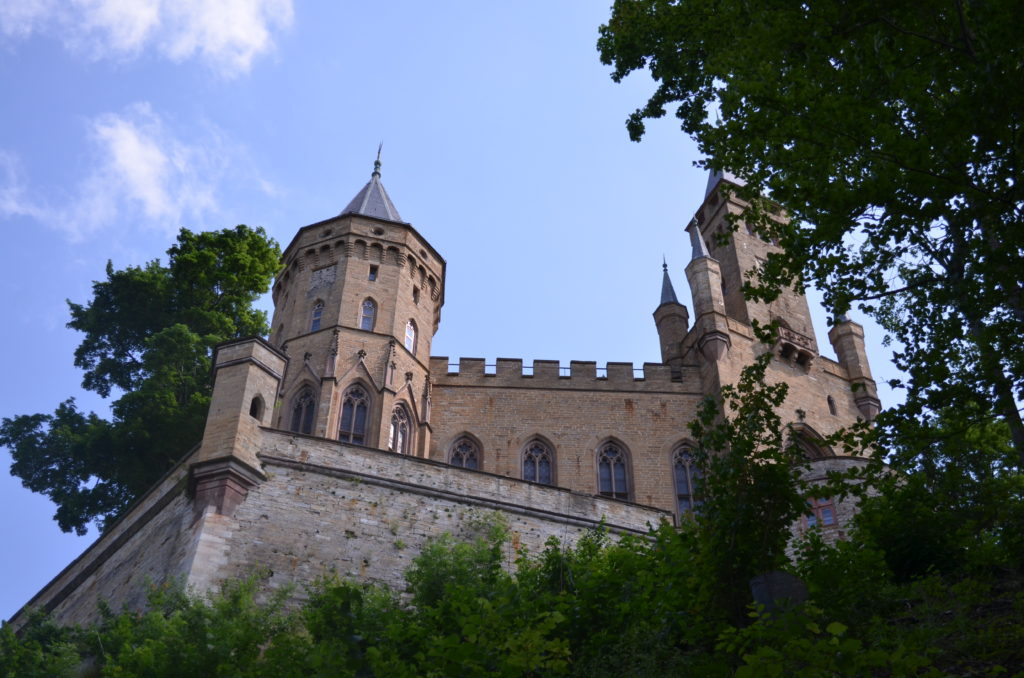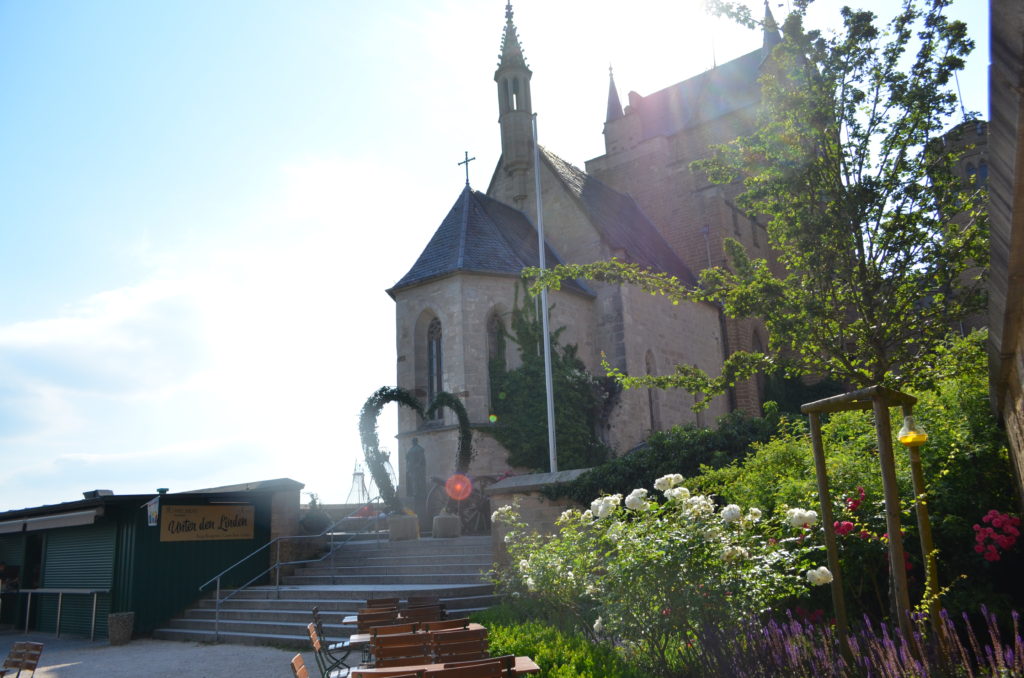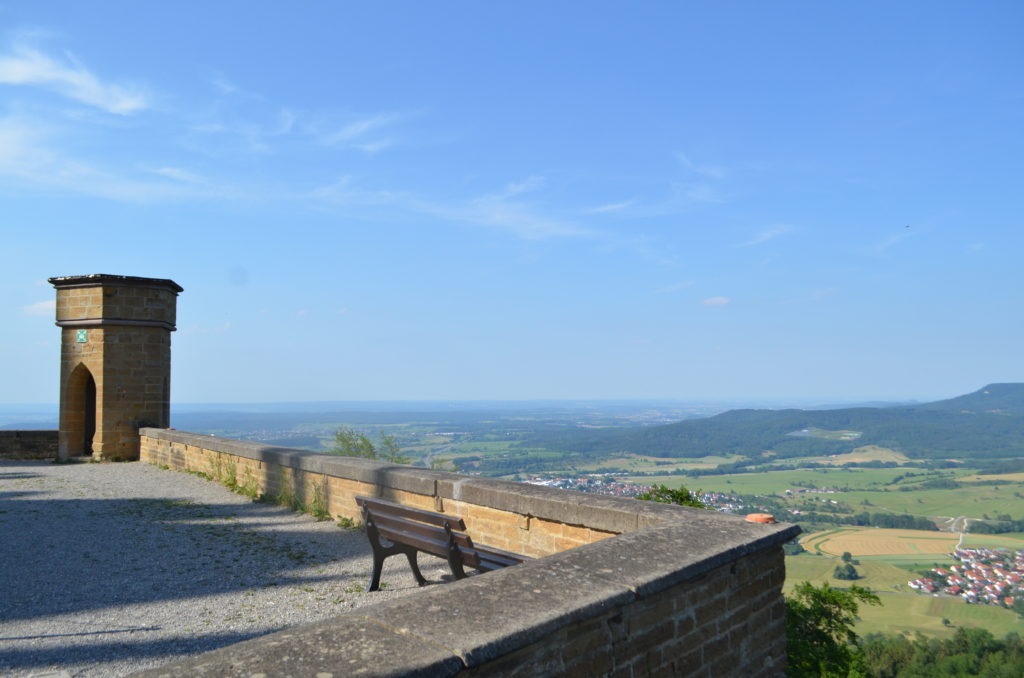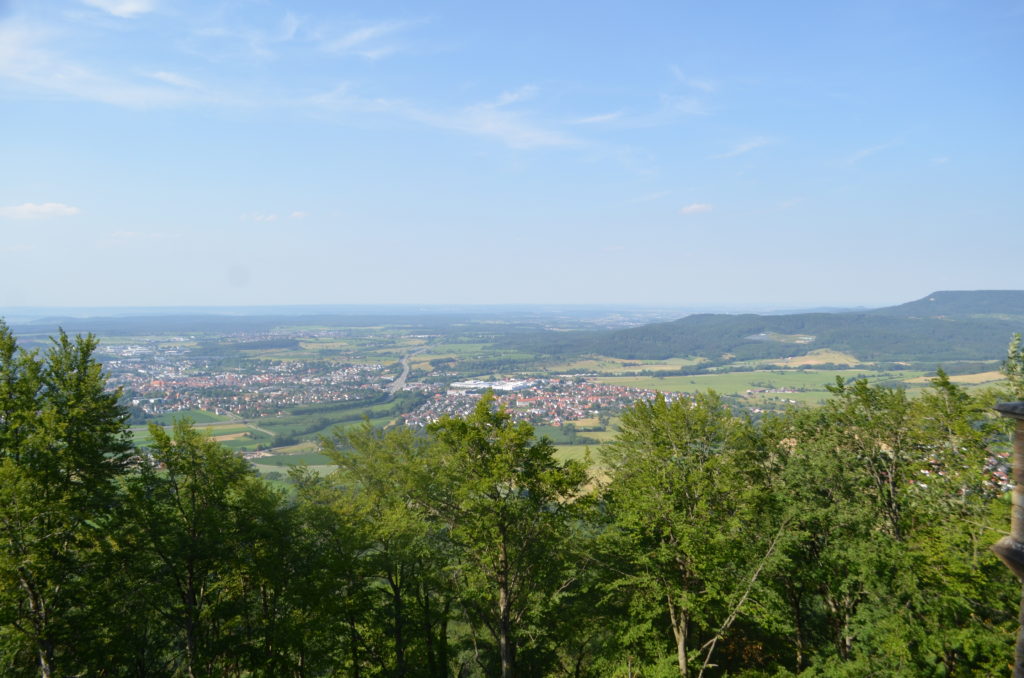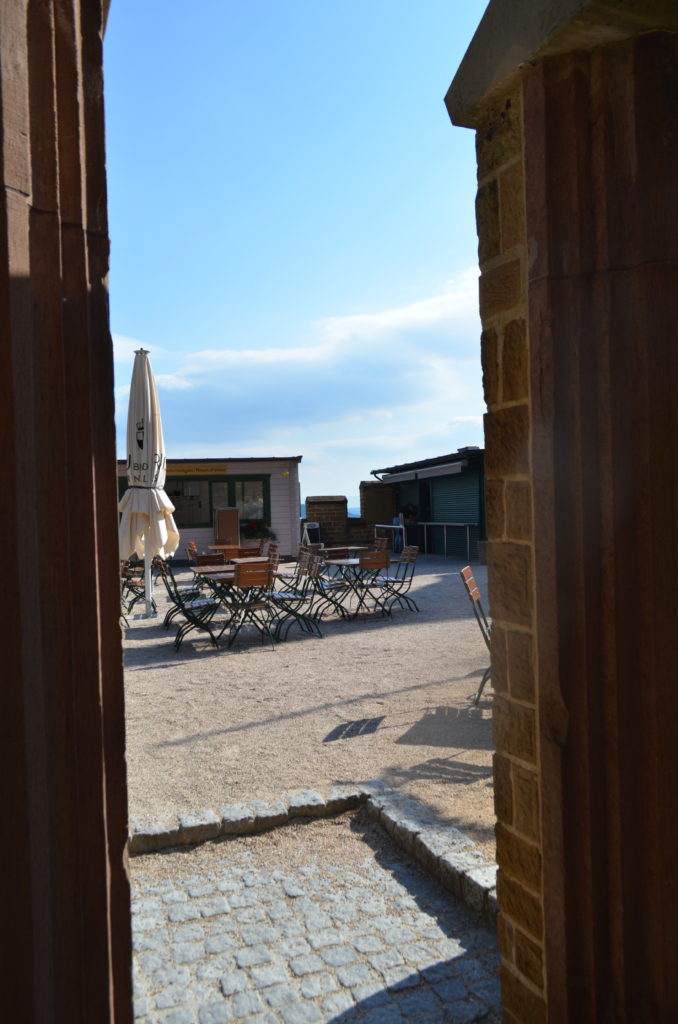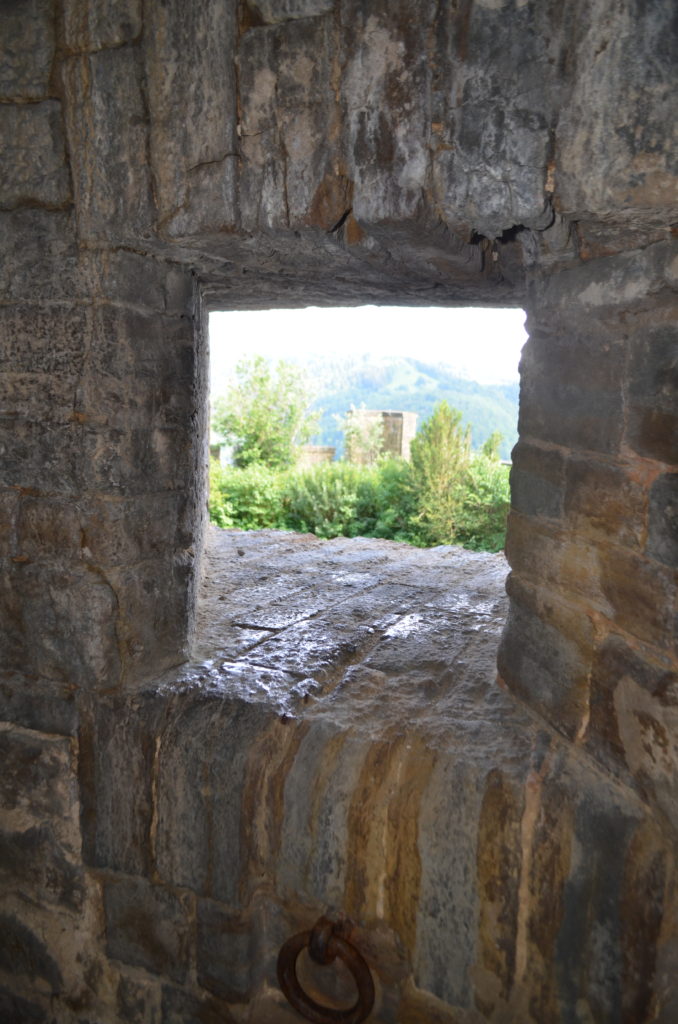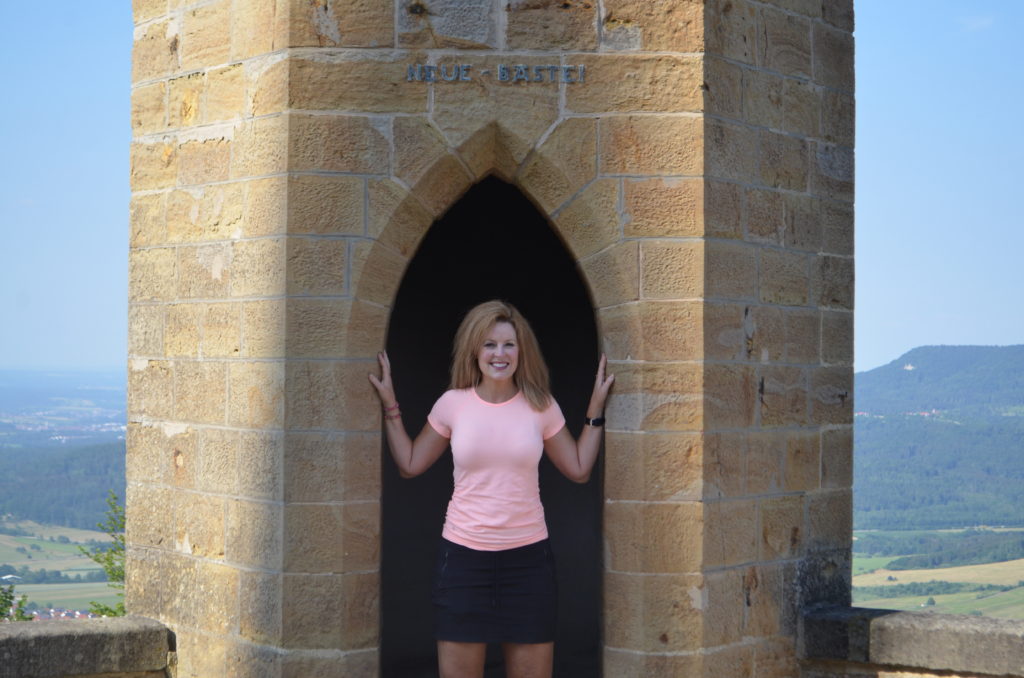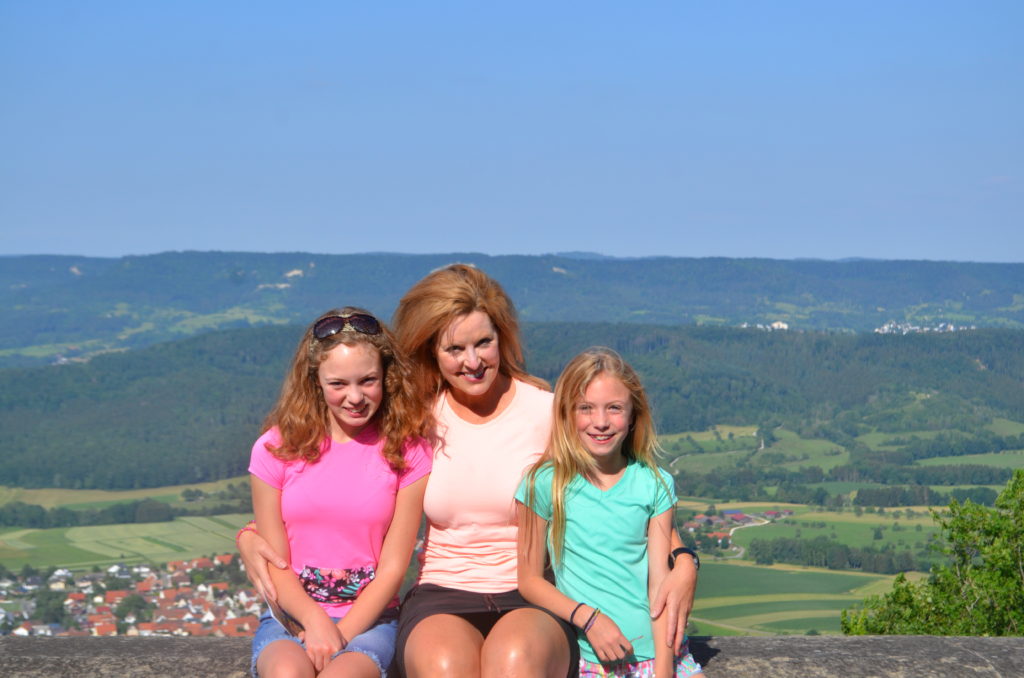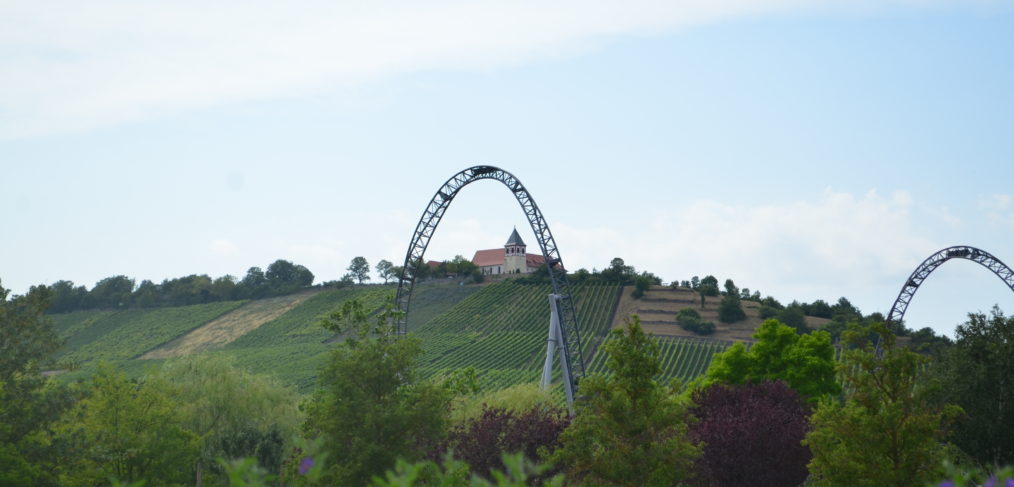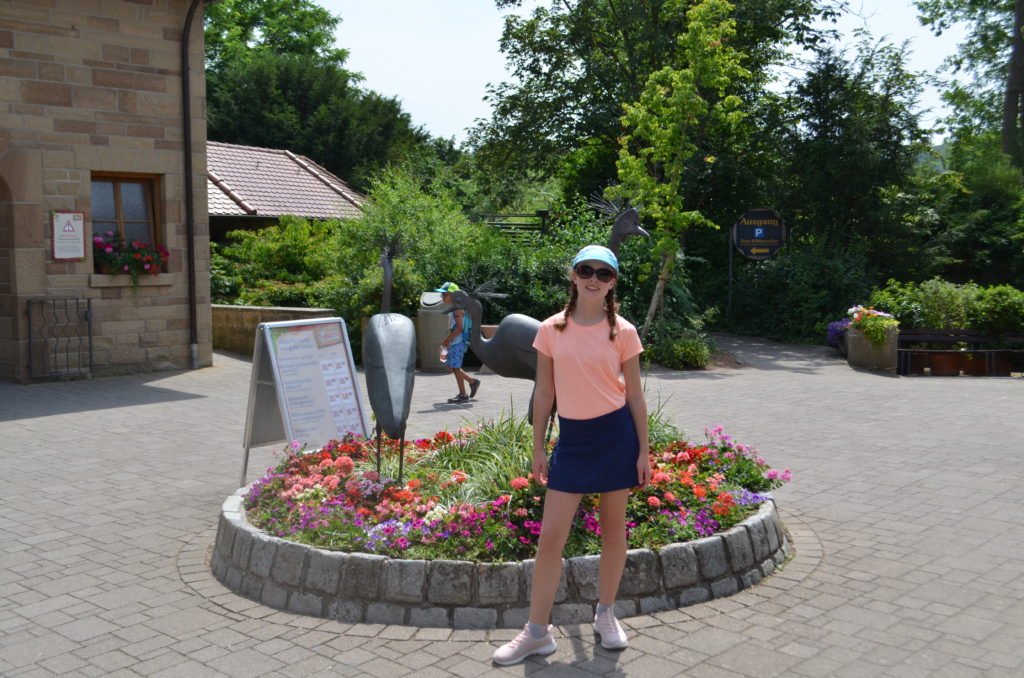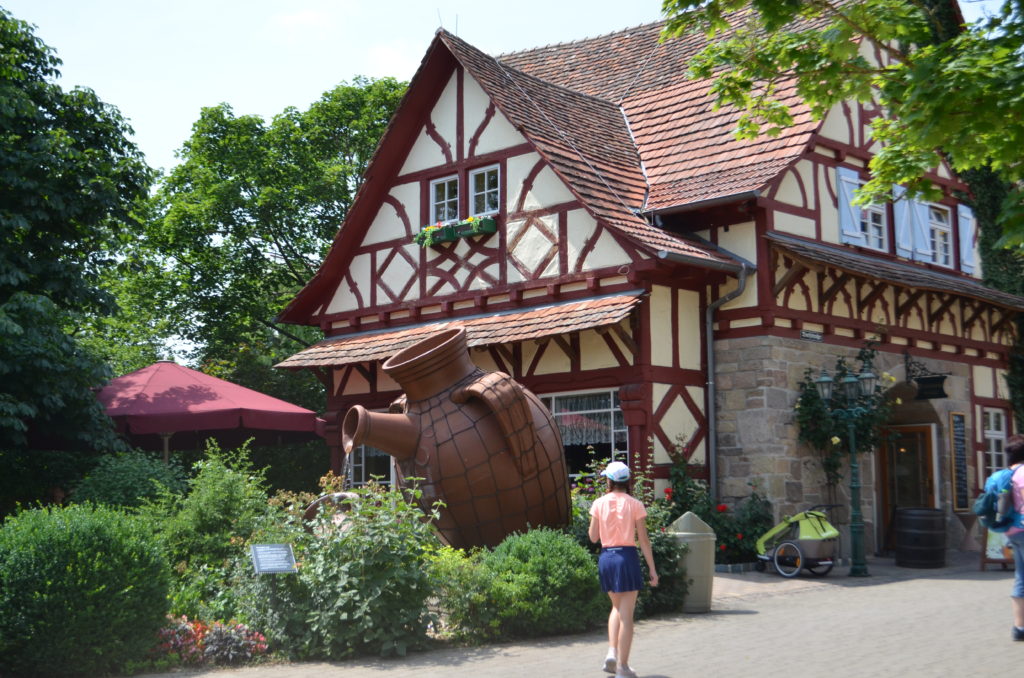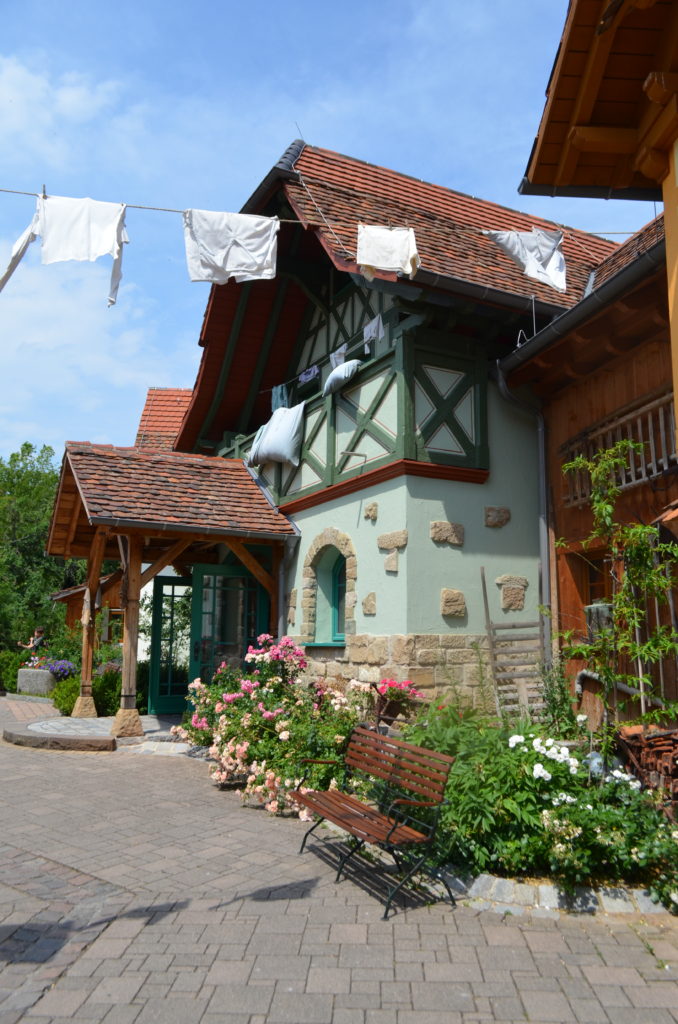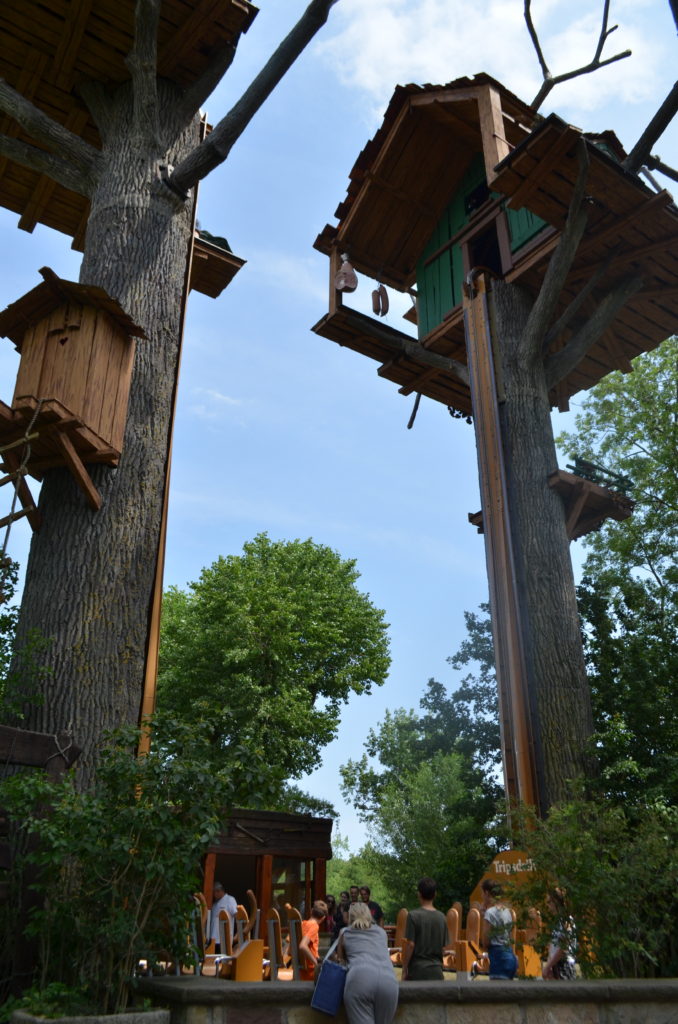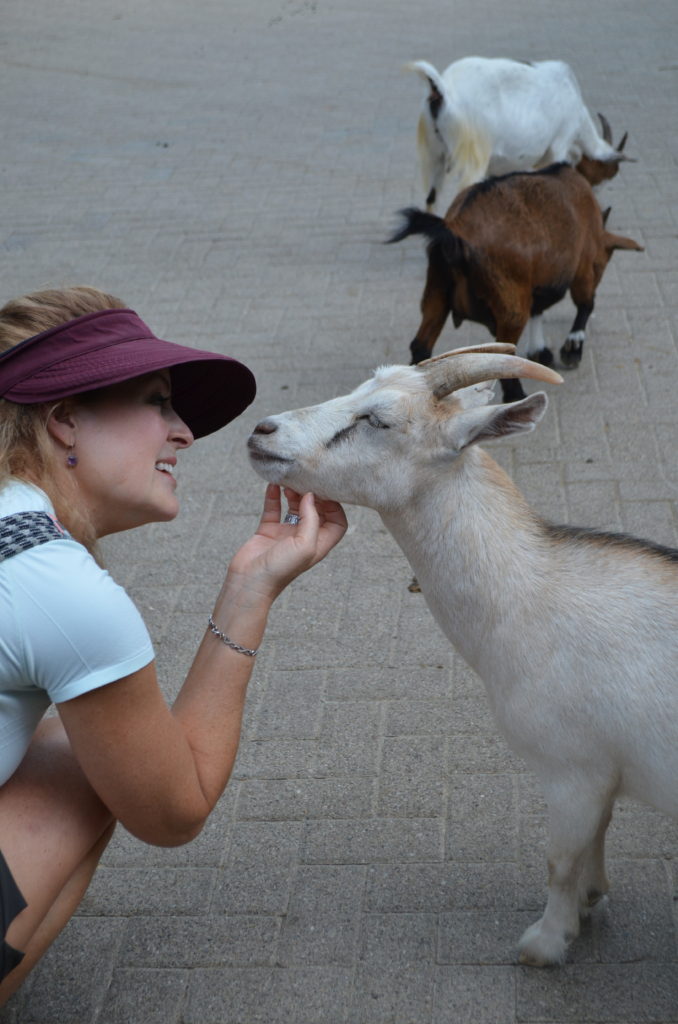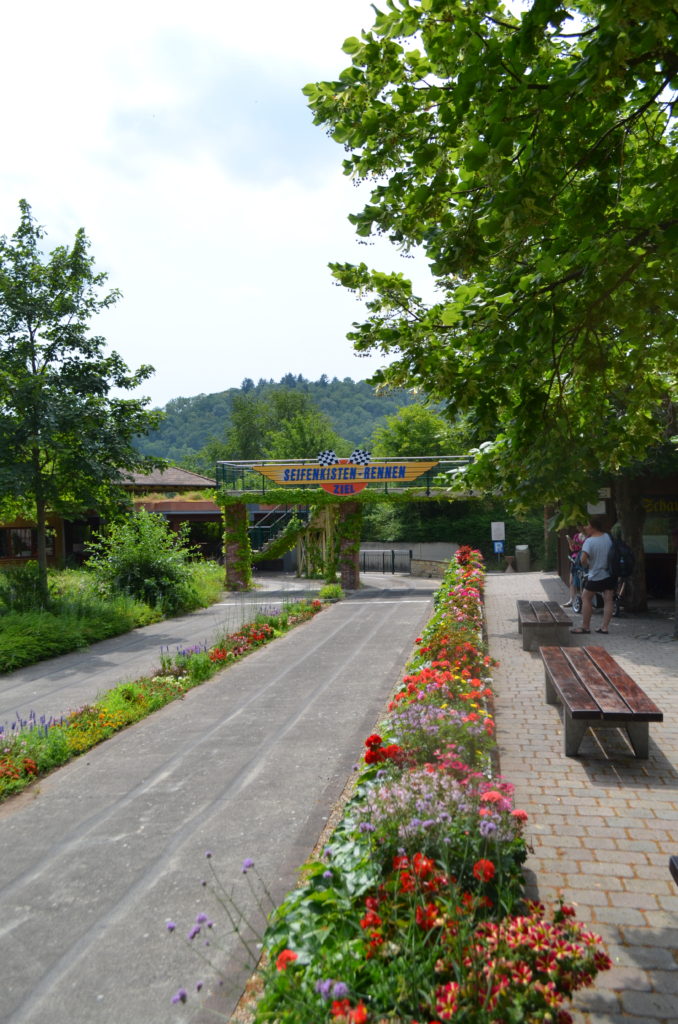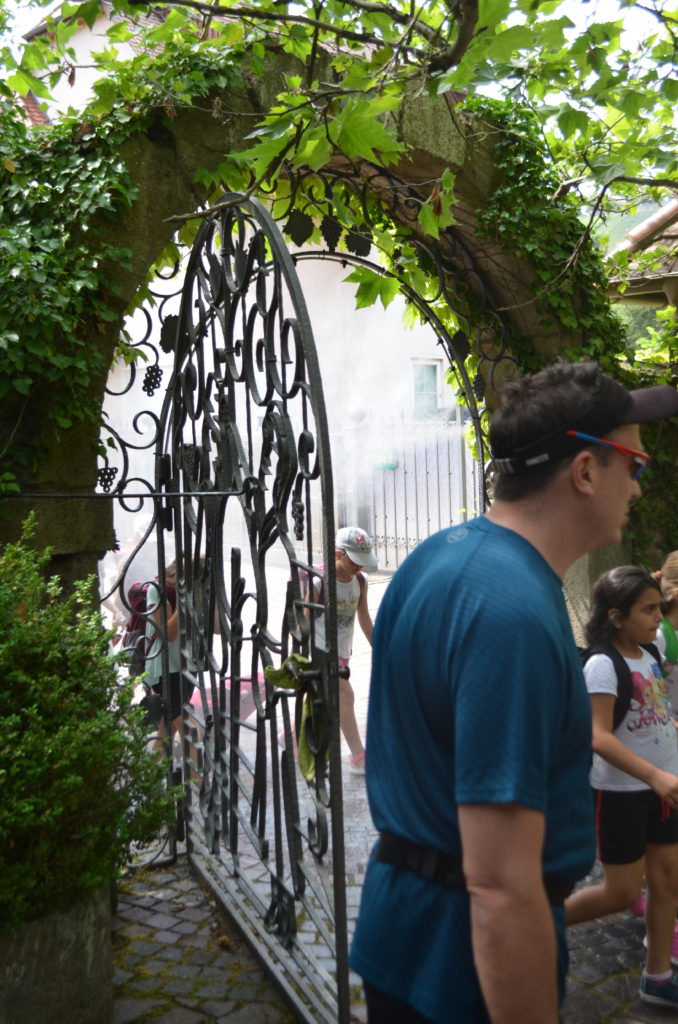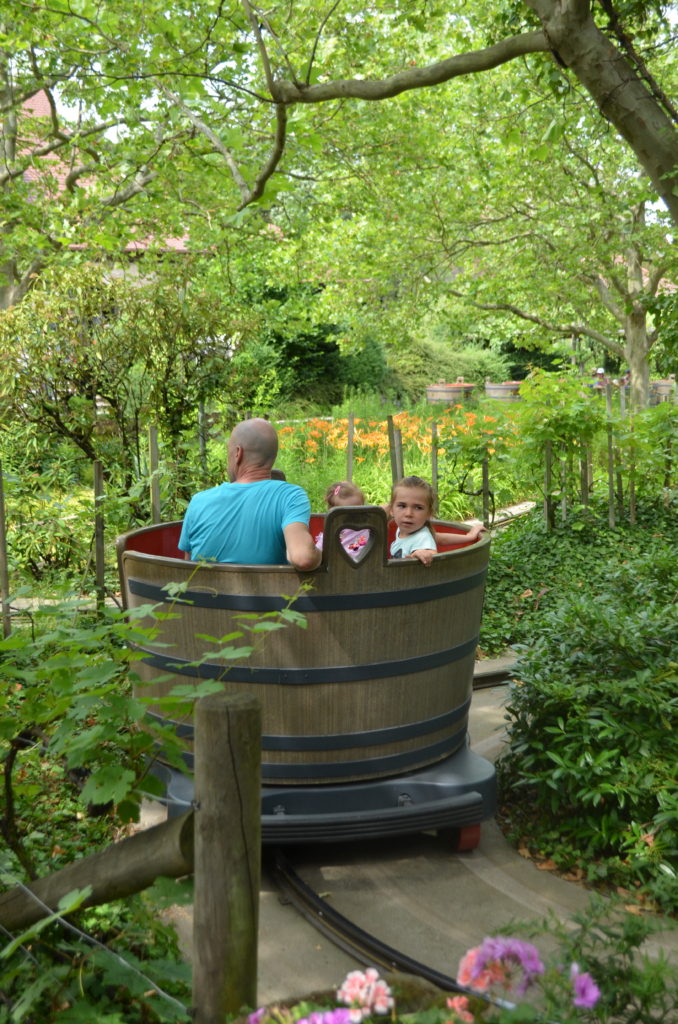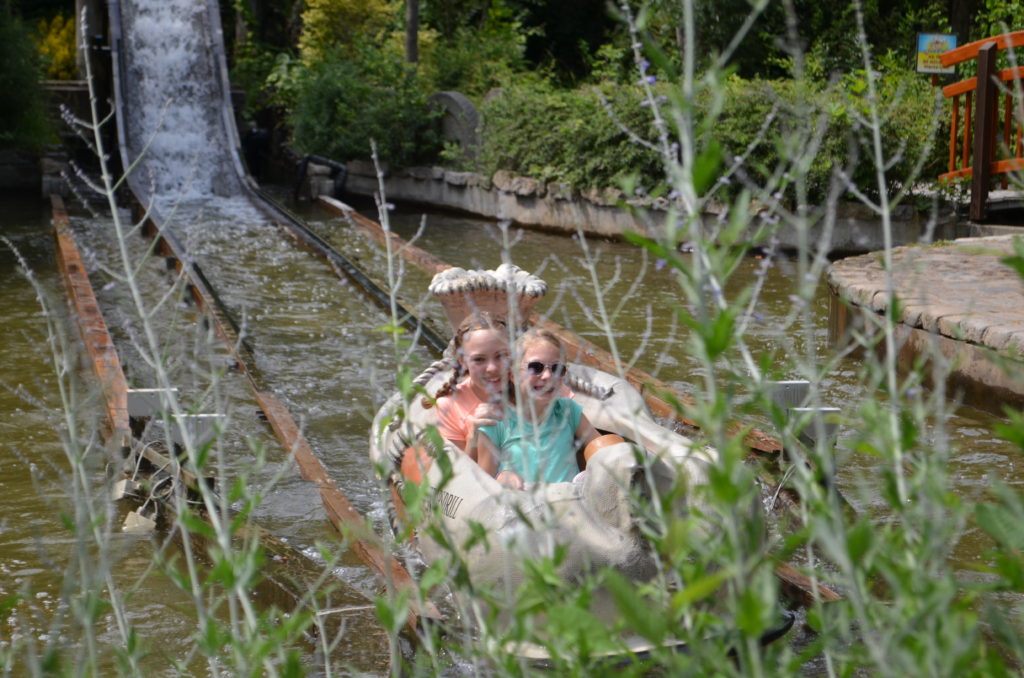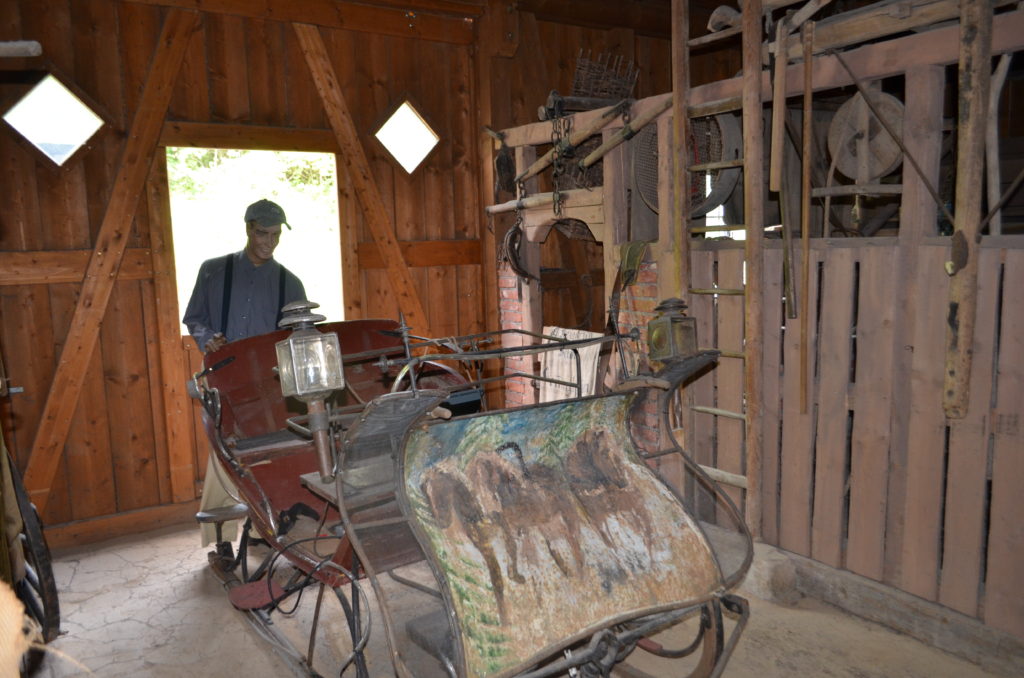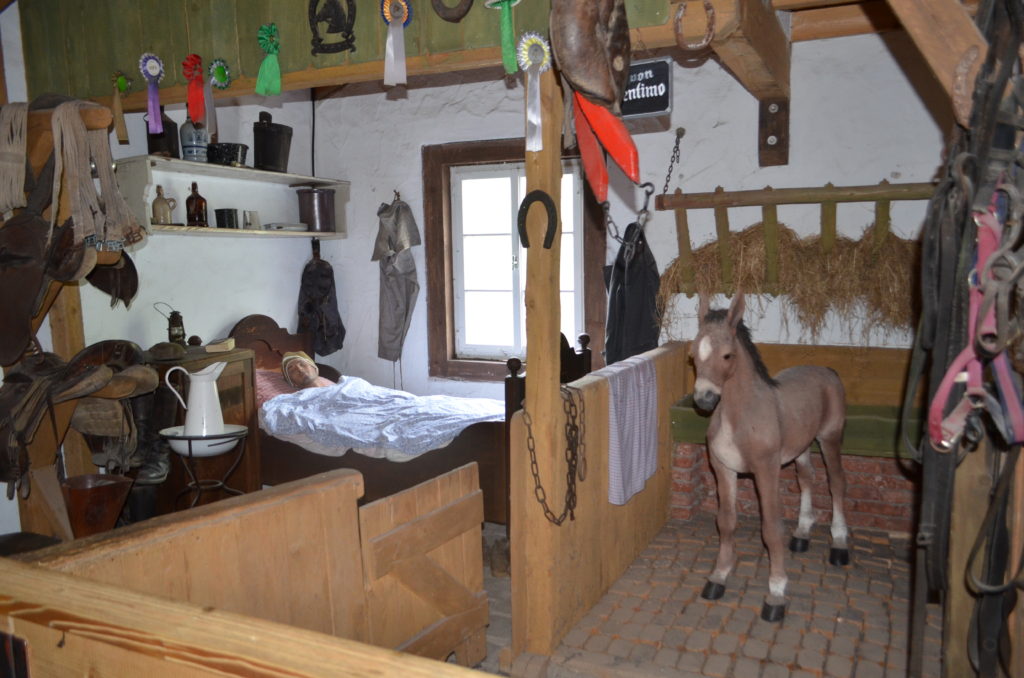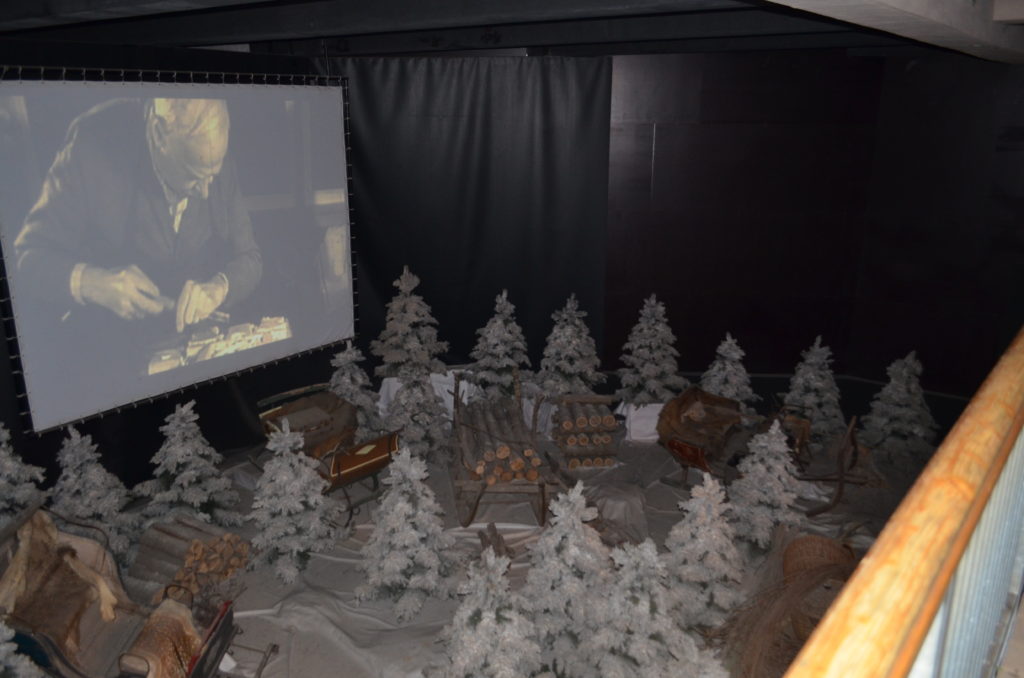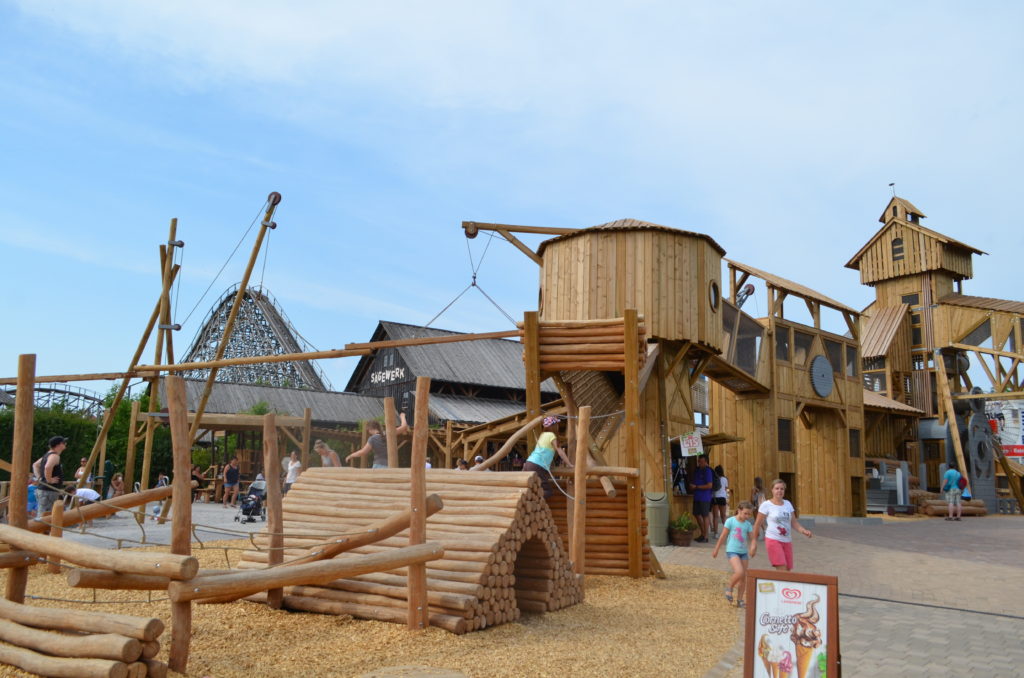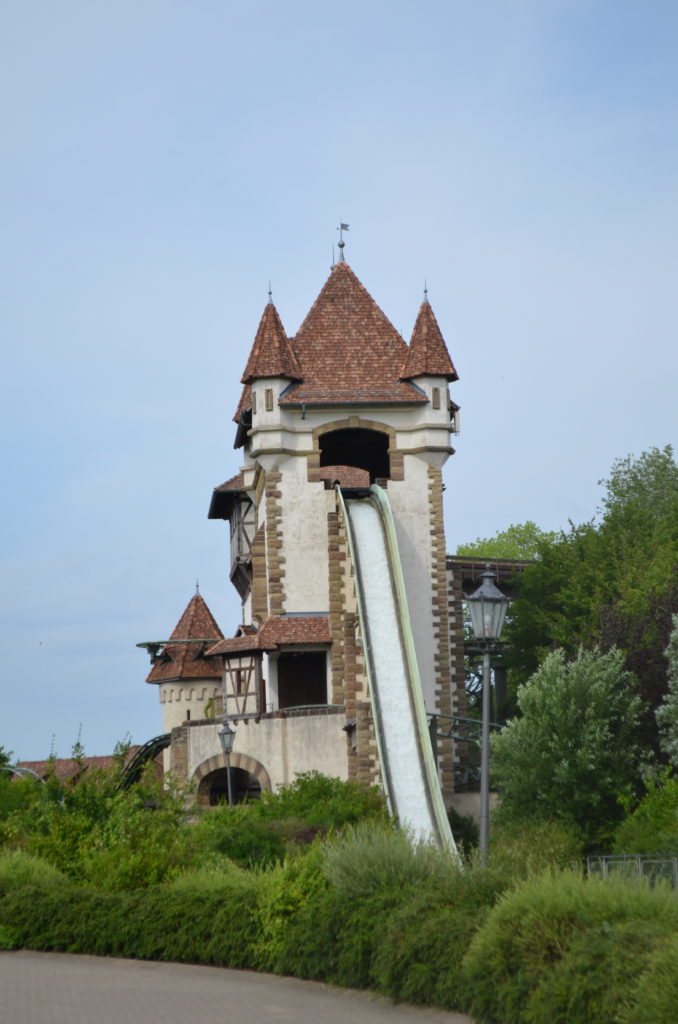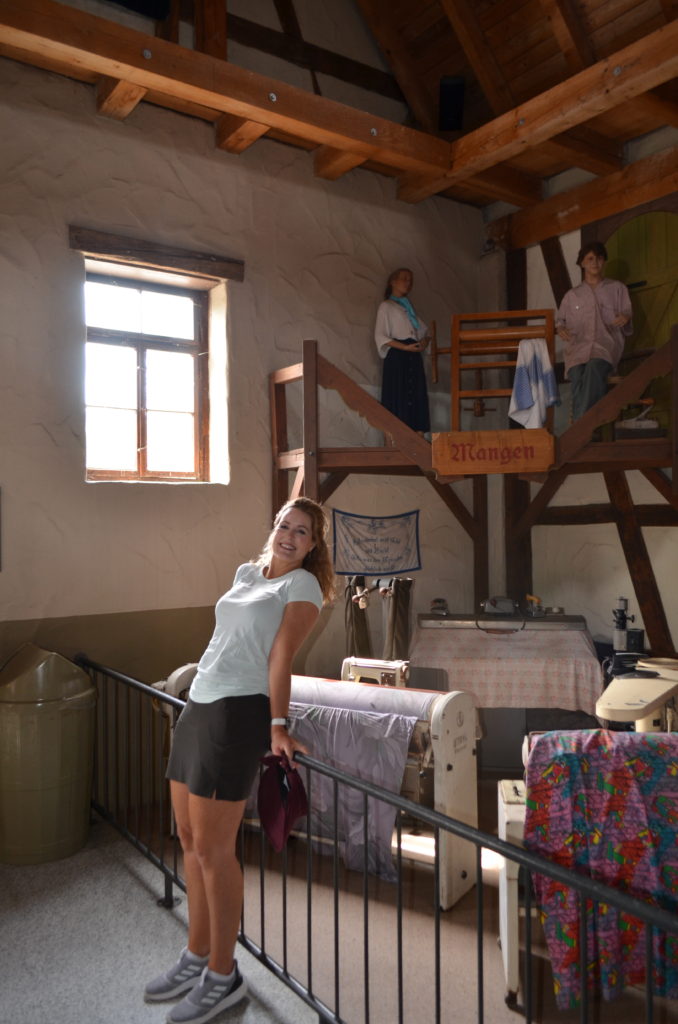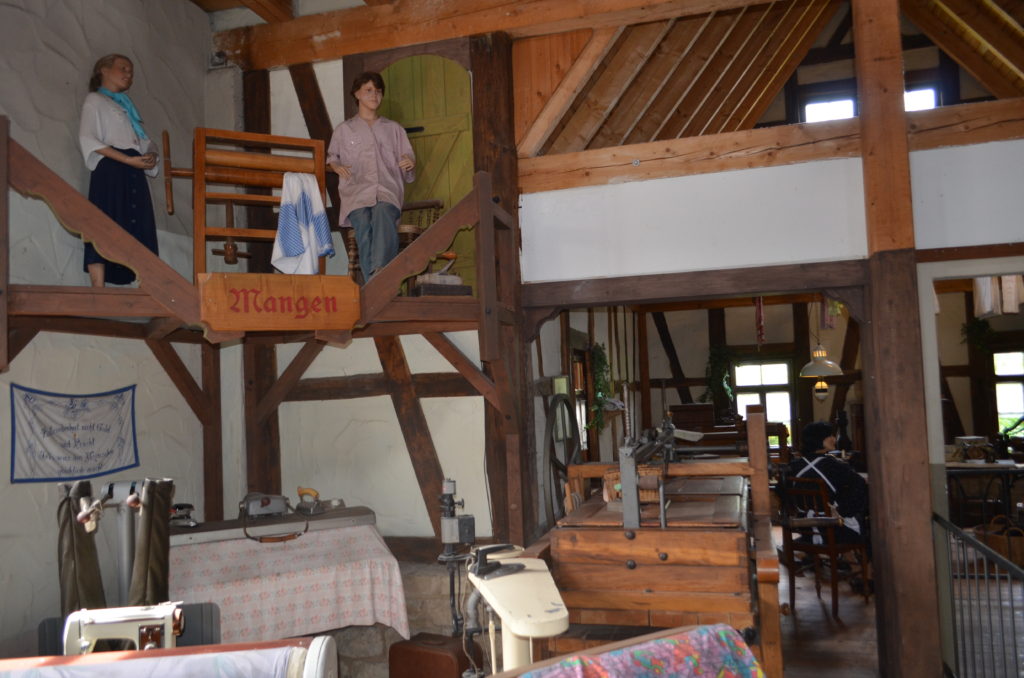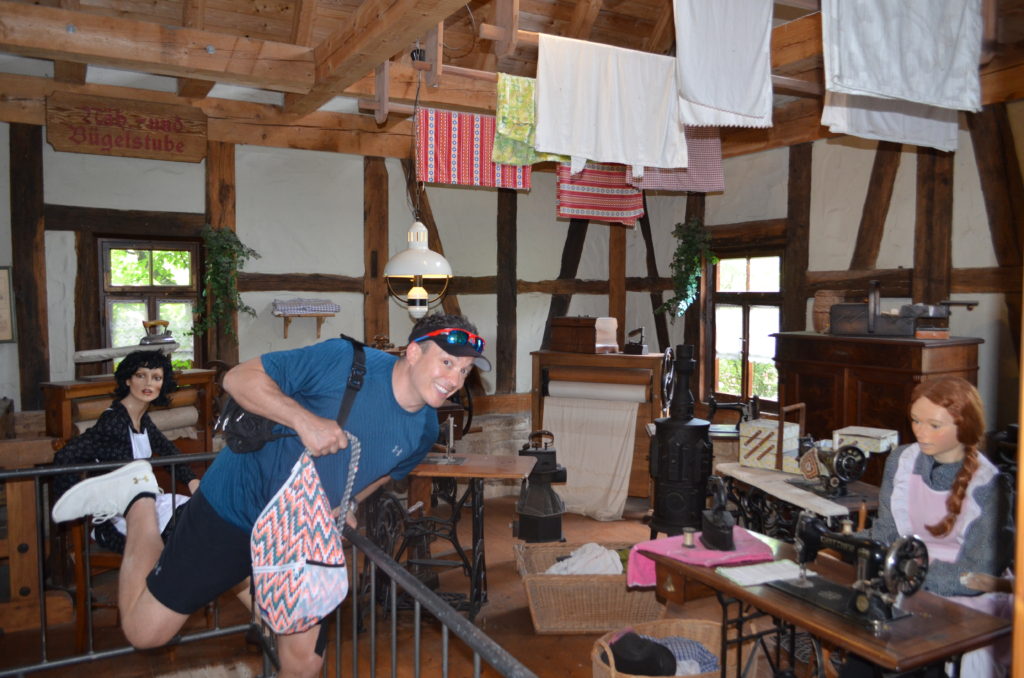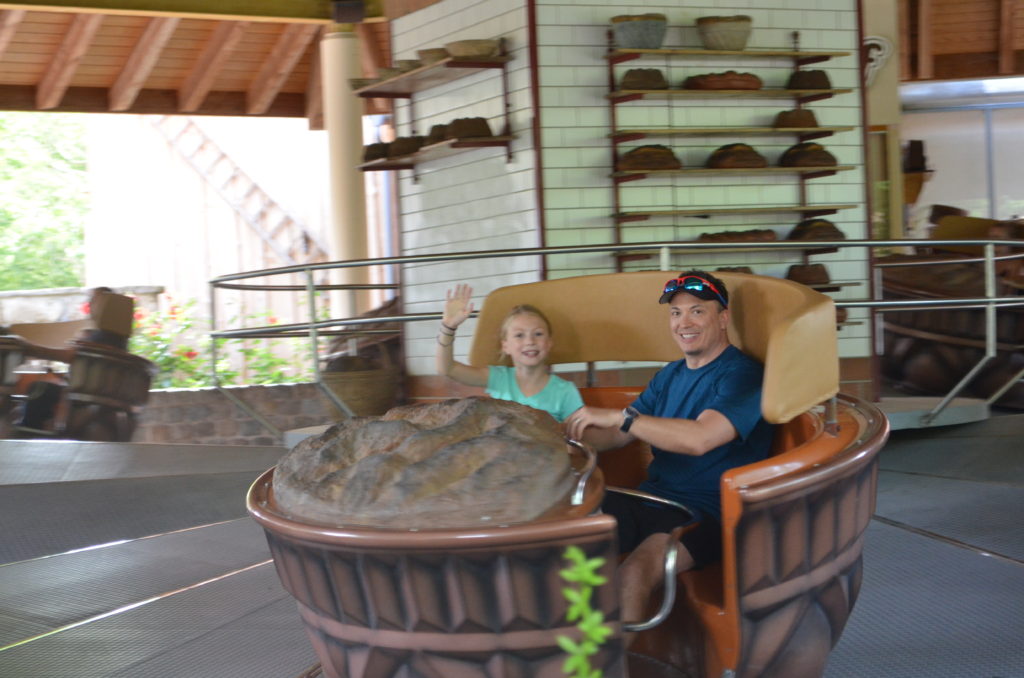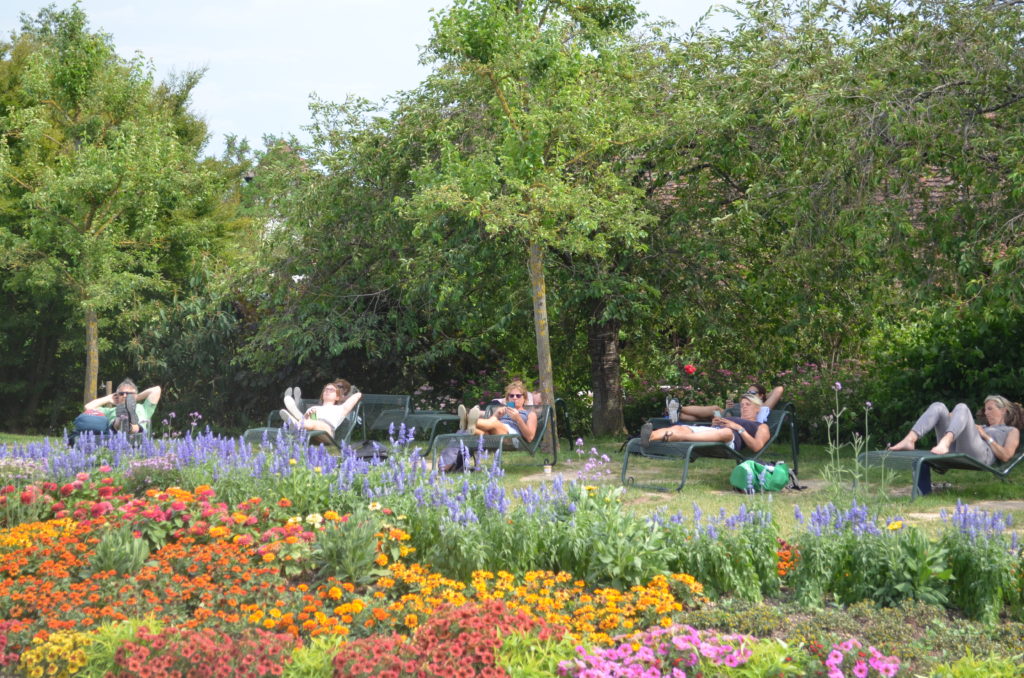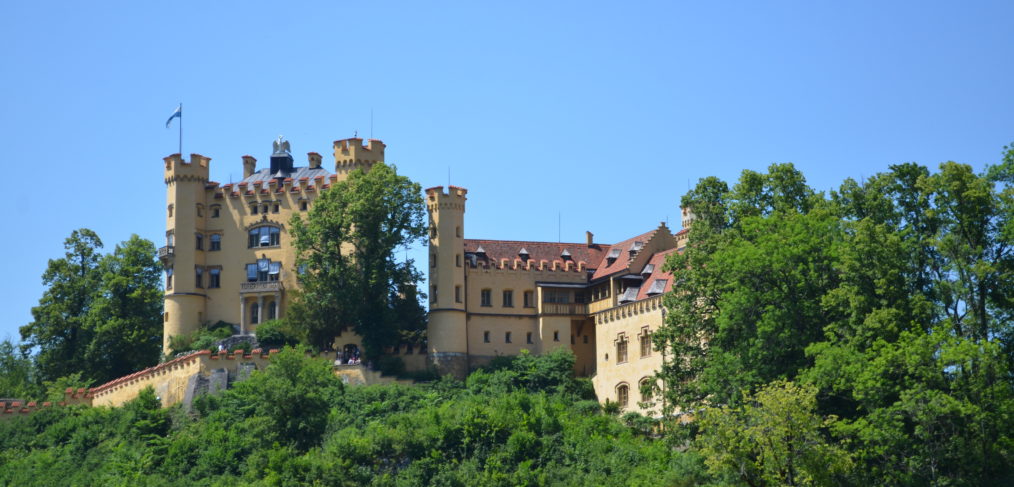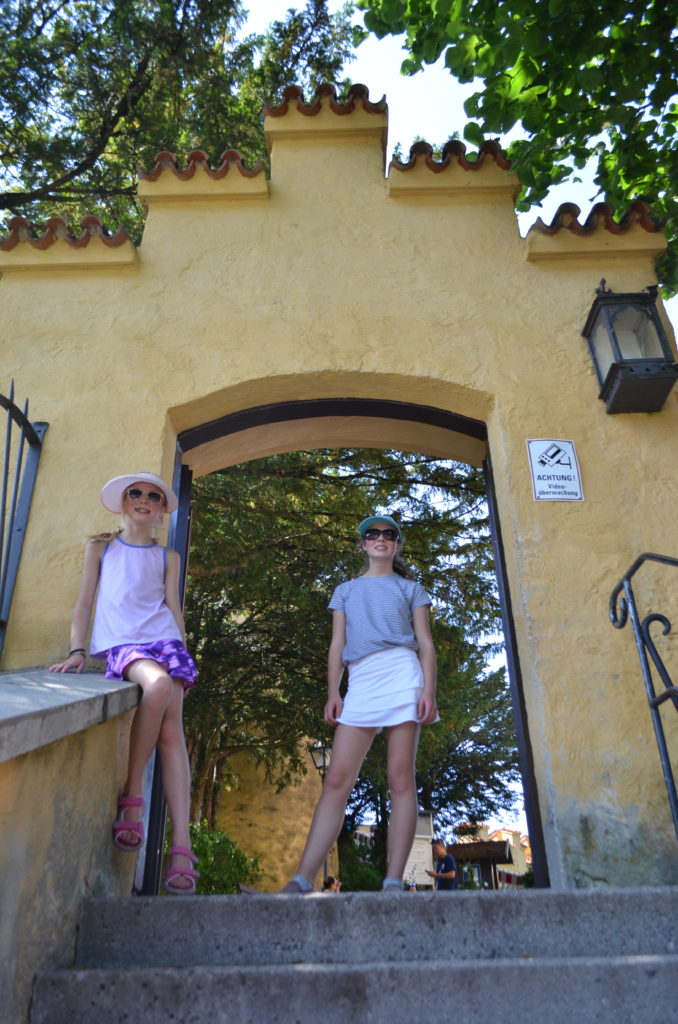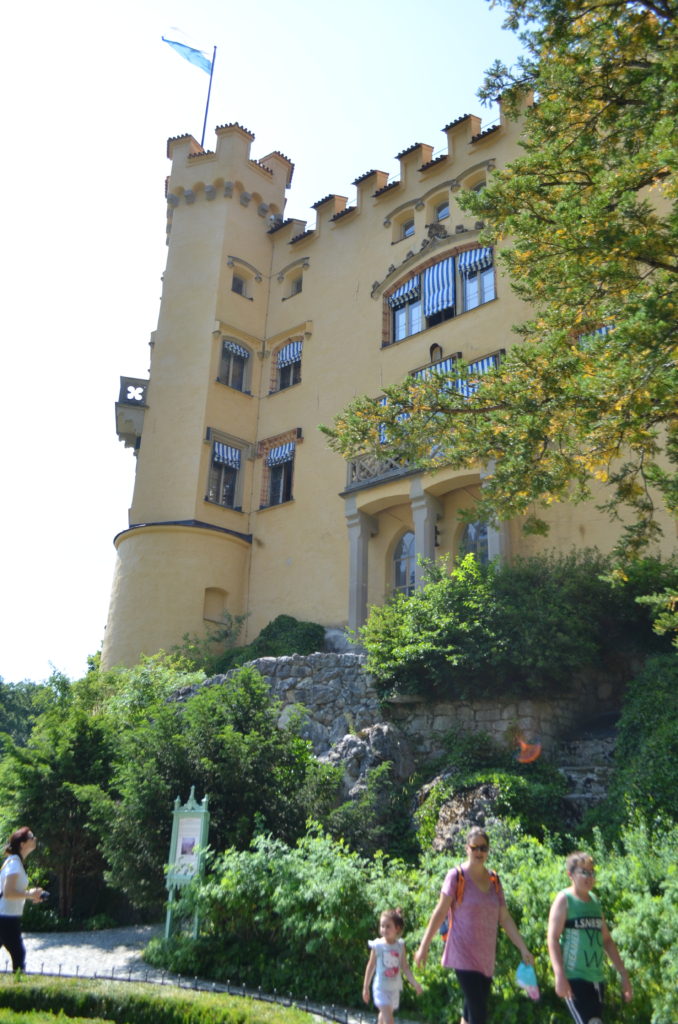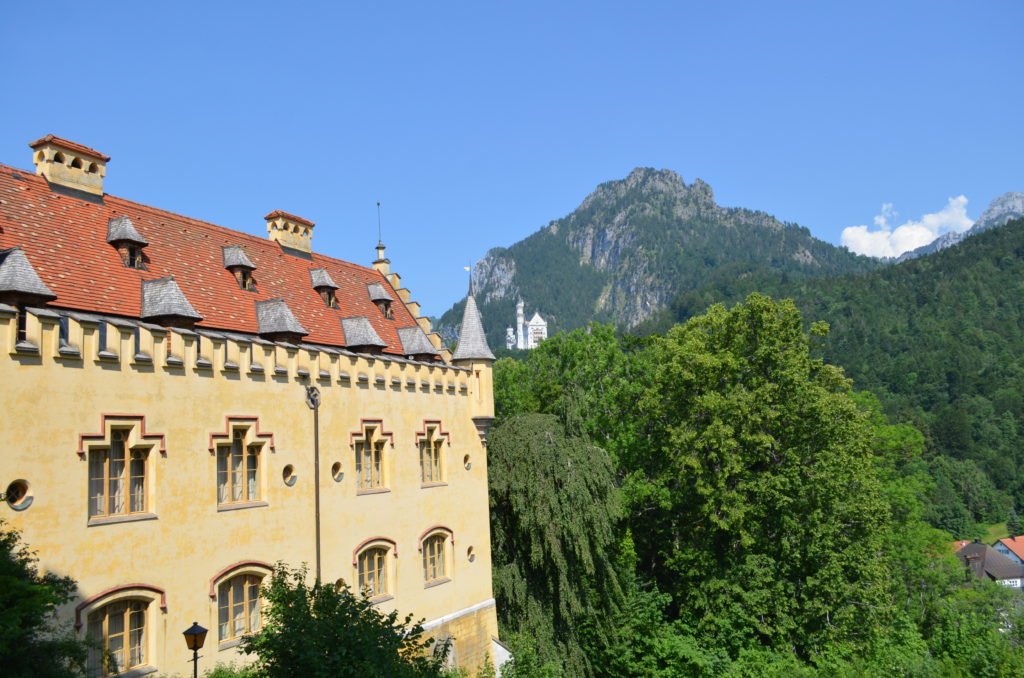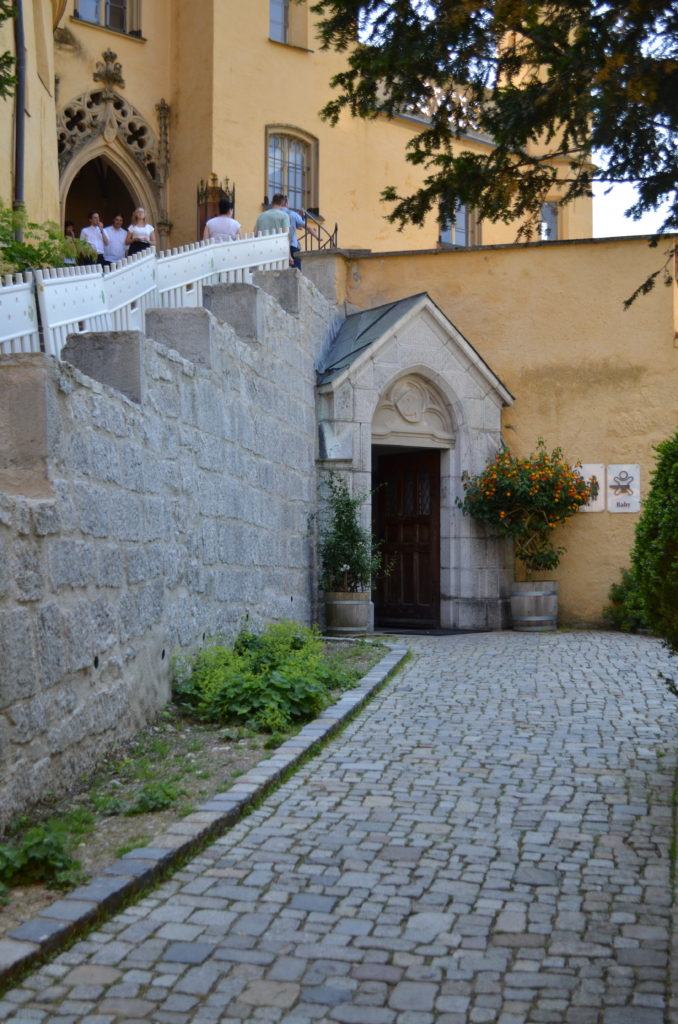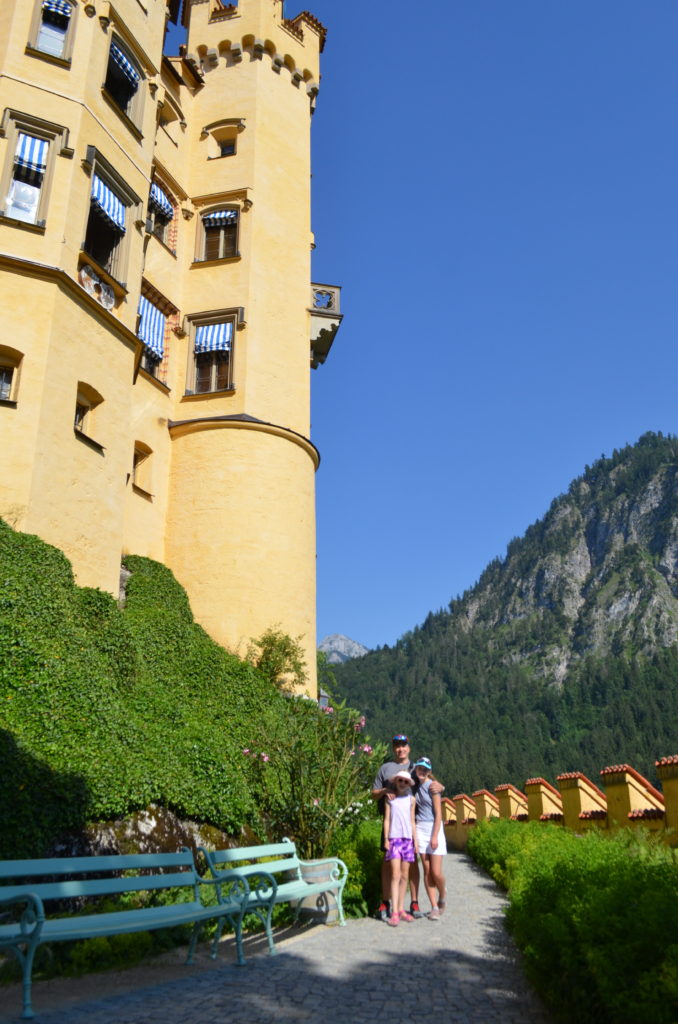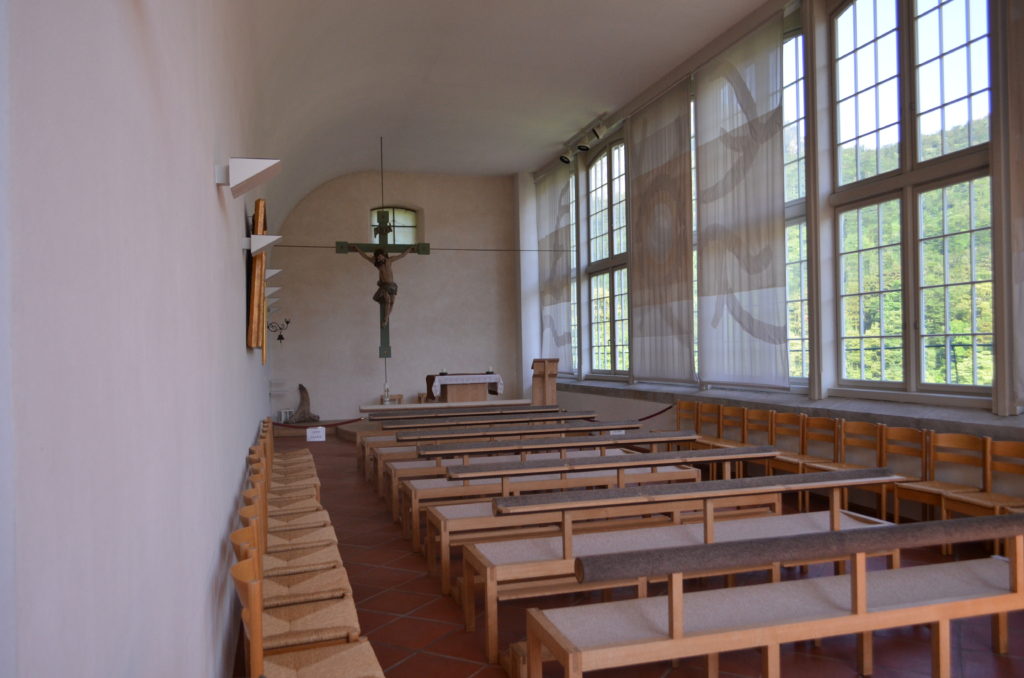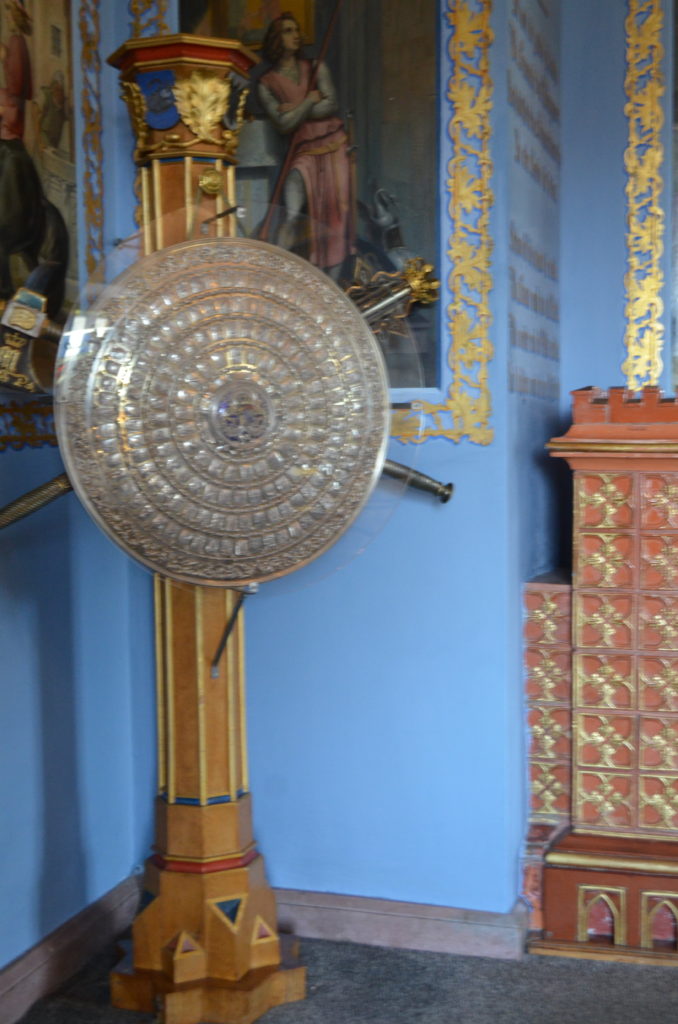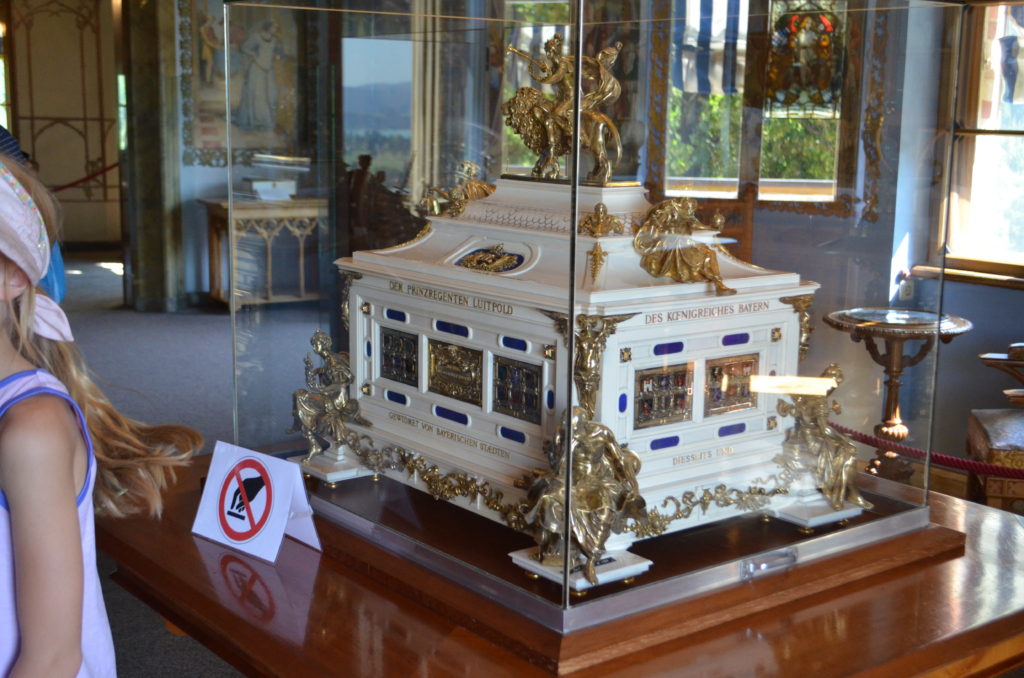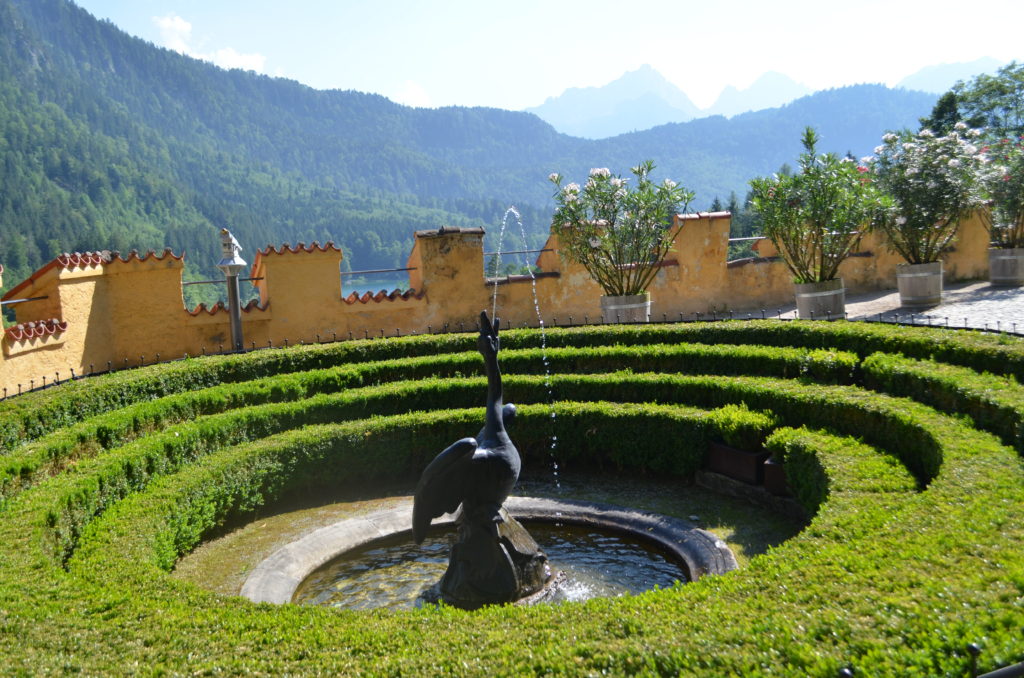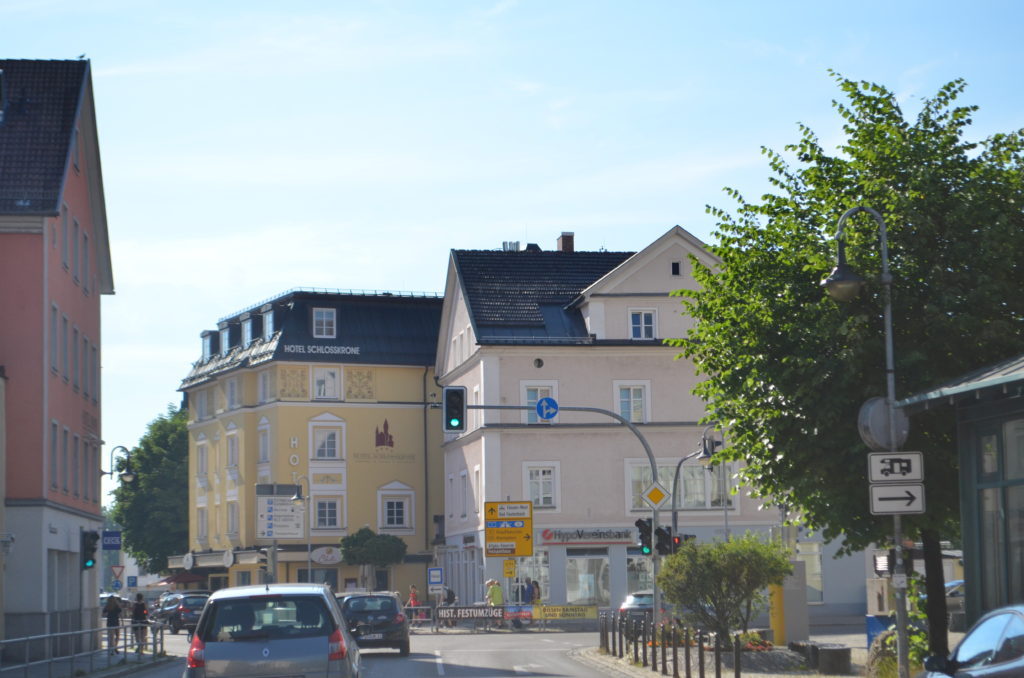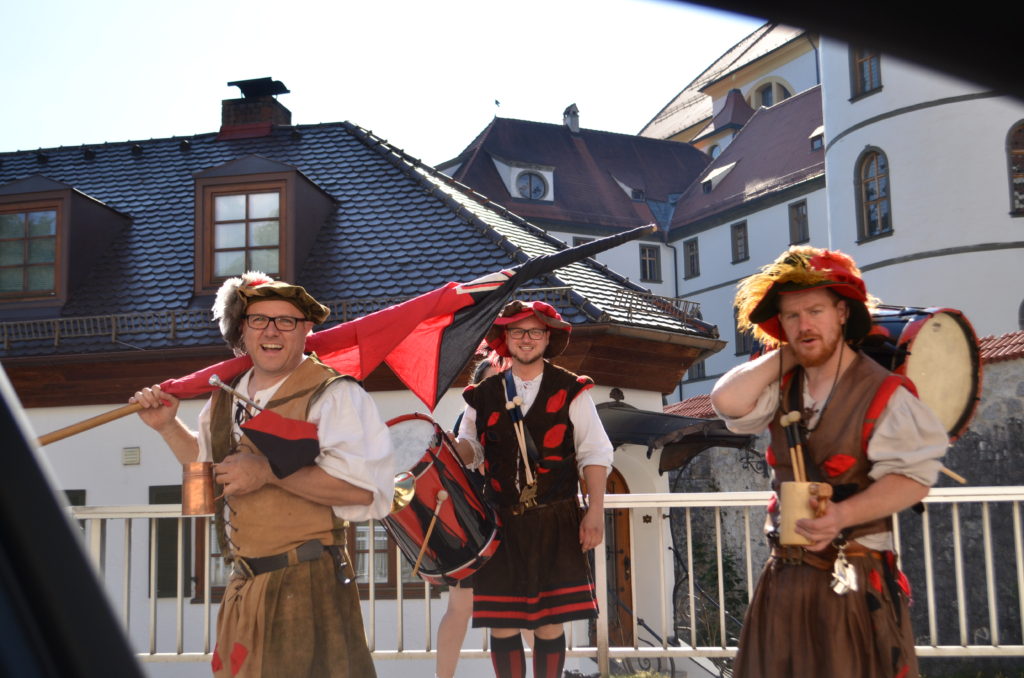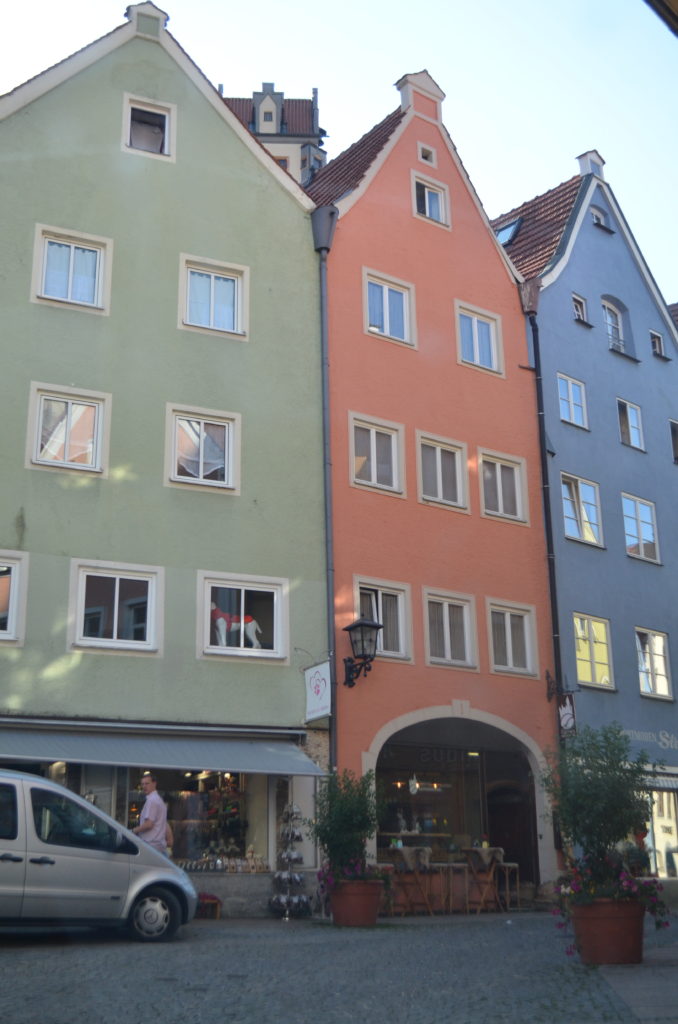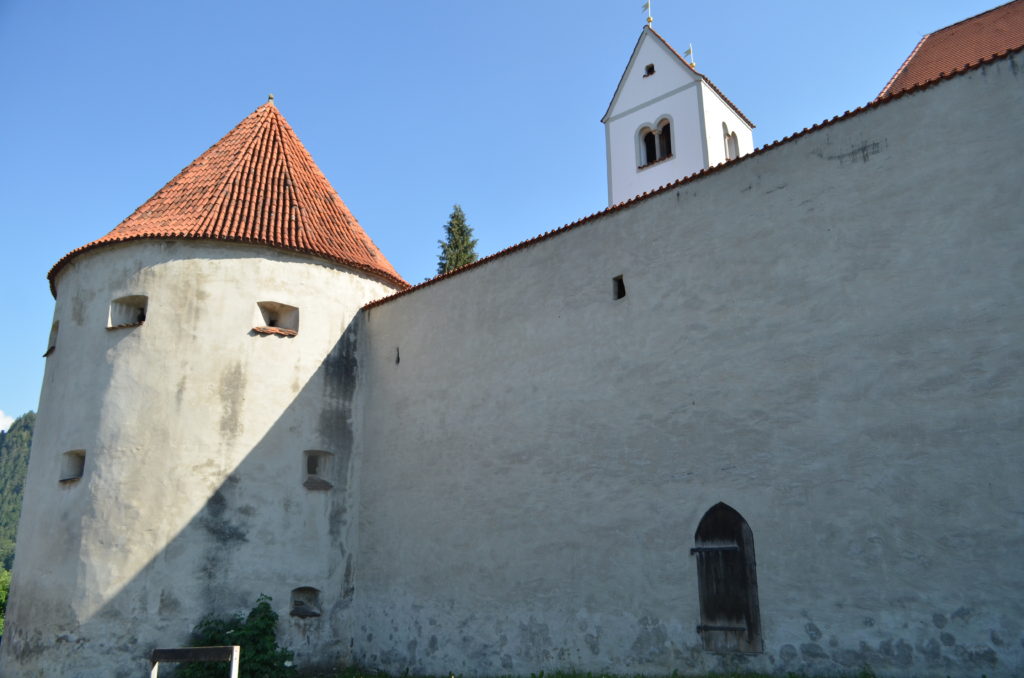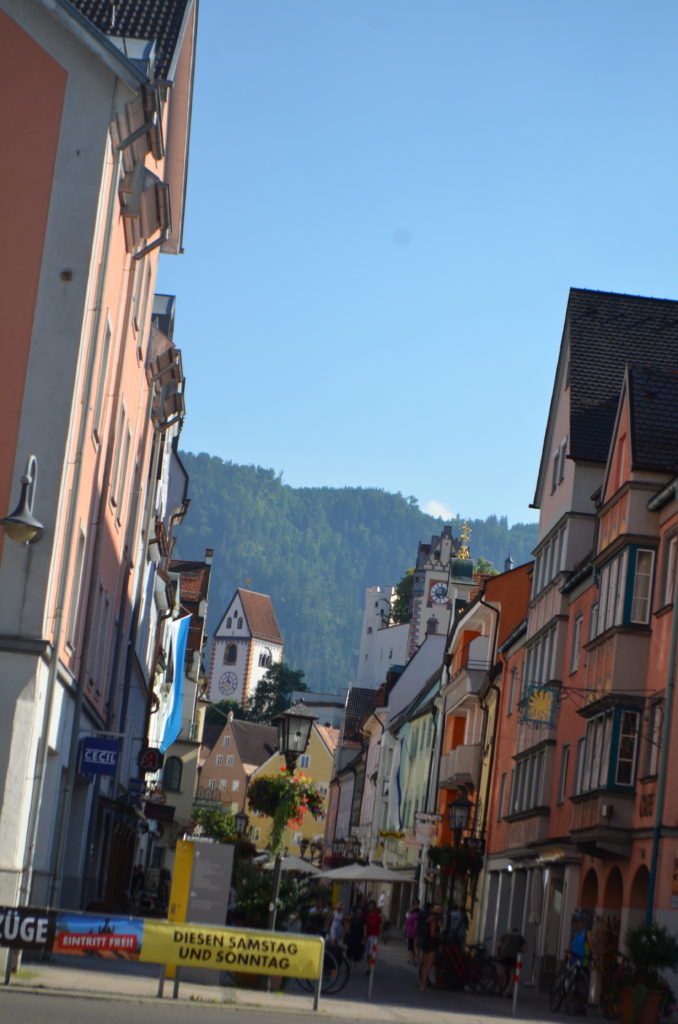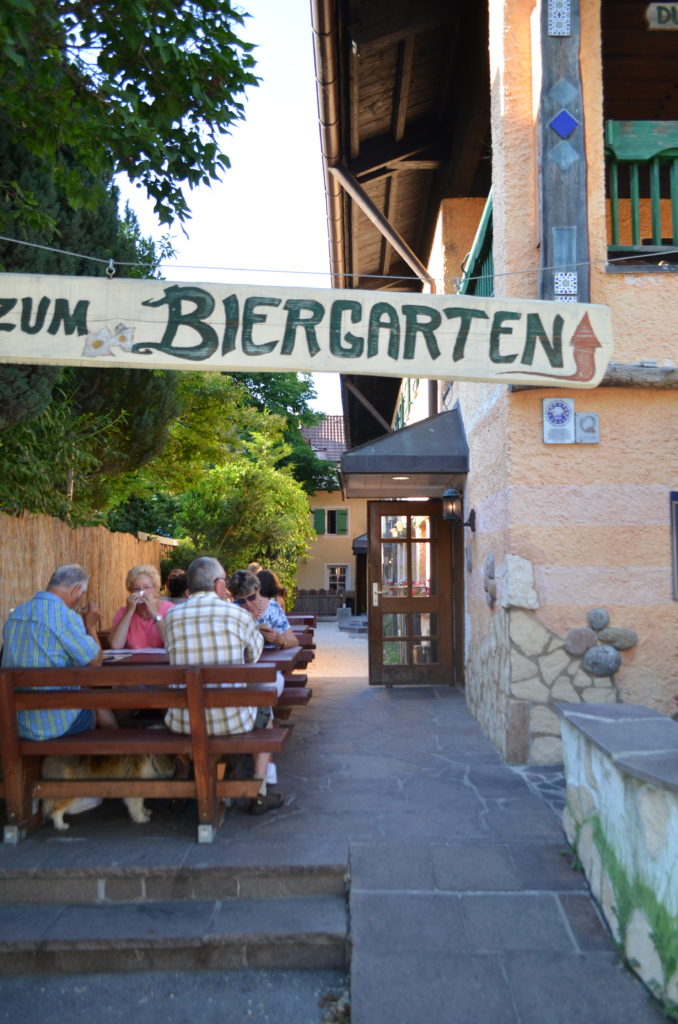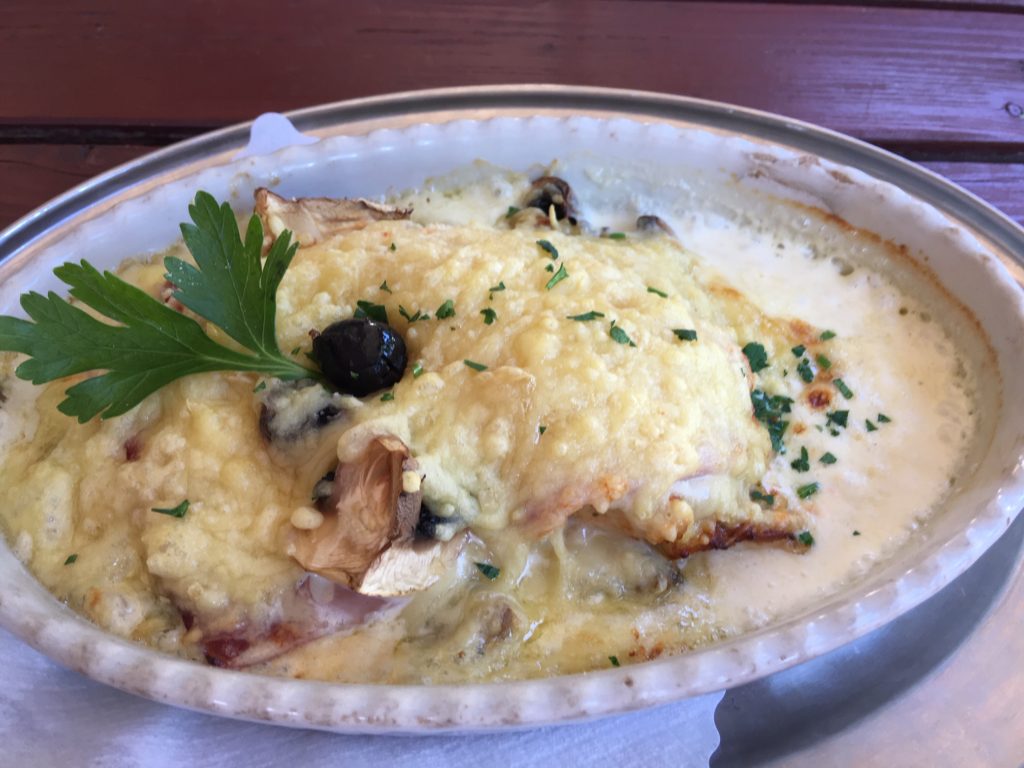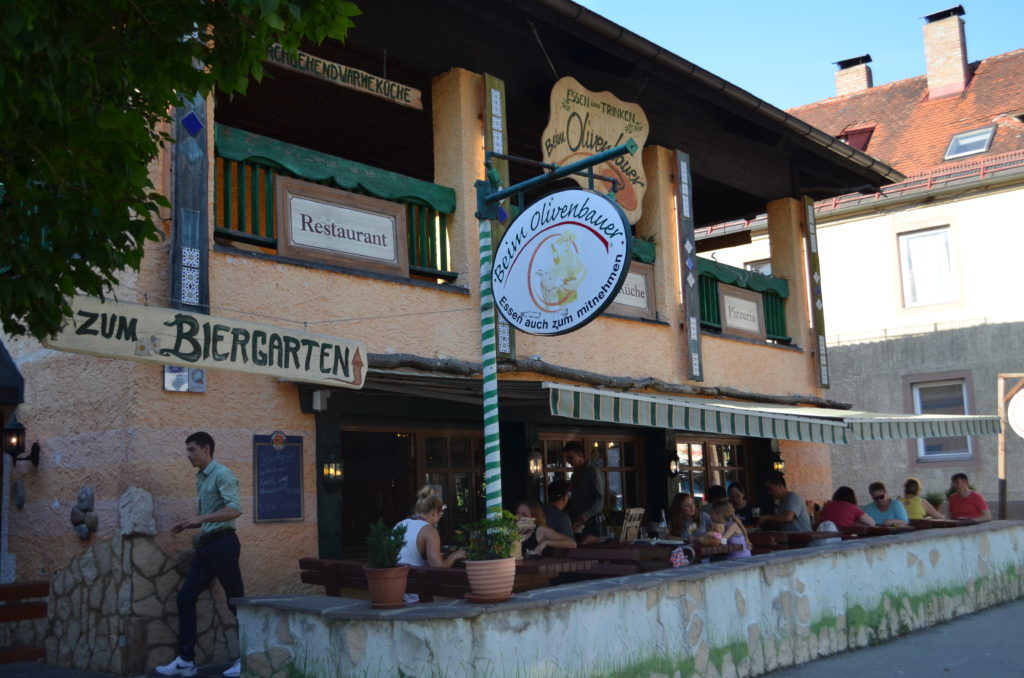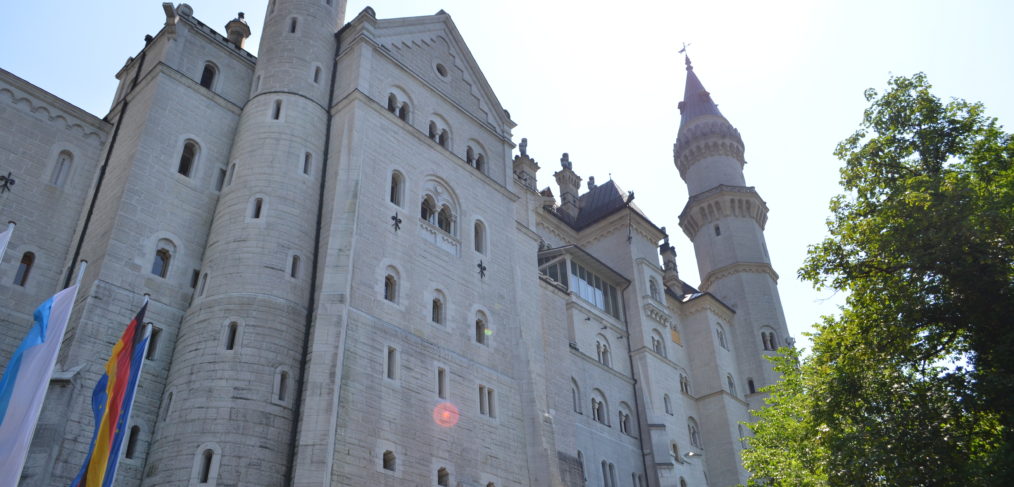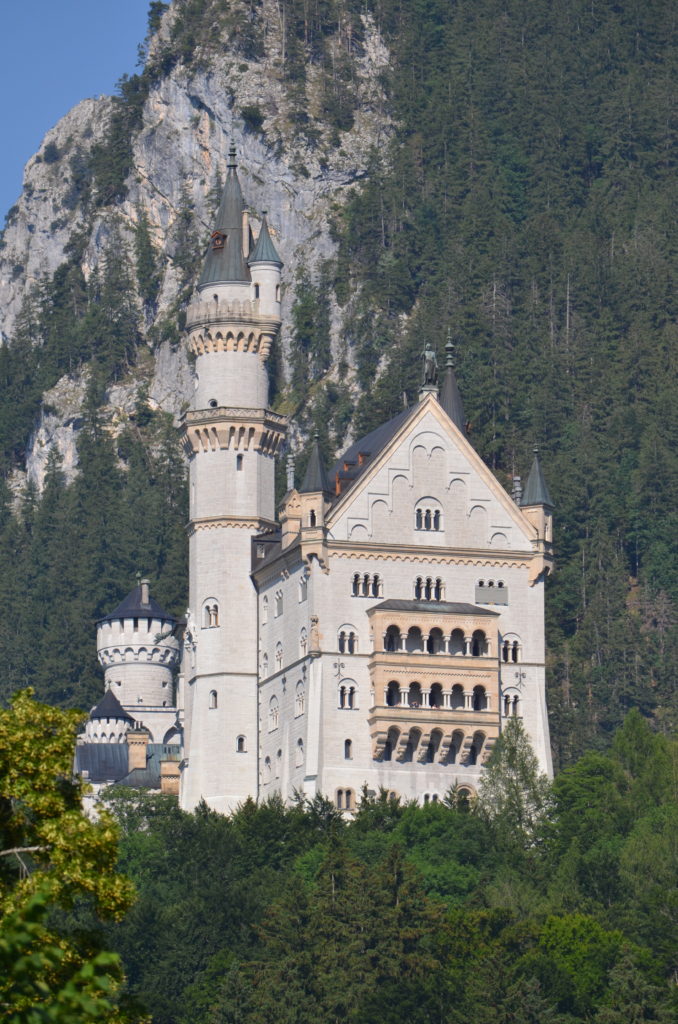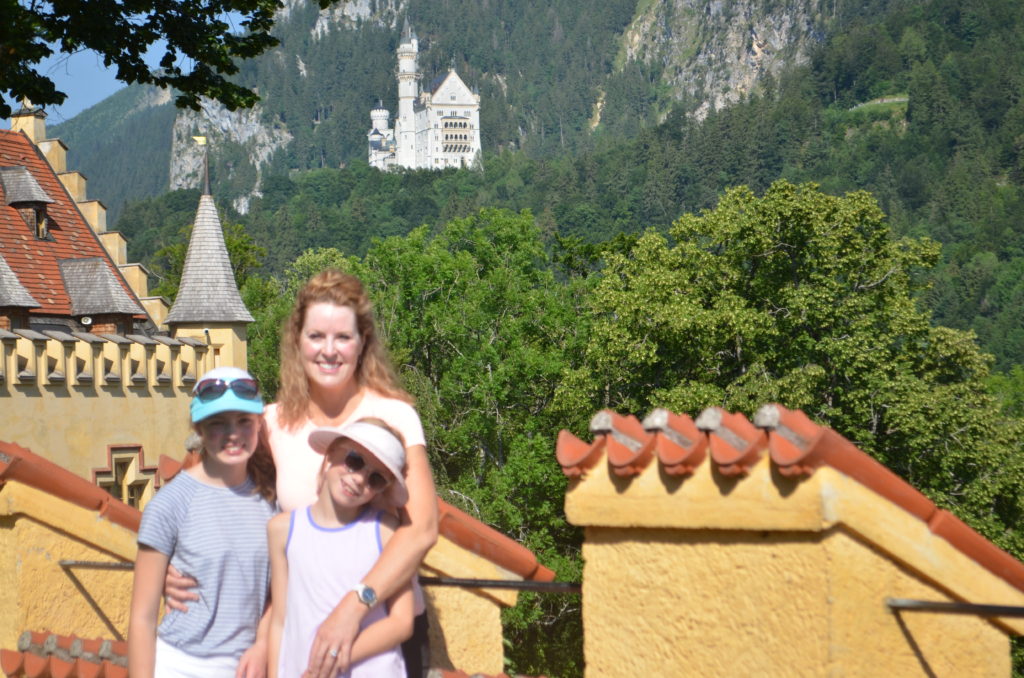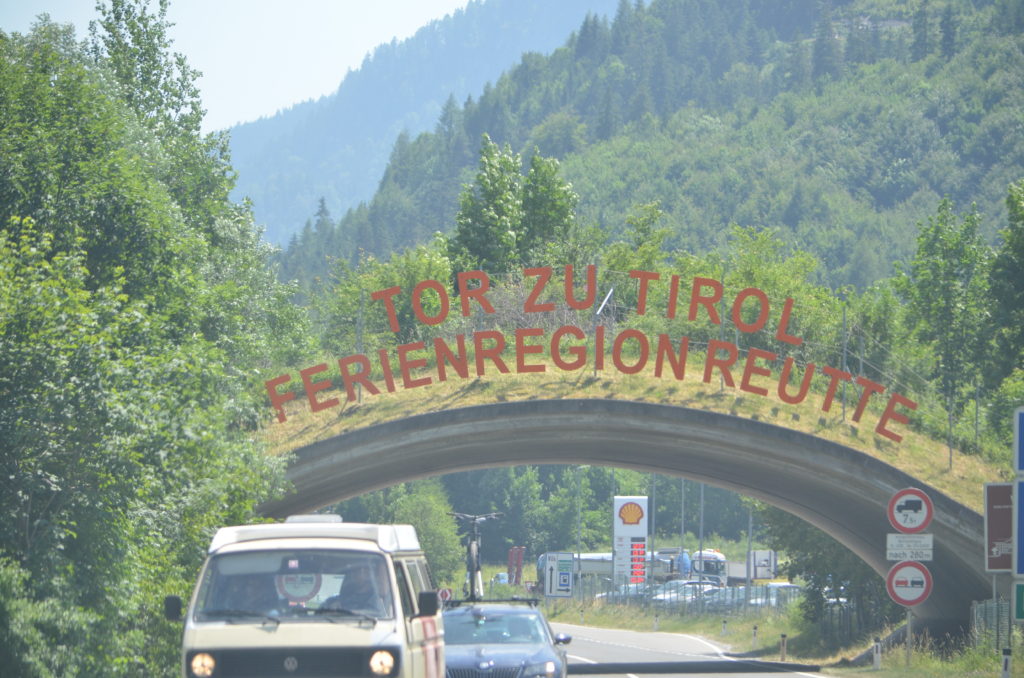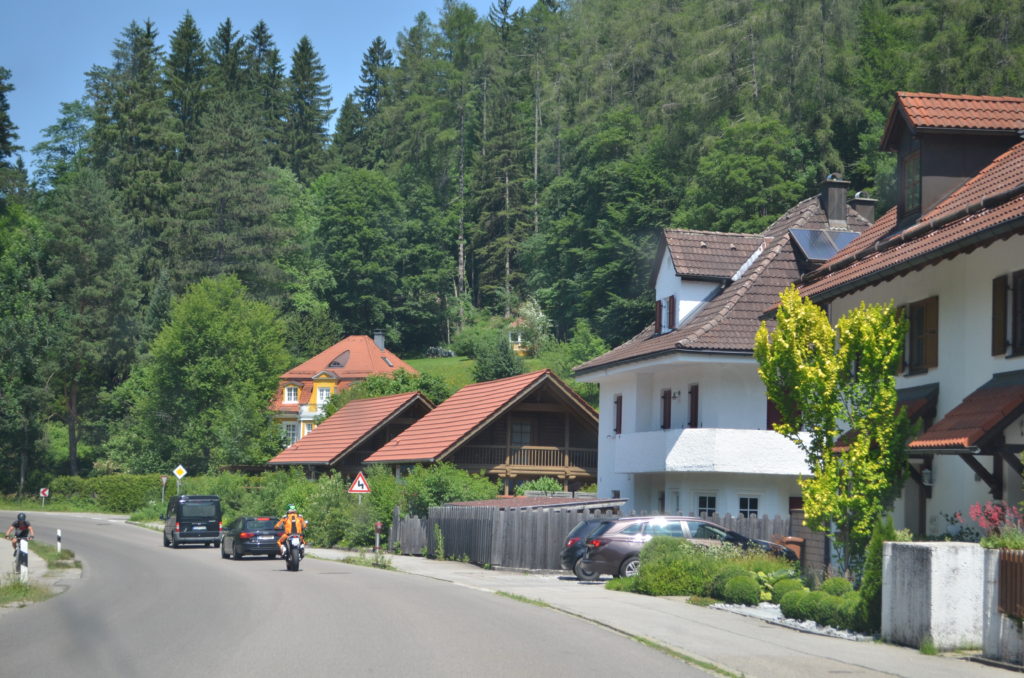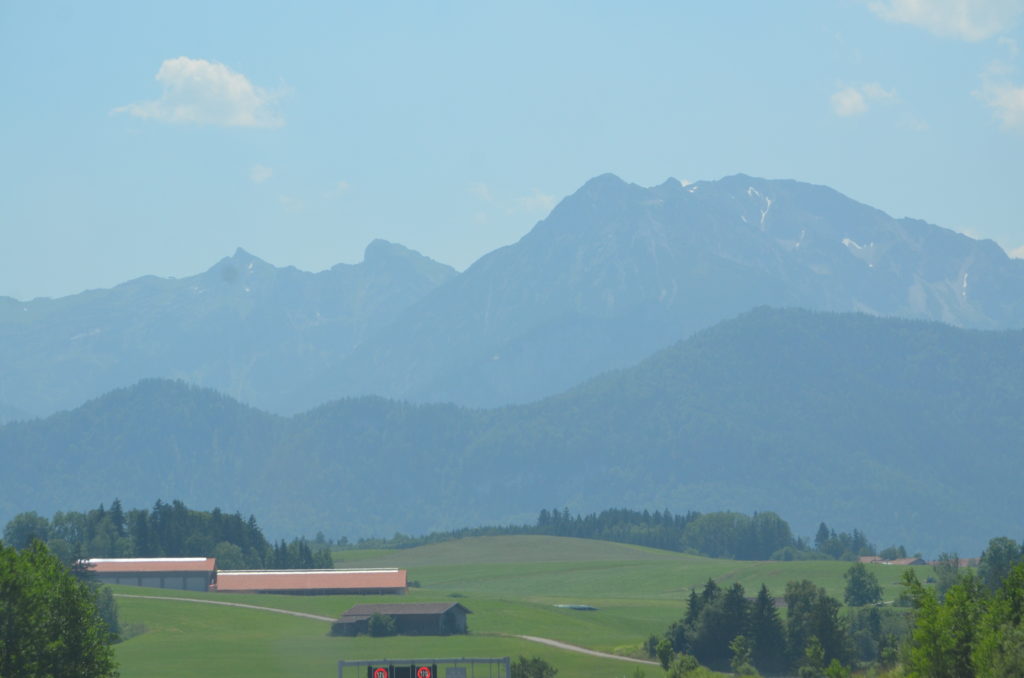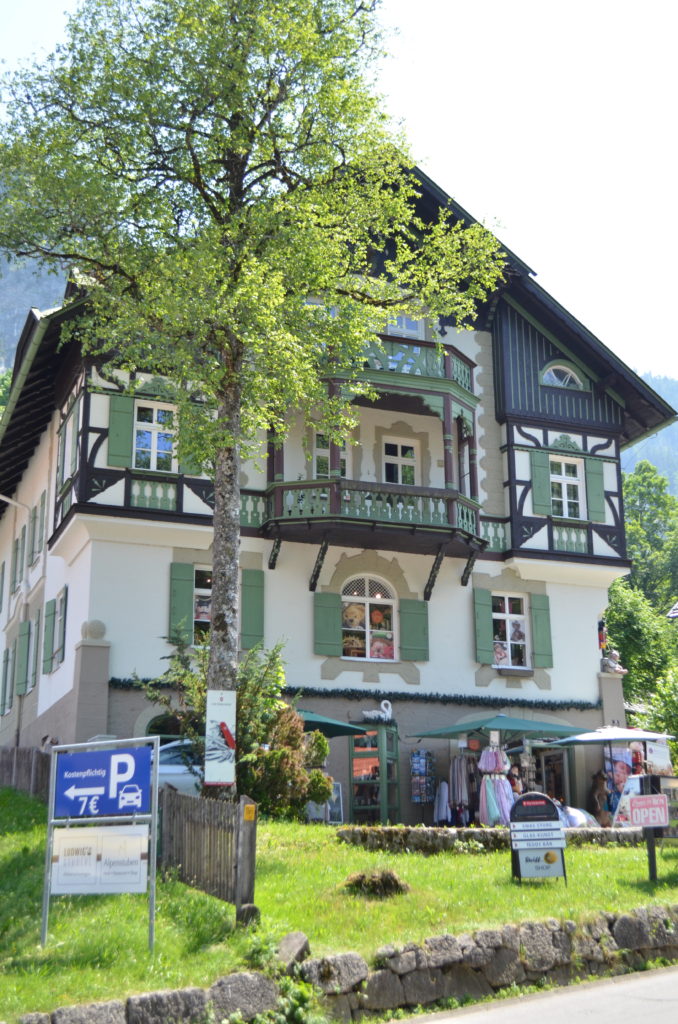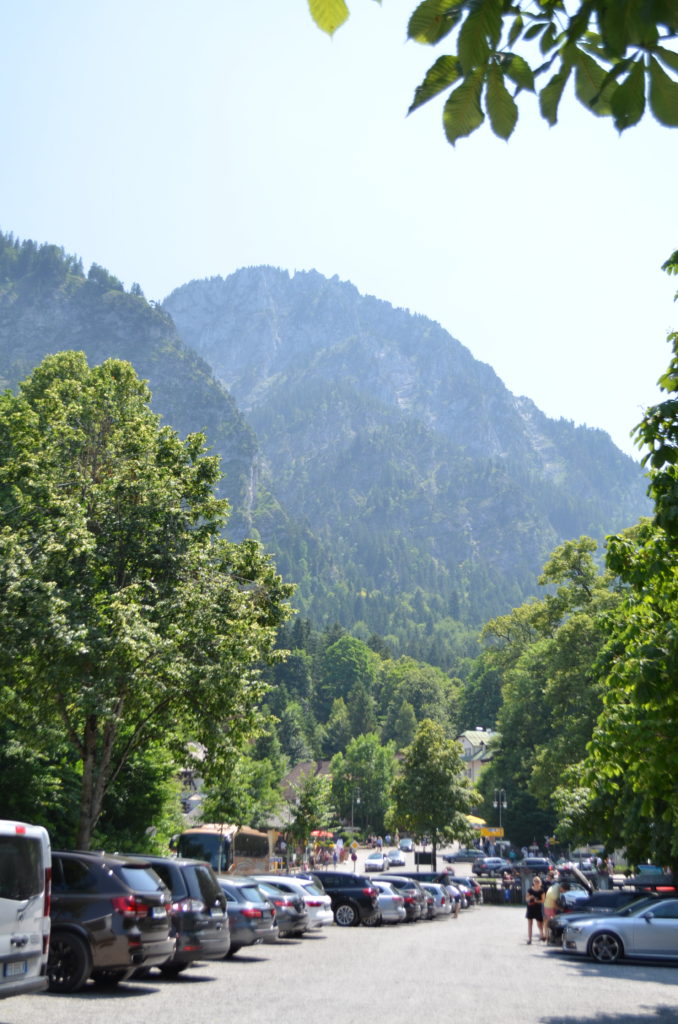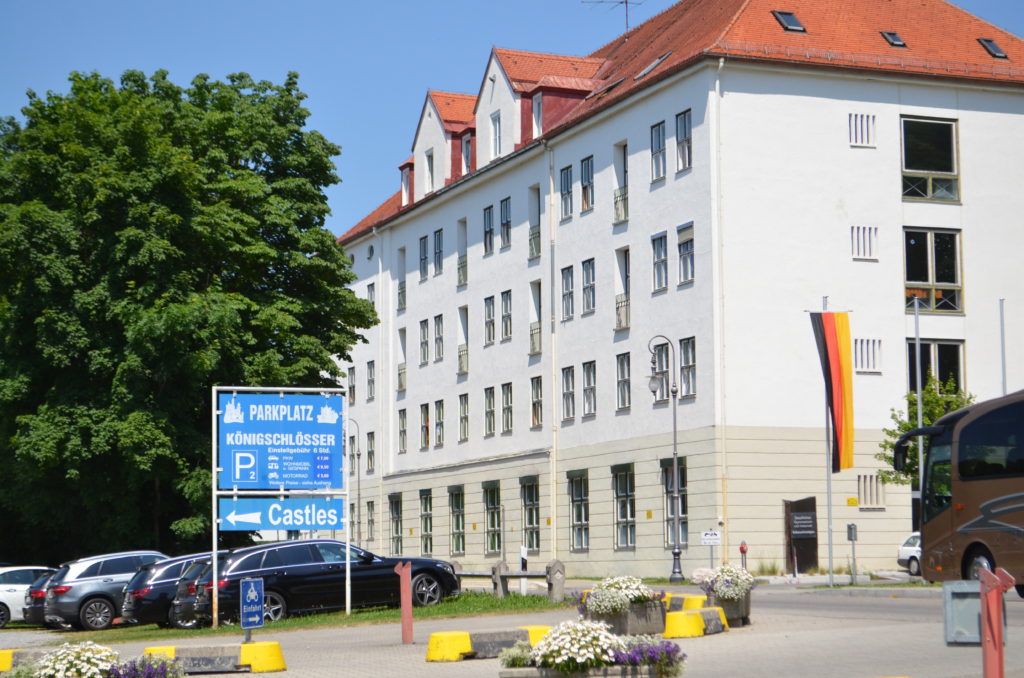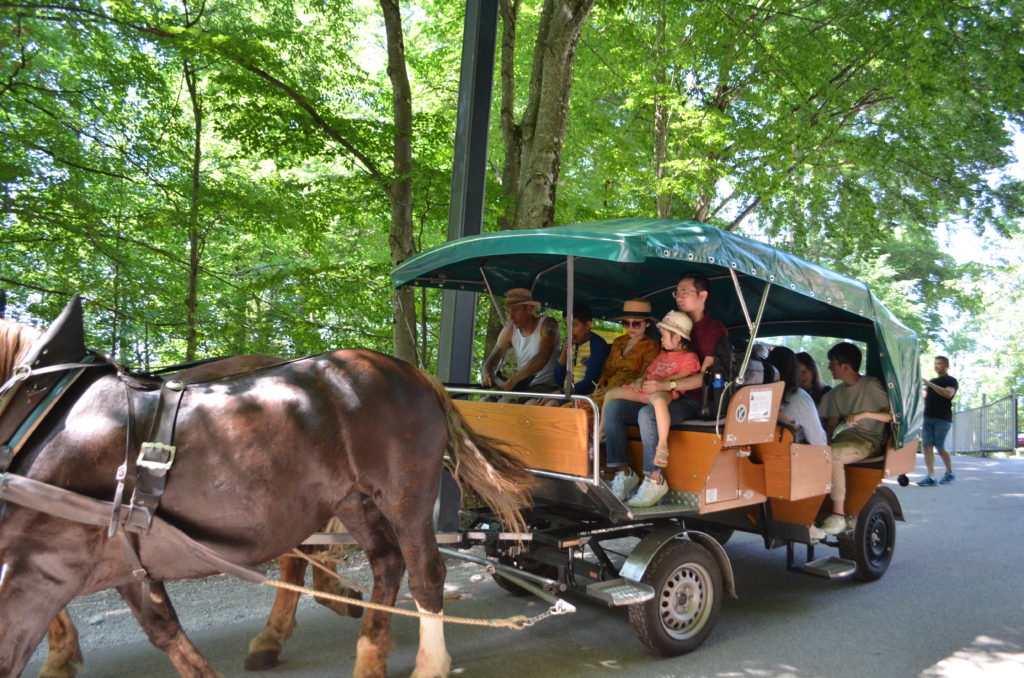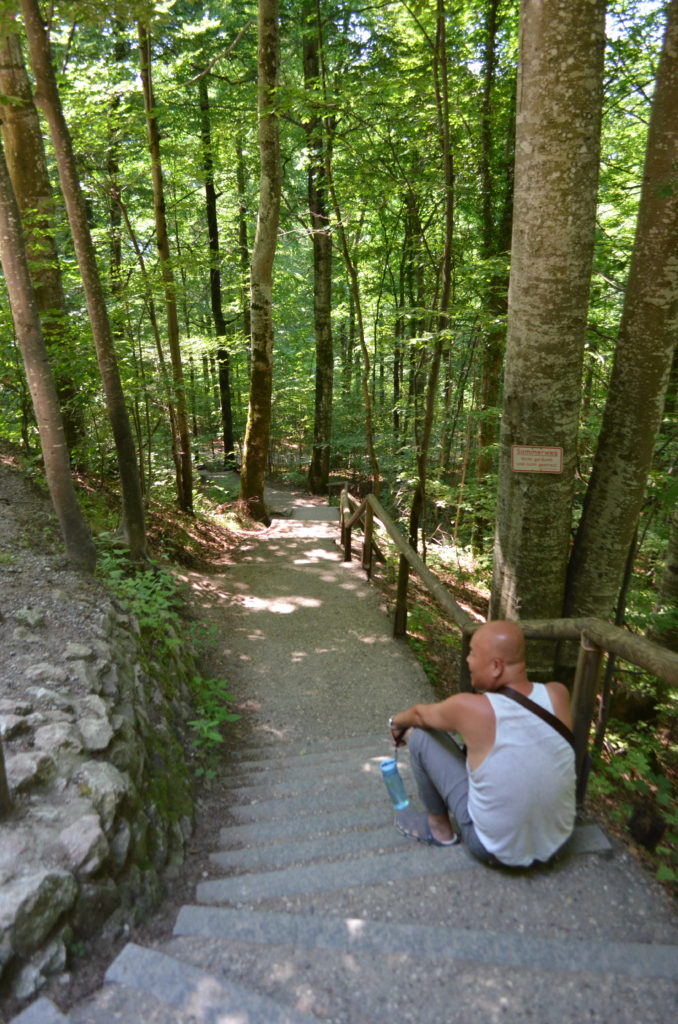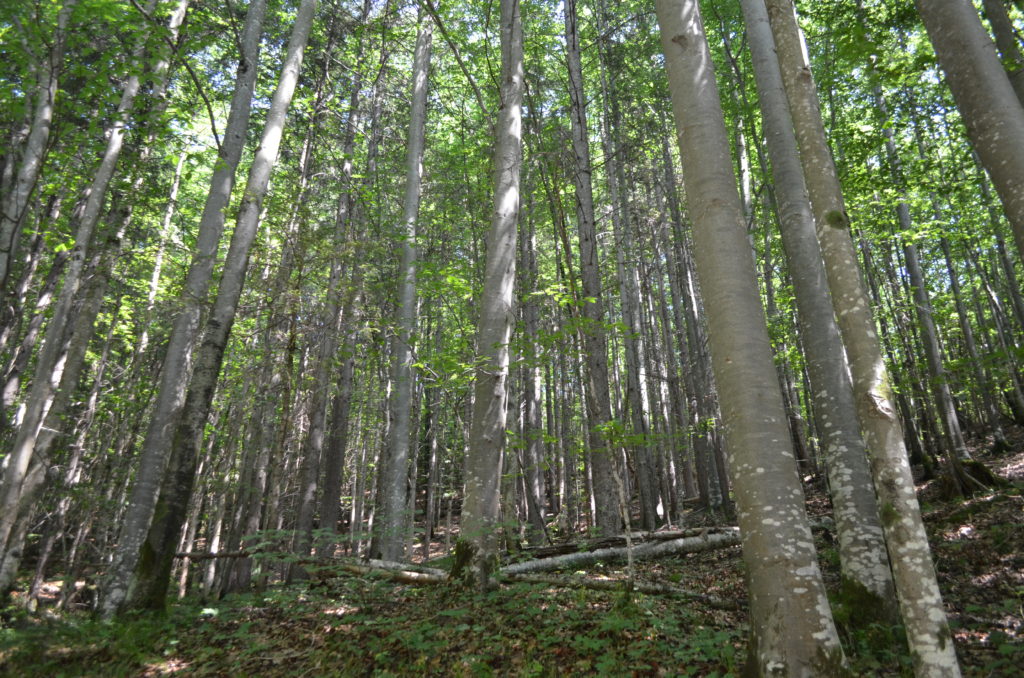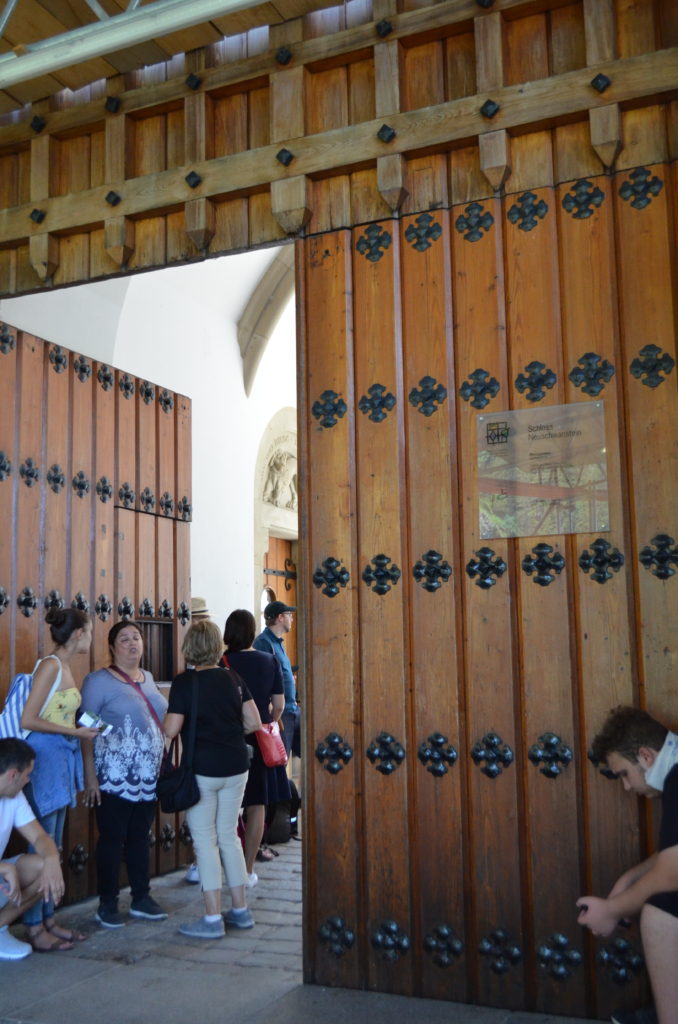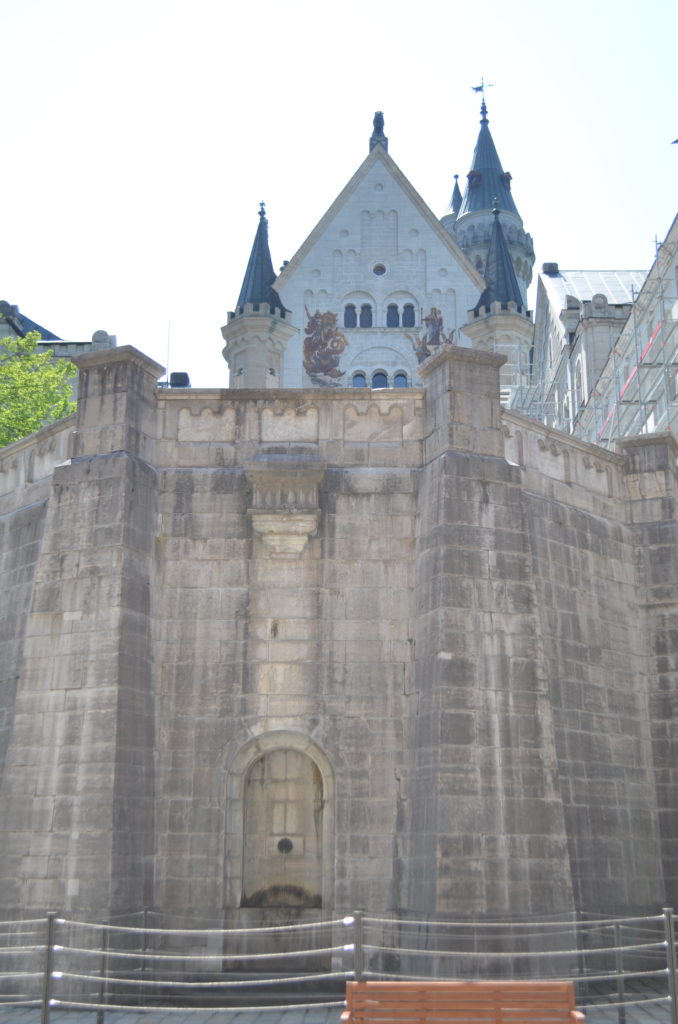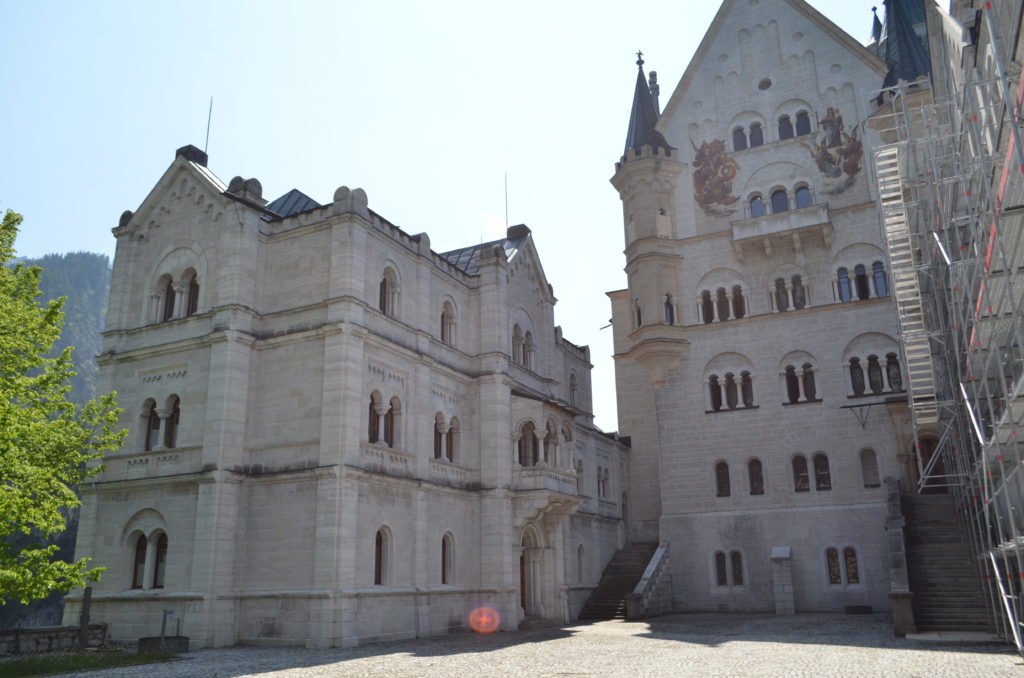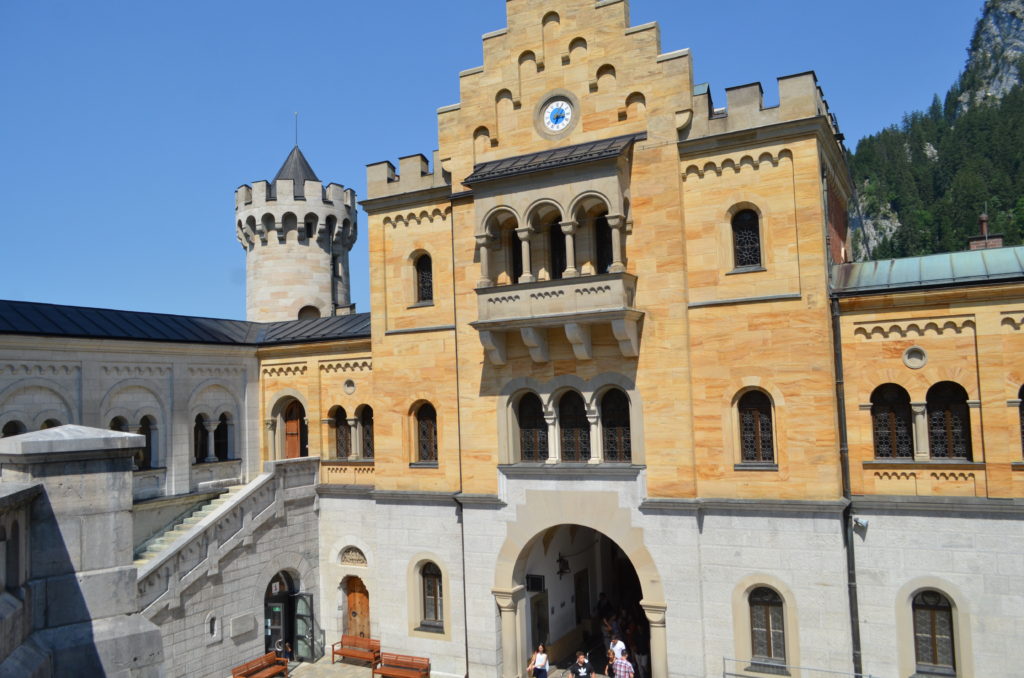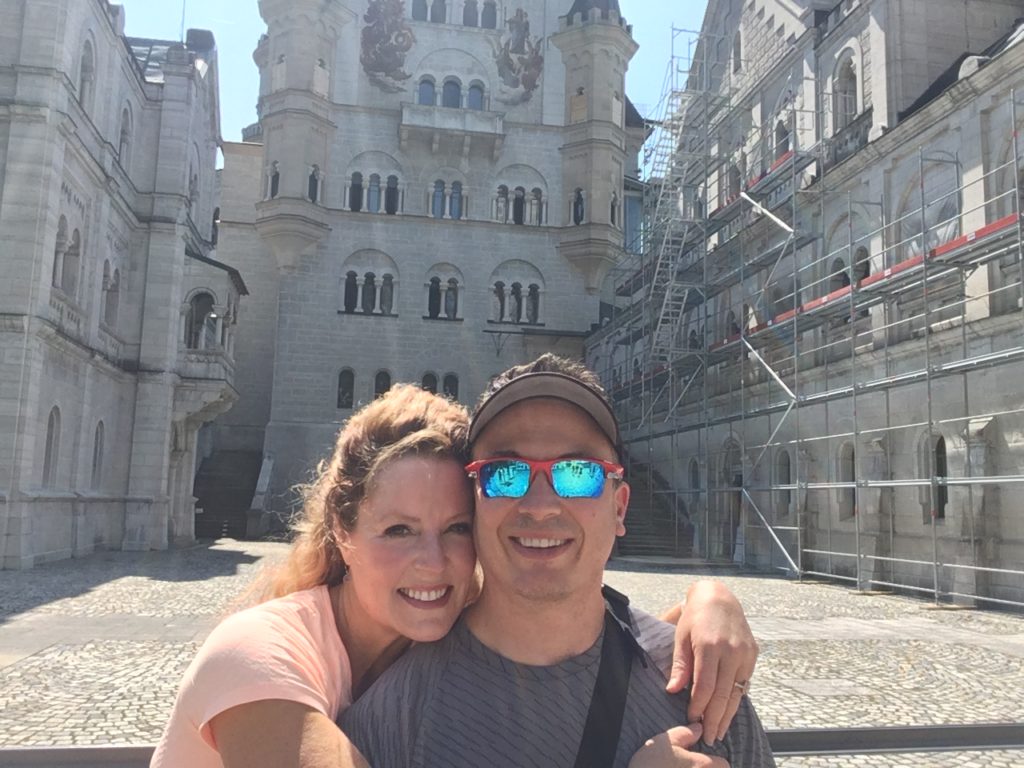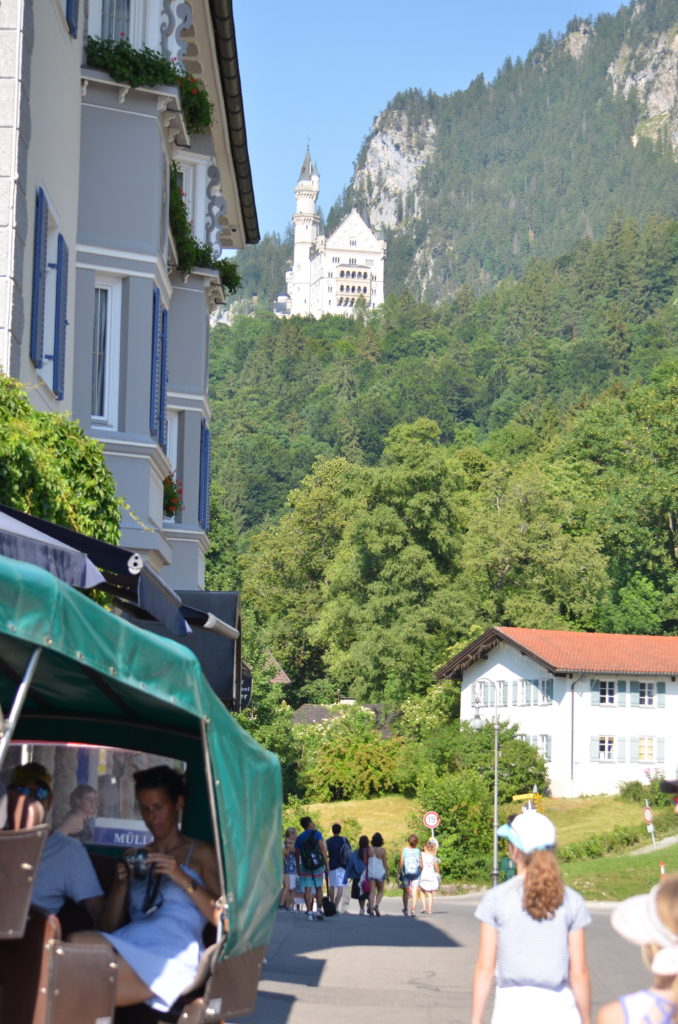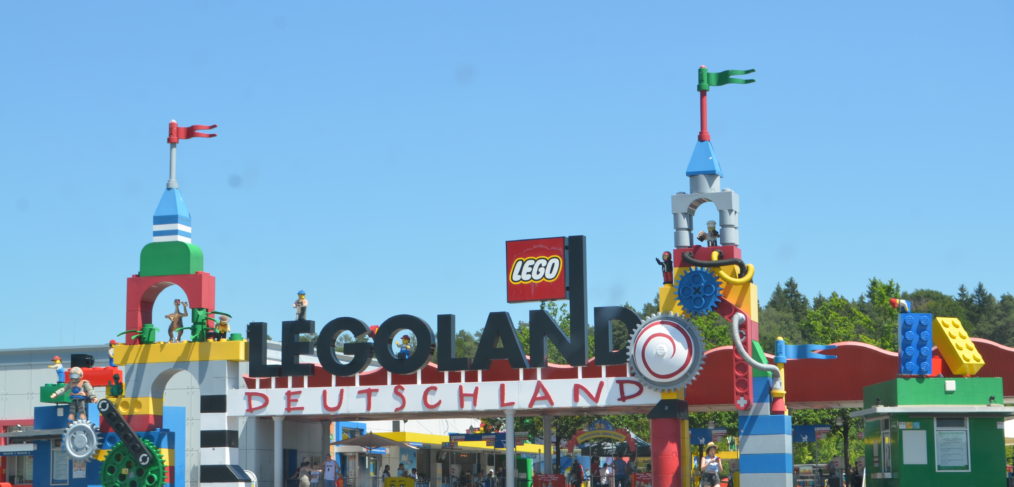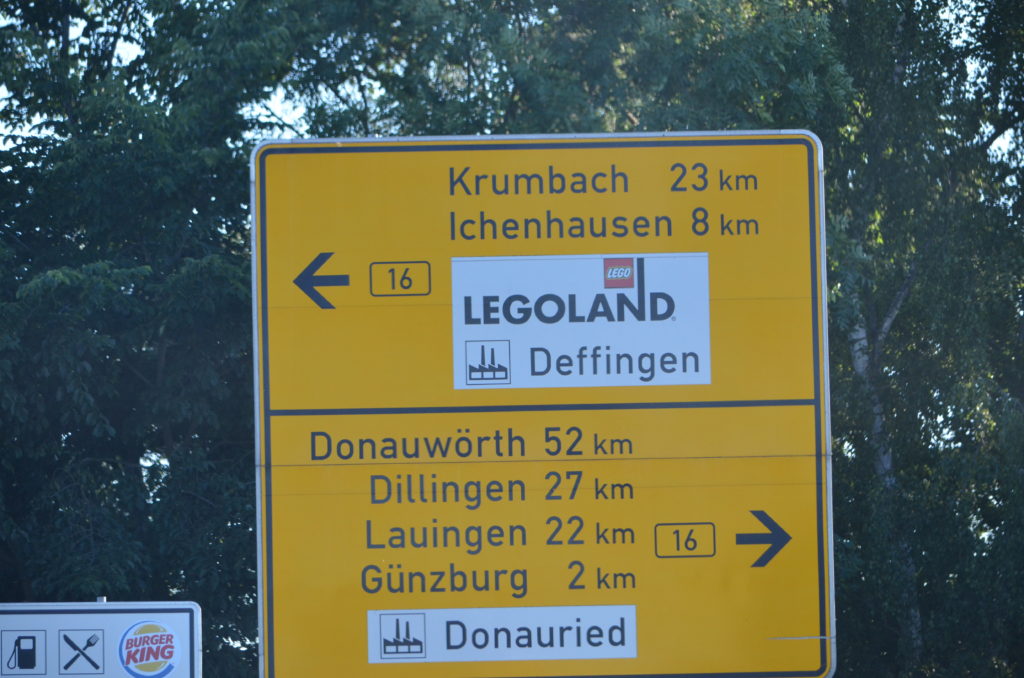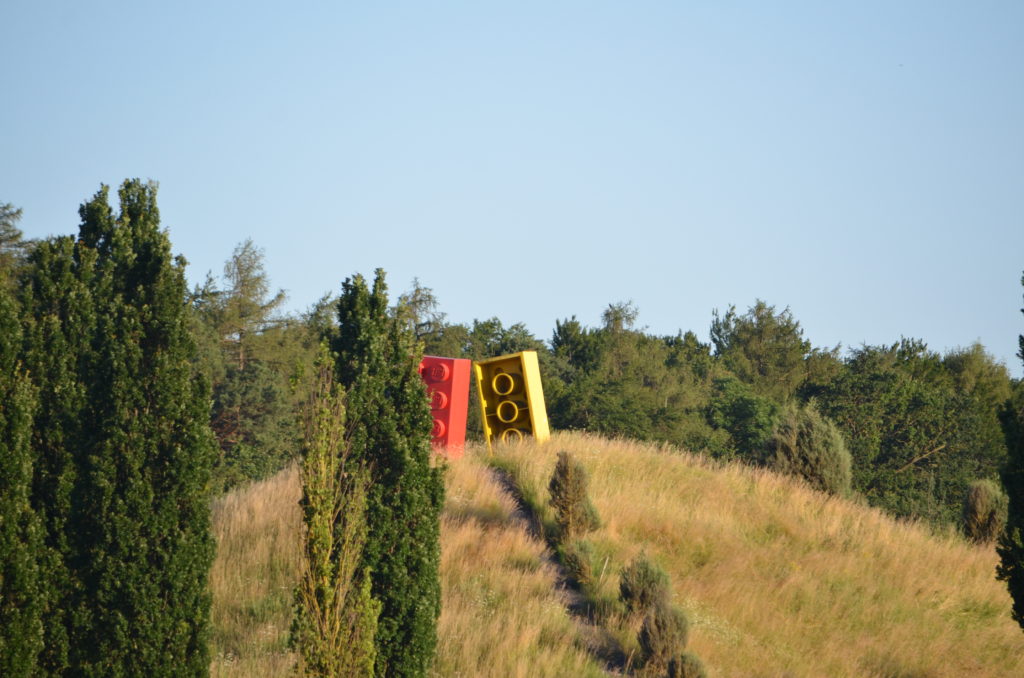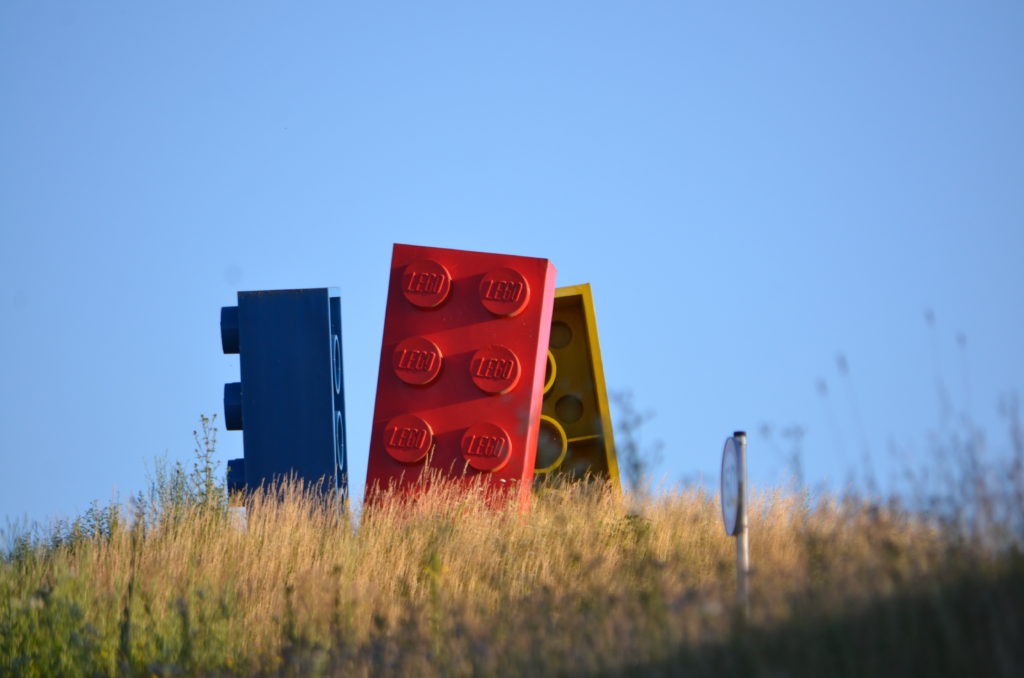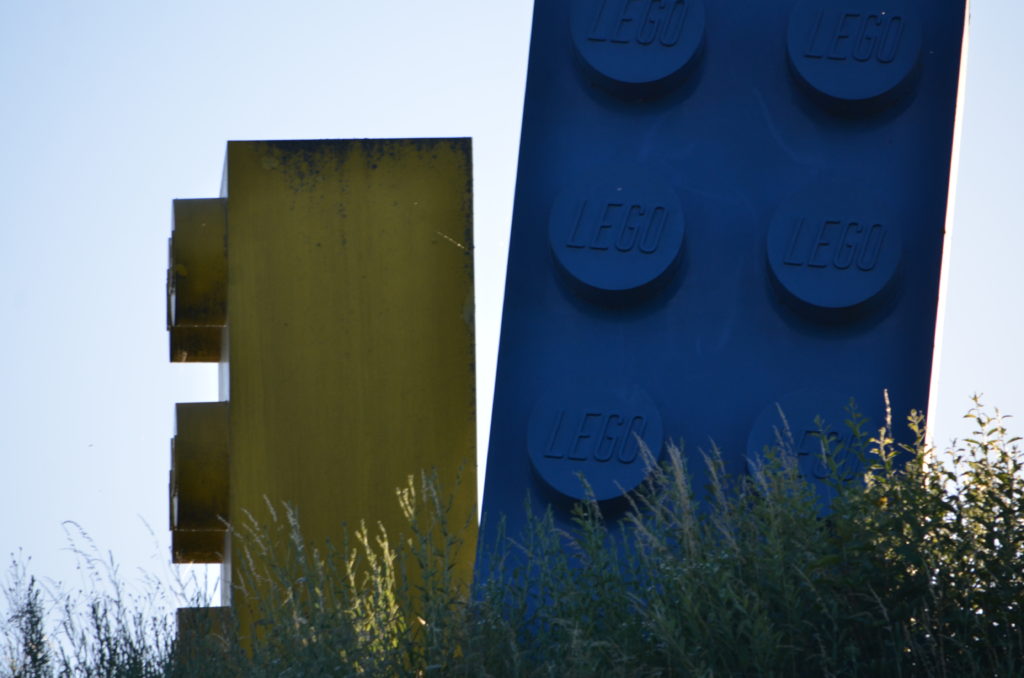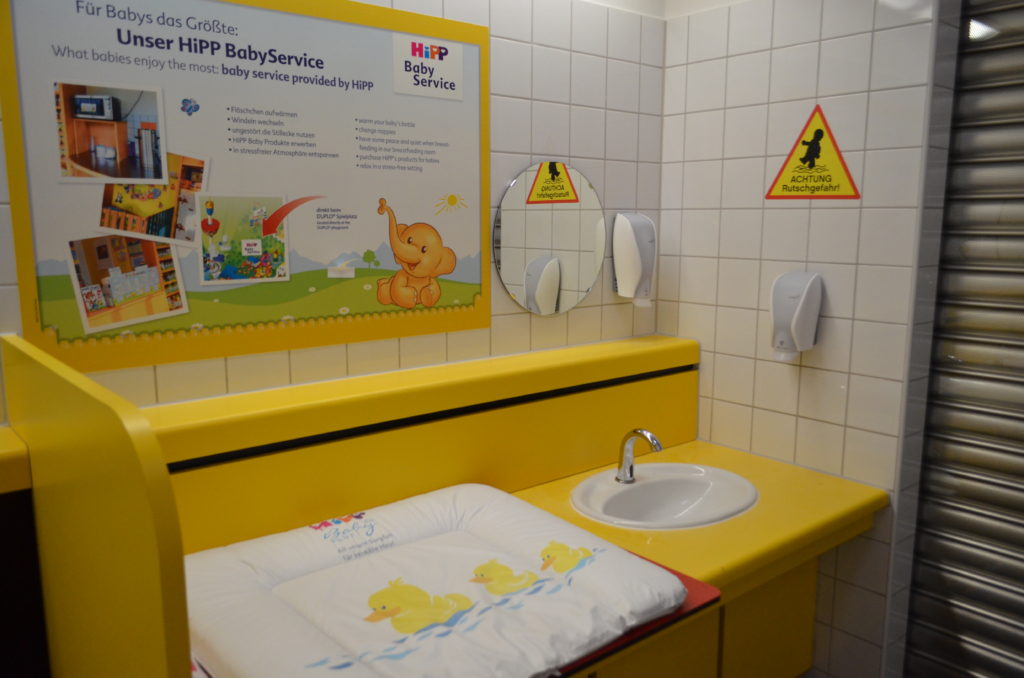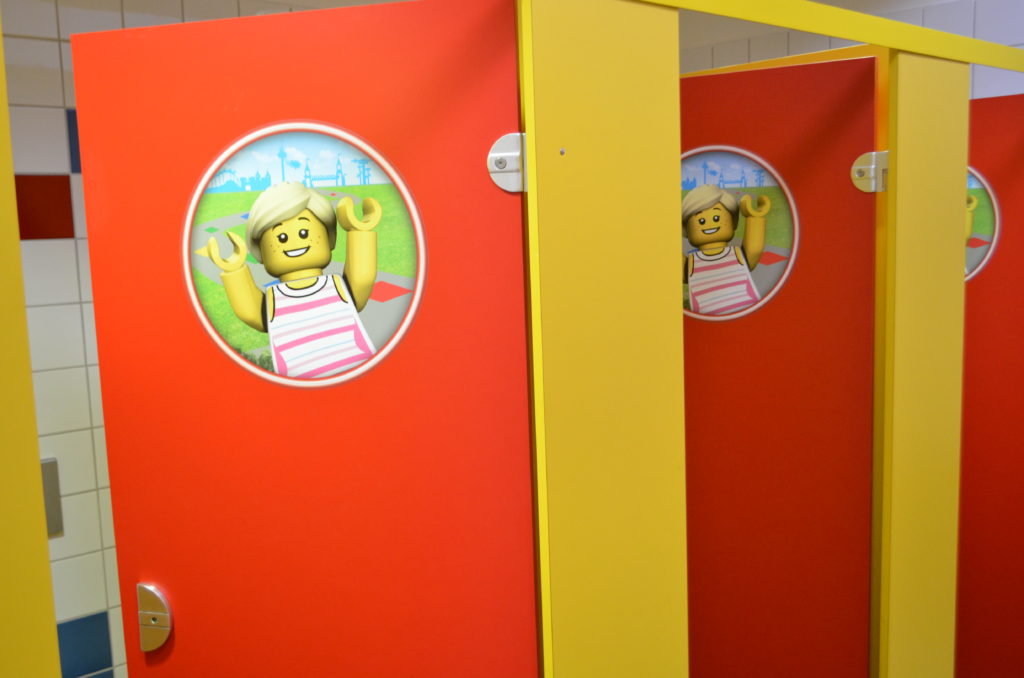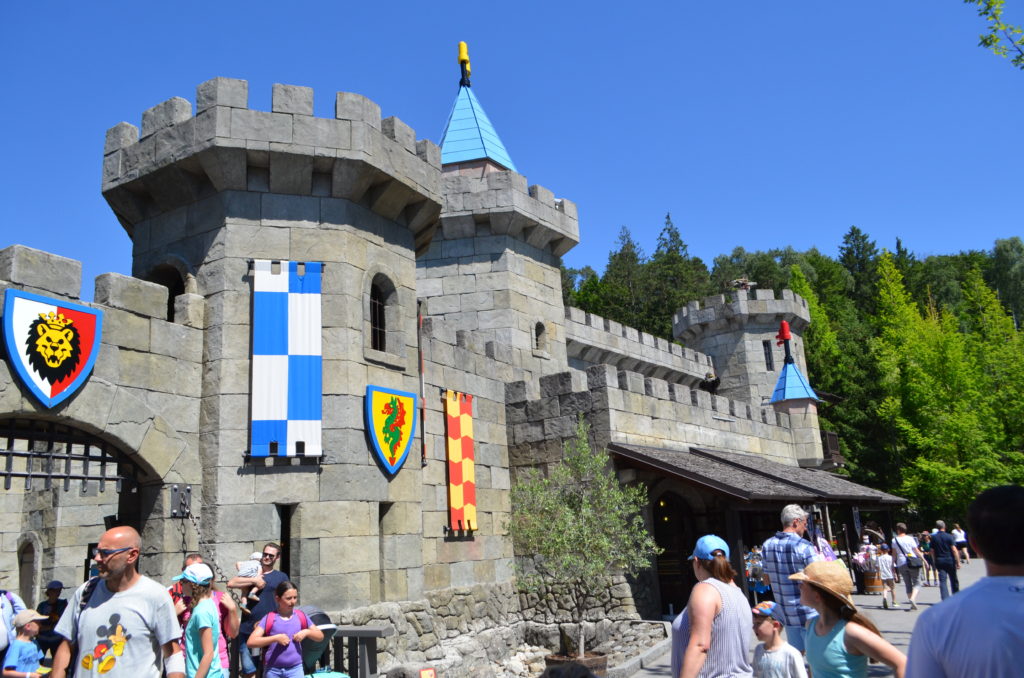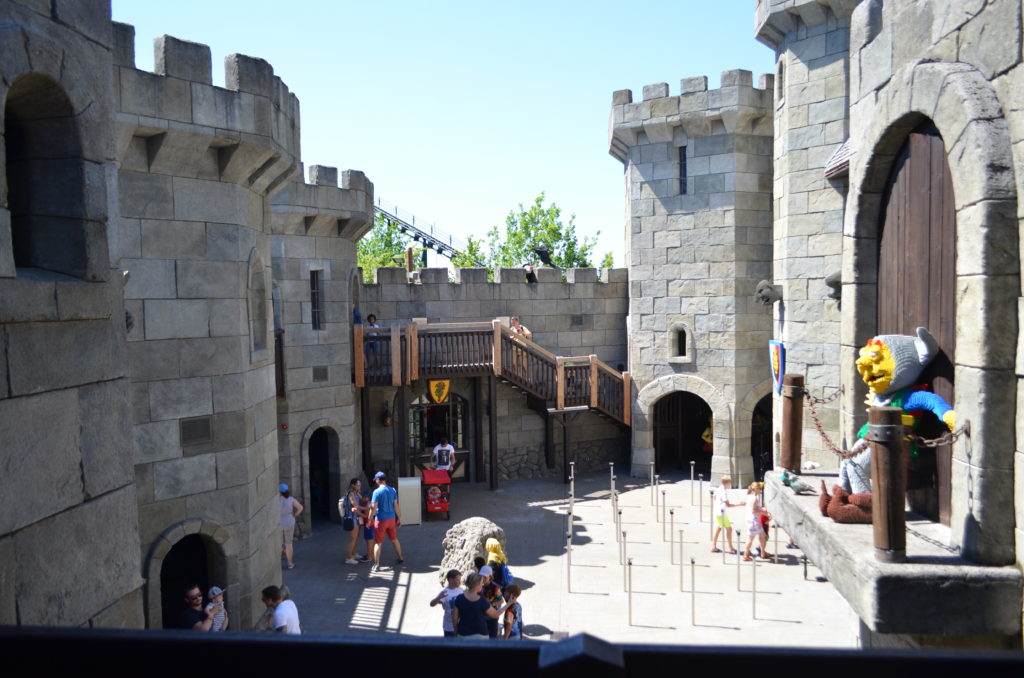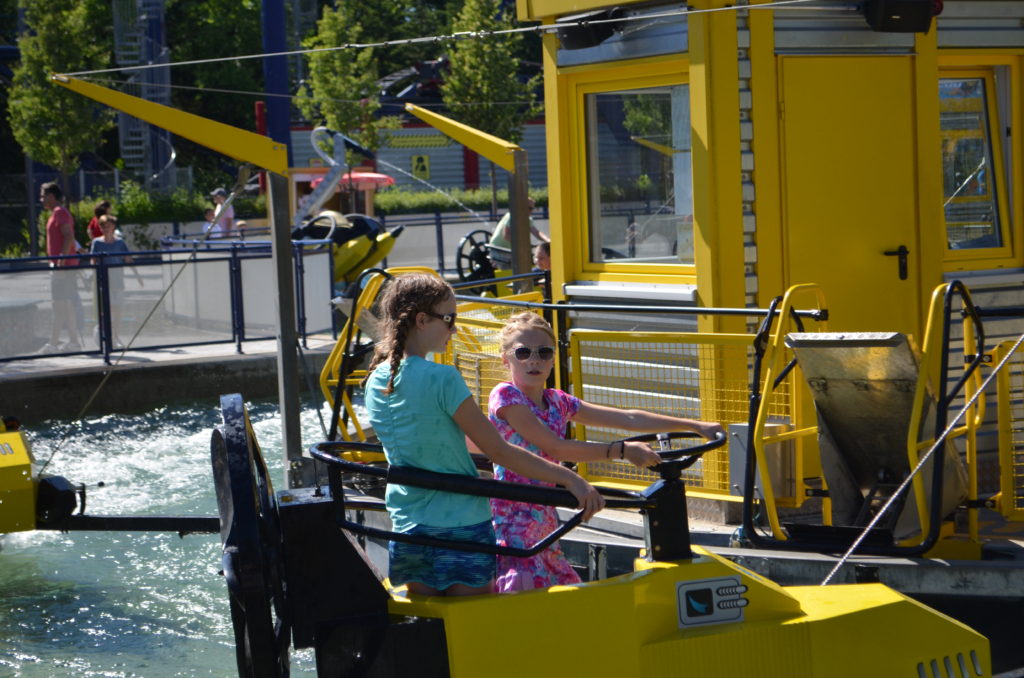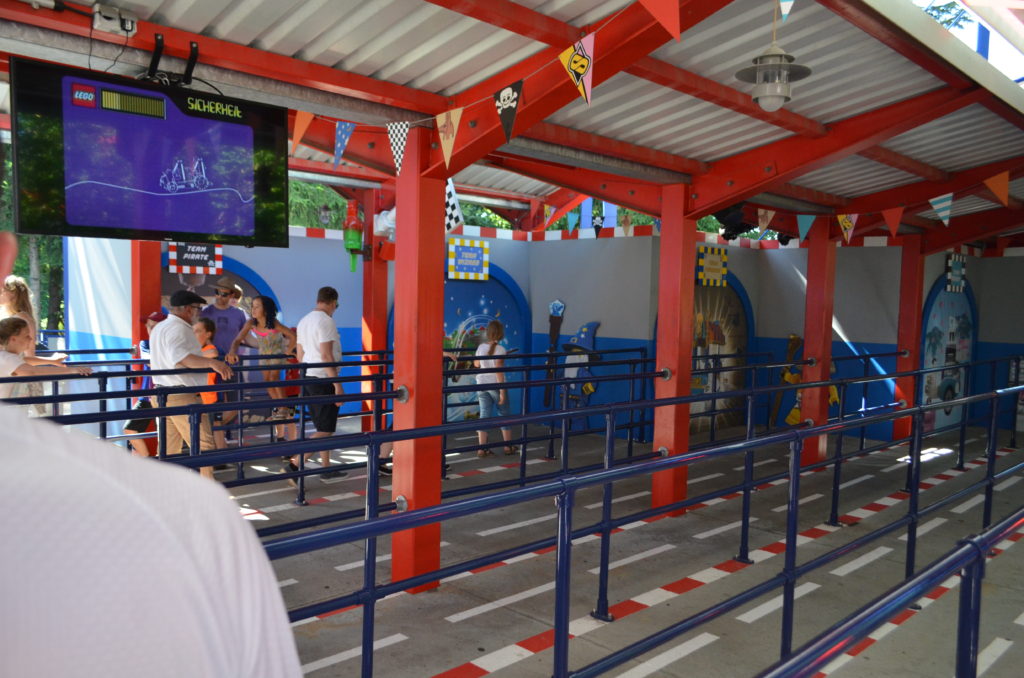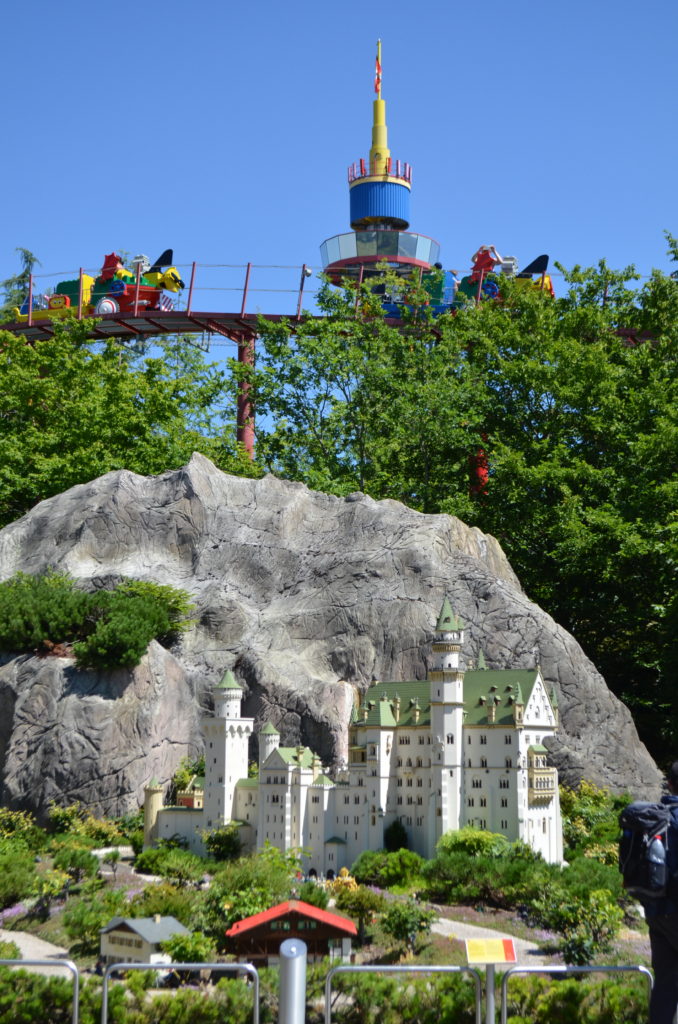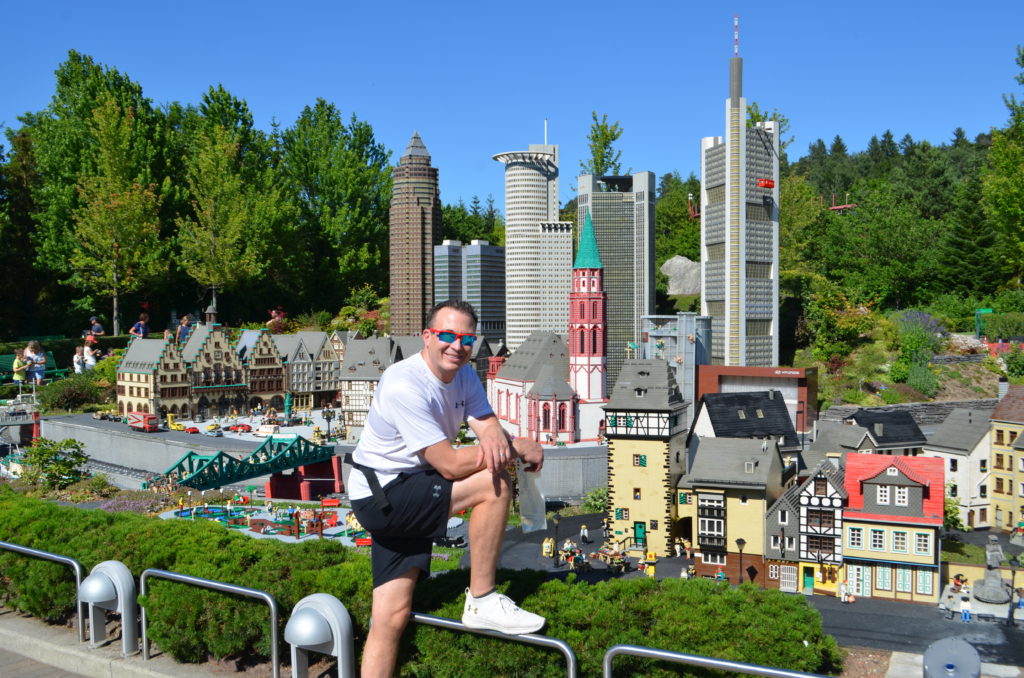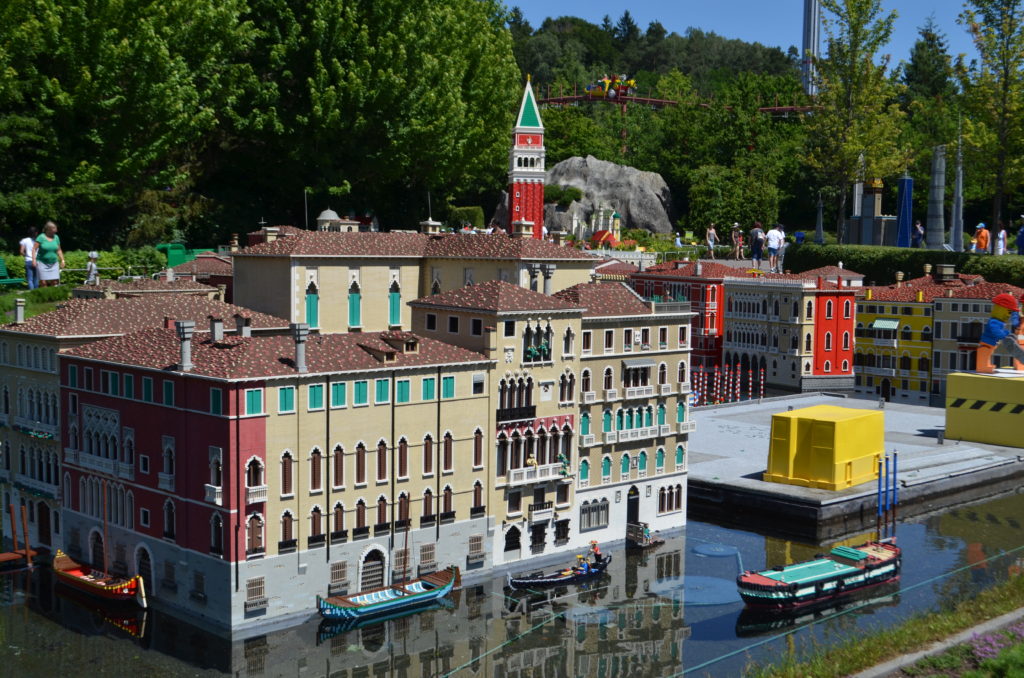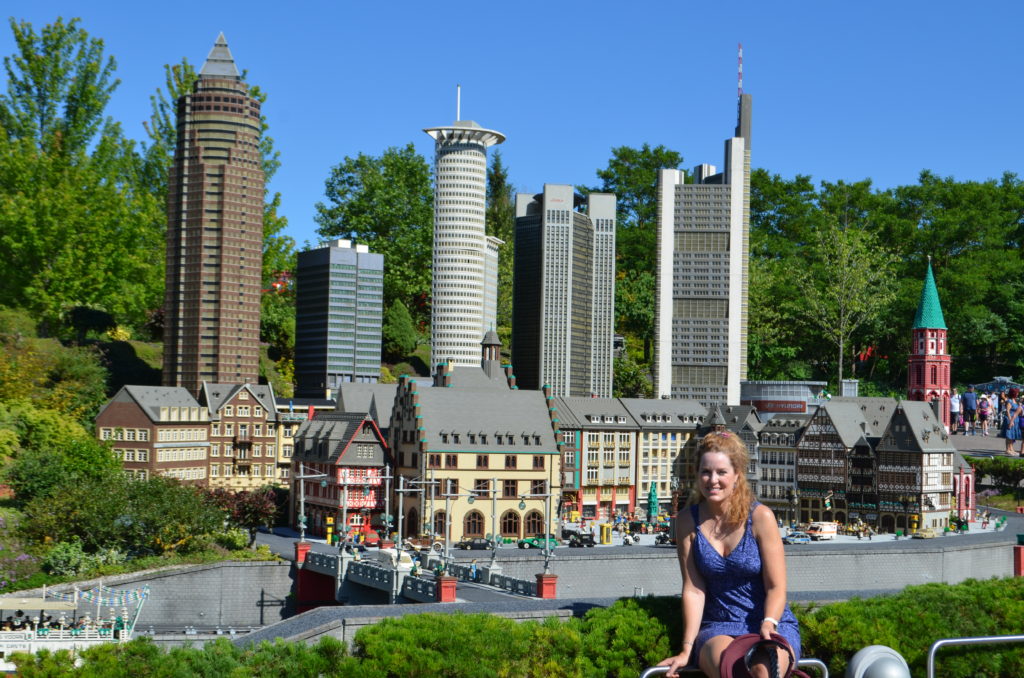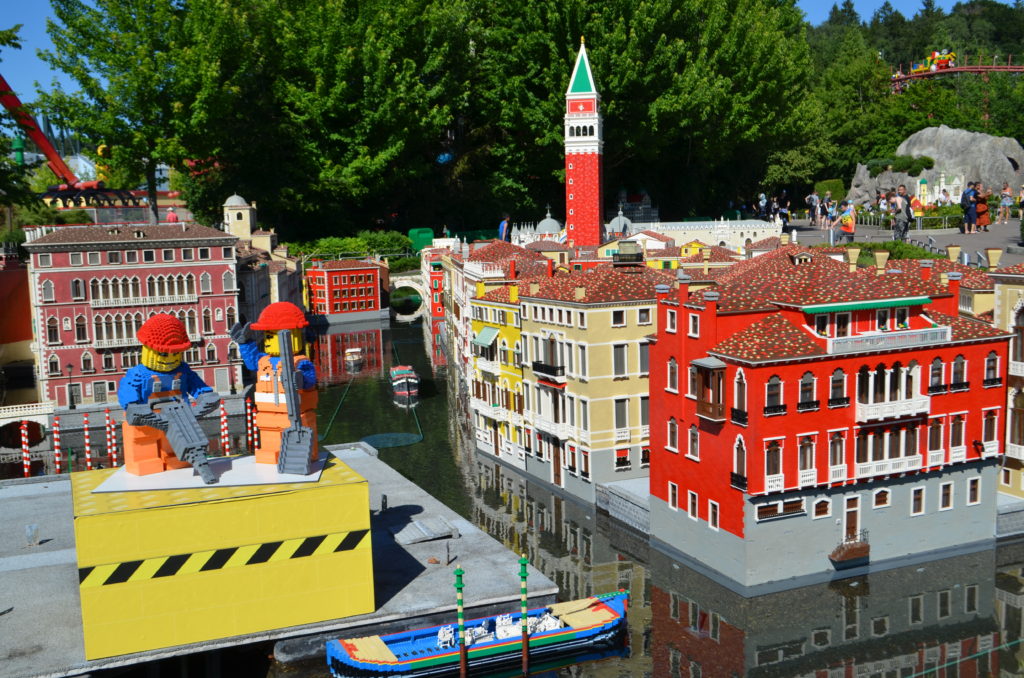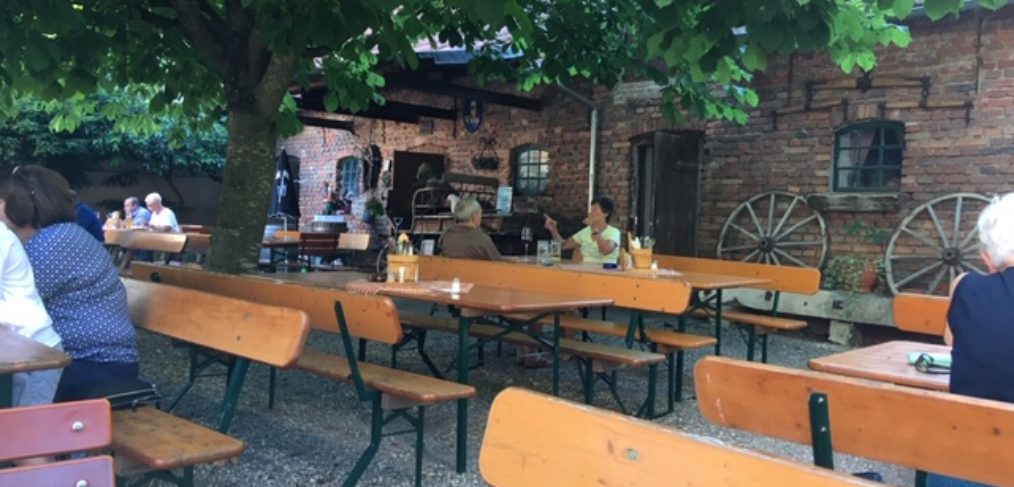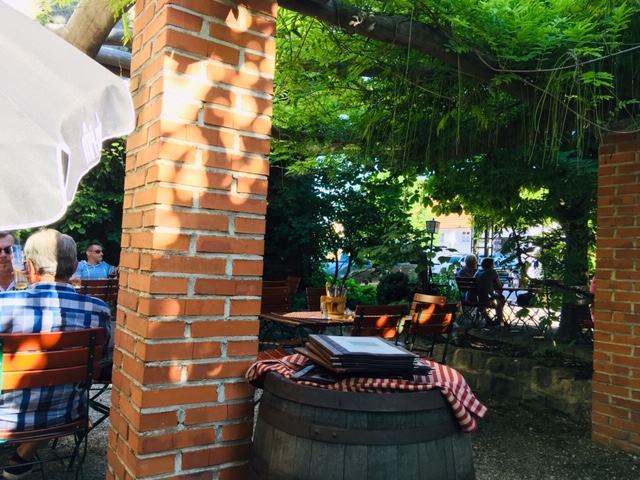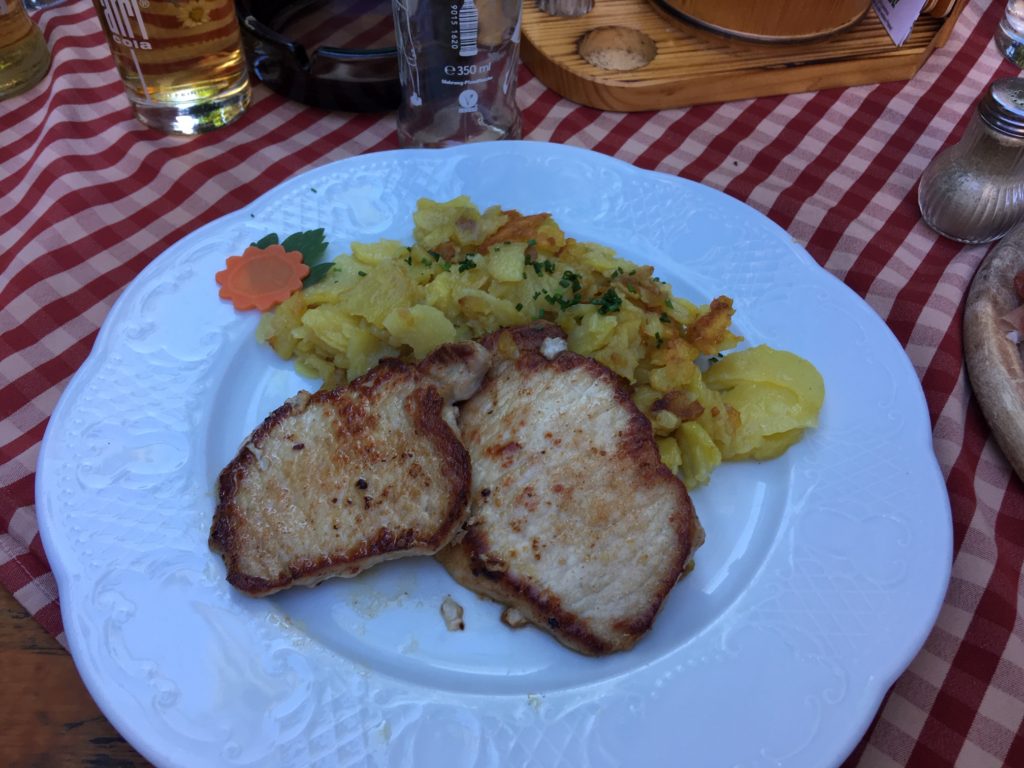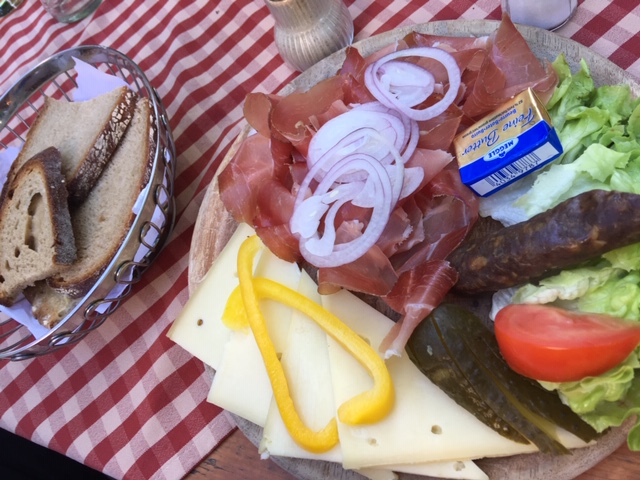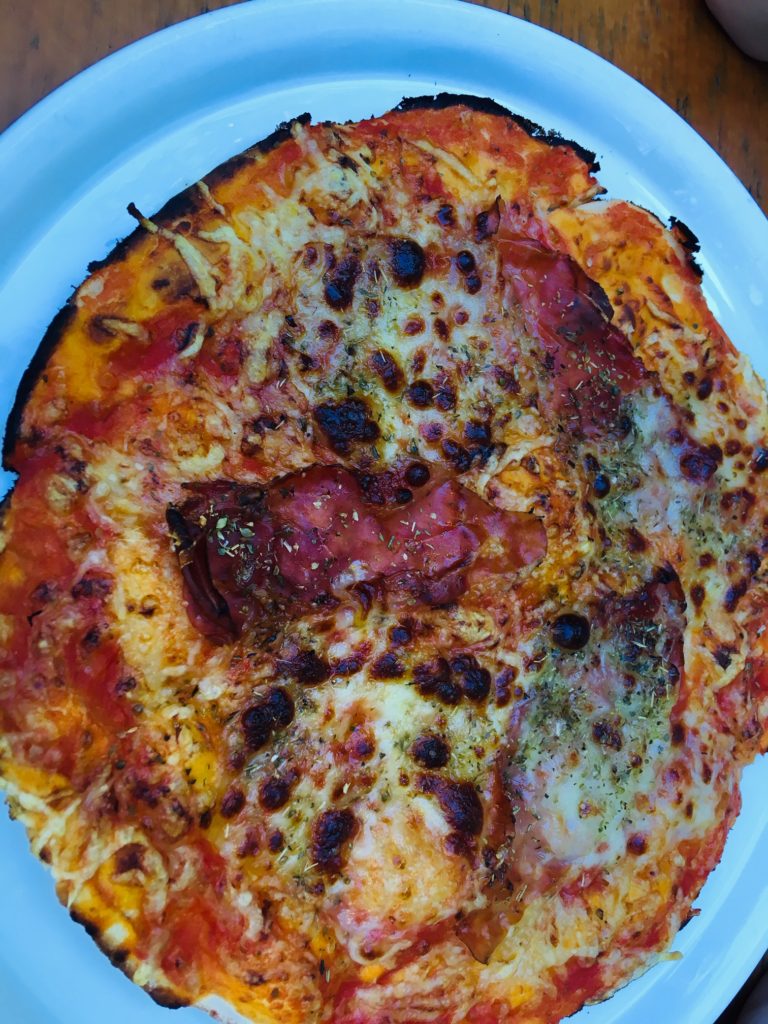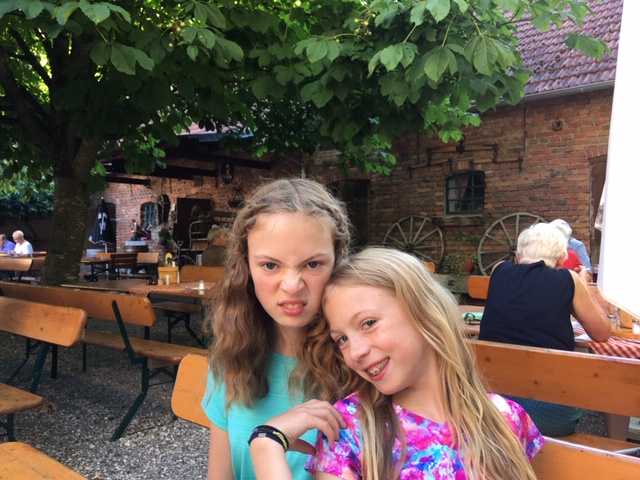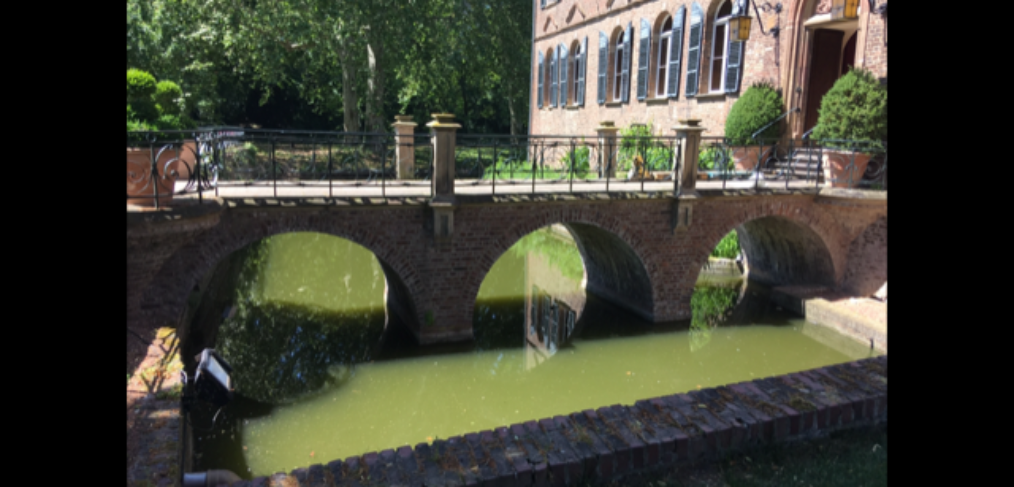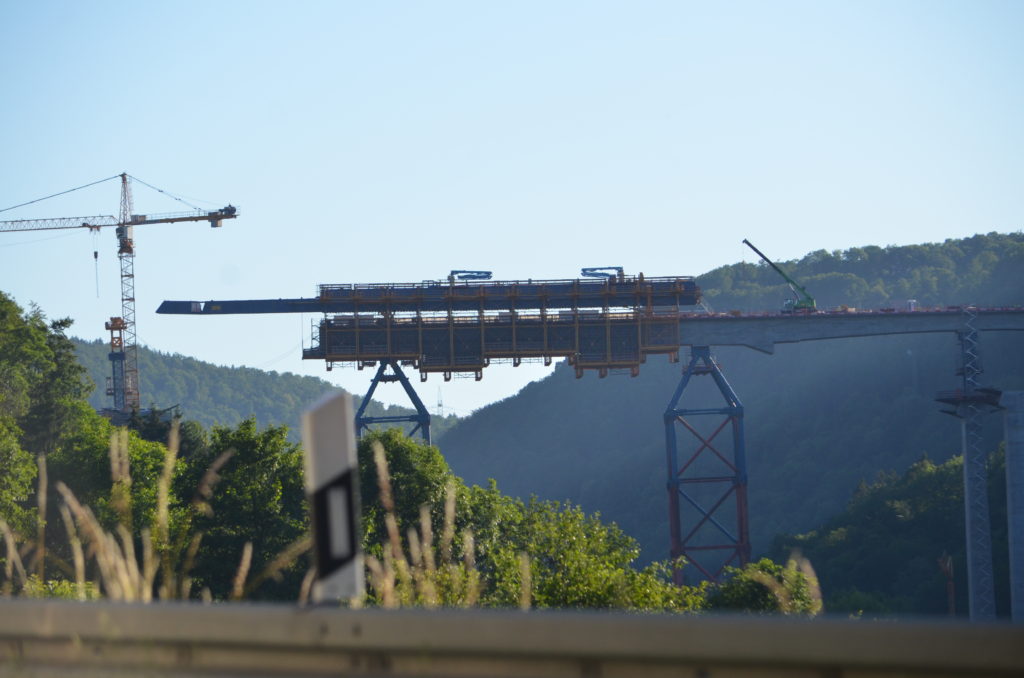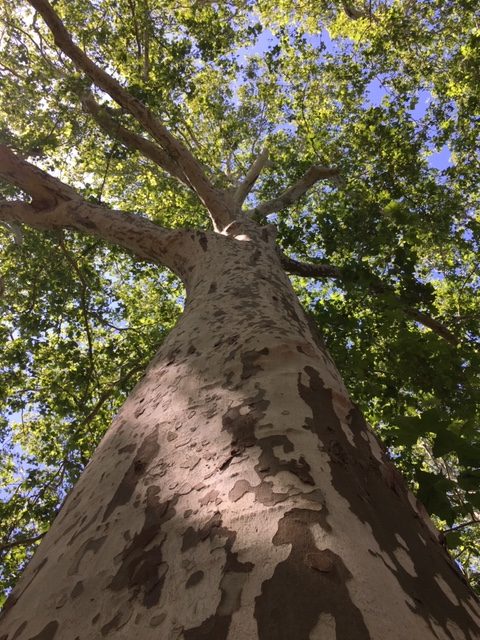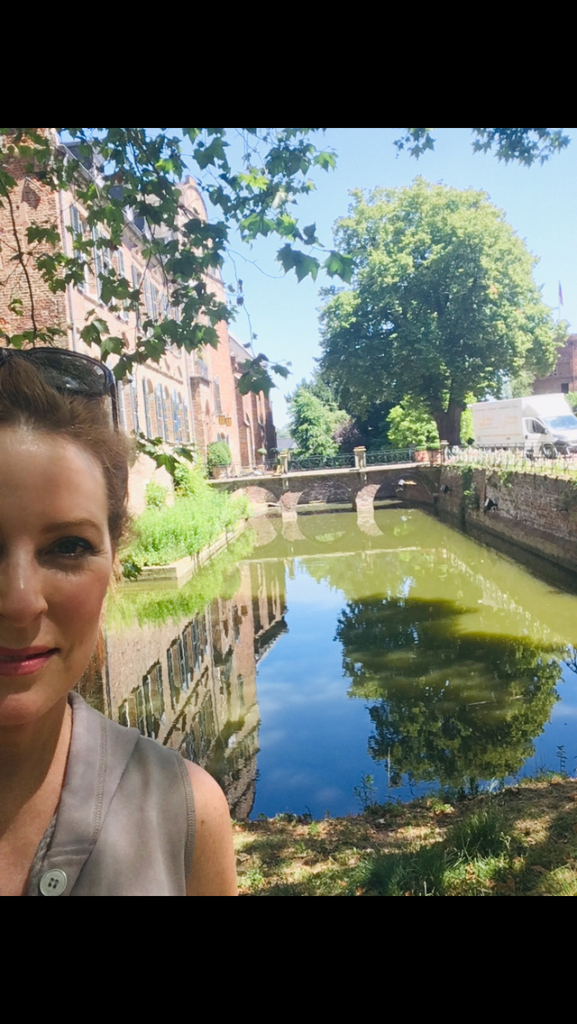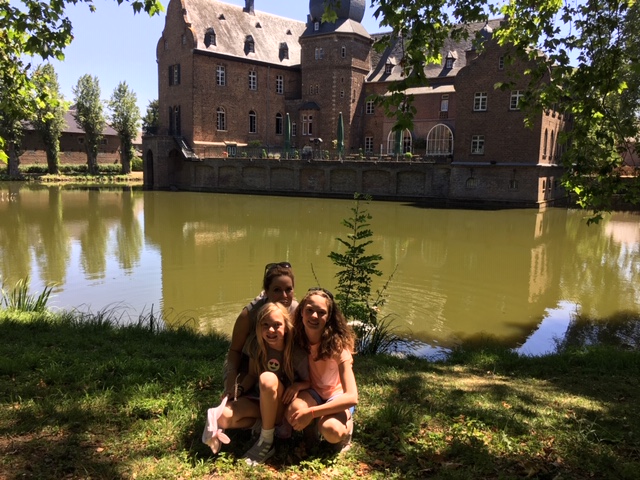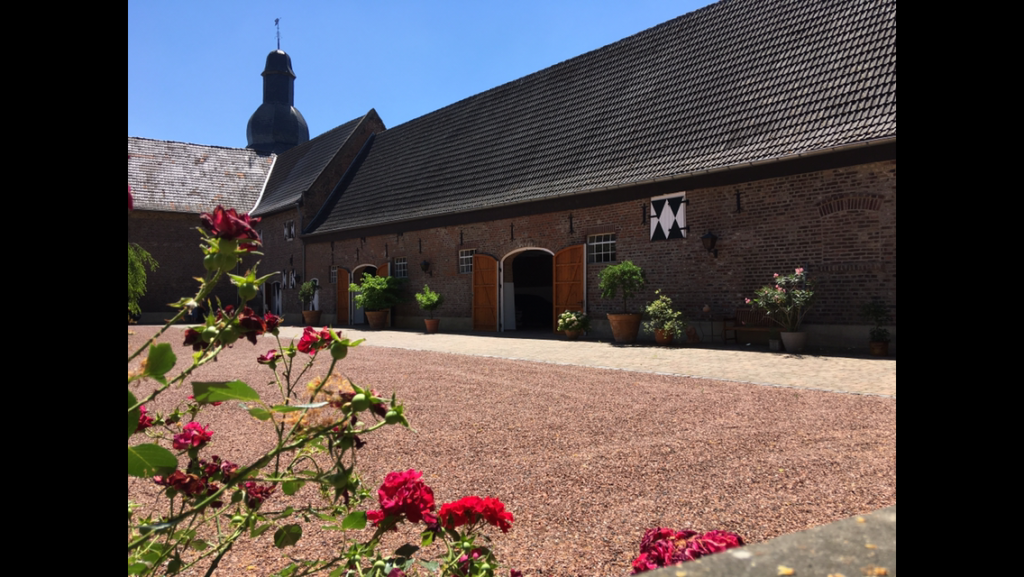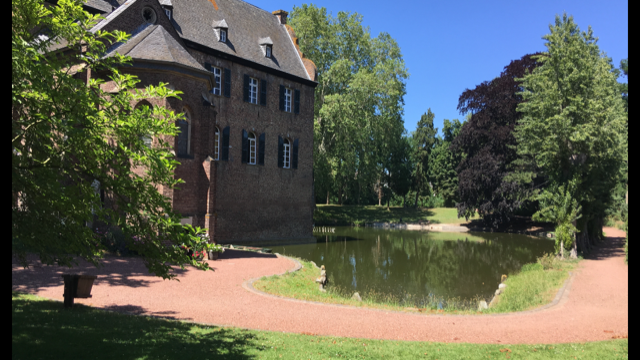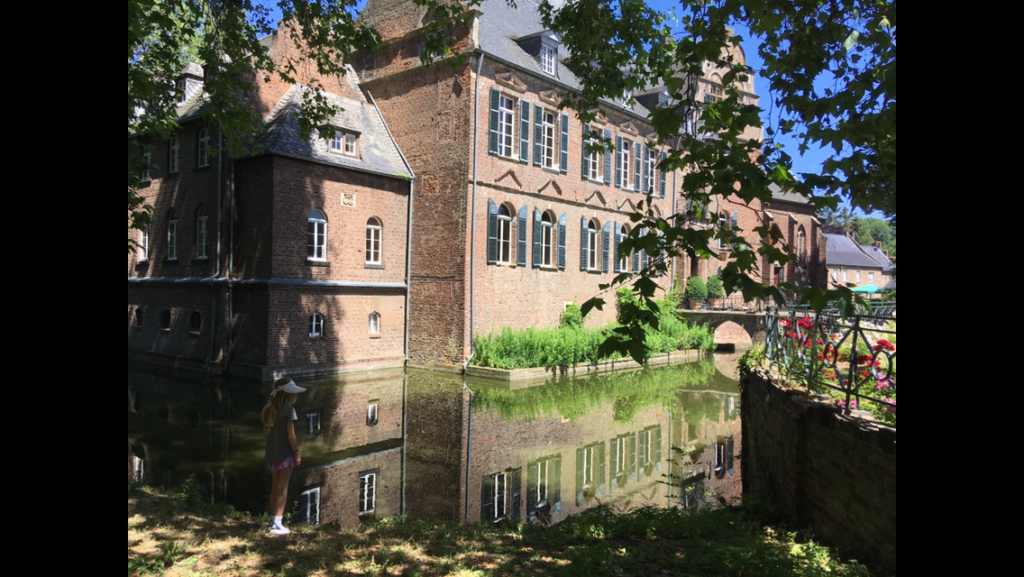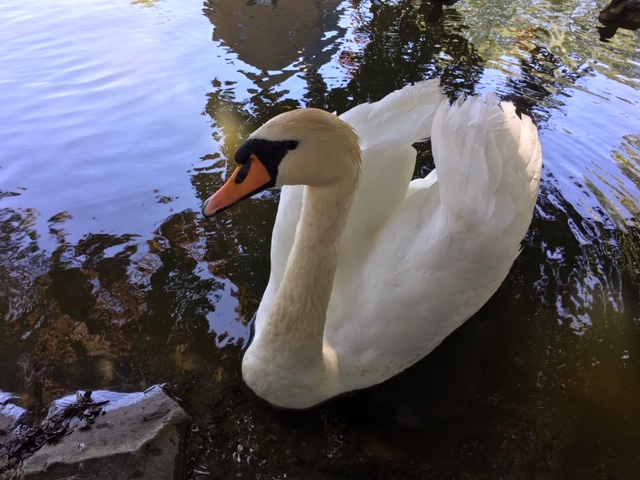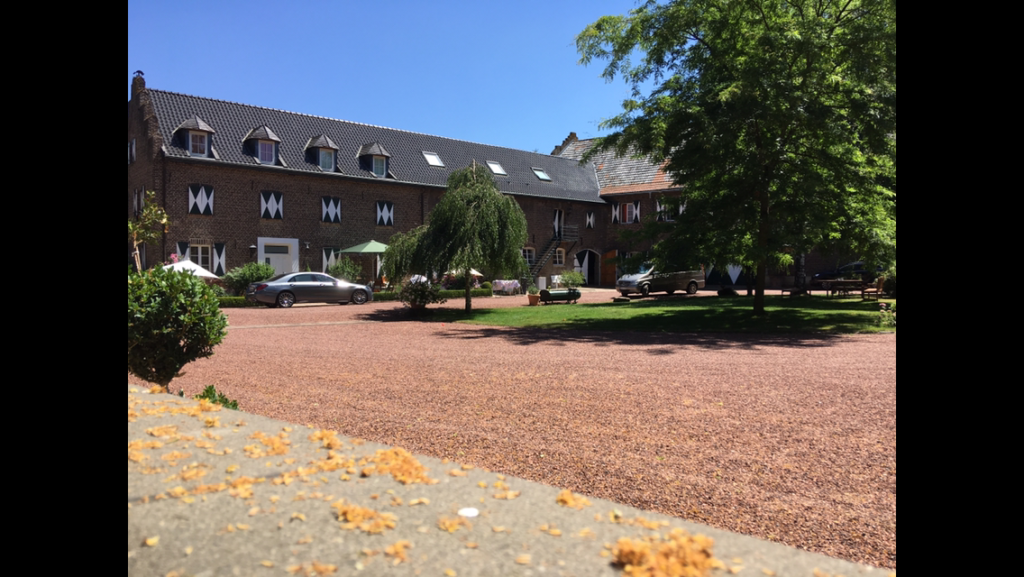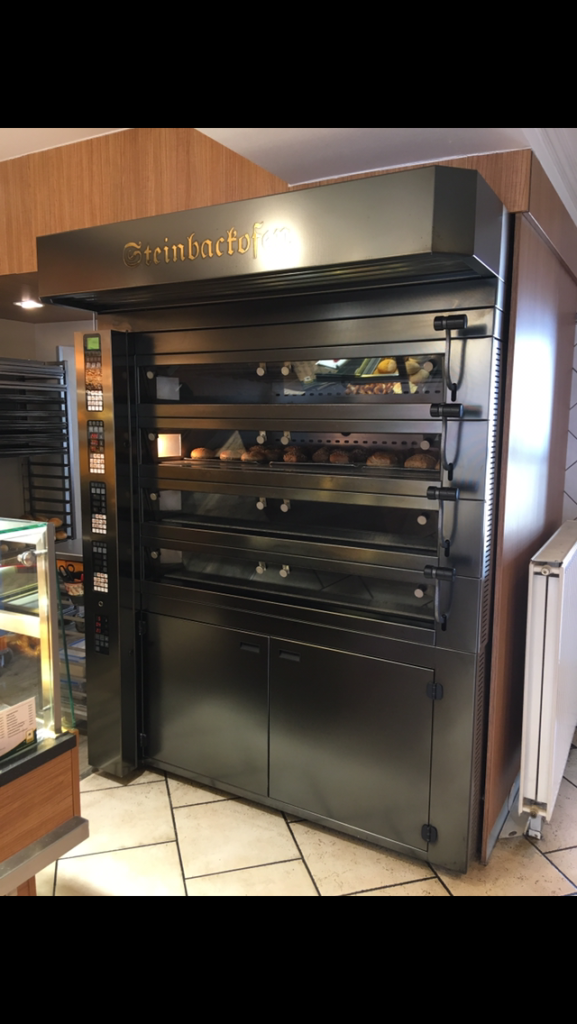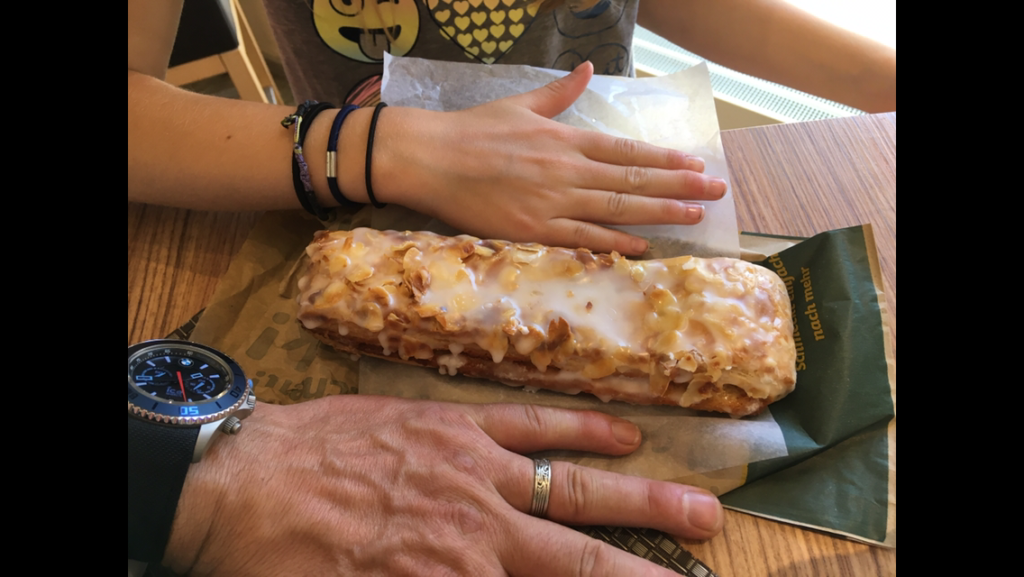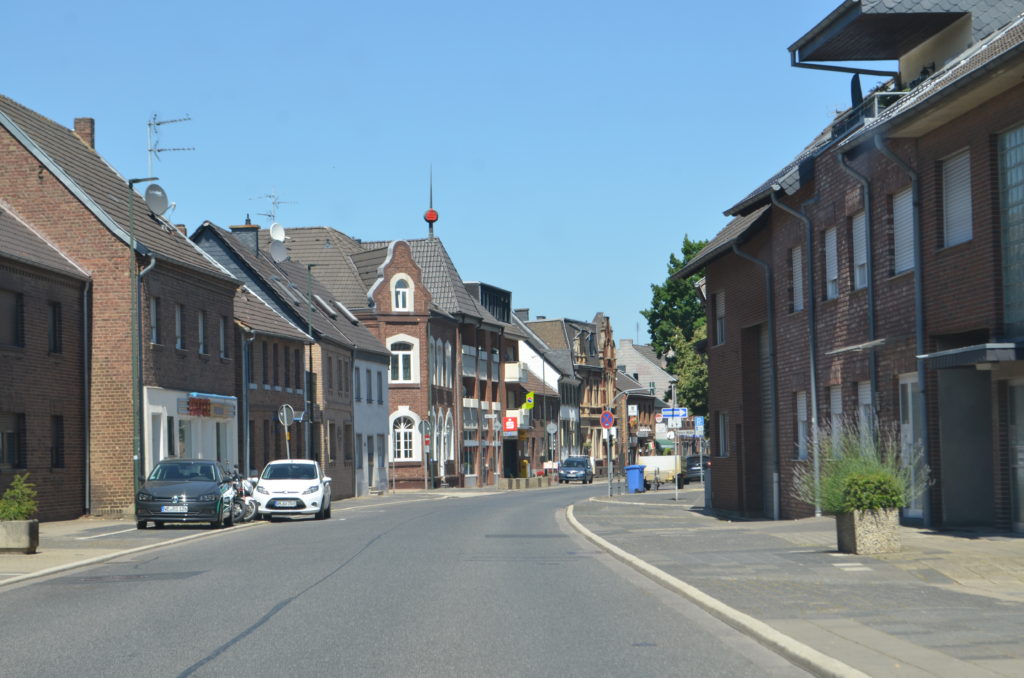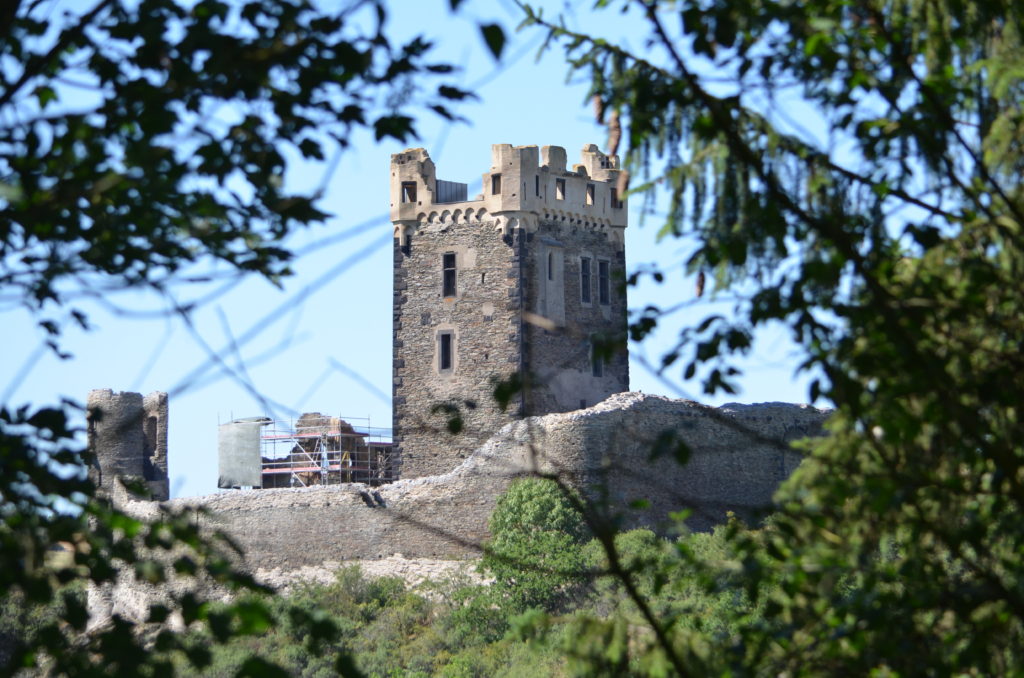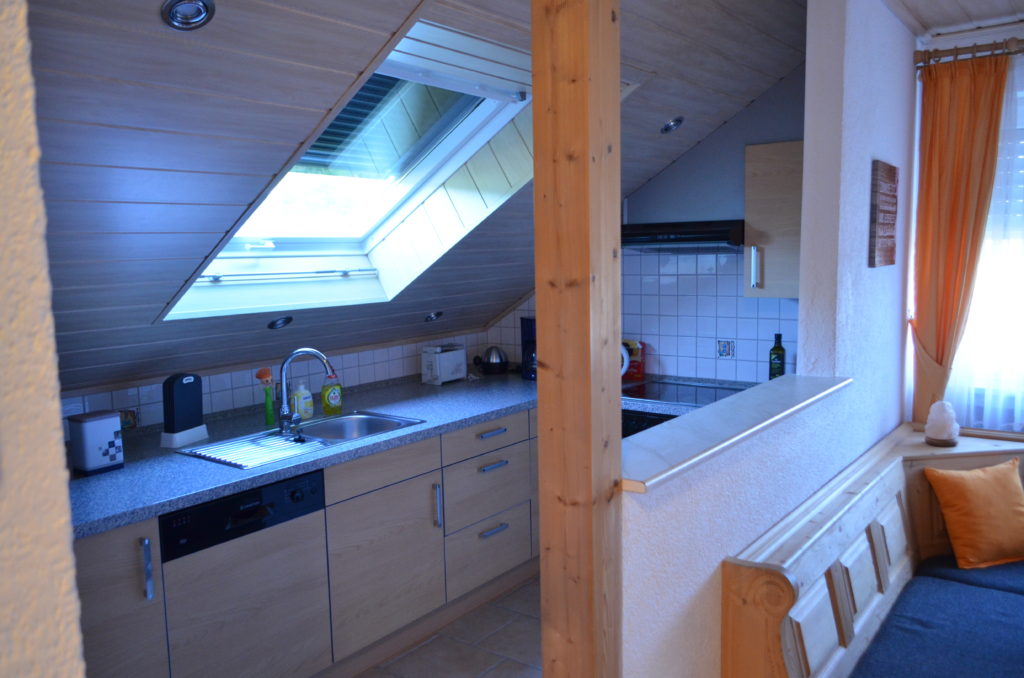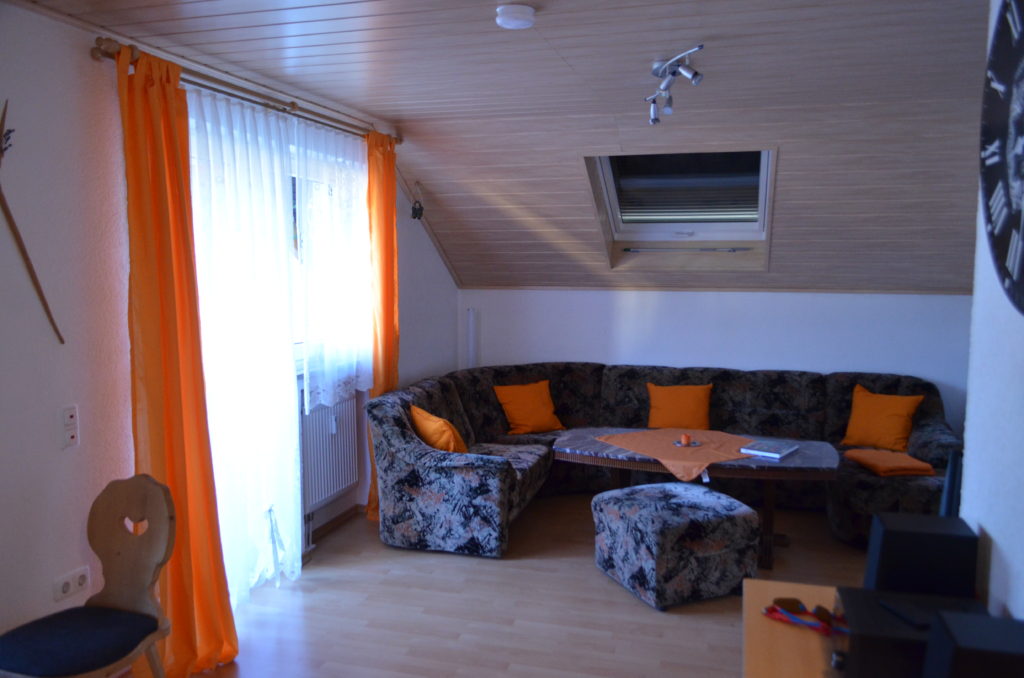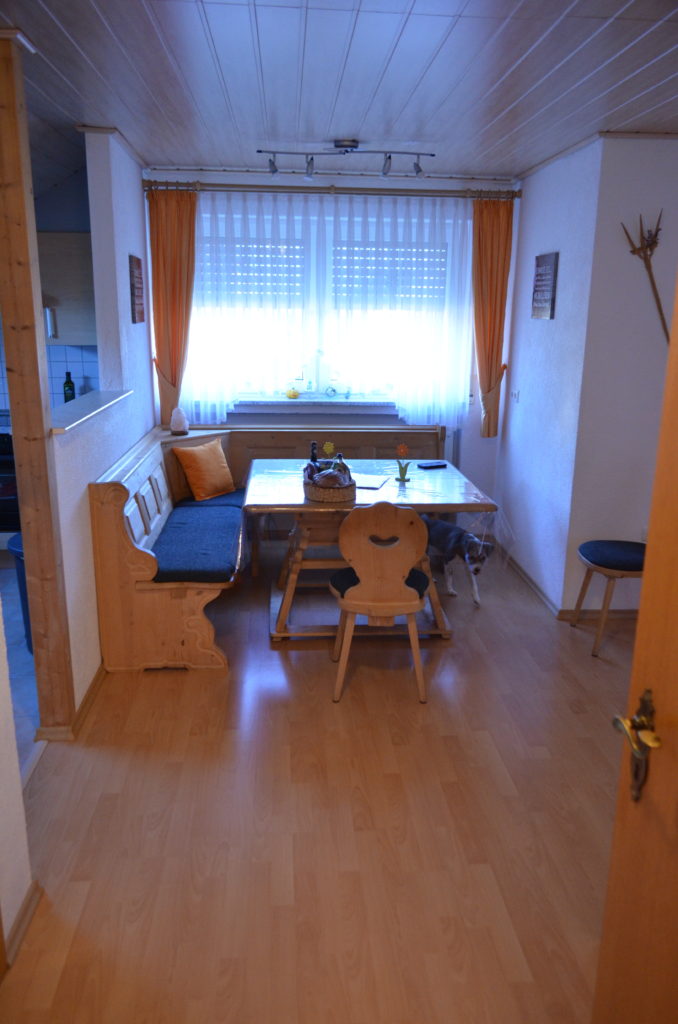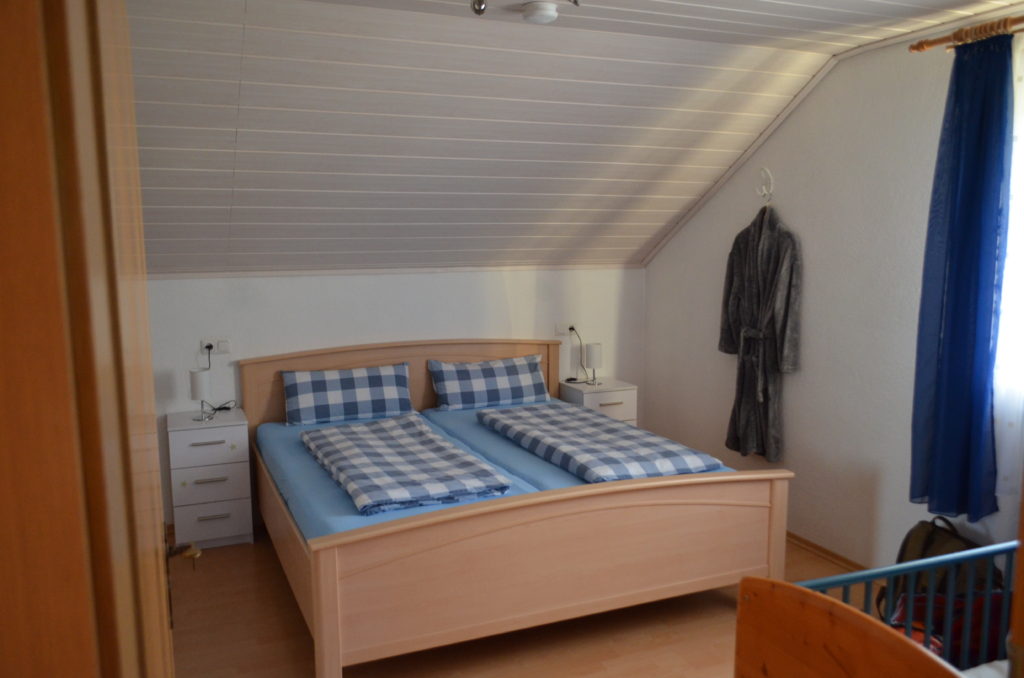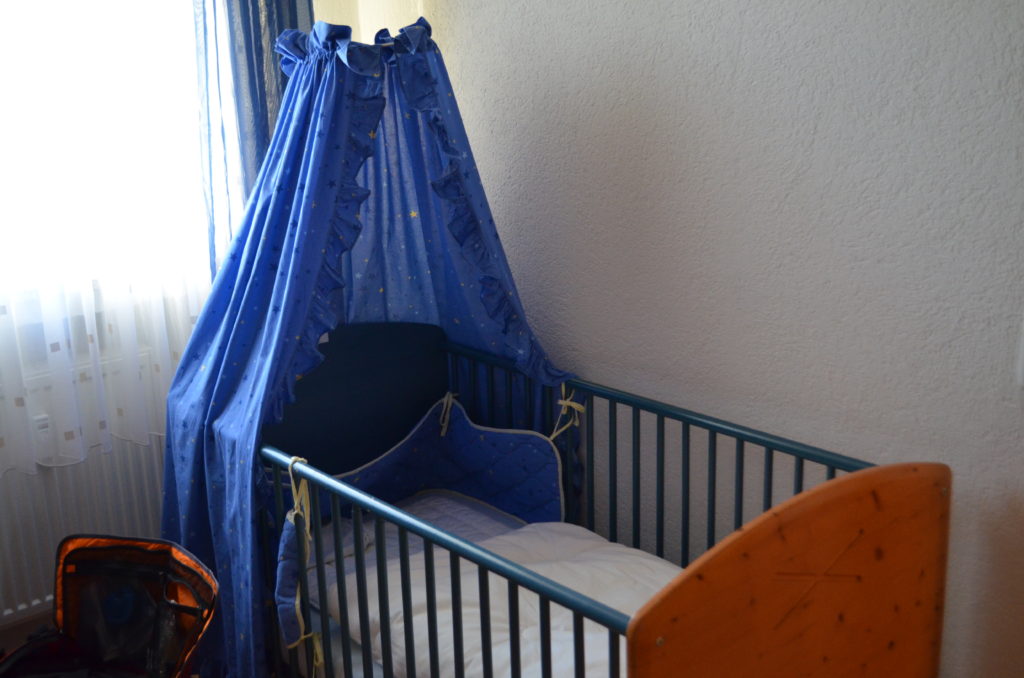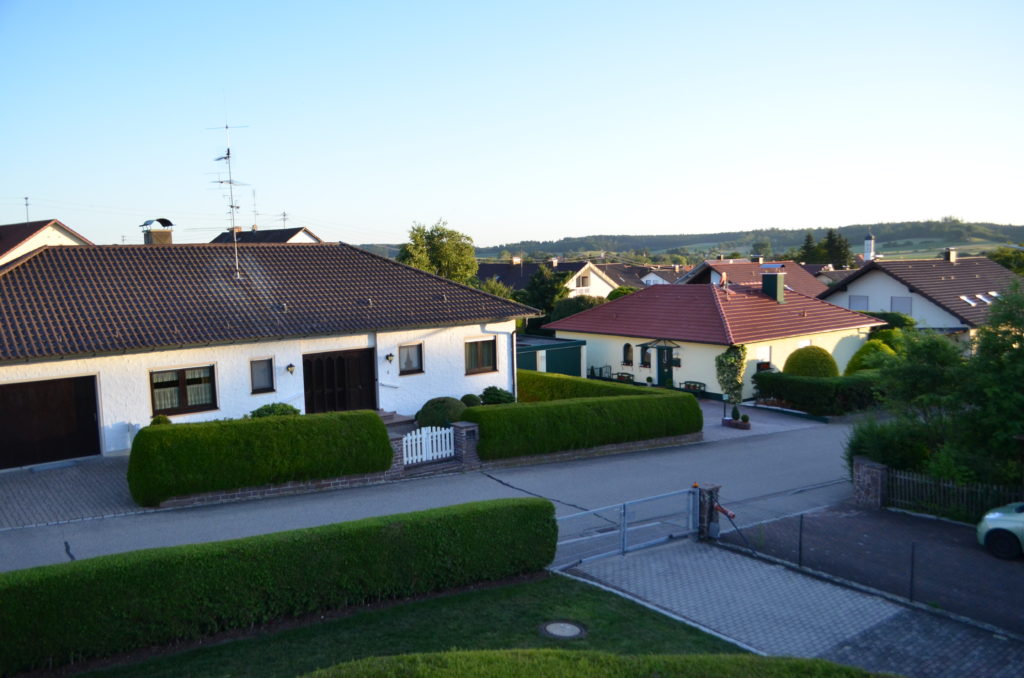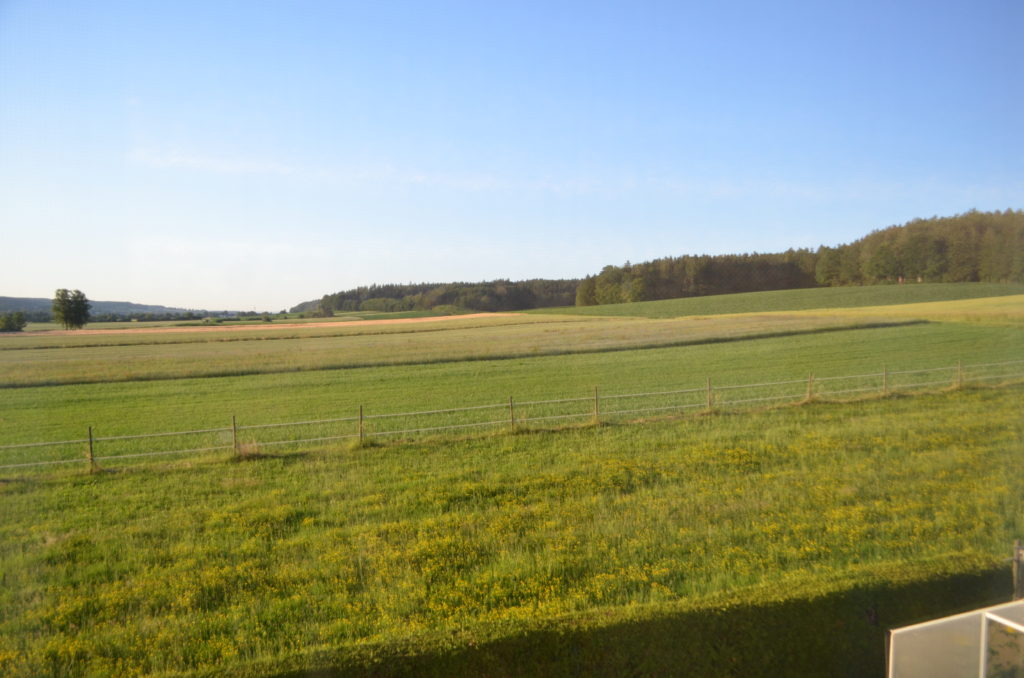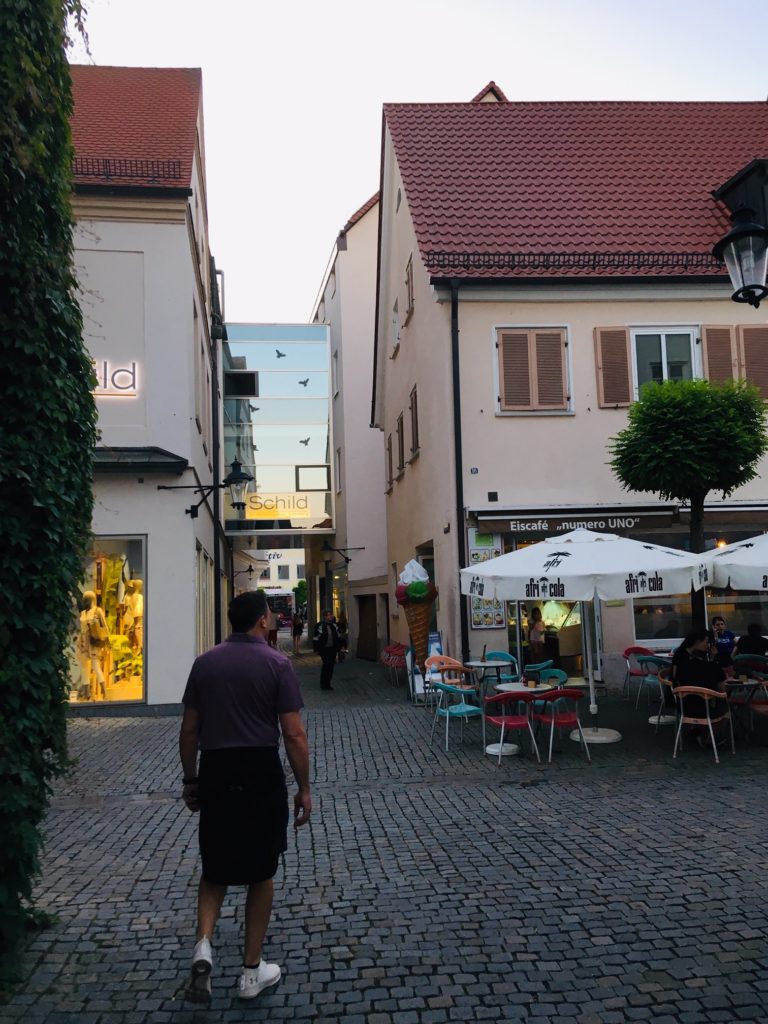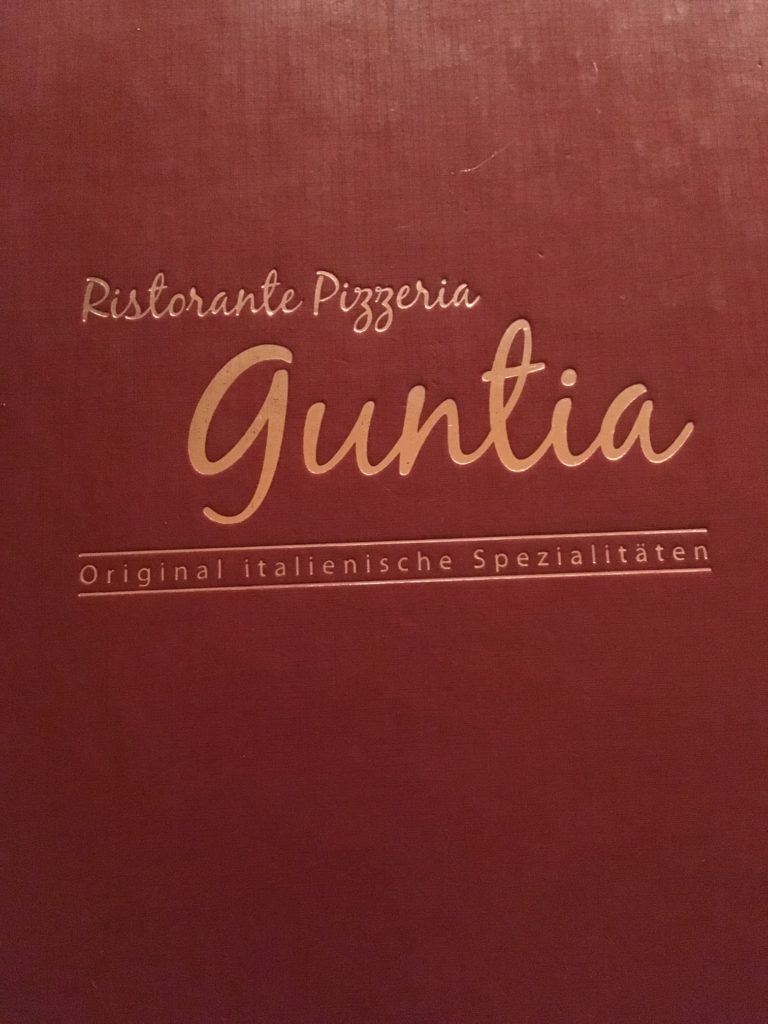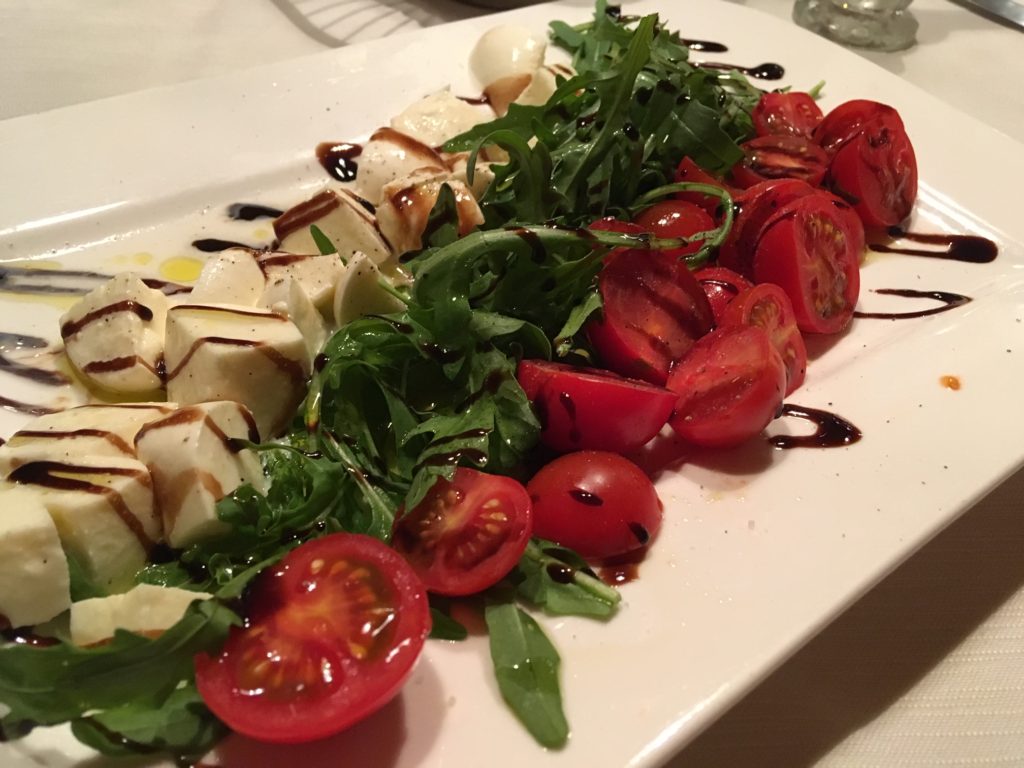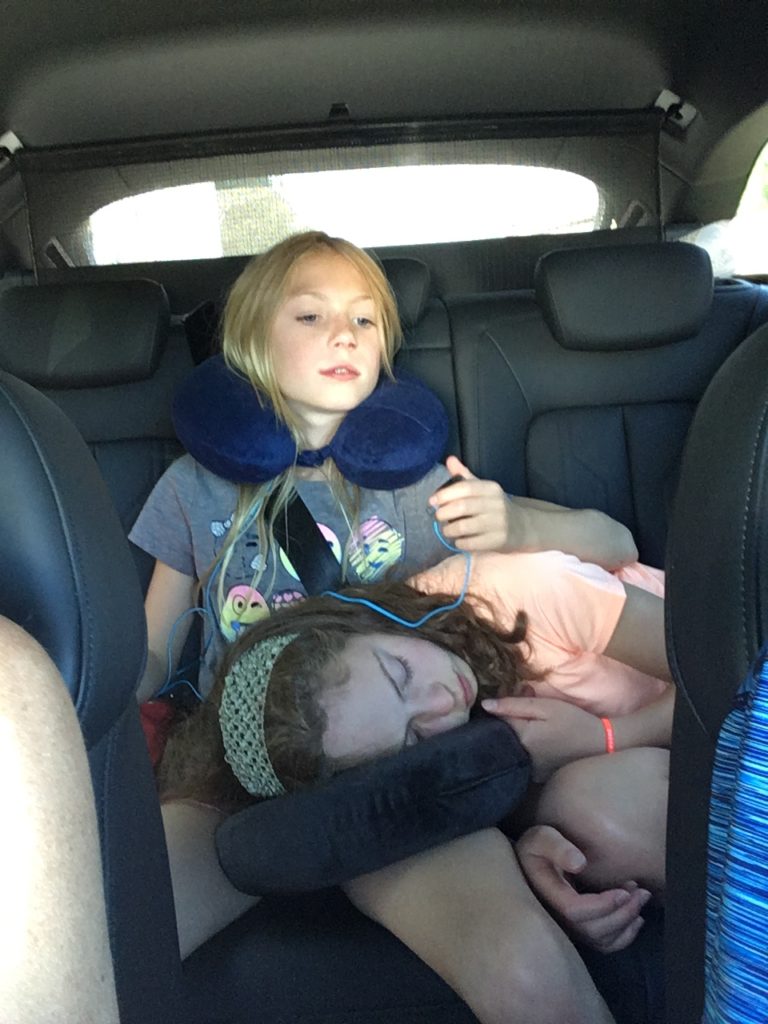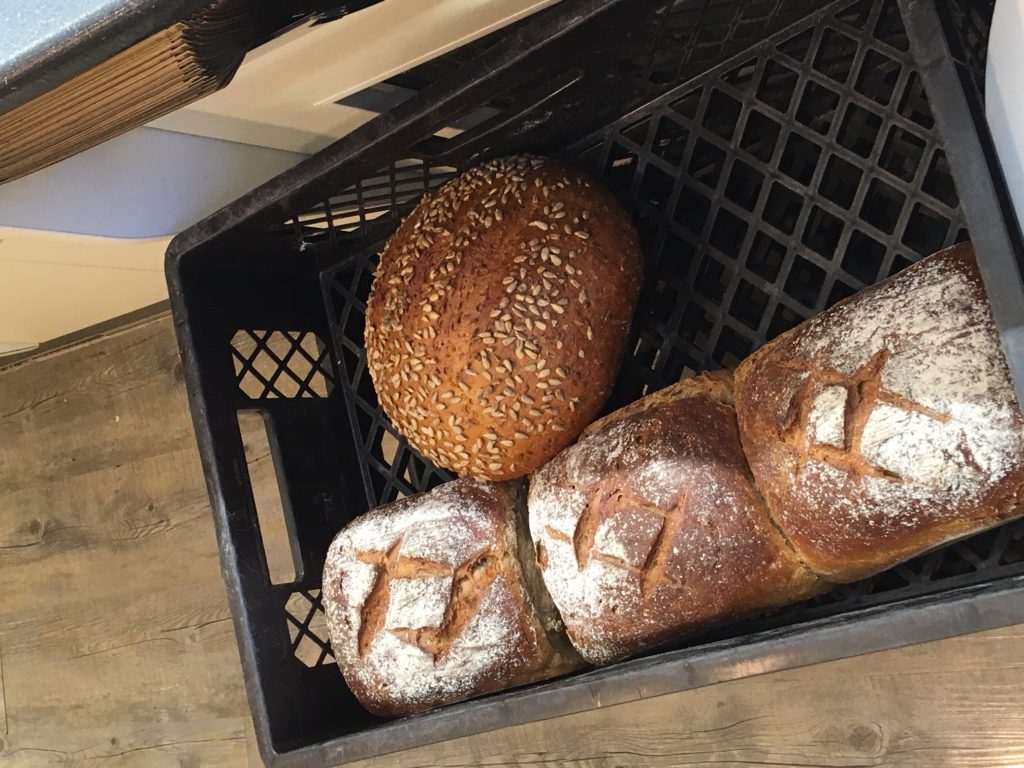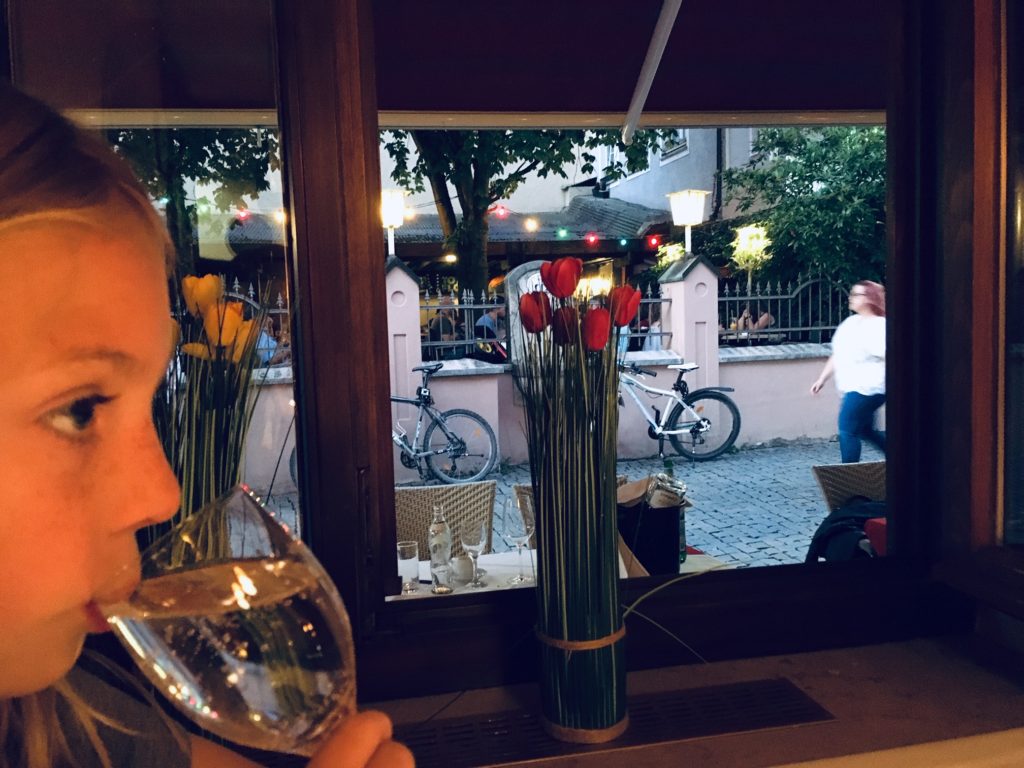What more can be said about Hohensalzburg than is already out there? Not much, in my opinion, other than the brutal review I’m going to provide you of the inside tour, which has been dramatically reduced to five rooms out of hundreds available. It’s not often I want to be Nicole Kidman or someone famous enough to get me access to floors and buildings off limits (not likely to happen in this lifetime), so all I can do is essentially grumble about paying the 30 Euro for our family, getting squished at the top of the tower with bodies, all jostling for the perfect selfie, then down again. On the bright side, we parked and took the ‘locals’ way,’ which made for new views and a quiet experience we enjoyed going up and down, which somewhat countered the lame experience in the middle.
Join me on this, our second and what is likely to be our last trip to Hohensalzburg.
Parking, right downtown in the locals’ area, the backside of the castle. The path is behind homes that lead to the castle-the occupants more than happy to chit chat as they water their beautiful gardens.
The road up and grounds
Neither have changed for four years ago. You can ride the tram up, saving yourself approximately 3,000 steps up, or you can take the leisurely route, which is longer, but in the shade and completely deserted. We encountered 4 other walks besides ourselves, two couples, both of whom stopped to grab a bite to eat on the bench and smooch.
Where the homes stop, this open grassland with bike/walking paths begin. A large home in the distance (UL), the start of the path to the castle (UR) and the four-corners path connecting multiple blocks.
Both tram and step walk are at the base of the castle; the steps are what we did on our first visit. This time, we parked on what I’d call the backside of the castle. It’s on the southwestern side, street parking for 4.50 Euro. The streets are quaint, full of locals, the paths to the castle occupied with families going through the parks. One right at an almost hidden sign lets you know this is it—the way up.
The trail up is paved and well lit, benches spread along the way. Since it’s not the main entrance, it’s quiet, offering plenty of stopping points to take photos. Nearly at the top, a view one can’t see from the front appears, which is an armory.
Seriously love the homes at the base of the castle (UL), the final walking rise to the castle (UR) and the tram in castle neither steps or path are your style.
The entrance and free areas
We beat the throng of visitors, arriving at 10:30 a.m. As we looked down the hill, bus after bus was dropping of streams of people who went single file to the steps. We were glad to already be at the top. The main courtyard and restaurants haven’t changed, and I will say my preference is the eatery on the second-floor landing which overlooks the valley.
Even though we’d seen the inner and outer courtyards, we walked in and around again, stopping to purchase our tickets for the tour. As we waited, we were bummed out to see the plethora of dogs that were on leash, but defecated all around the courtyard. While some castles have allowed dogs in the main courtyard area, few give dogs the general run of the place. This one does—and good for the owners, (we are massive dog lovers and love them). But seriously, responsible dog owners pick up the pooh, but not here. We were dismayed to be walking behind several who just dropped and walked—my phrase for the owner wasn’t going to bother and pick it up. What has happened in the last few years?
One tall set of blocks (UL), the first of many gated entries (UR) and my favorite–four different defensive entries, each another barrier to an invading force. What you can’t see is that each gate is an 18 inch thick rock–the doors have been removed.
The unguided tour
Our bad experience started at just after the ticketing desk. We paid, stood in line to receive the translation device, only to be told we’d have to wait for those in English, which wasn’t a big deal, but they had a hundred just sitting there. Worse, the man set “Get going,” as we waited for one to be cleaned and provided to us.
The last stretch to the inner courtyard (UL), a view from above (UR) and the main courtyard, unchanged from our last visit.
We just stared at him. Go where, exactly? One foot to the left so others receiving the French version?
Translators in hand, we went to the first room, the most interesting. It was a room with replicas of the cardinals who oversaw construction of Hohenzollern, accompanied by miniature models of the castle at various points in time. After that, we visited what would have been the salt room, for preserving foods. Then a long corridor, and a peek into the Organ room, housing the “Bull organ. The clergy ruler would have the organ play 3 notes alerting the townsfolks it was time to rise and get to work, and again in the evening, when it was bedtime. Talk about ruling the day.
It was interesting seeing the models representing each stage of completion over the hundreds of years–this is a great example of old meeting new(er).
The downside of this of this piece of history was the cramped 3-foot space where everyone fought to take pictures and keeping their ground while the throng behind us were pushing forward, trying to keep up with the auditory tour guide.
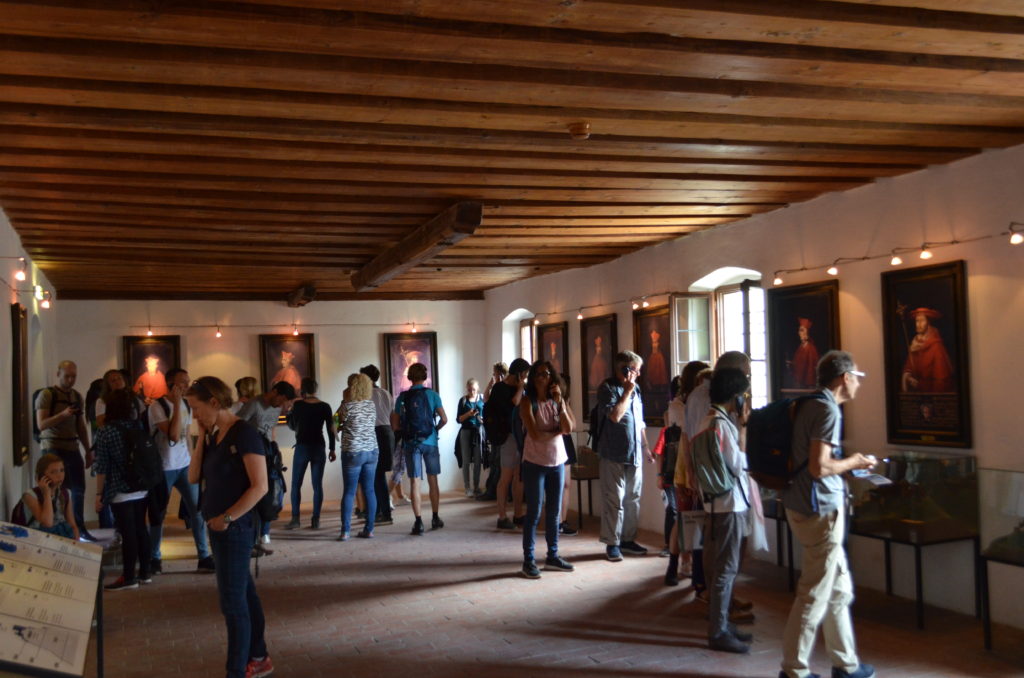
The first room of the tour, with rulers and to scale replicas of the castle at different points in time.
After that, we walked down a long corridor and into the torture chamber. That was more bark than bite, because our virtual tour guide said the room wasn’t actually used for torture, but to display the weapons to put fear in to the prisoners, who were actually held in a room below (not for display).
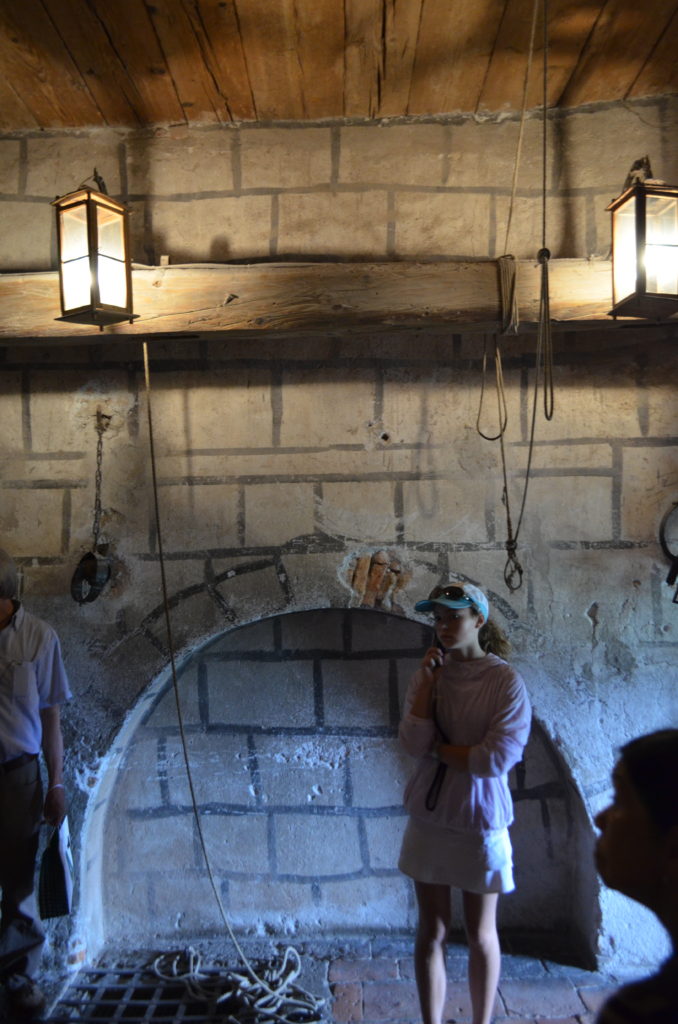
The pseudo torture chamber– the stones have been resurfaced and painted (poorly) but at least the grate to the left and below my daughter appears authentic.
A few pictures and off we were led to the highest point of the castle. Three flights of narrow stairs for the crowds going up and down, and then you arrive. A square area of stone, providing 360-degree views and in the center, a wooden platform (now reinforced with stone and metal). This can’t be larger than a 15×15 space, if that, including the stairs. Shoving, pushing, self-driven crazies. No time to really enjoy the spectacular prospect of Salzburg below.
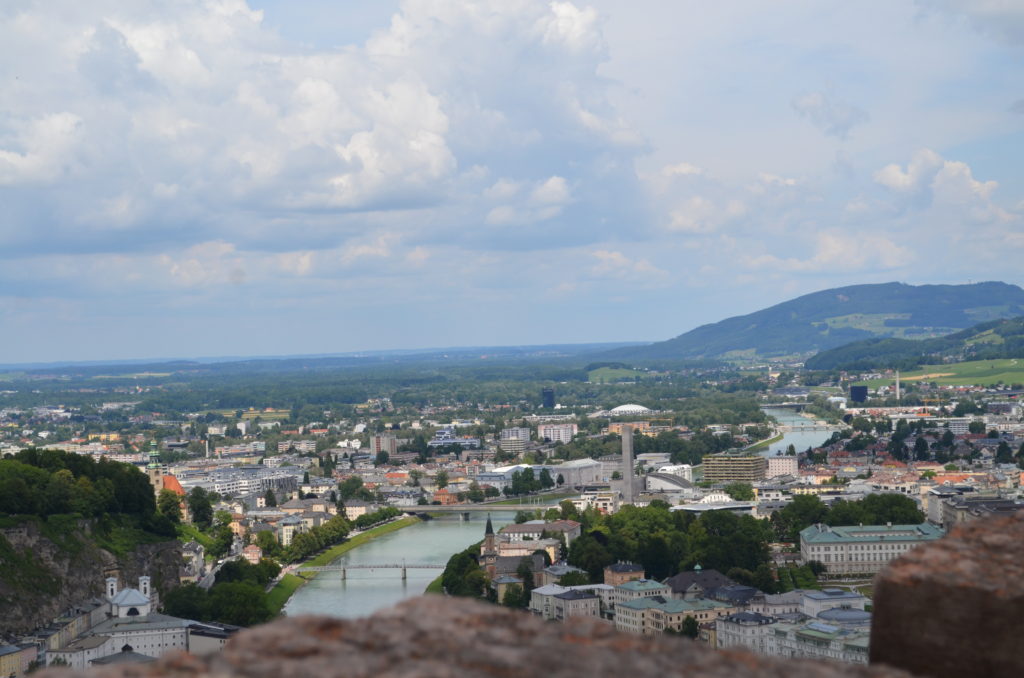
Was it worth getting scrunched at the top of the platform? The juries out. I like Roger’s drone videos better.
I was so annoyed, me and the girls looked around, took it in, then got out of the madness. Rog fought his way up to the top, took a pic of us below and called it a day, vowing to get better shots with his drone, which is now up on my Instagram account.
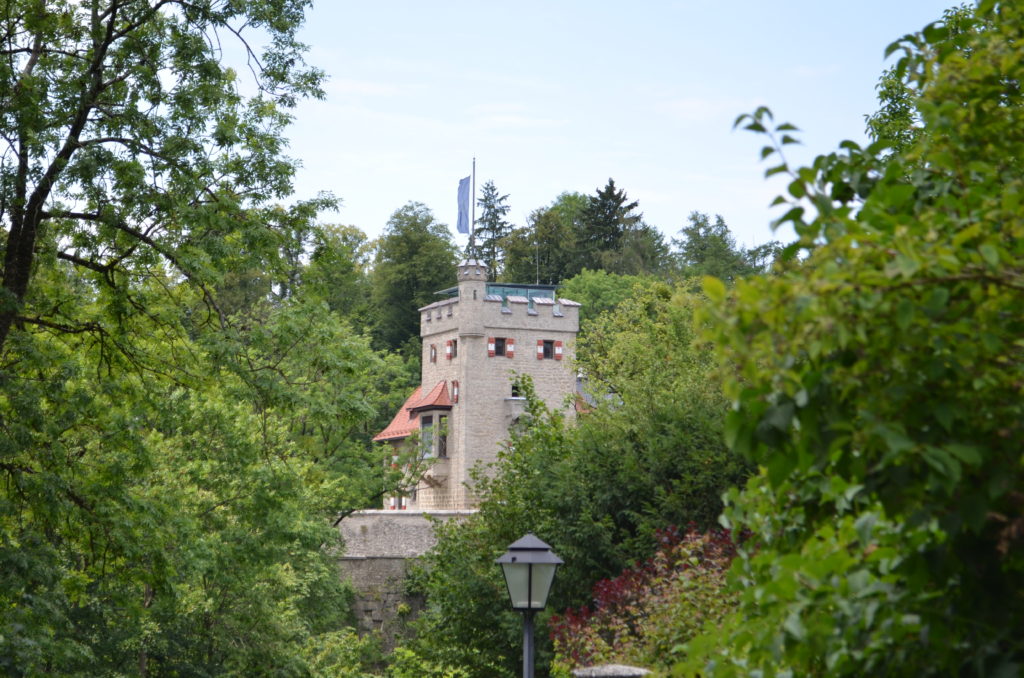
A view on the back that never gets seen if you enter from the front.
Whew. It’s over. Time to eat
After that hour of our life, we were hungry and stopped at the Stocker which we’d seen while parking. The meal we ate made up for the latent grumpiness we experienced at the castle. Over amazing cold shrimp and cucumber salad, pork roast and schnitzel, we analyzed what went wrong.
Unregulated tours for starters, trying to pump as many people through as fast as possible was the culprit. Unlike Hohenschwangau, where the tour guide walked us our group of 10 through each room in the entire castle, and even the larger Hohenzollern Castle, which is infinitely larger, even there, the personal tour guide took our group of 12 through multiple rooms. Each tour was detailed, fulfilling, personal and guess what? The exact same price! Even the more visited Neuschwanstein Castle has a tour guide, granted, with 60 people, but at least that one is longer, detailed and fulfilling.
We get it. Castle tourism is a business, and Salzburg is a convenient destination outside Vienna. Mozart’s house is a draw, and many day trip visitors are trying to get both Mozart and Hohensalzburg in at the same time. But to those of us who desire a deeper experience, it’s pretty clear that only fame or a whole lot more money than we possess is going to fulfill that dream, at least with Hohenzollern.
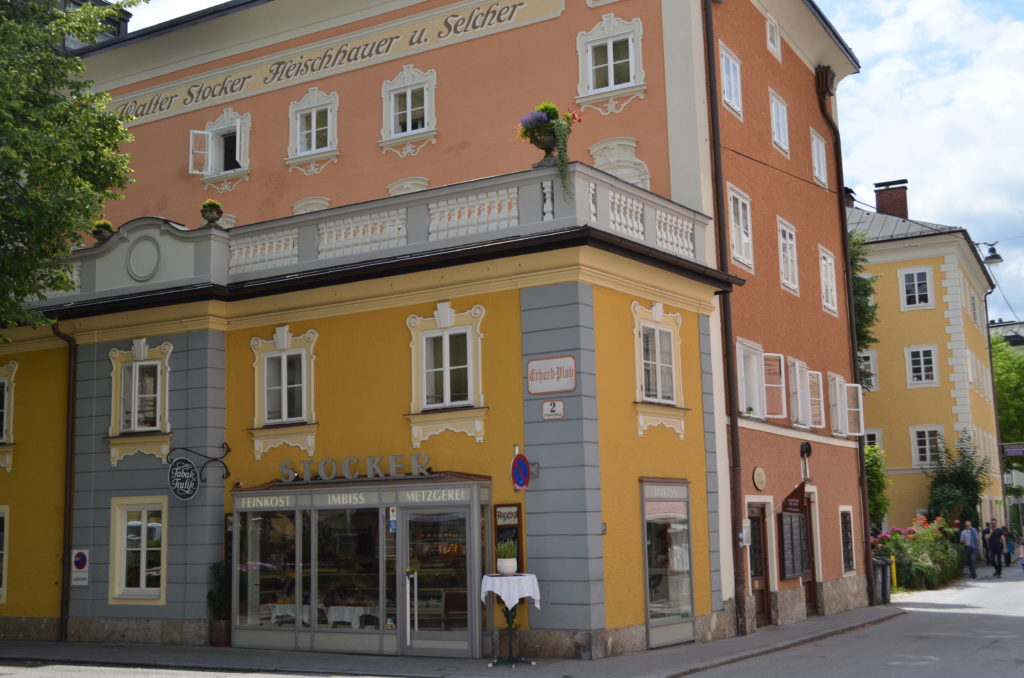
The best part of the visit was the food afterward- or am I being too harsh? Okay, maybe a little, but the food at Stocker is really to die for.
What I liked
The grounds are lovely, and the back path to the castle calm and easy. I also must call out one new room we found which was free and unique–it’s the puppet room. These are life size recreation of puppets that kept the rulers happy. These are shown in a cave-like area within the castle.
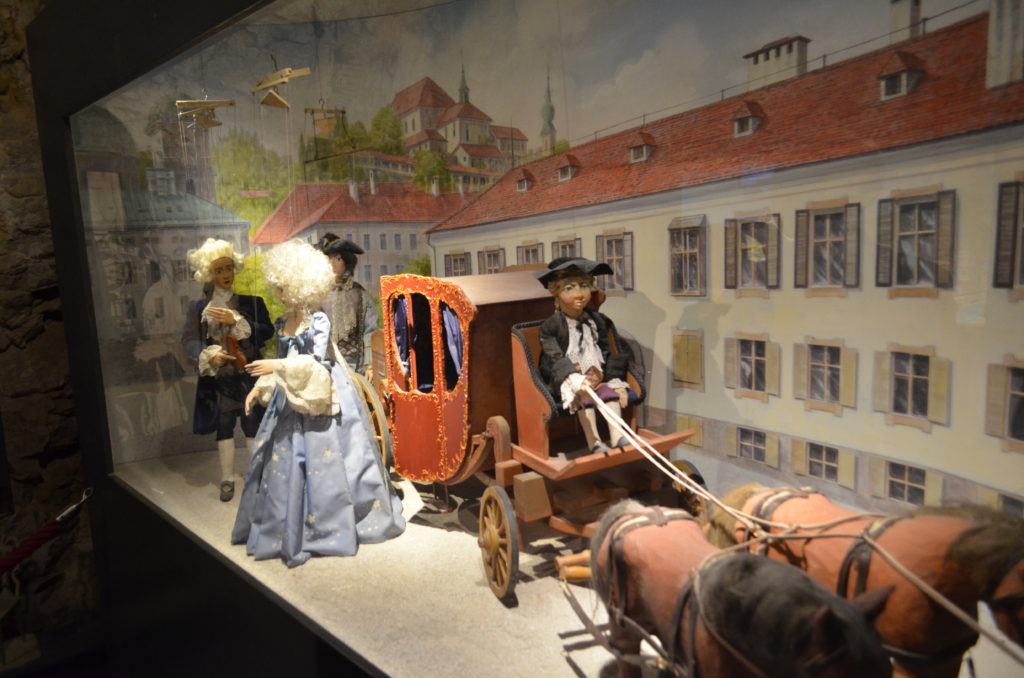
The marionette area was pretty cool in it’s own batcave area.
The town below—be sure to go on the locals side—offers incredible food and shops.
What I didn’t
See the paragraphs above. Too many people. Touristy and unfulfilling.
Recommendation
Even with our disappointment, I’d suggest you go at least once to see the grounds and explore the area. If you are early in the season and have twenty minutes to spare, sure, do the tour. You’ve made it all that way. The best thing to do is set your expectations accordingly. Otherwise, save your money for a castle where you can have an incredibly rewarding experience that you’ll remember the rest of your life, and for all the right reasons.

